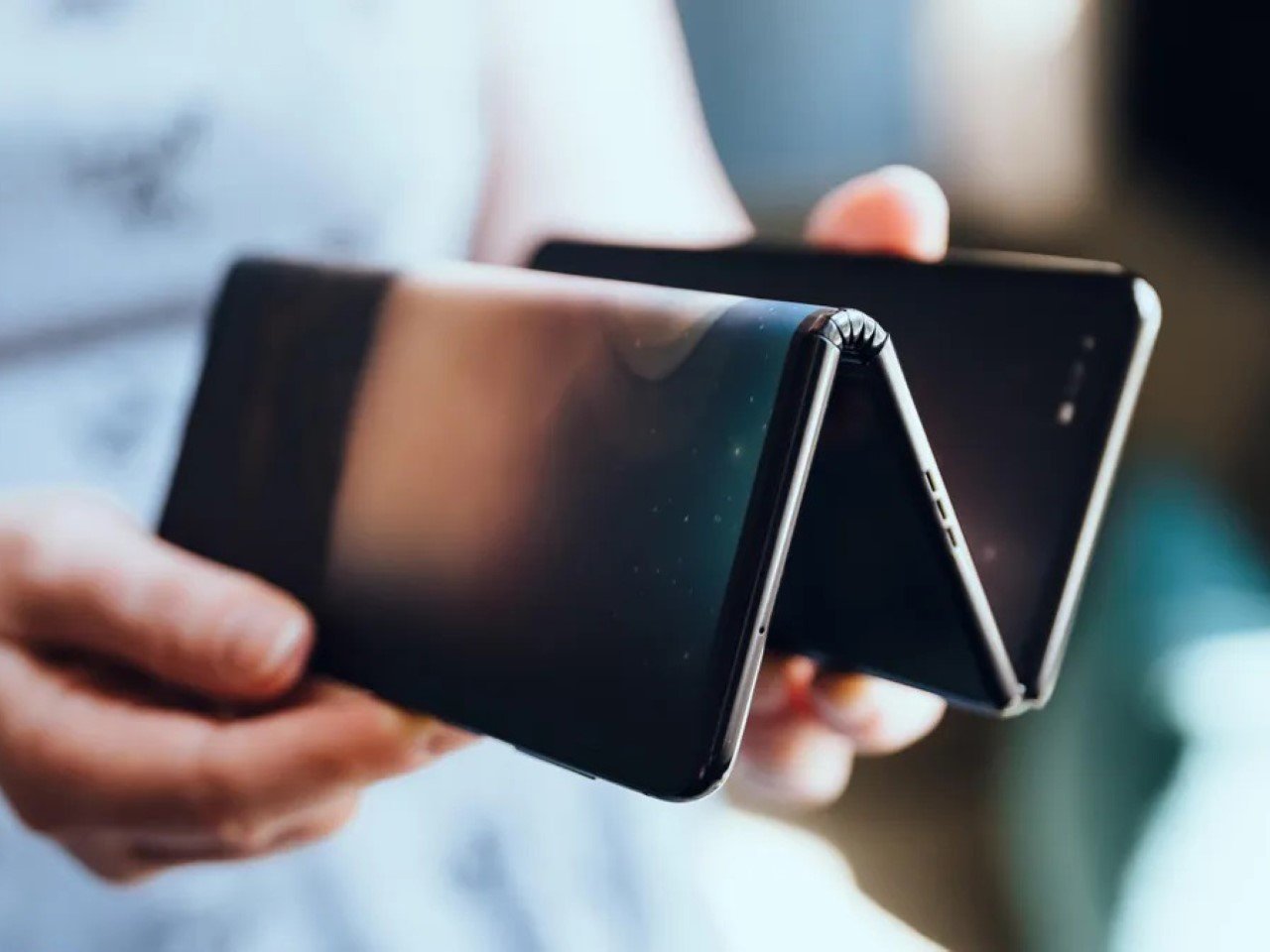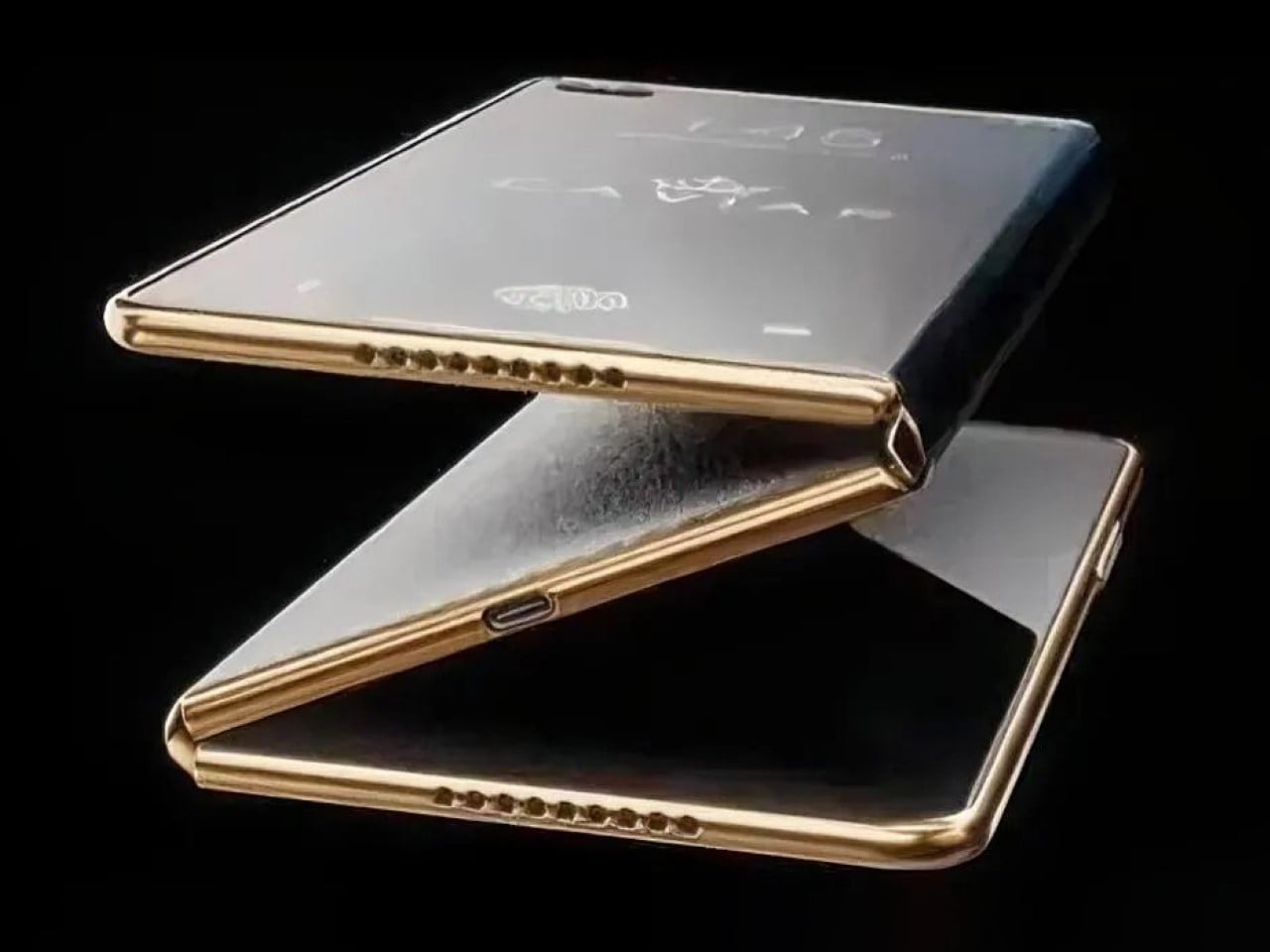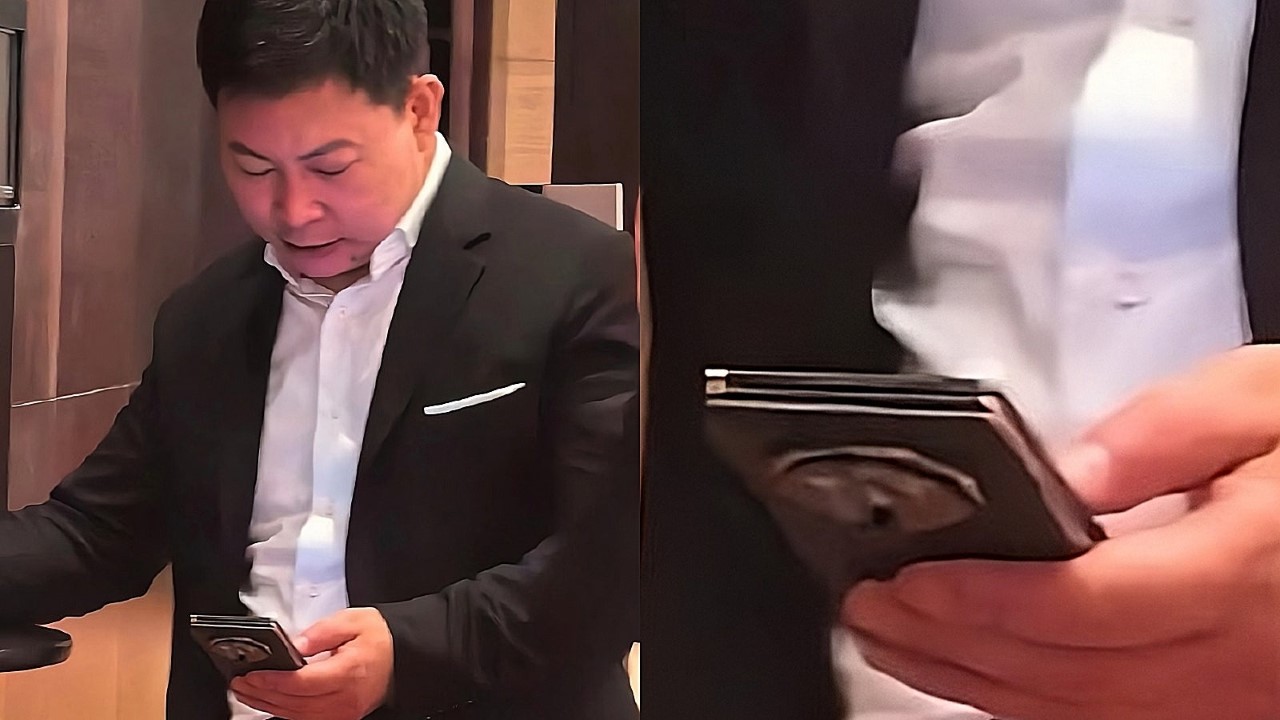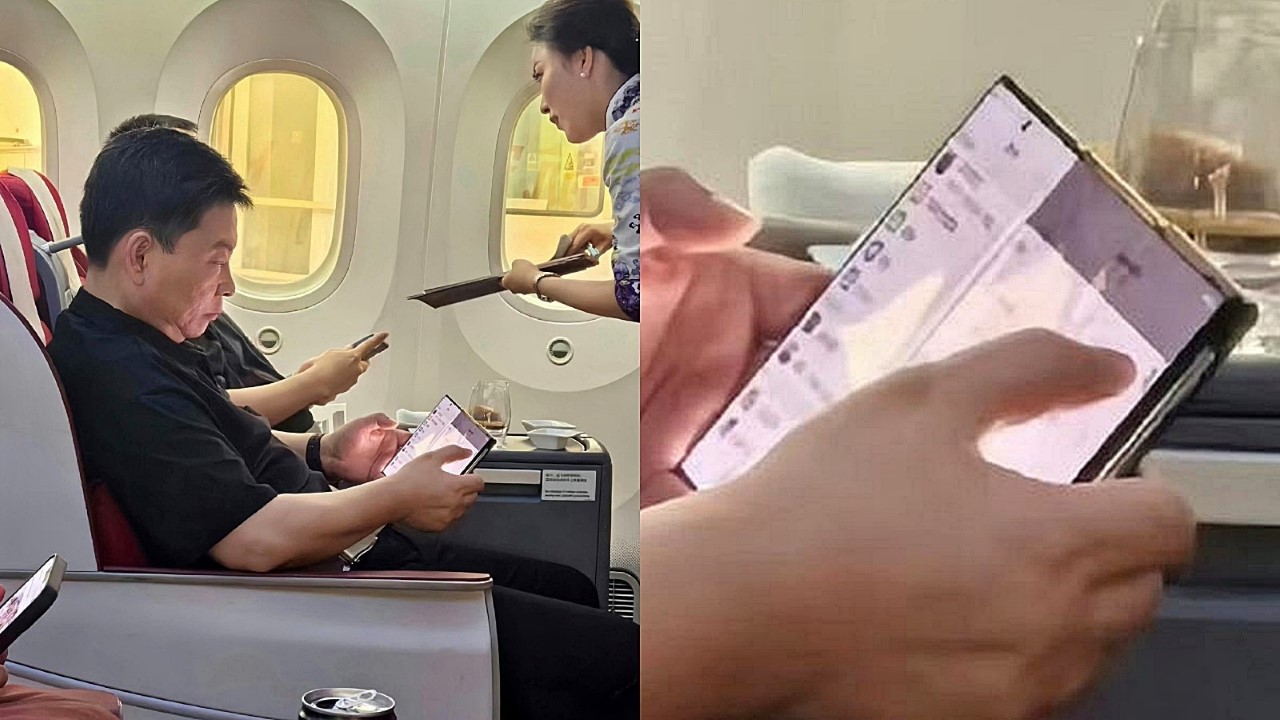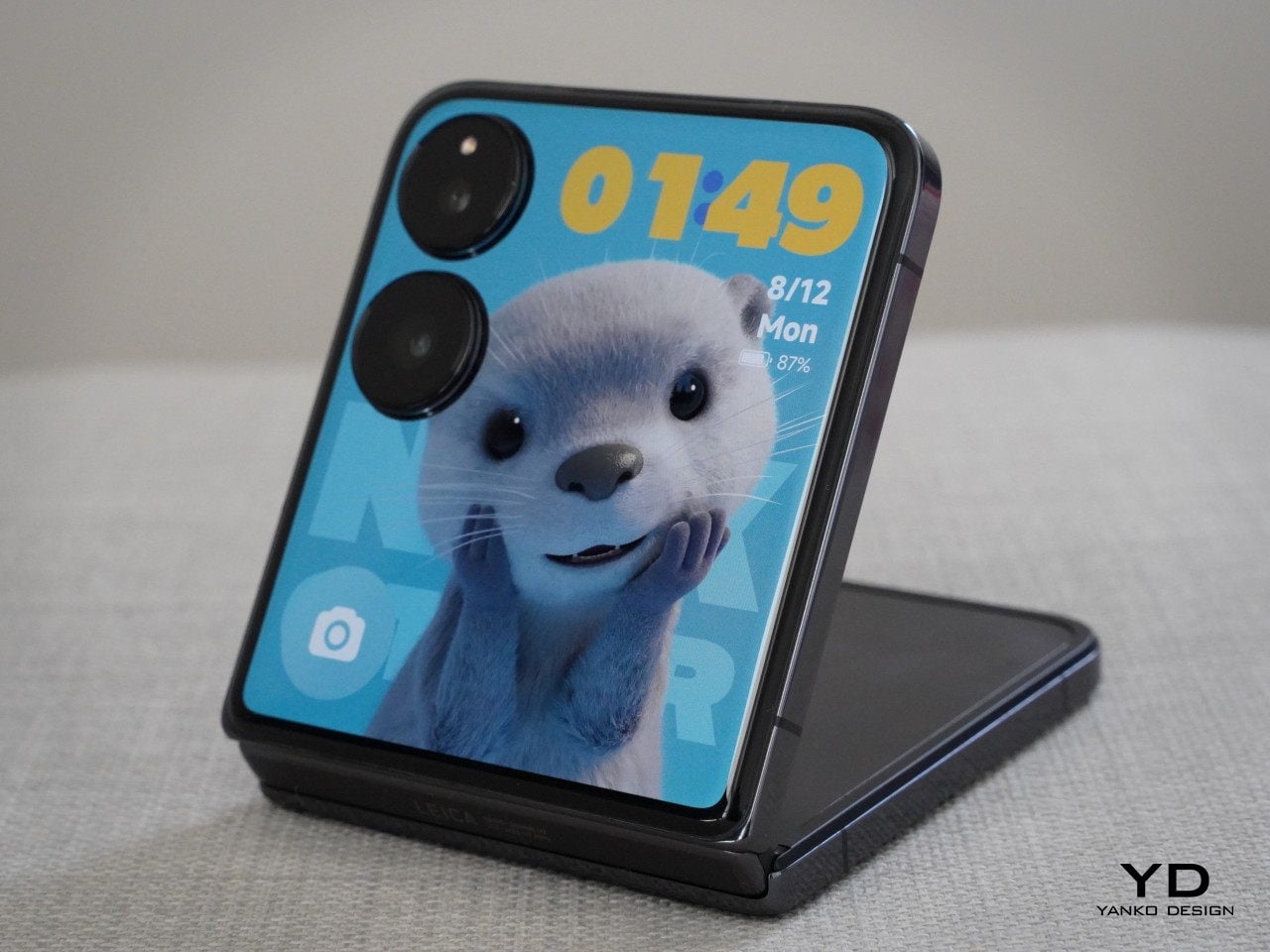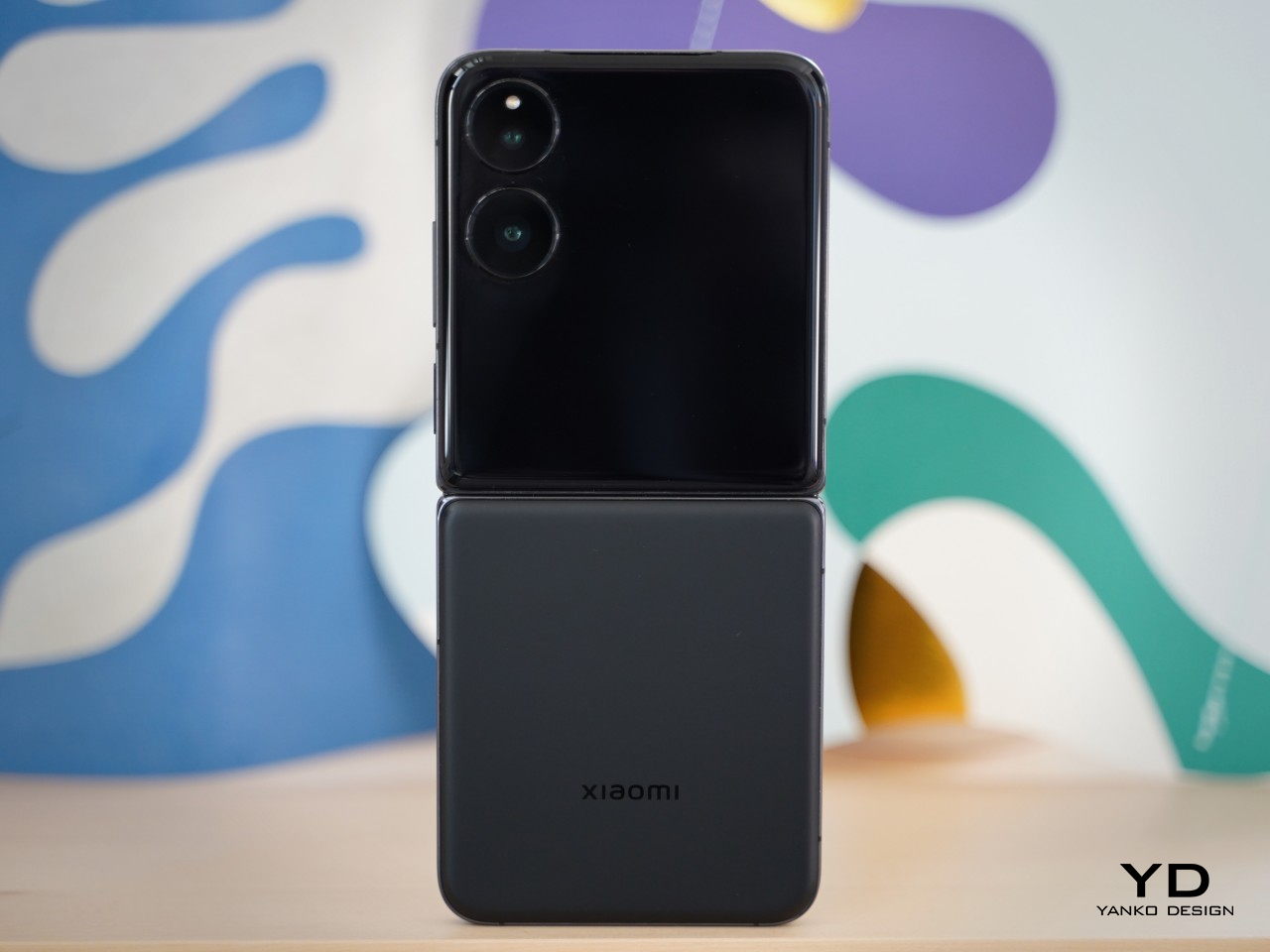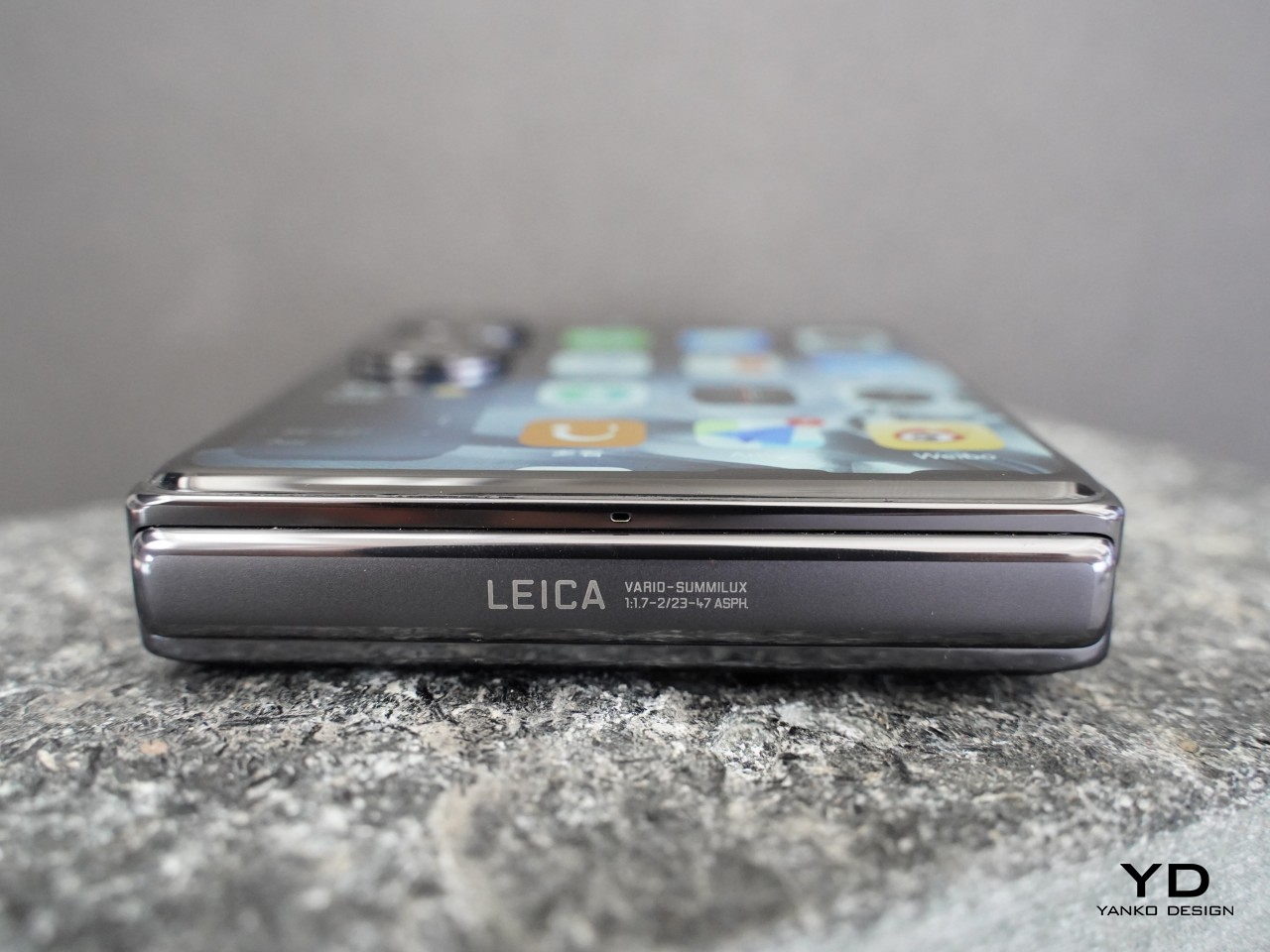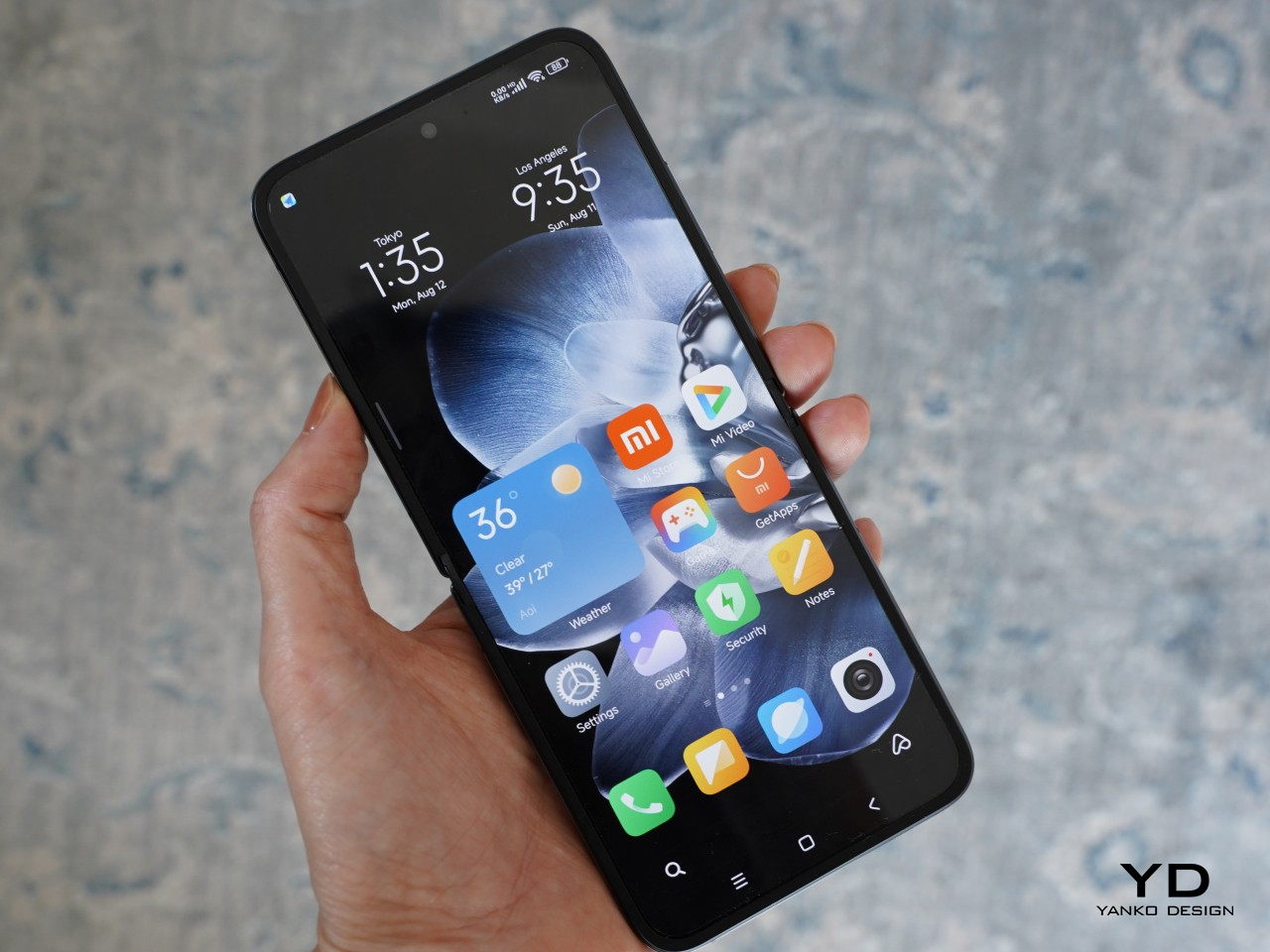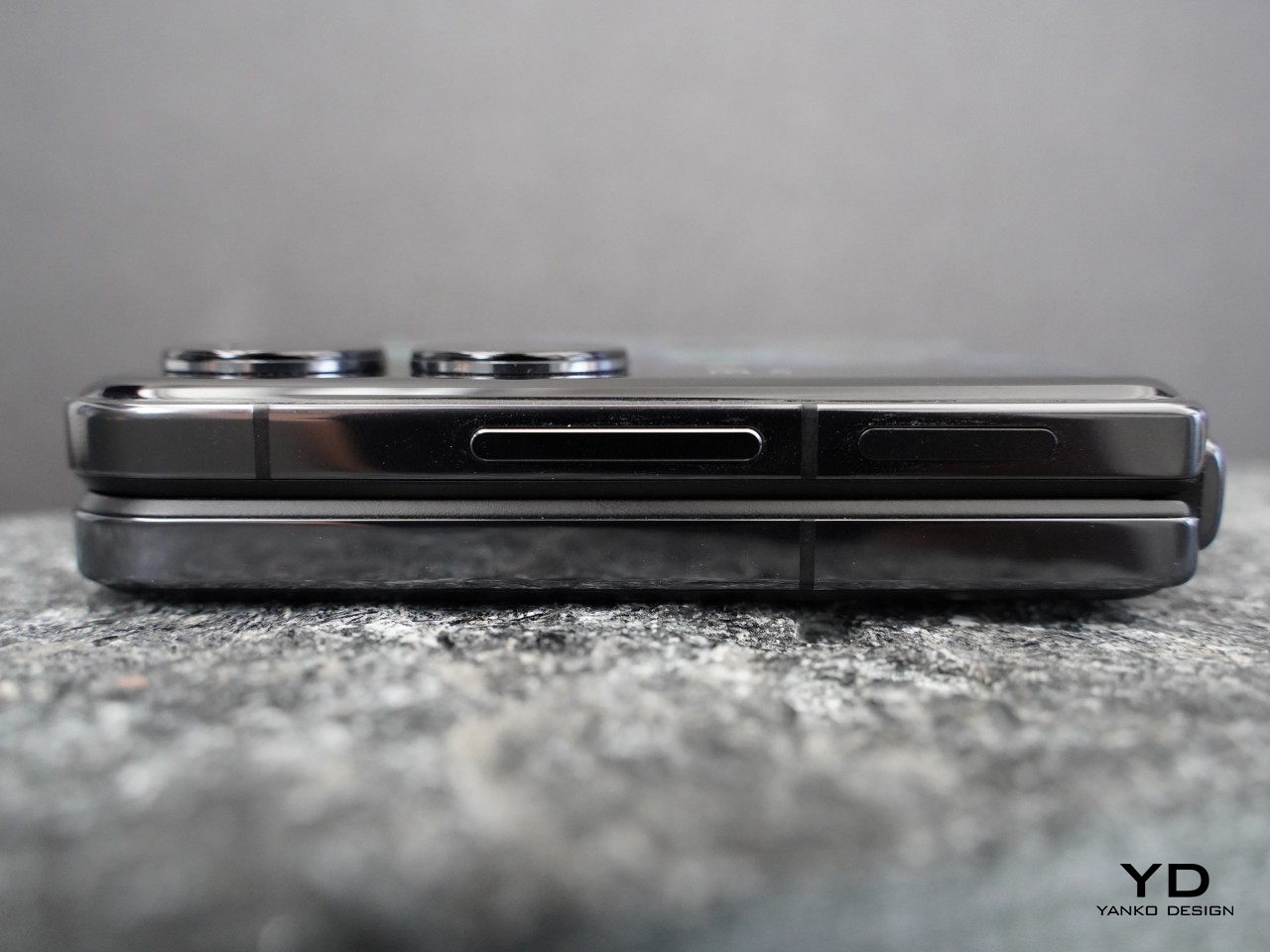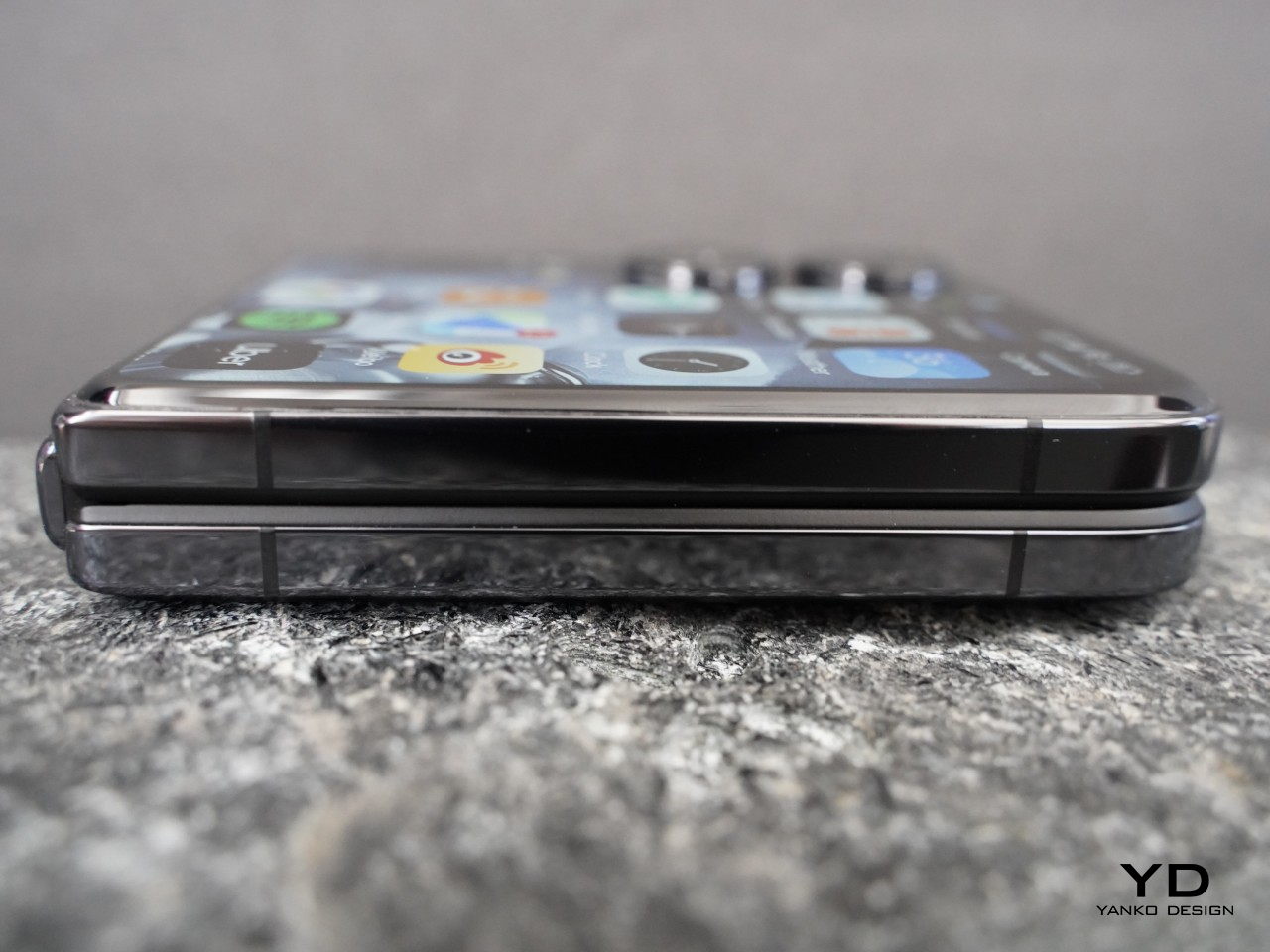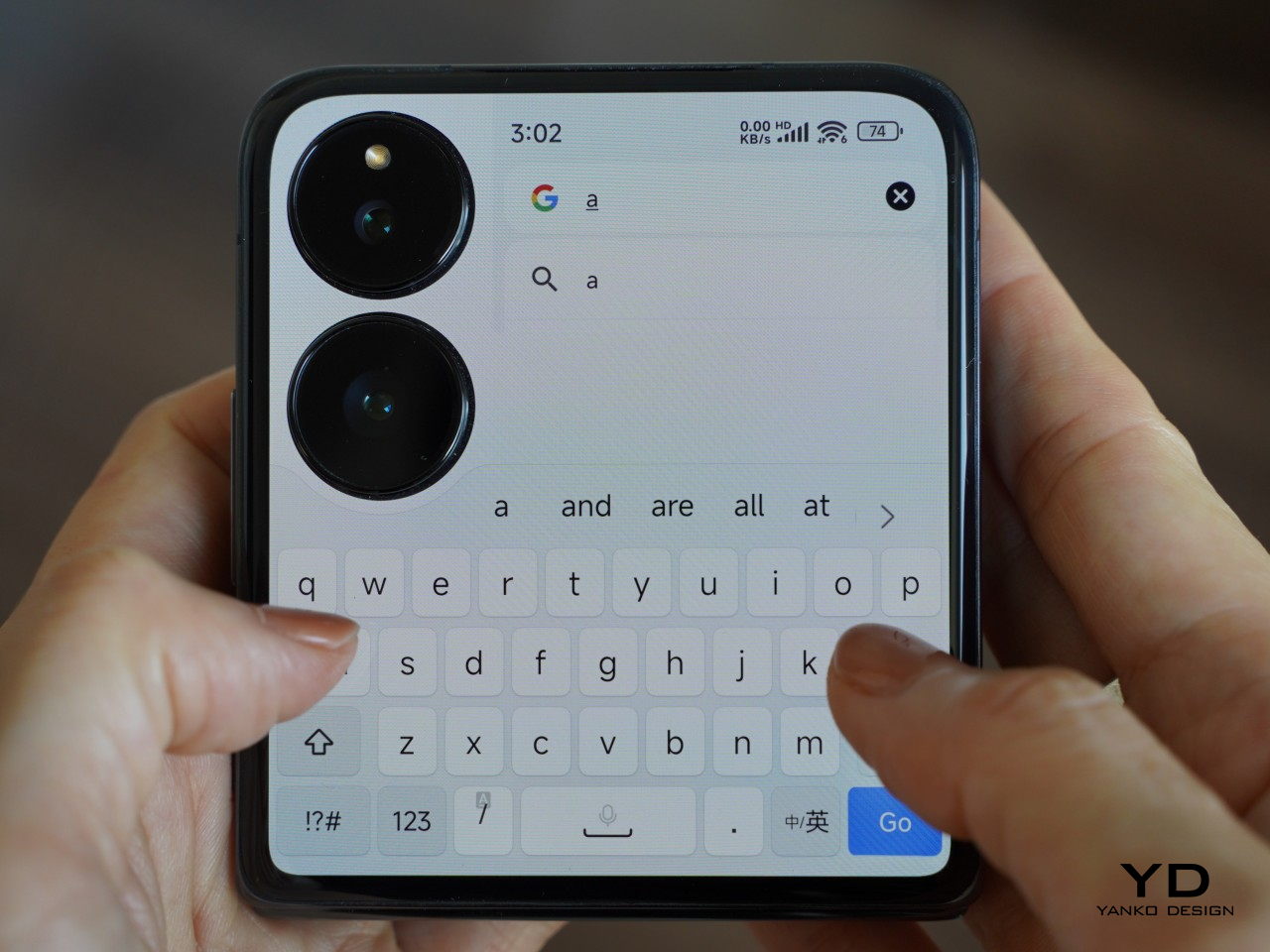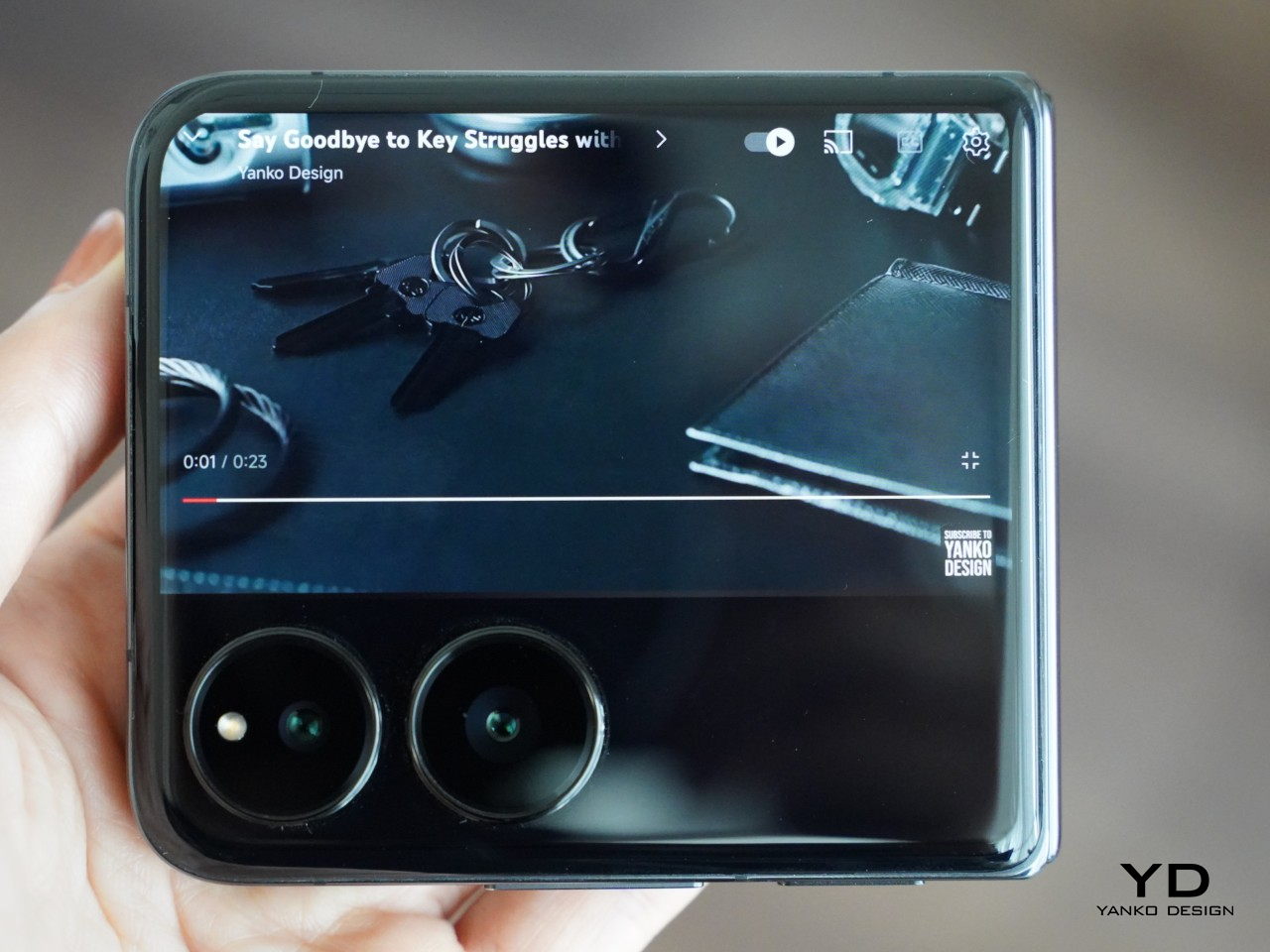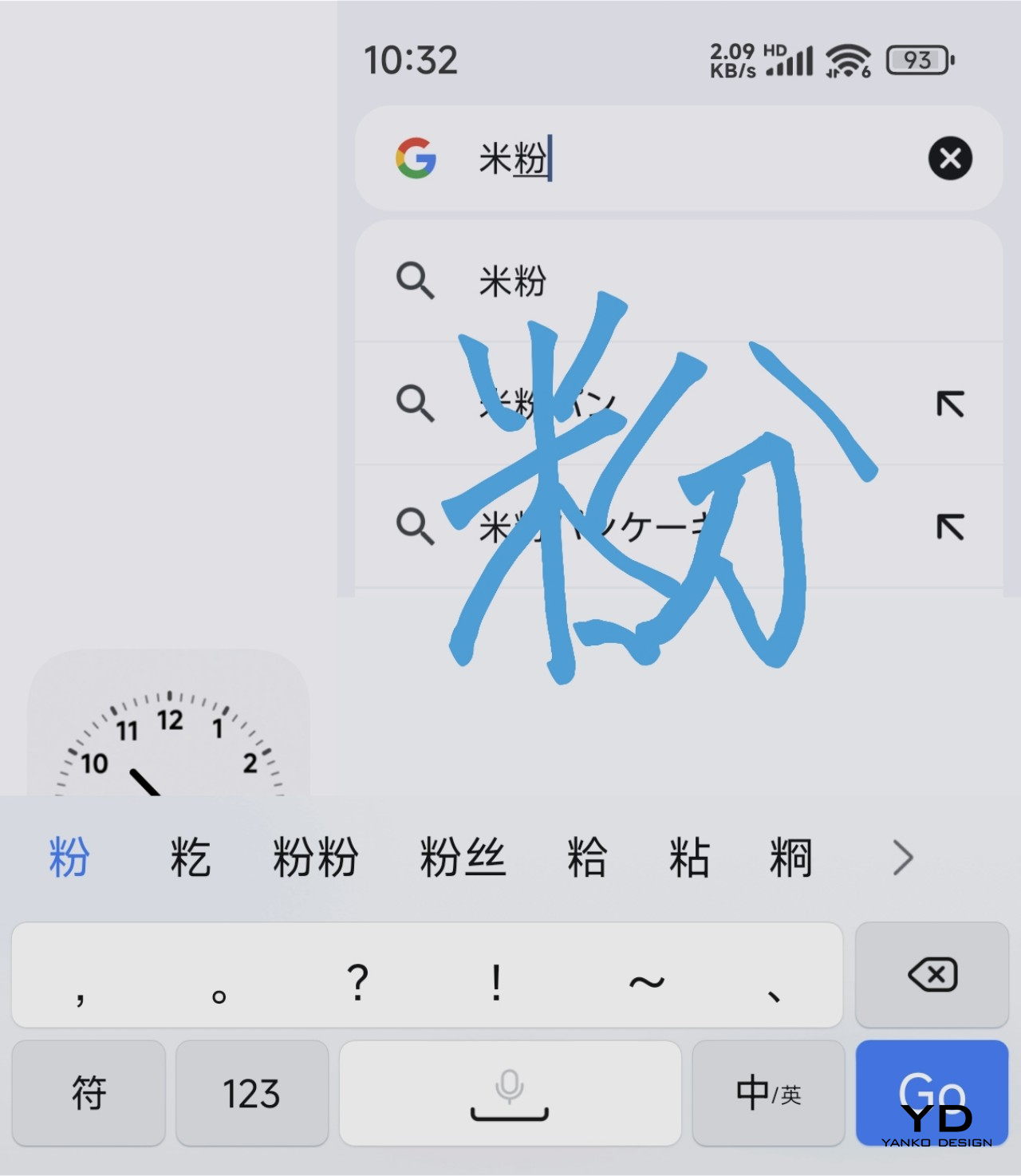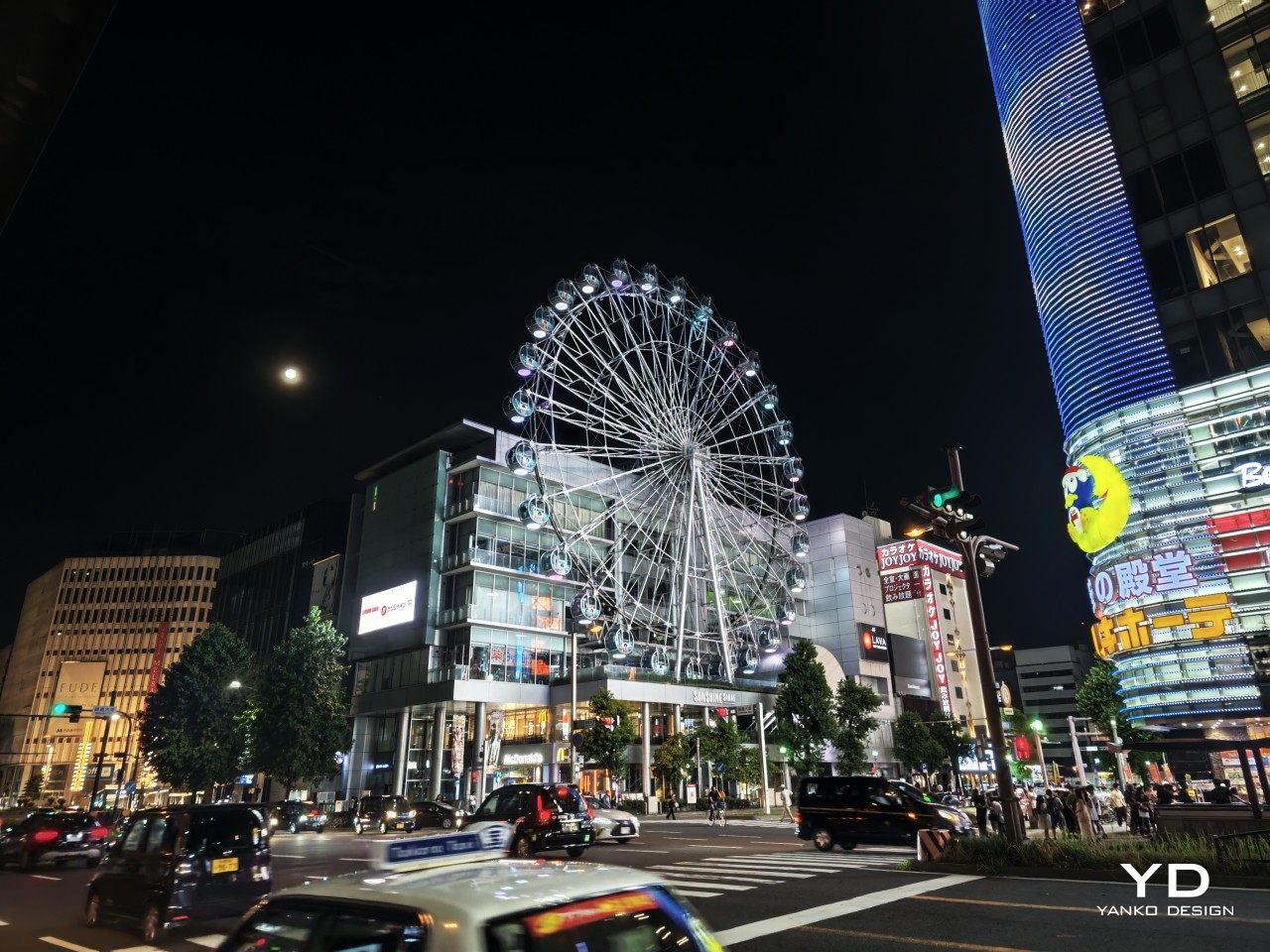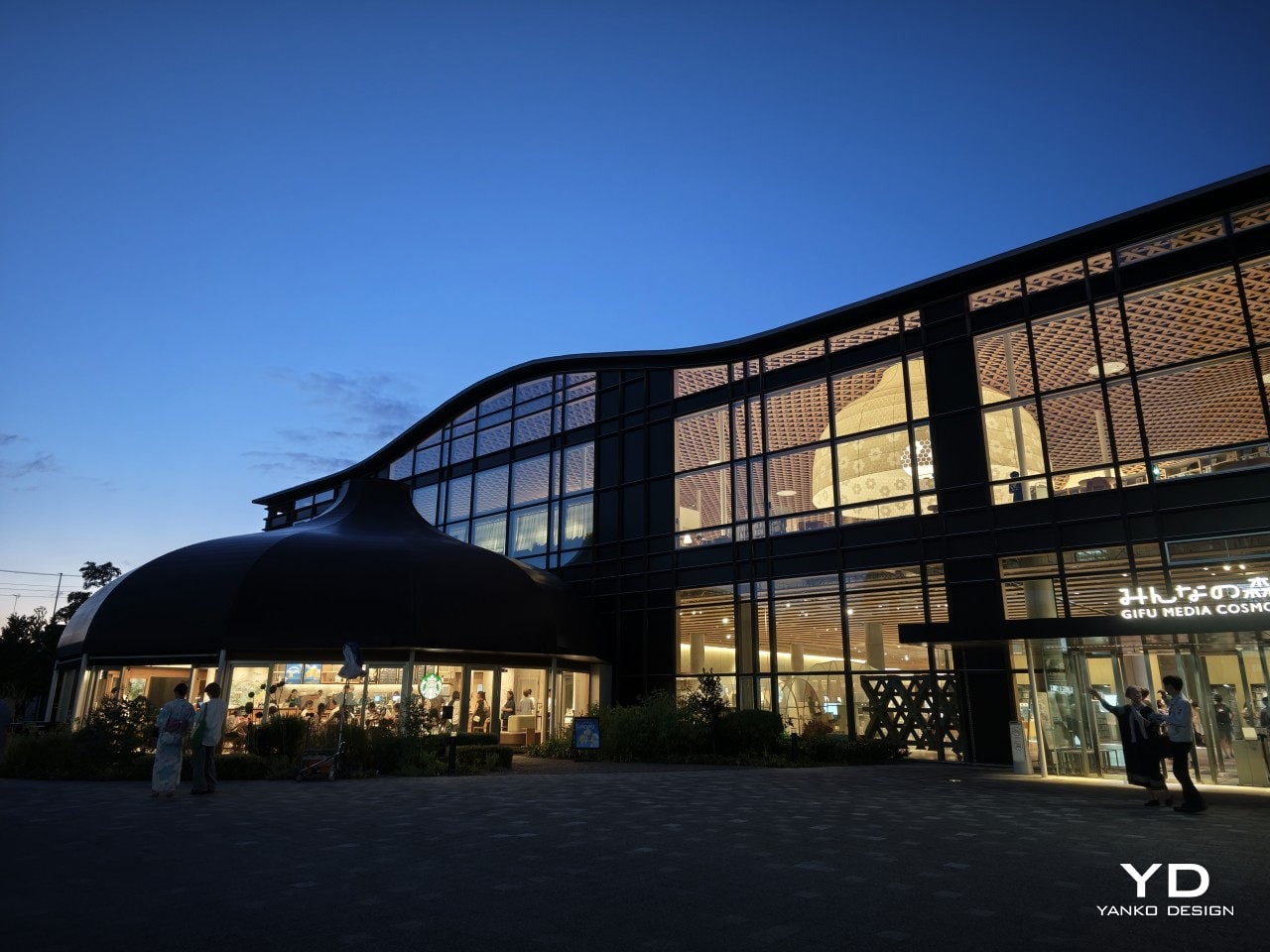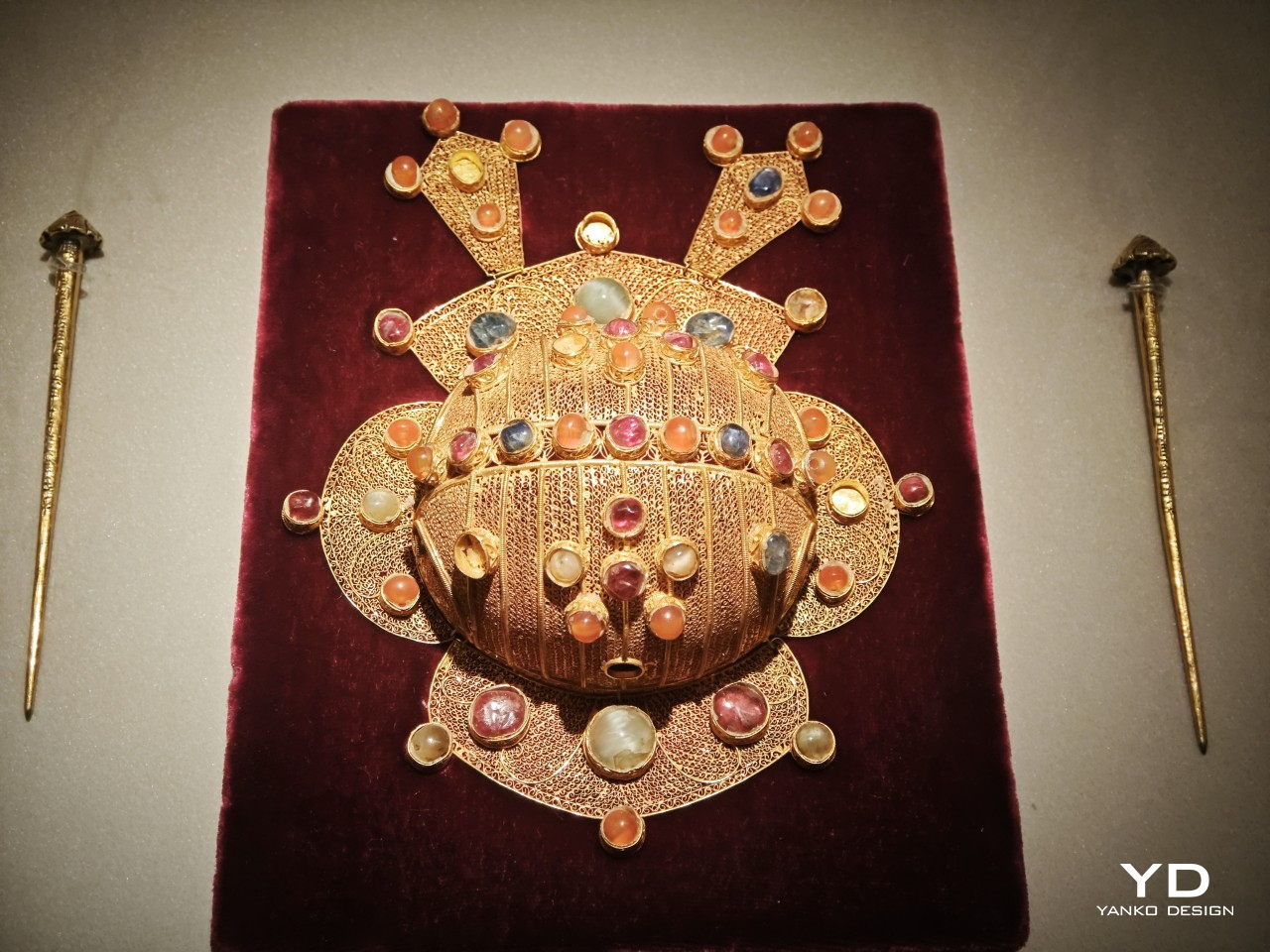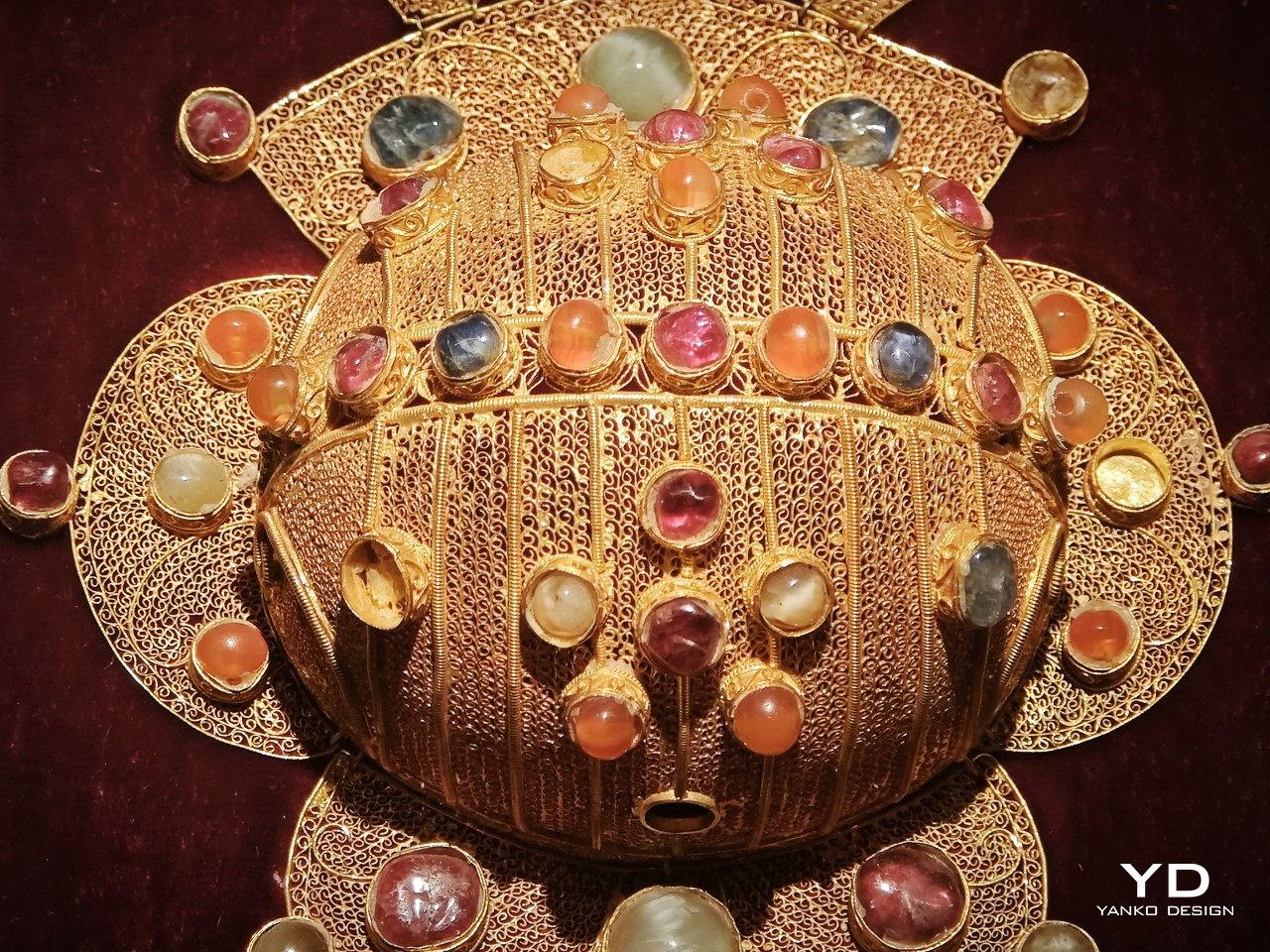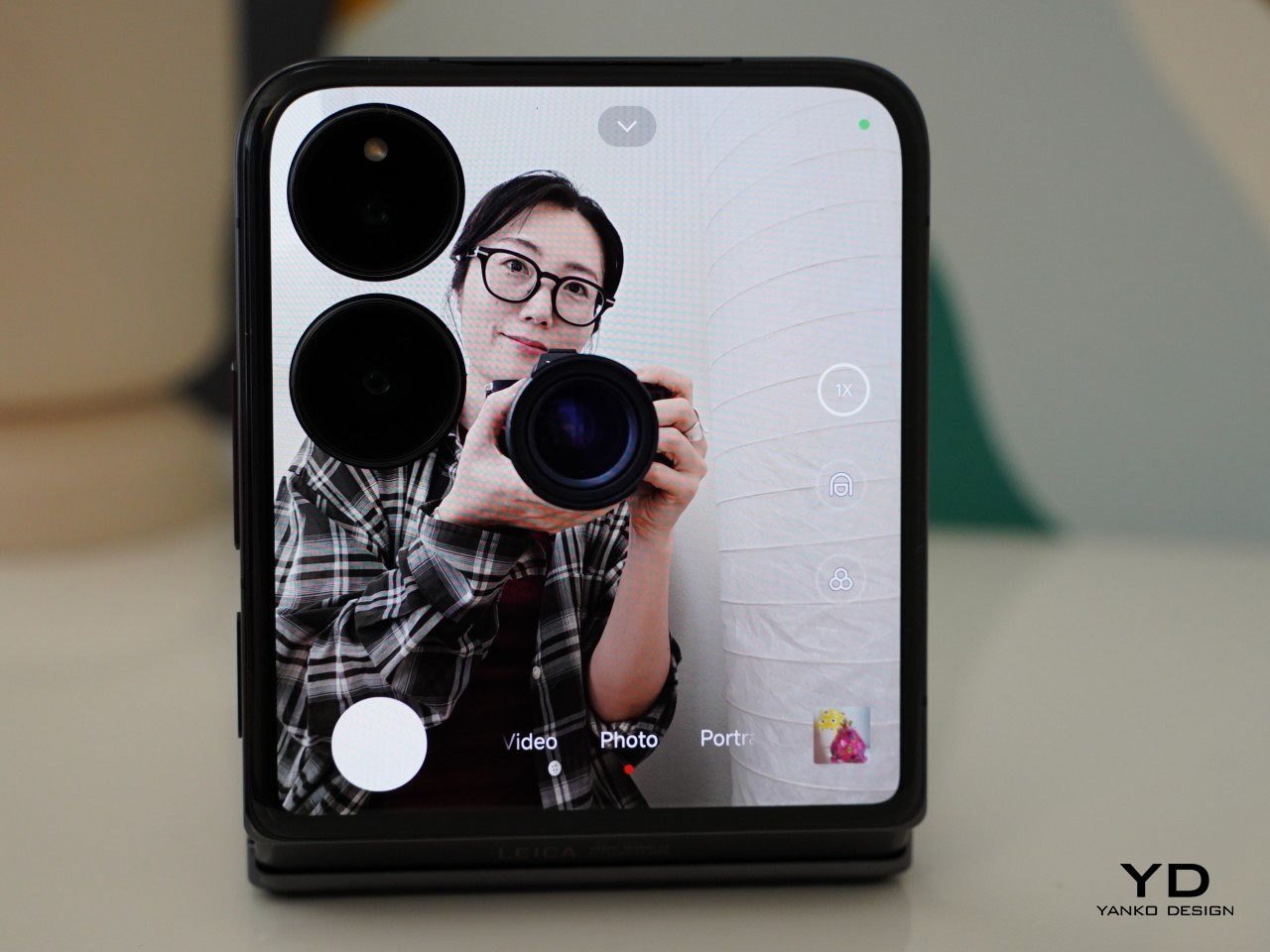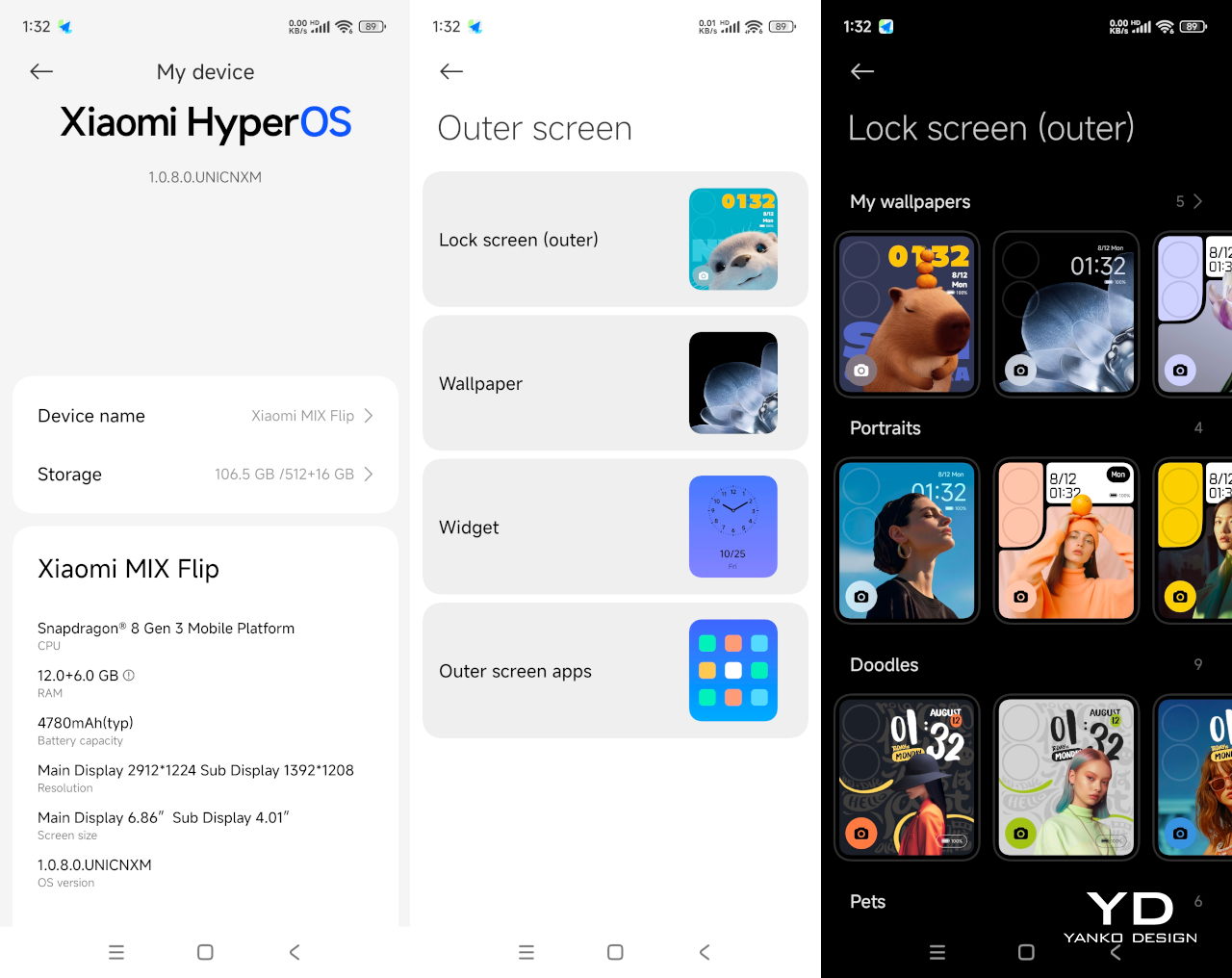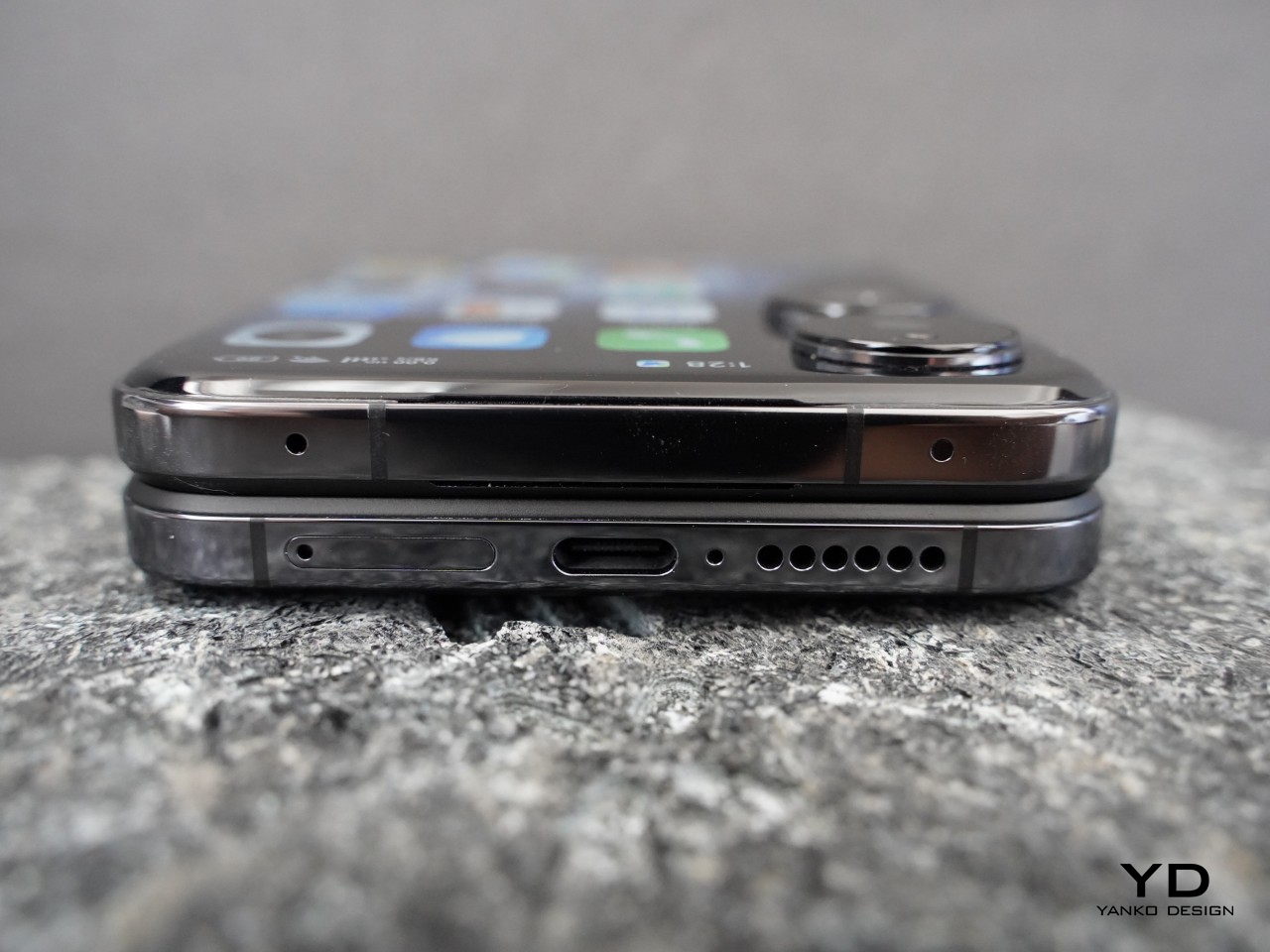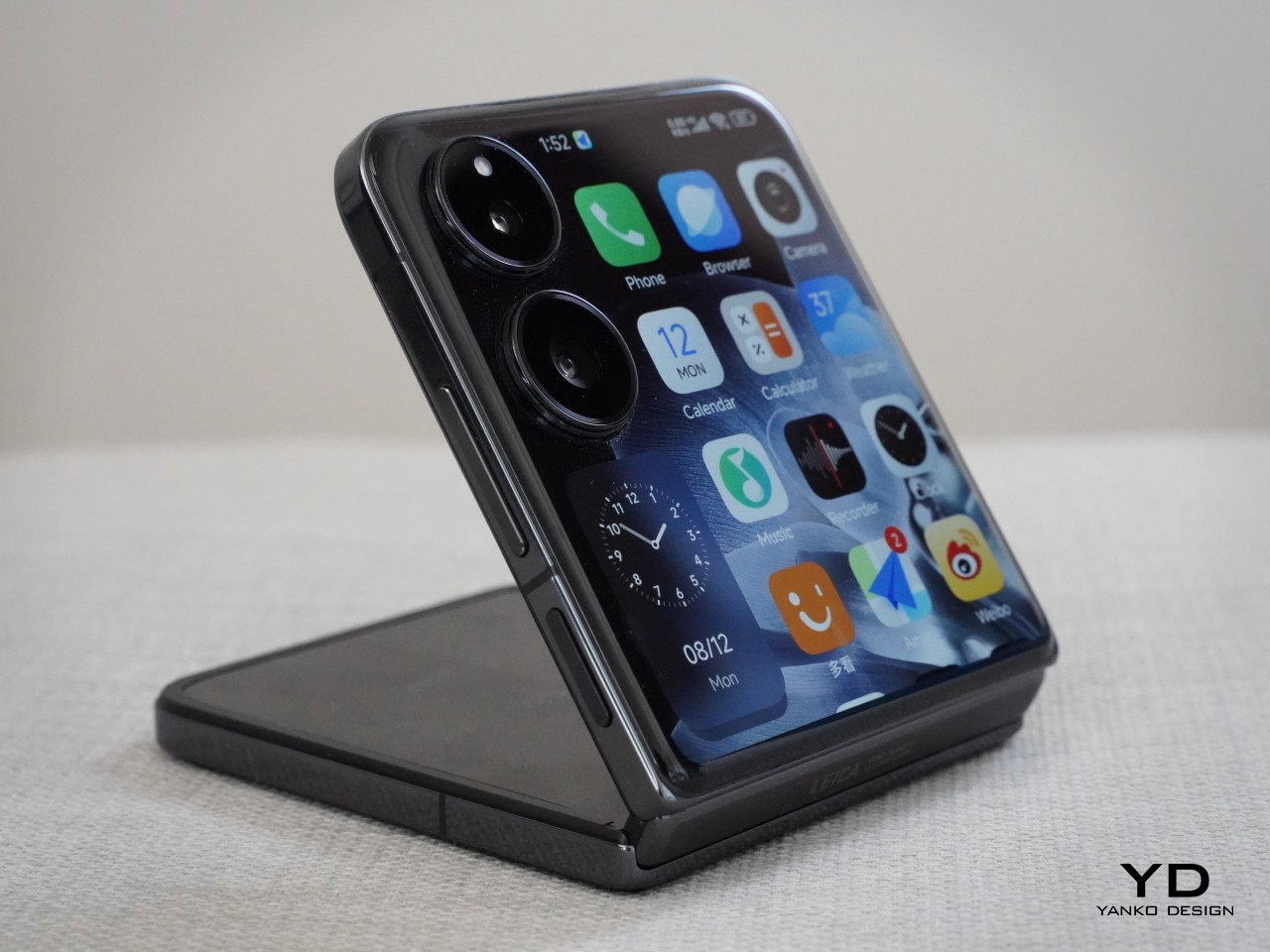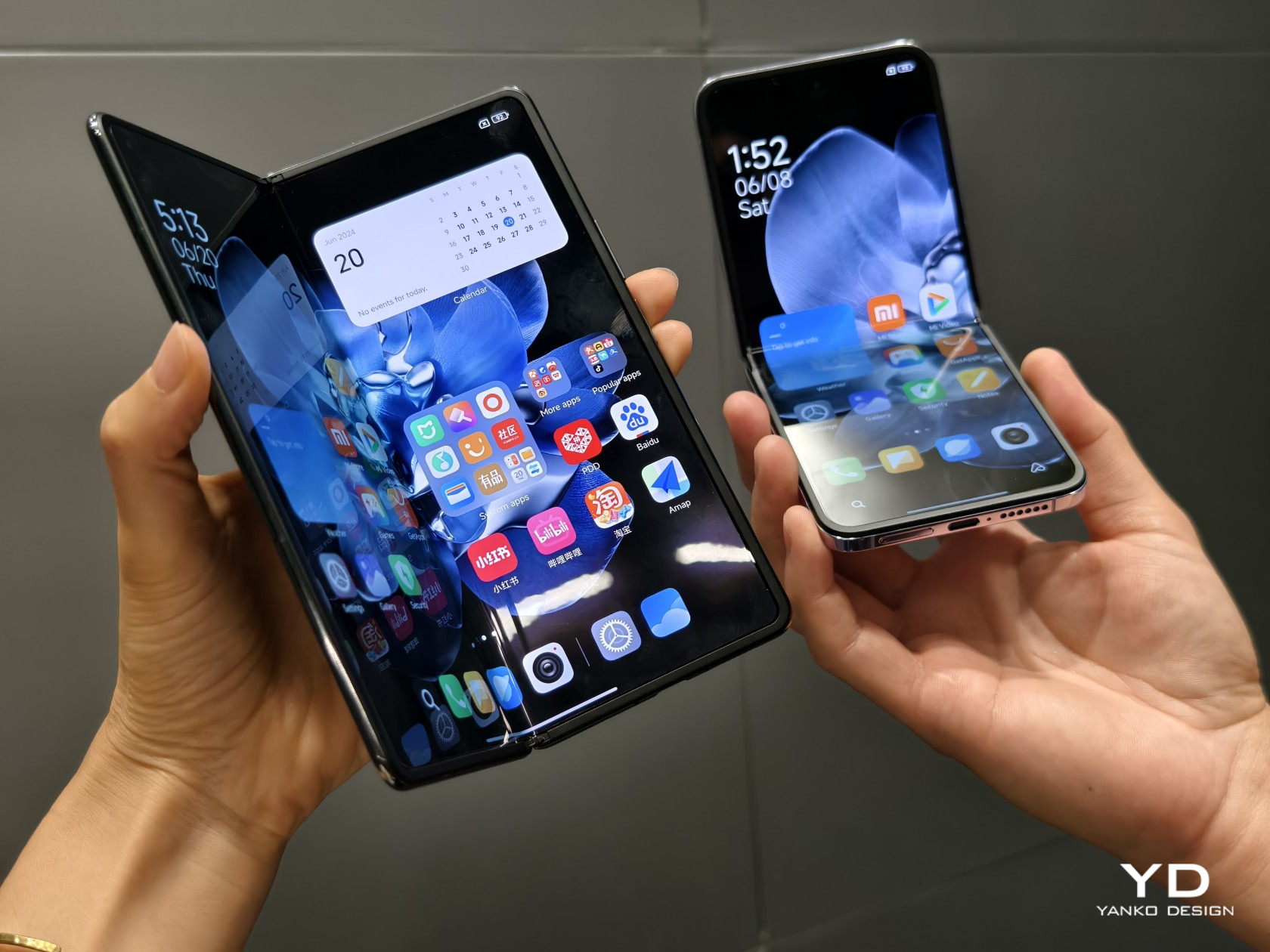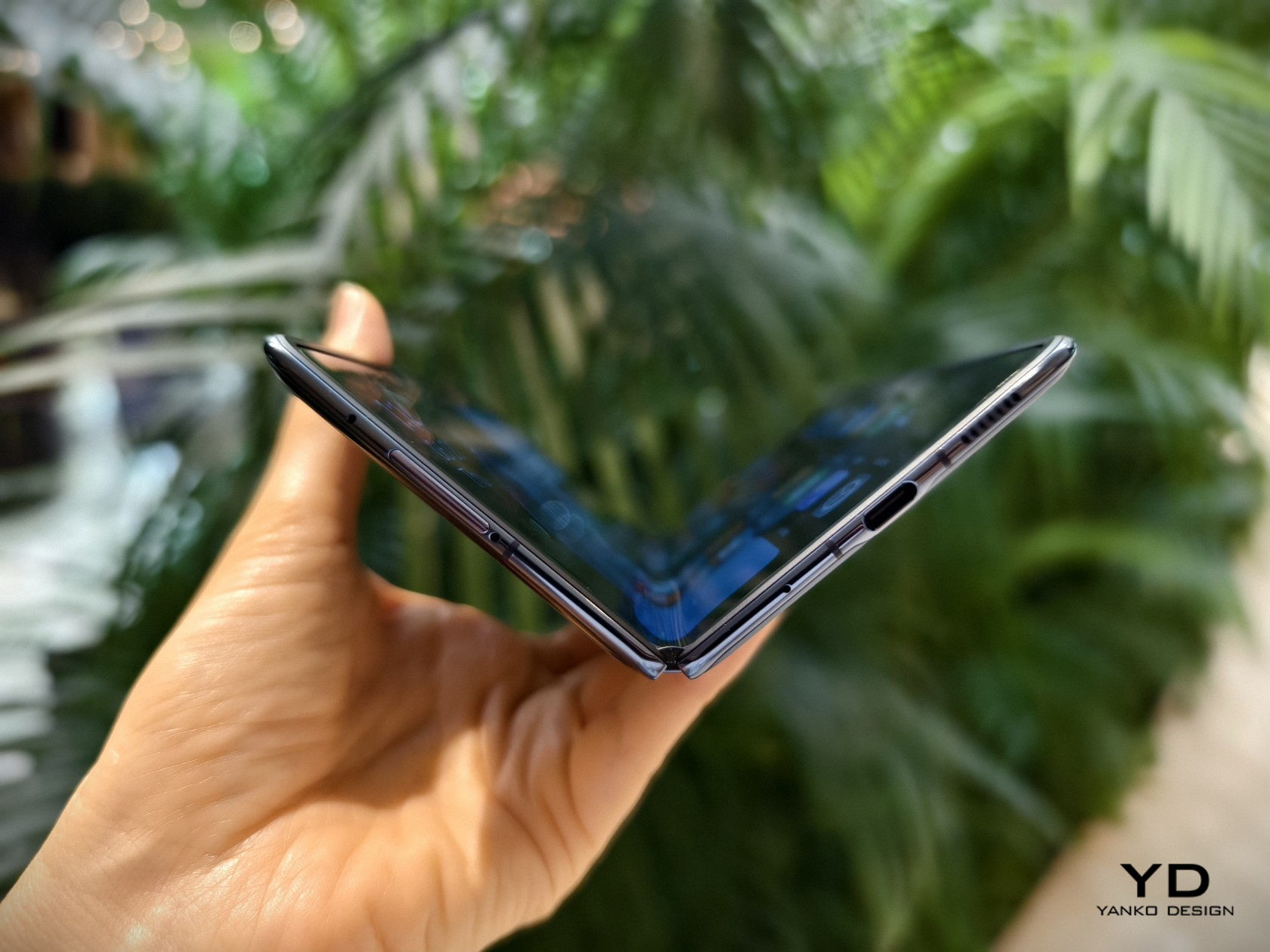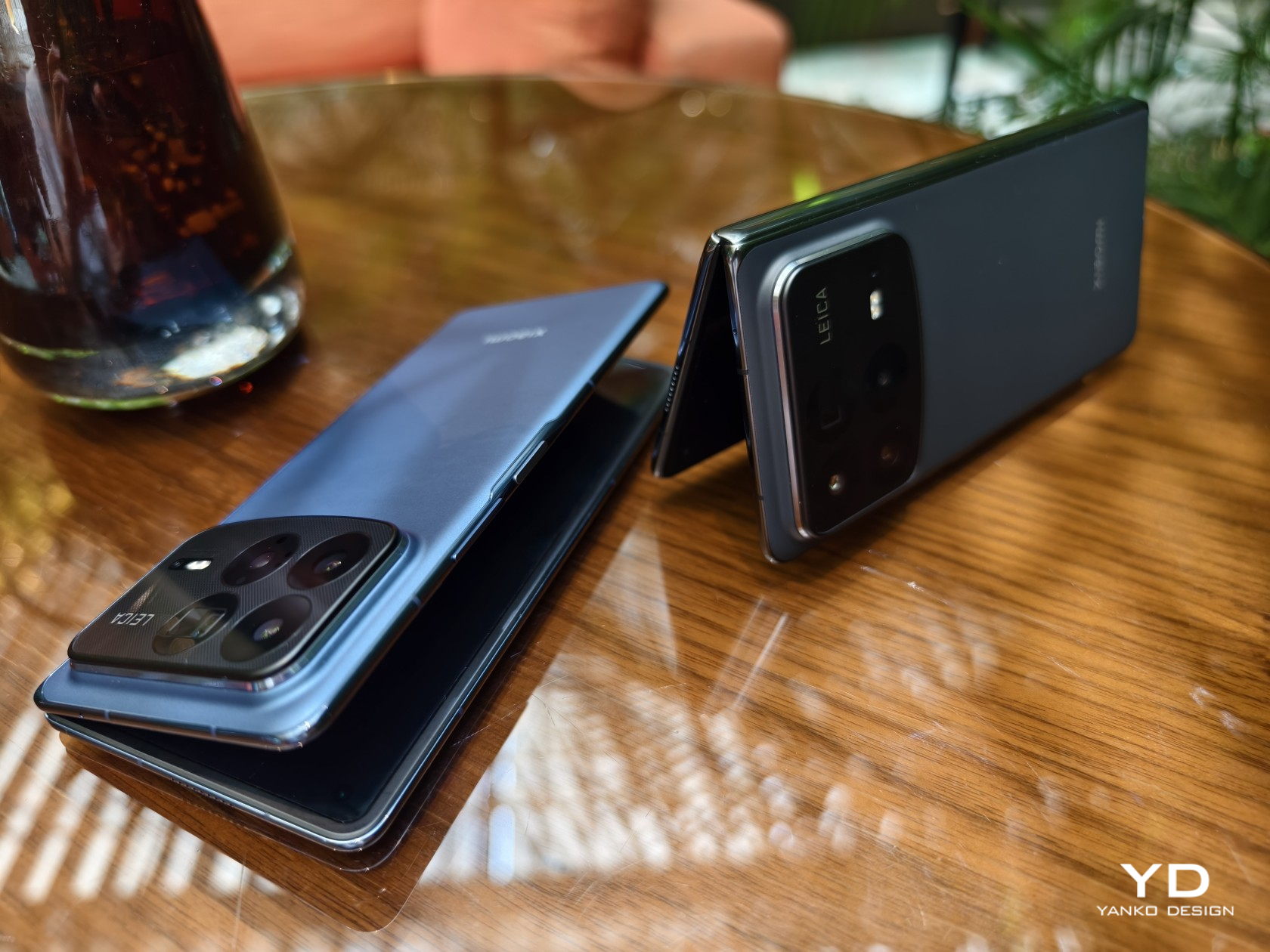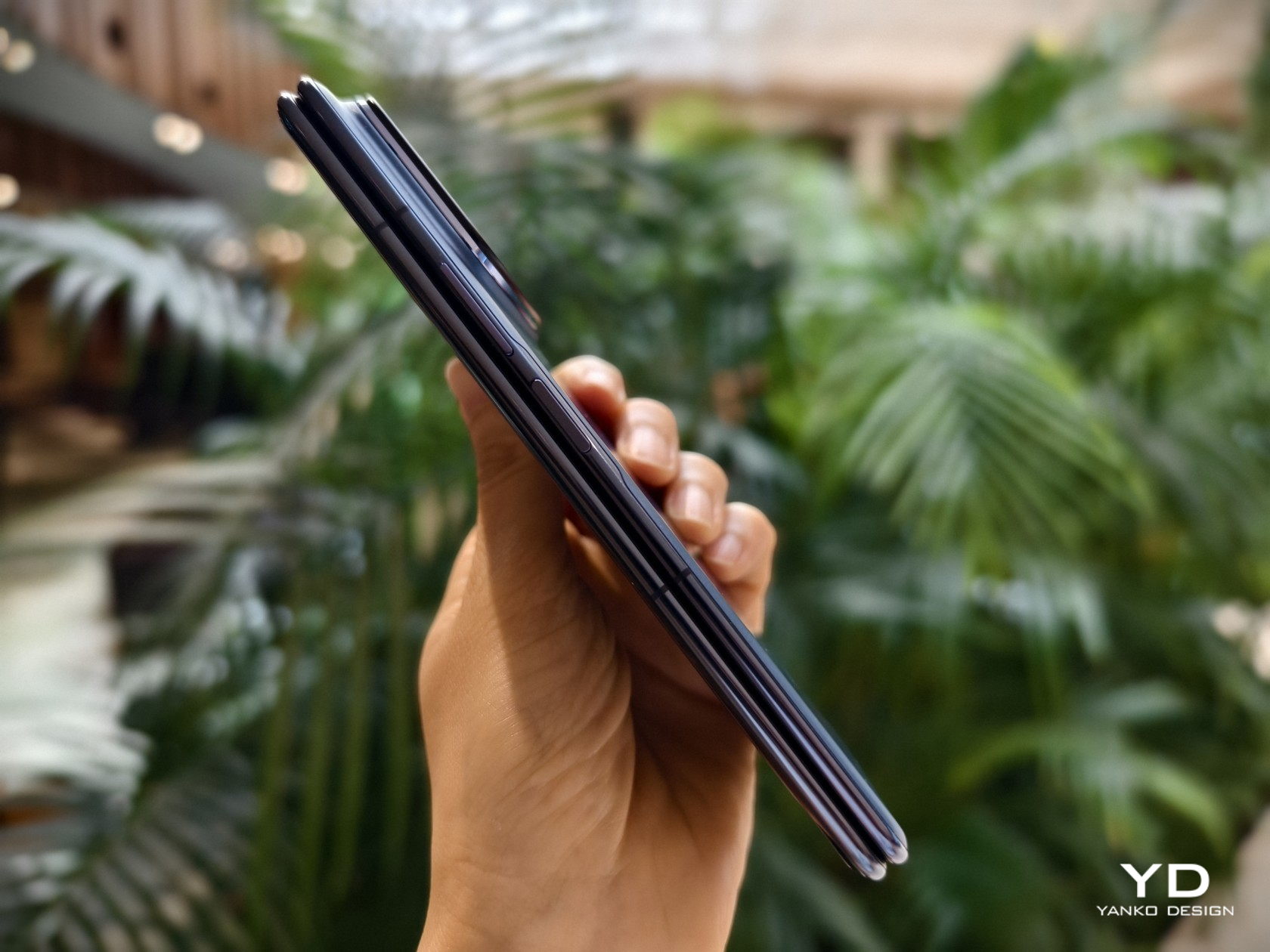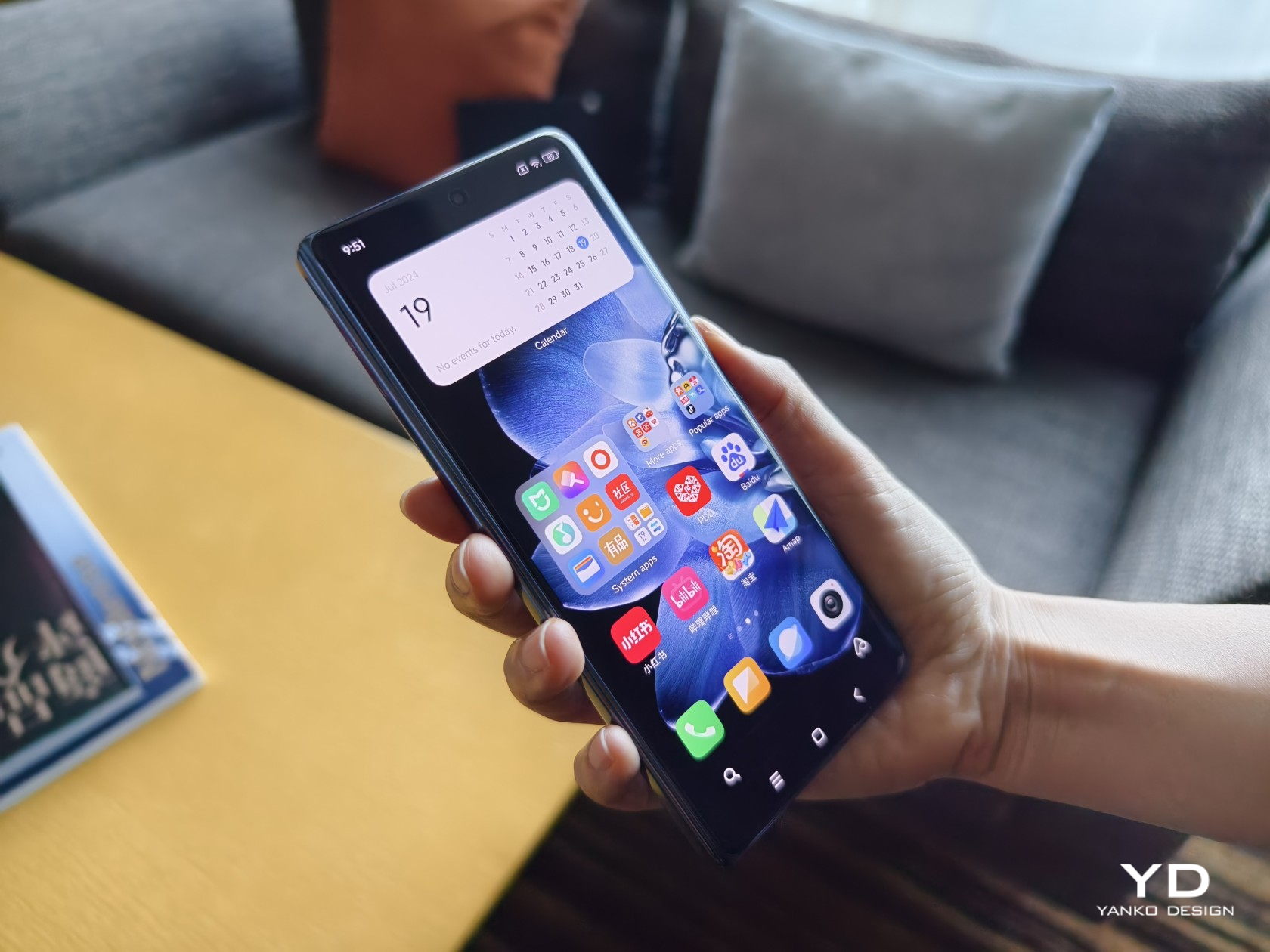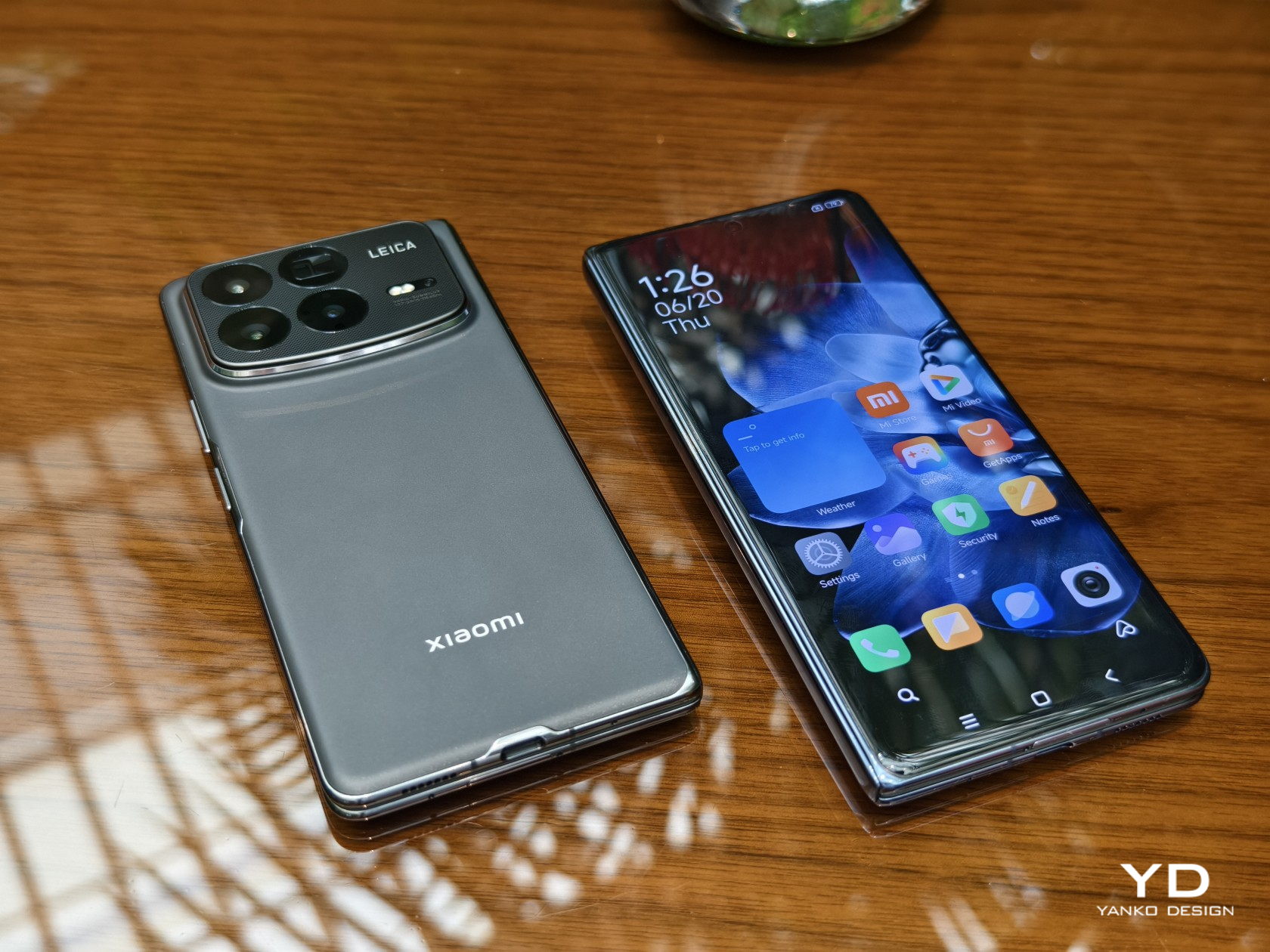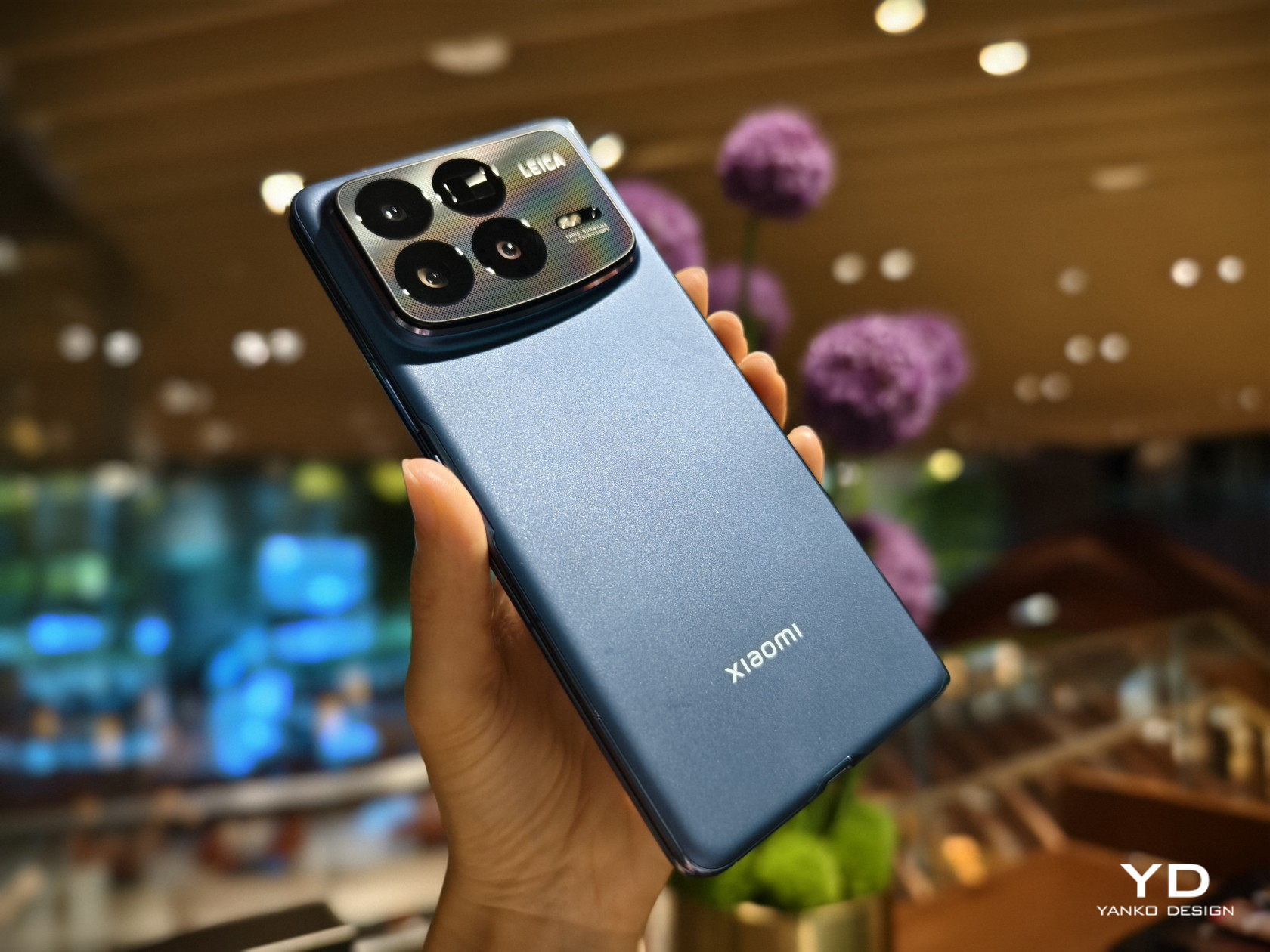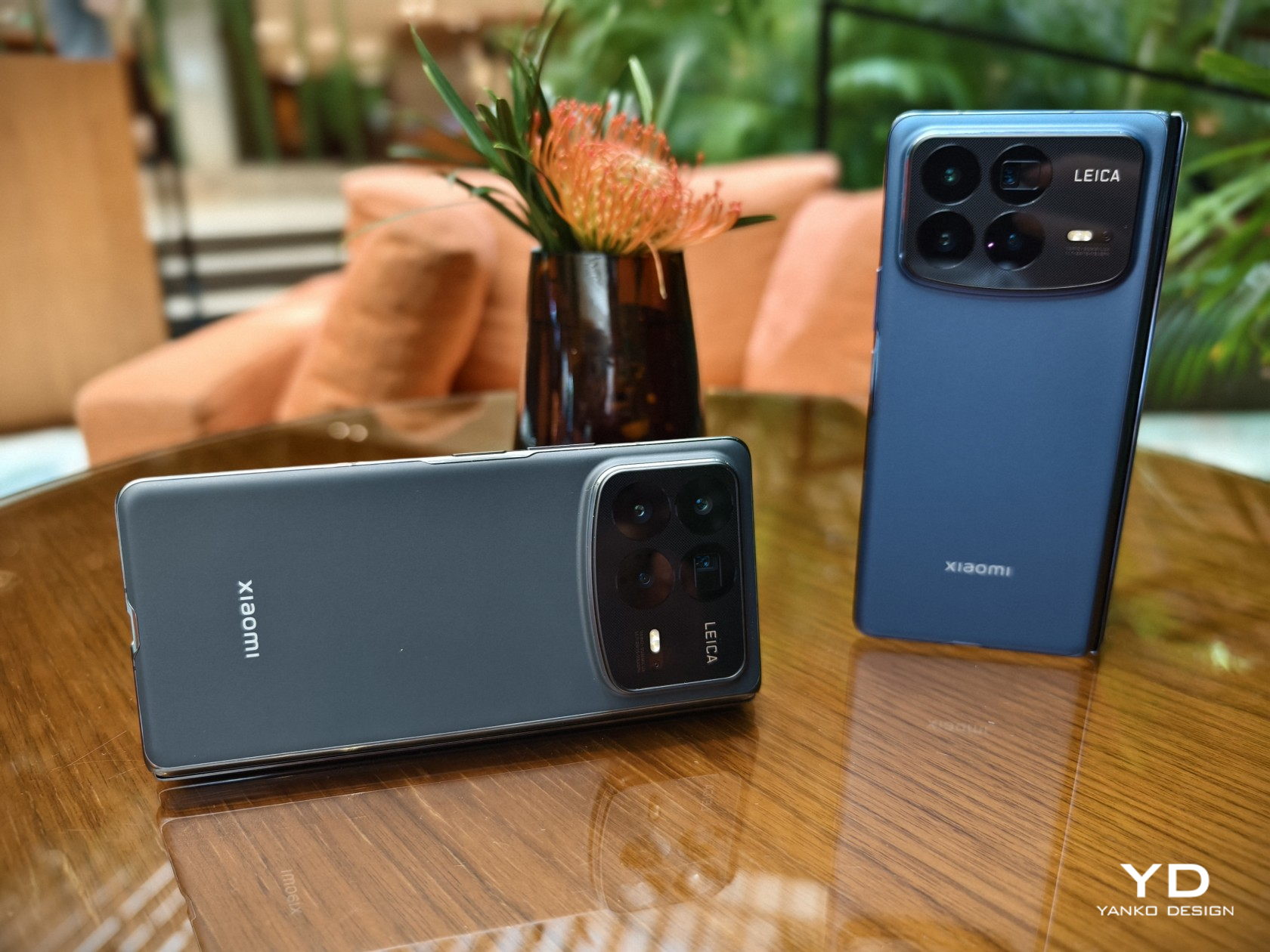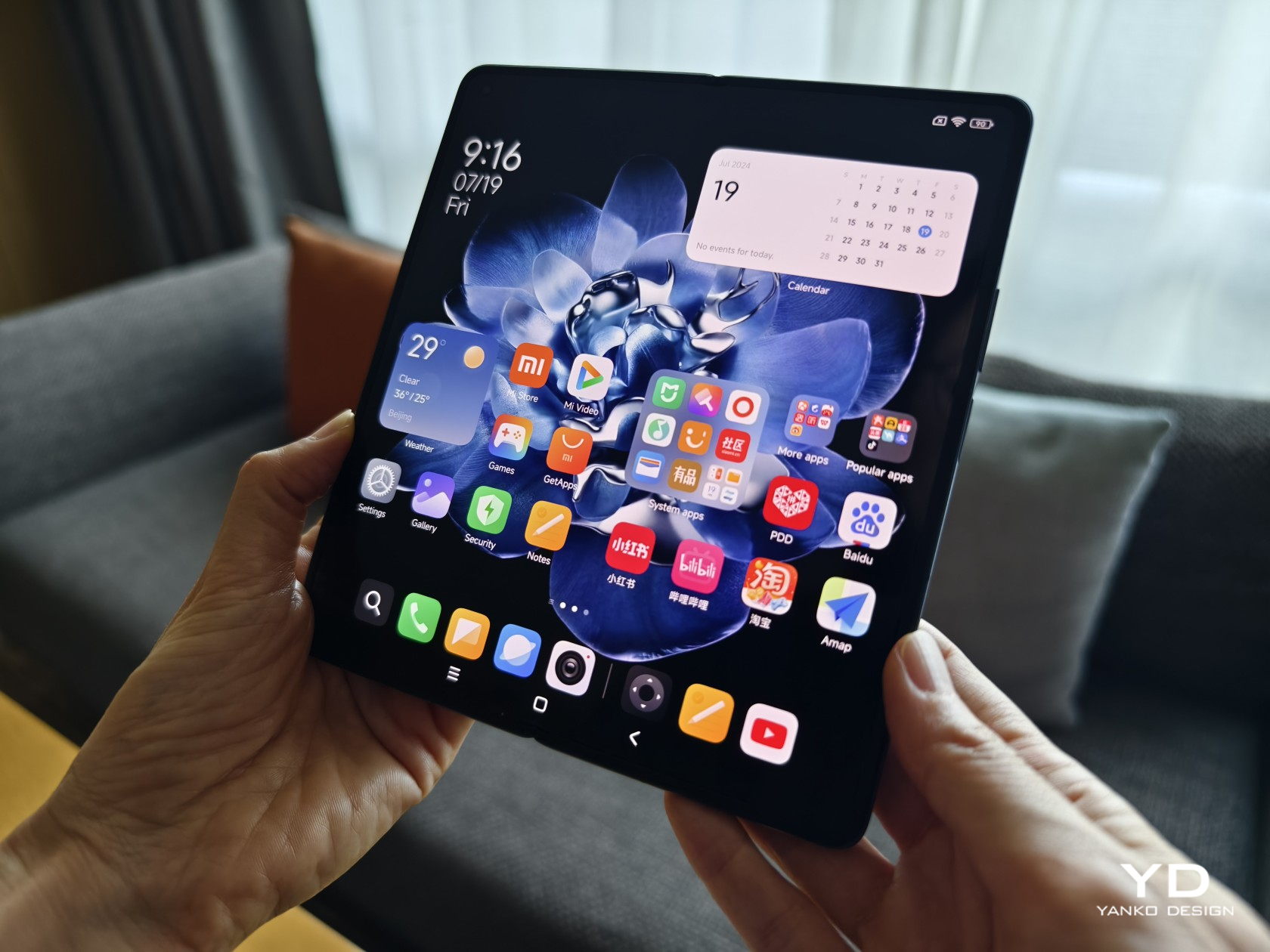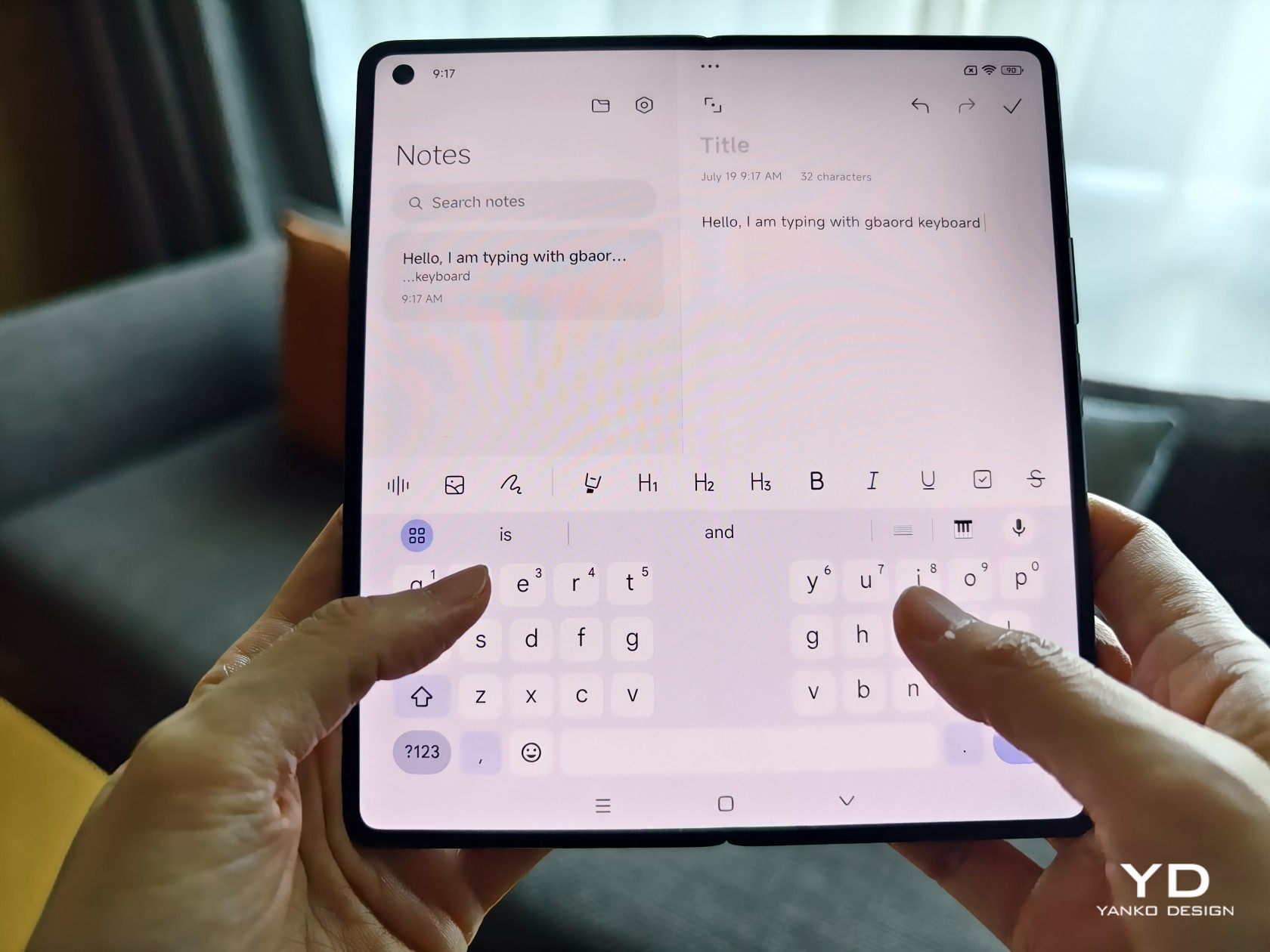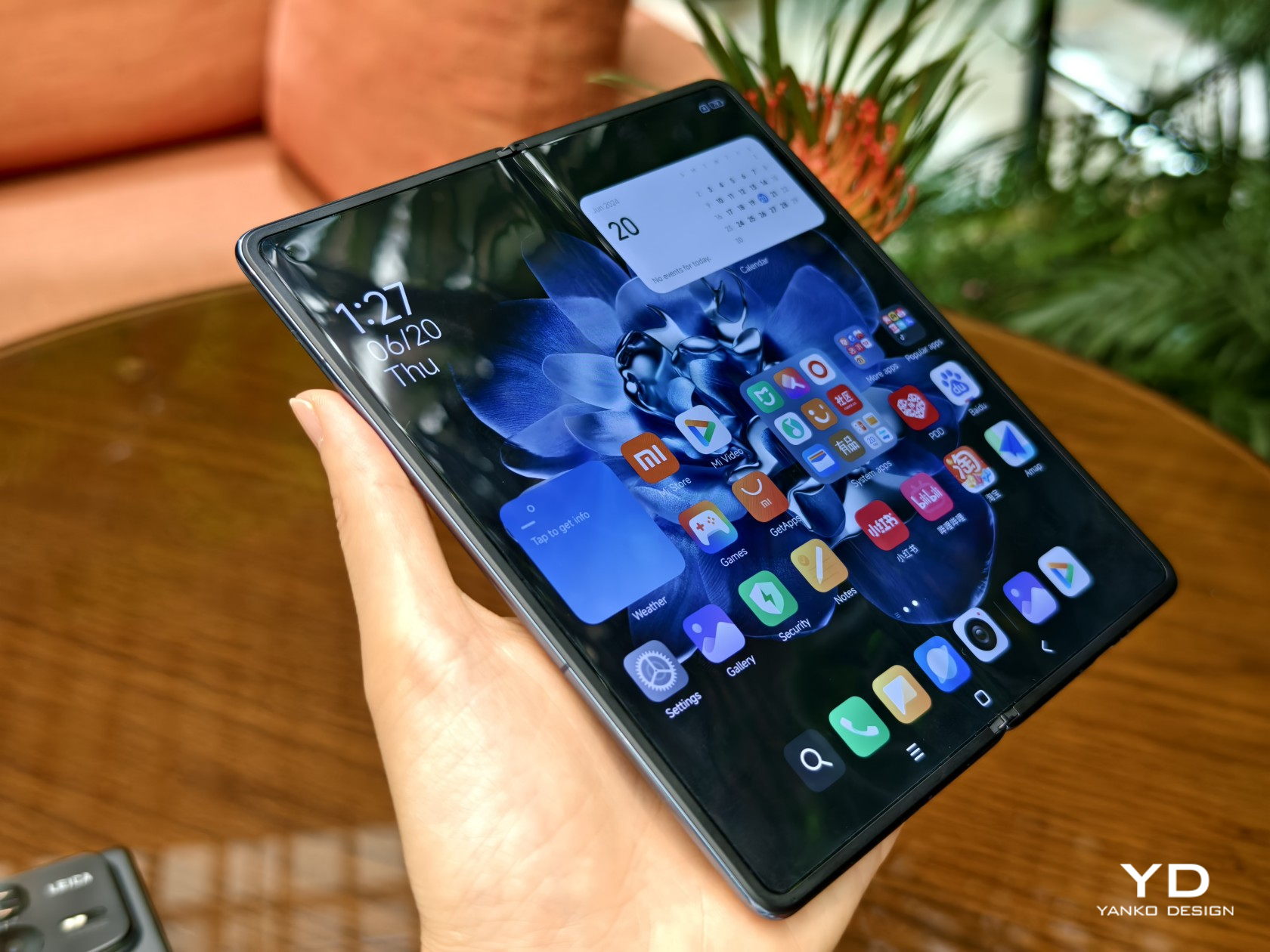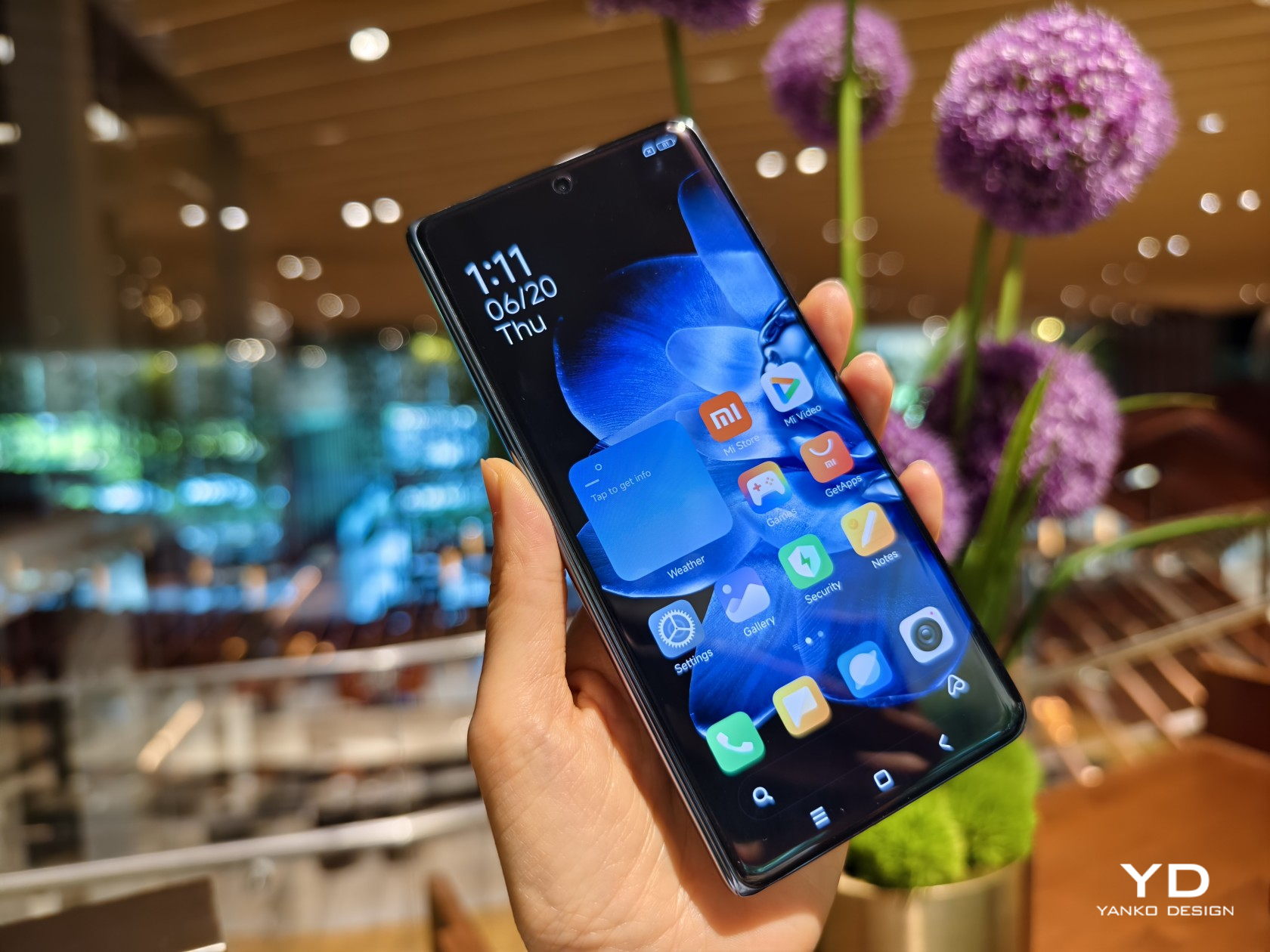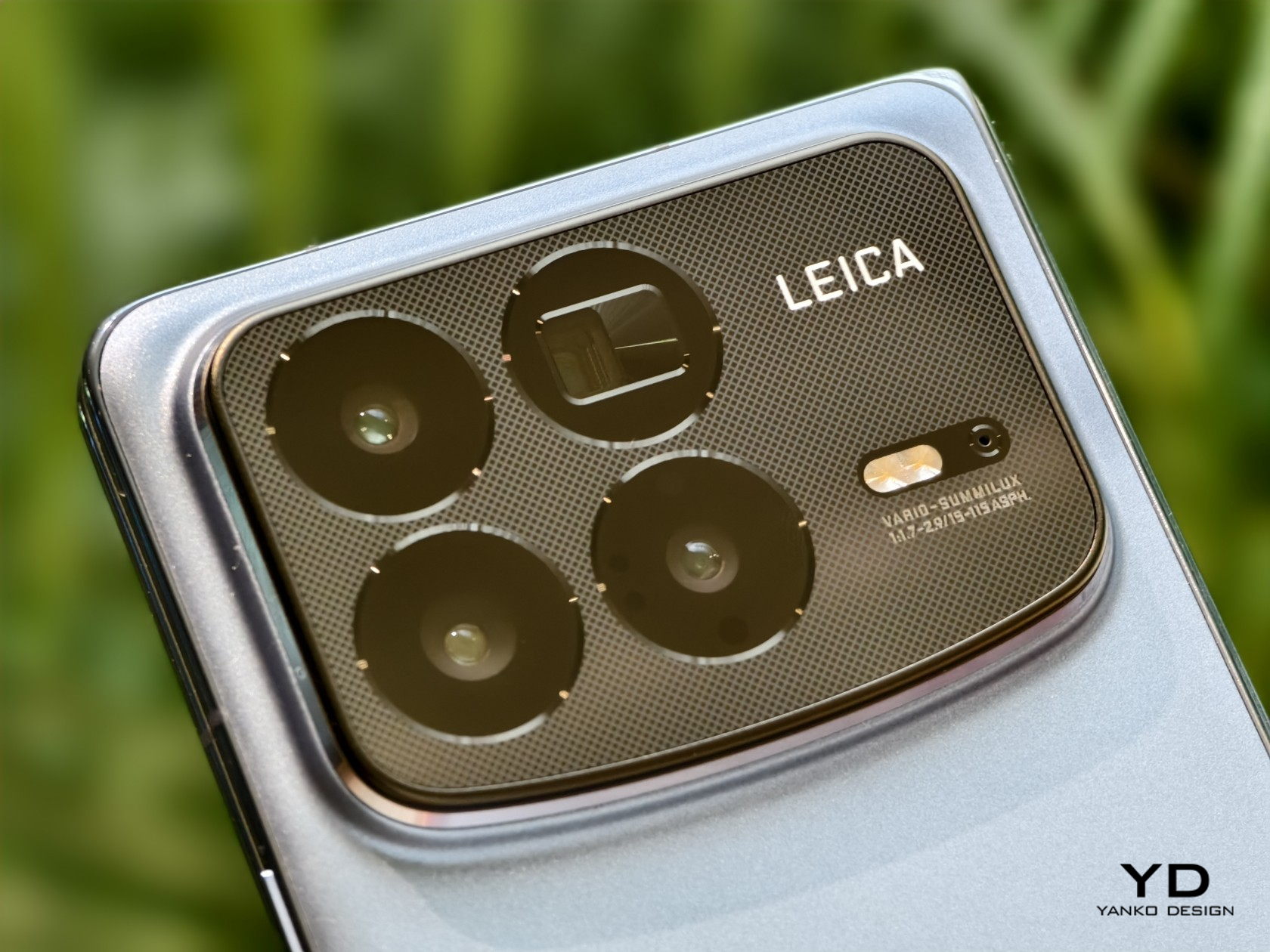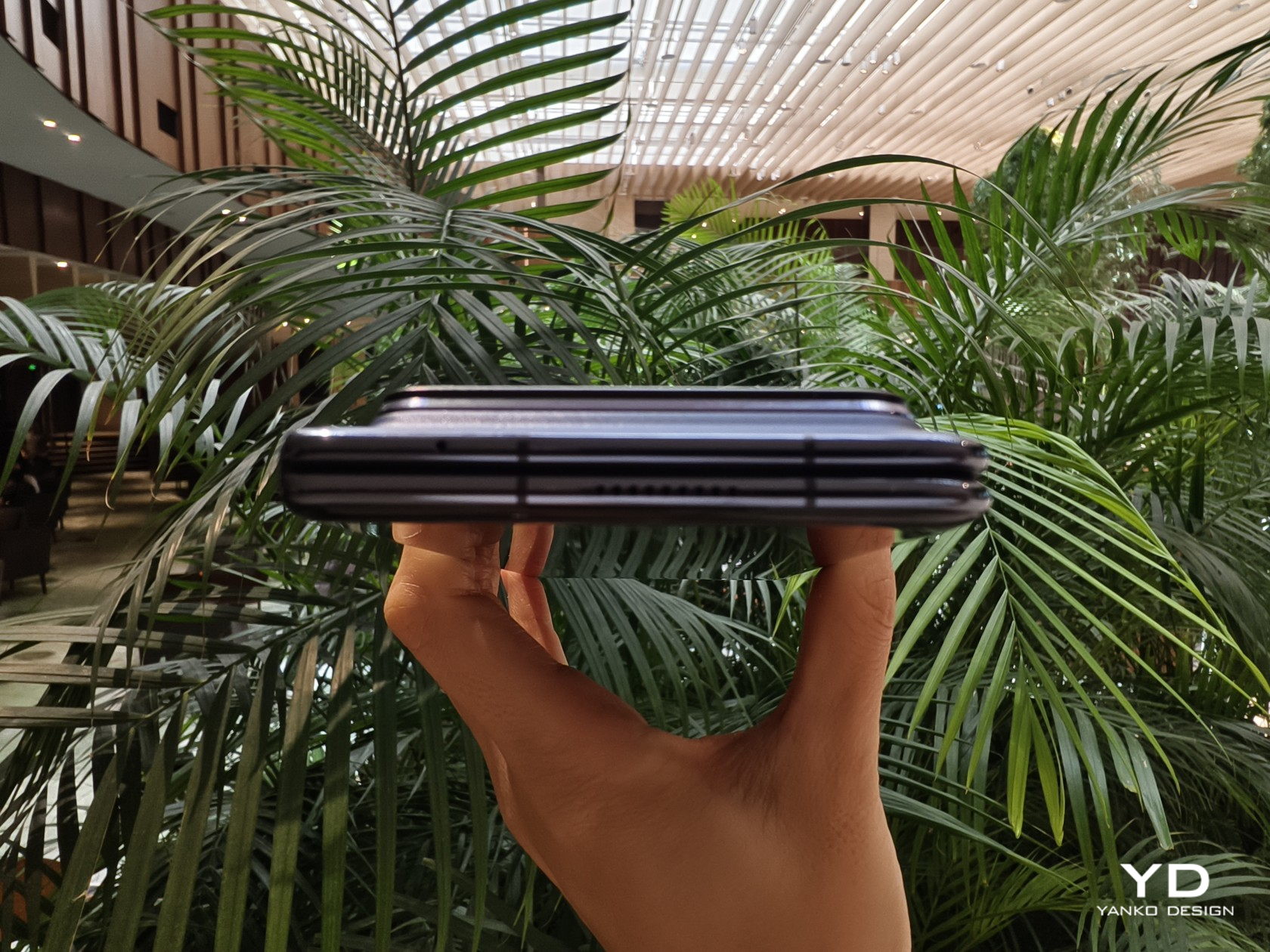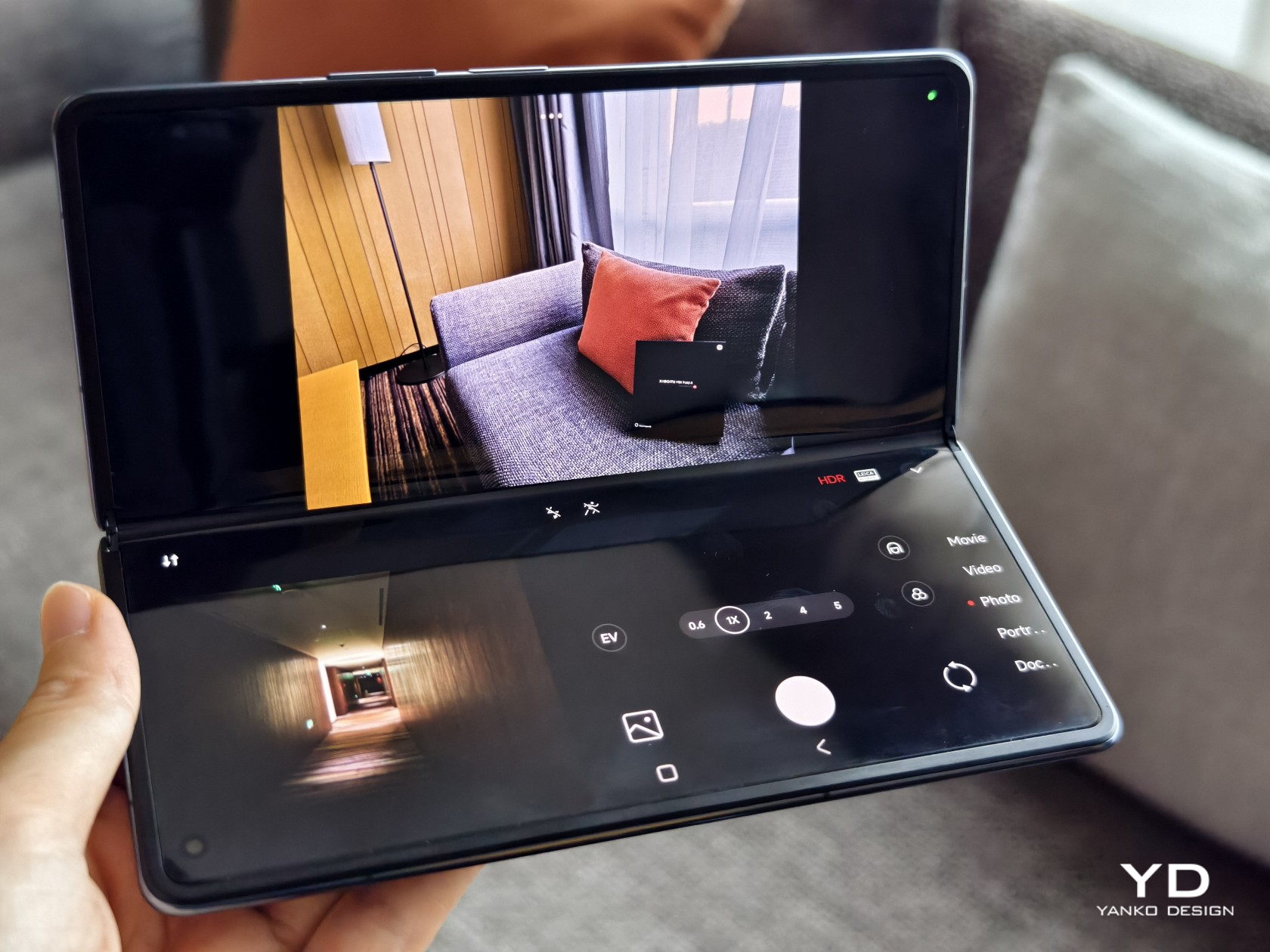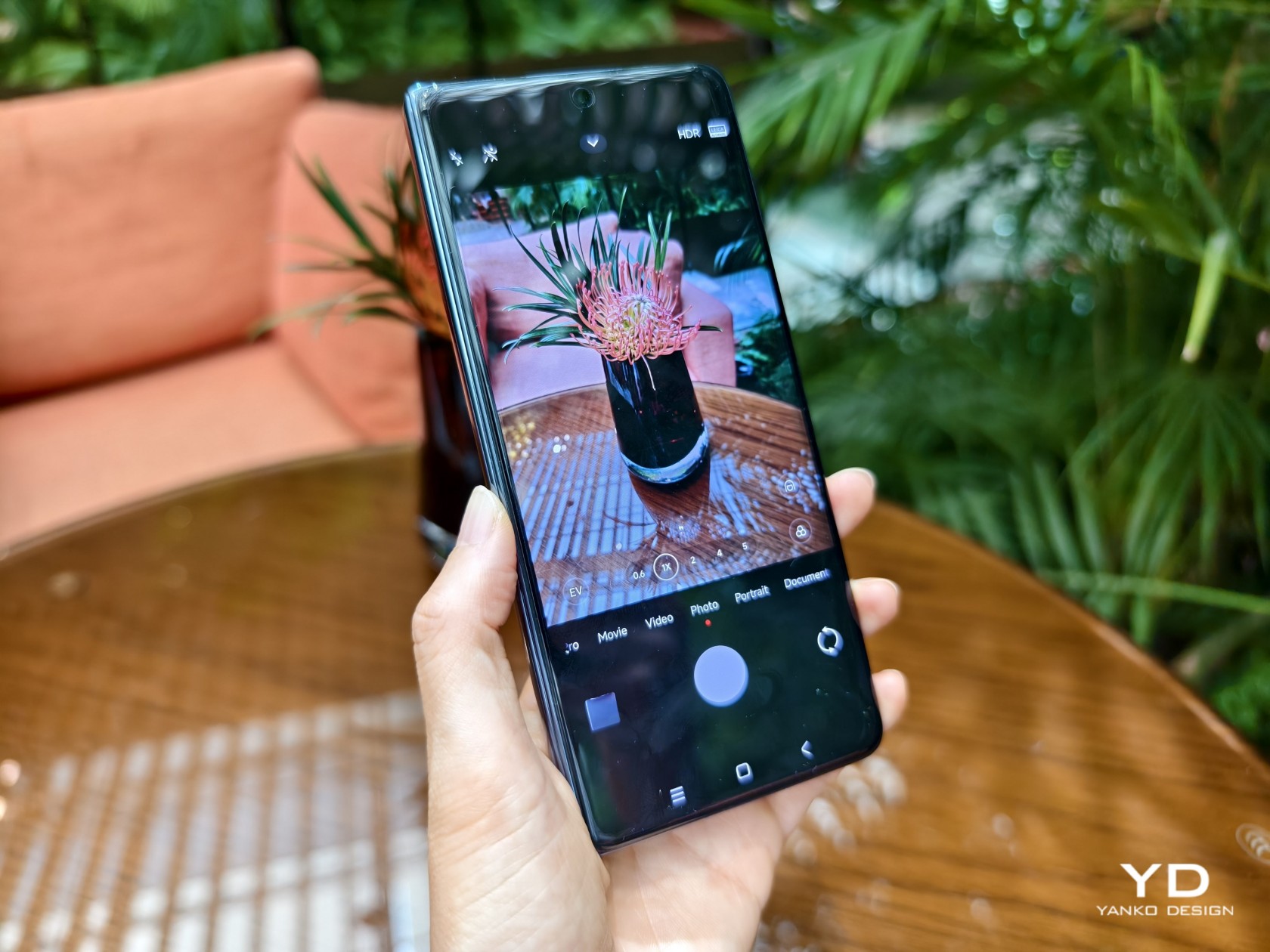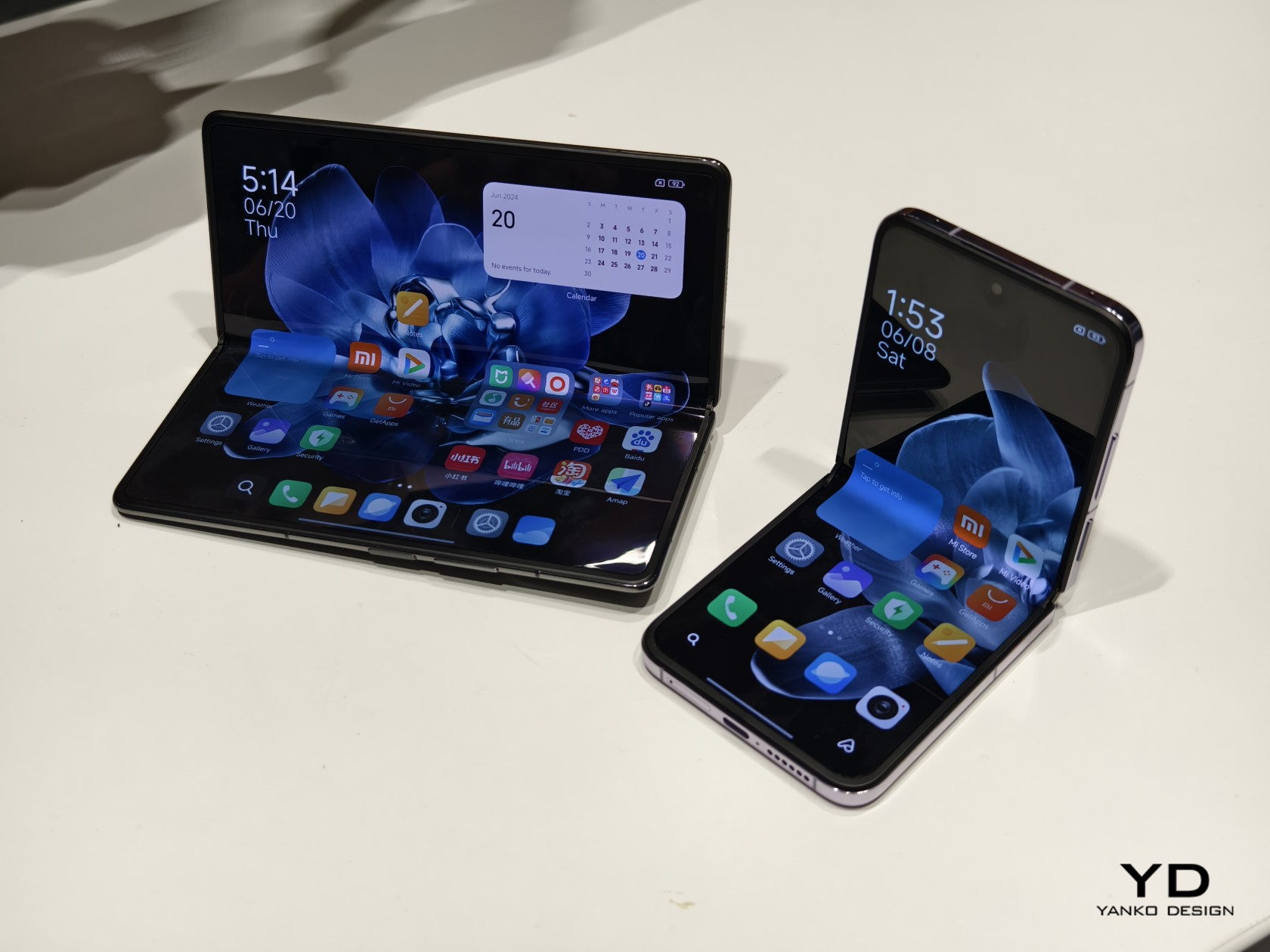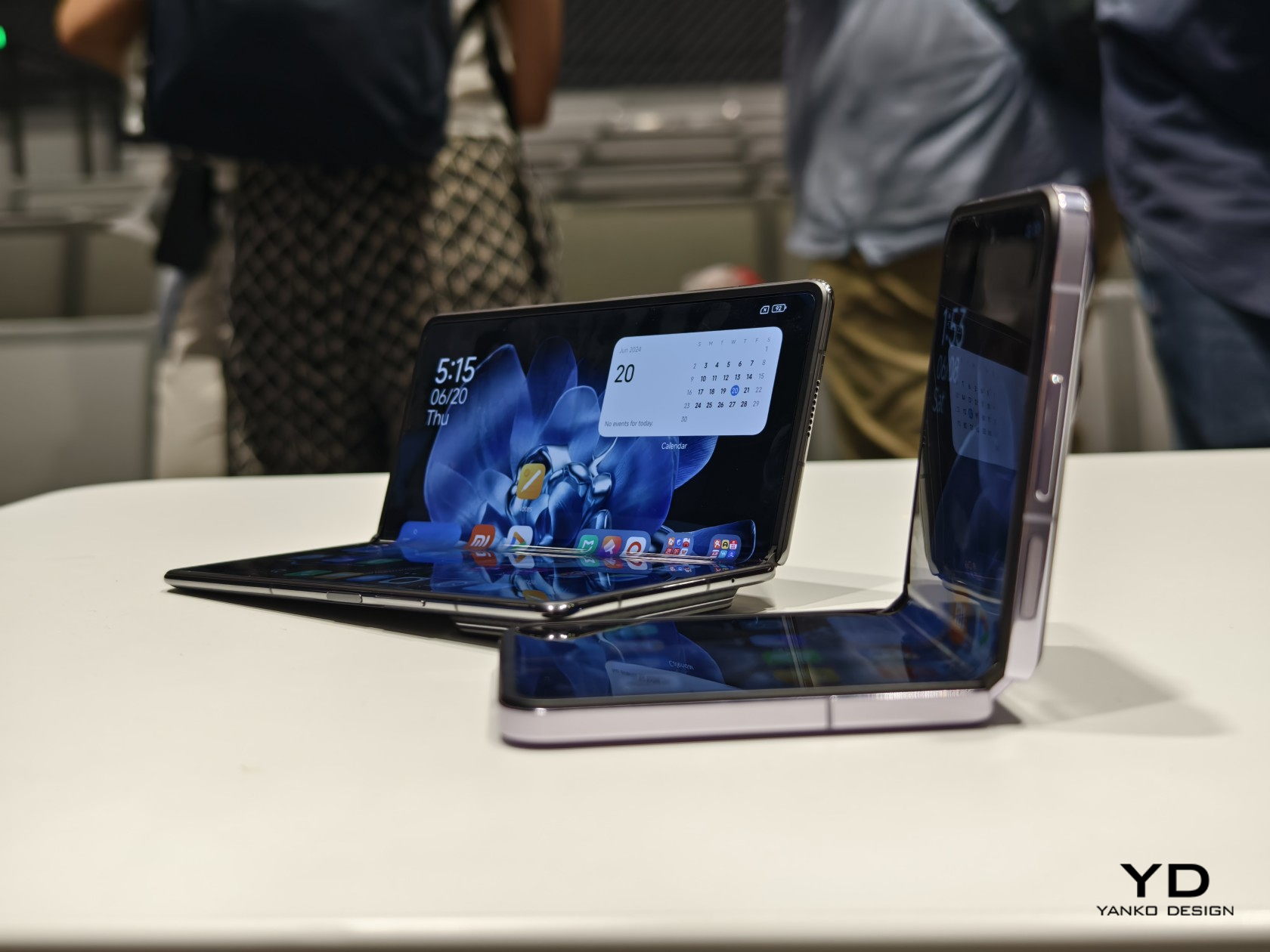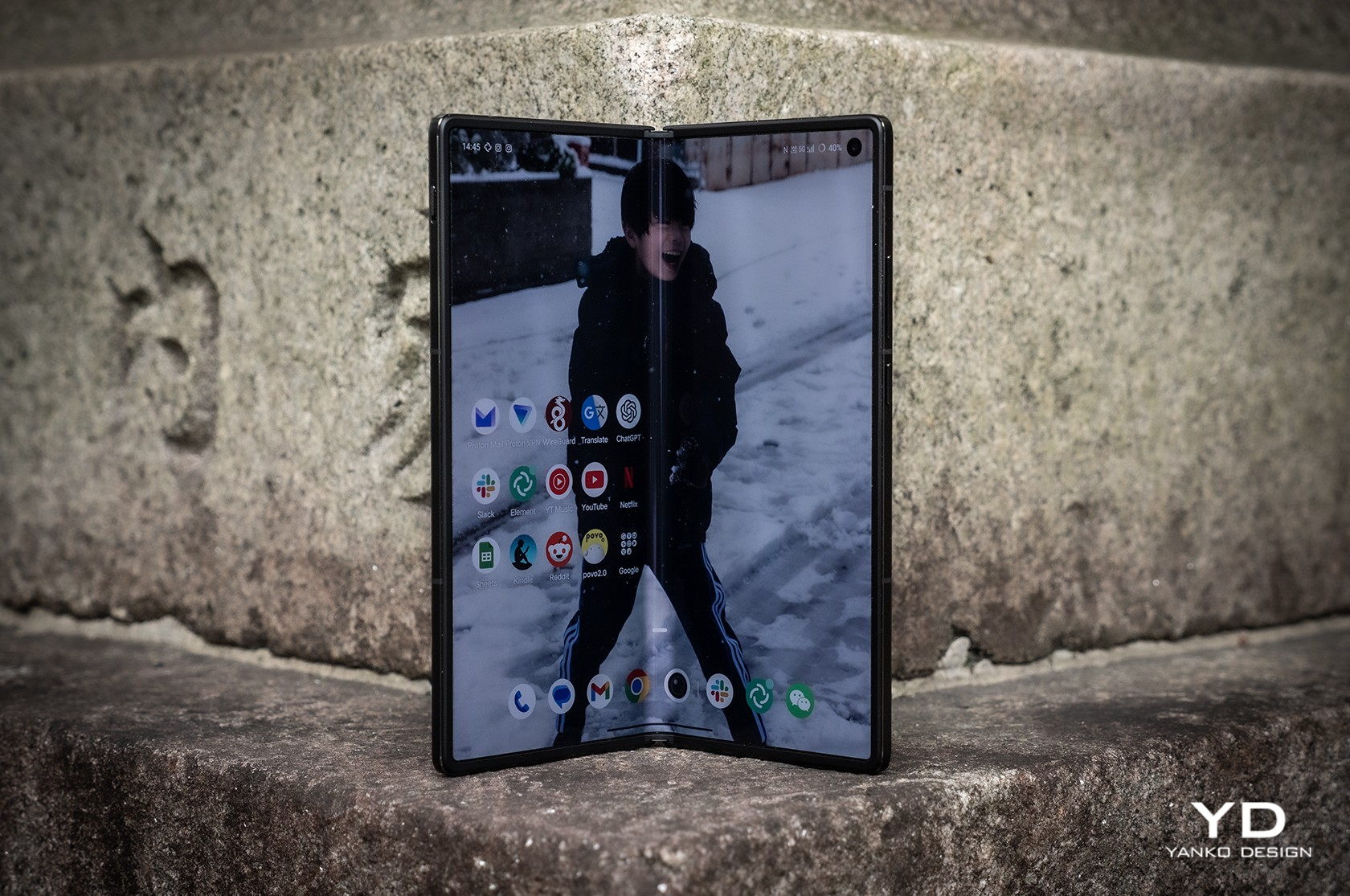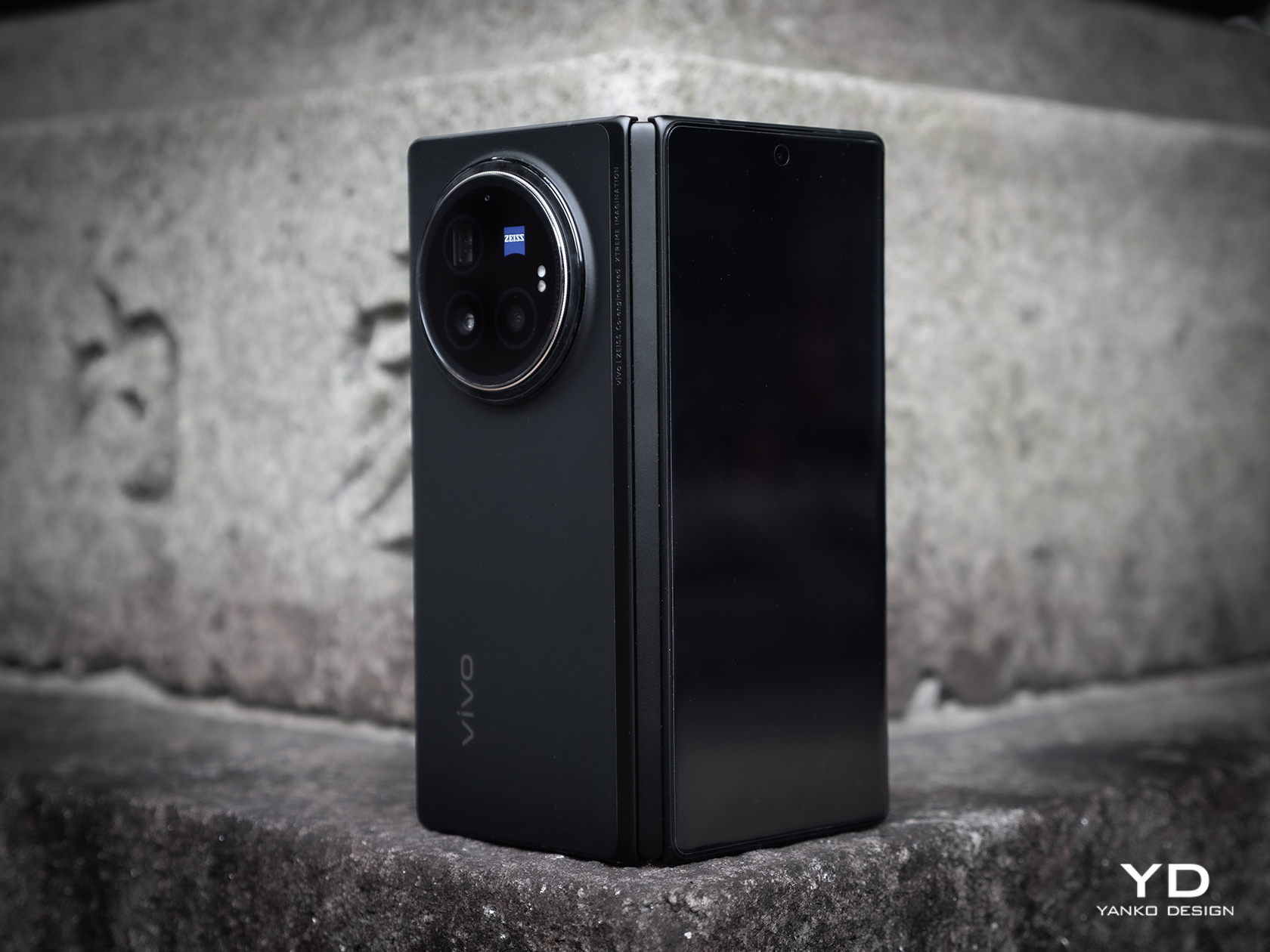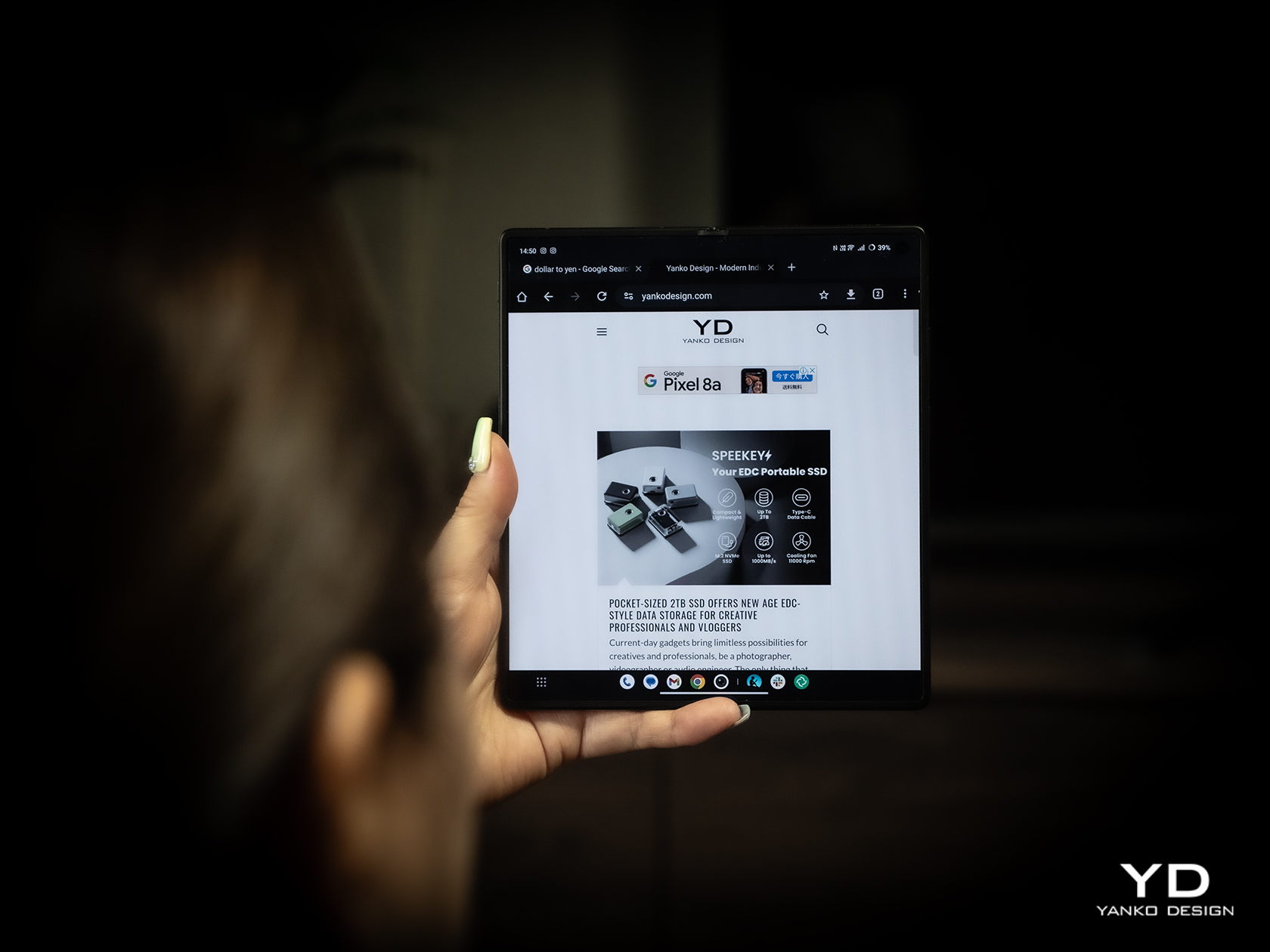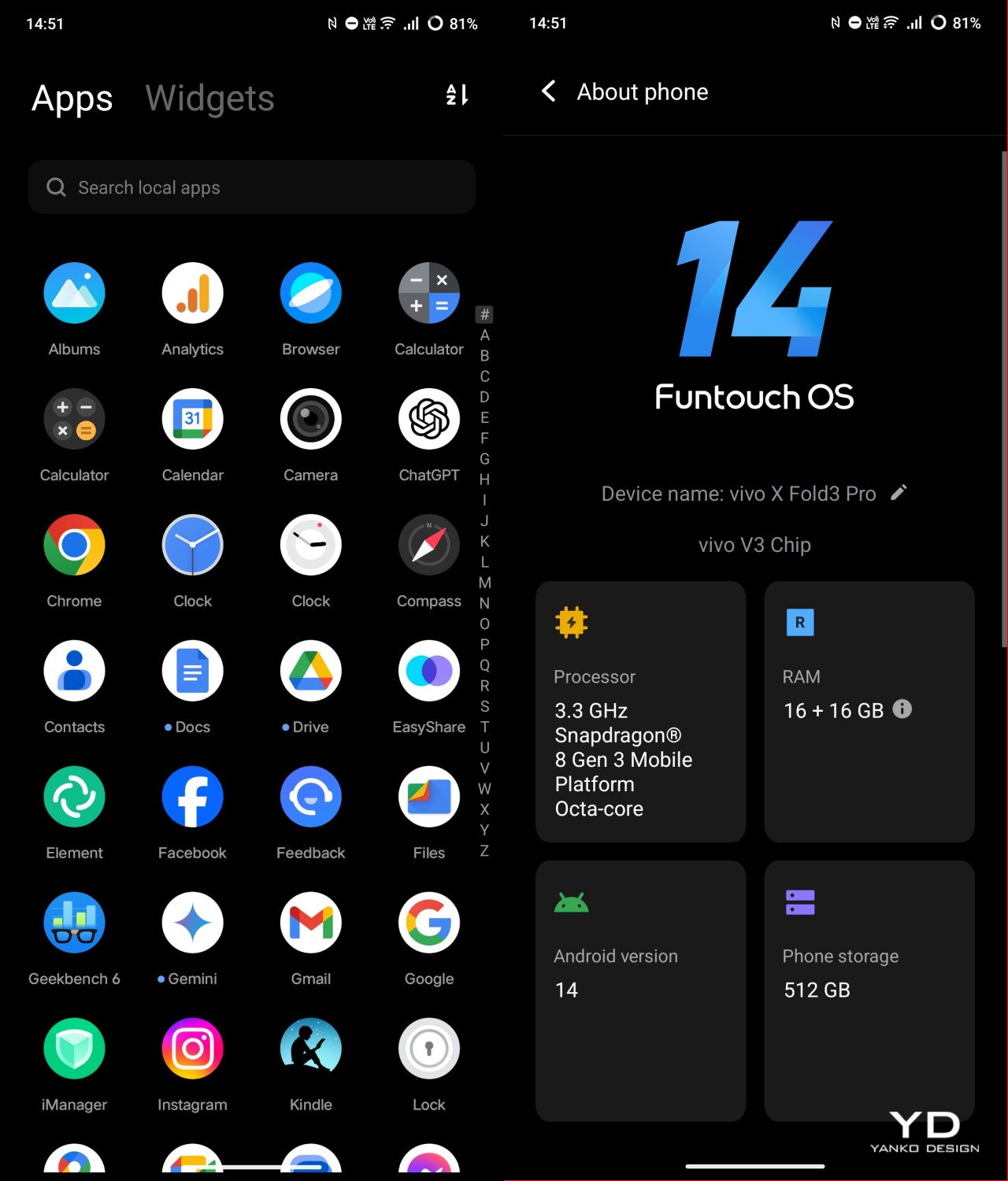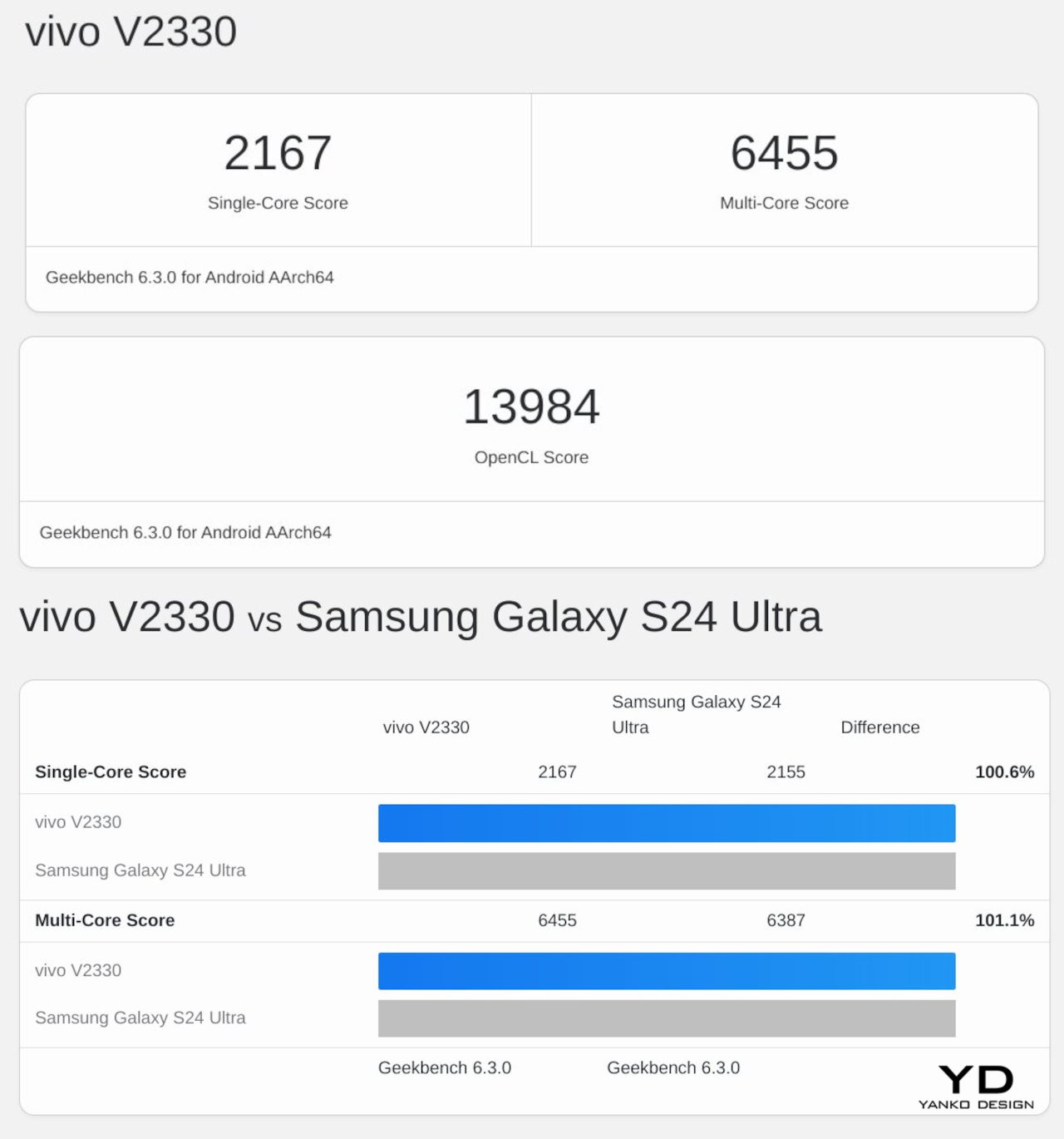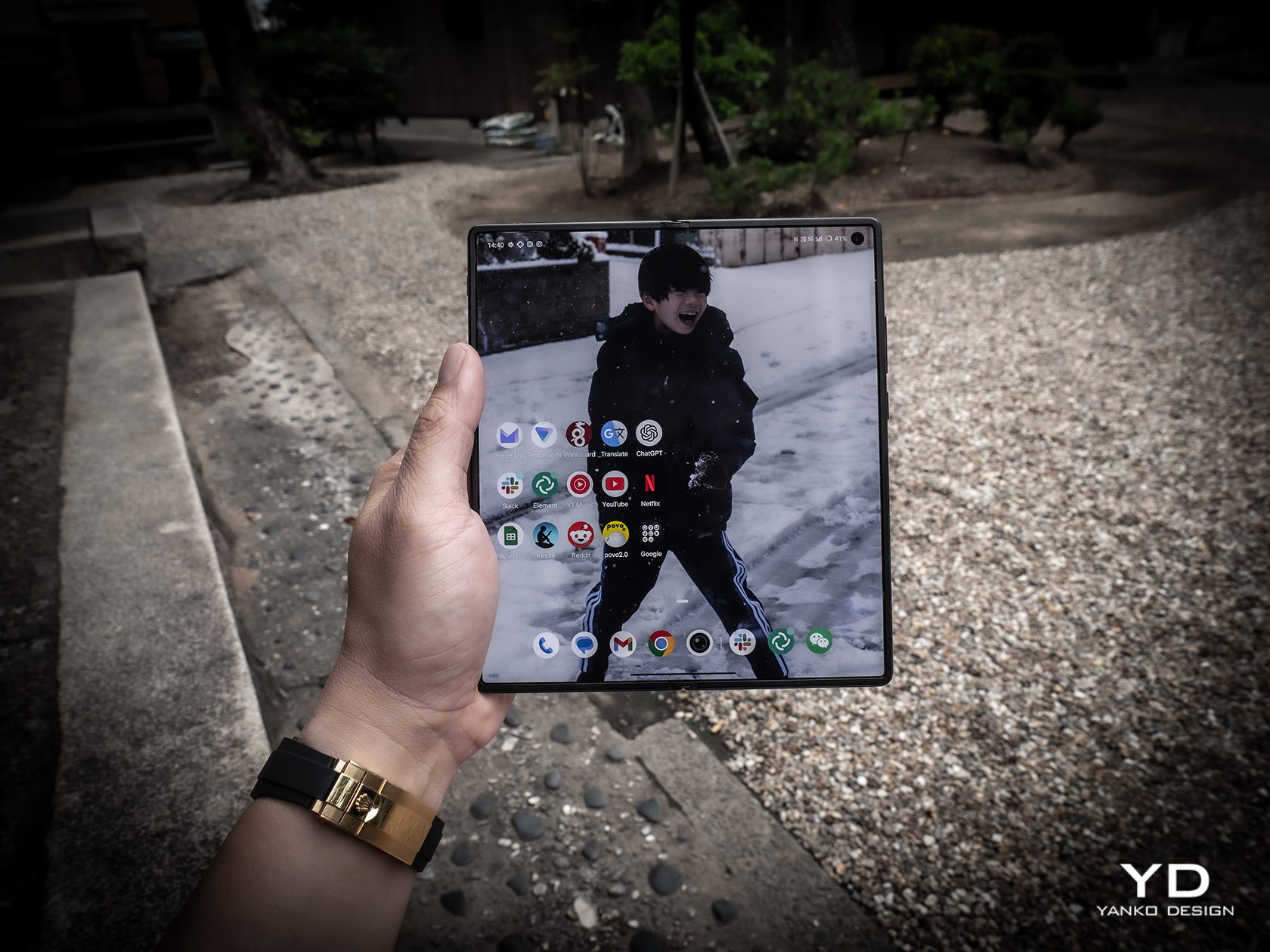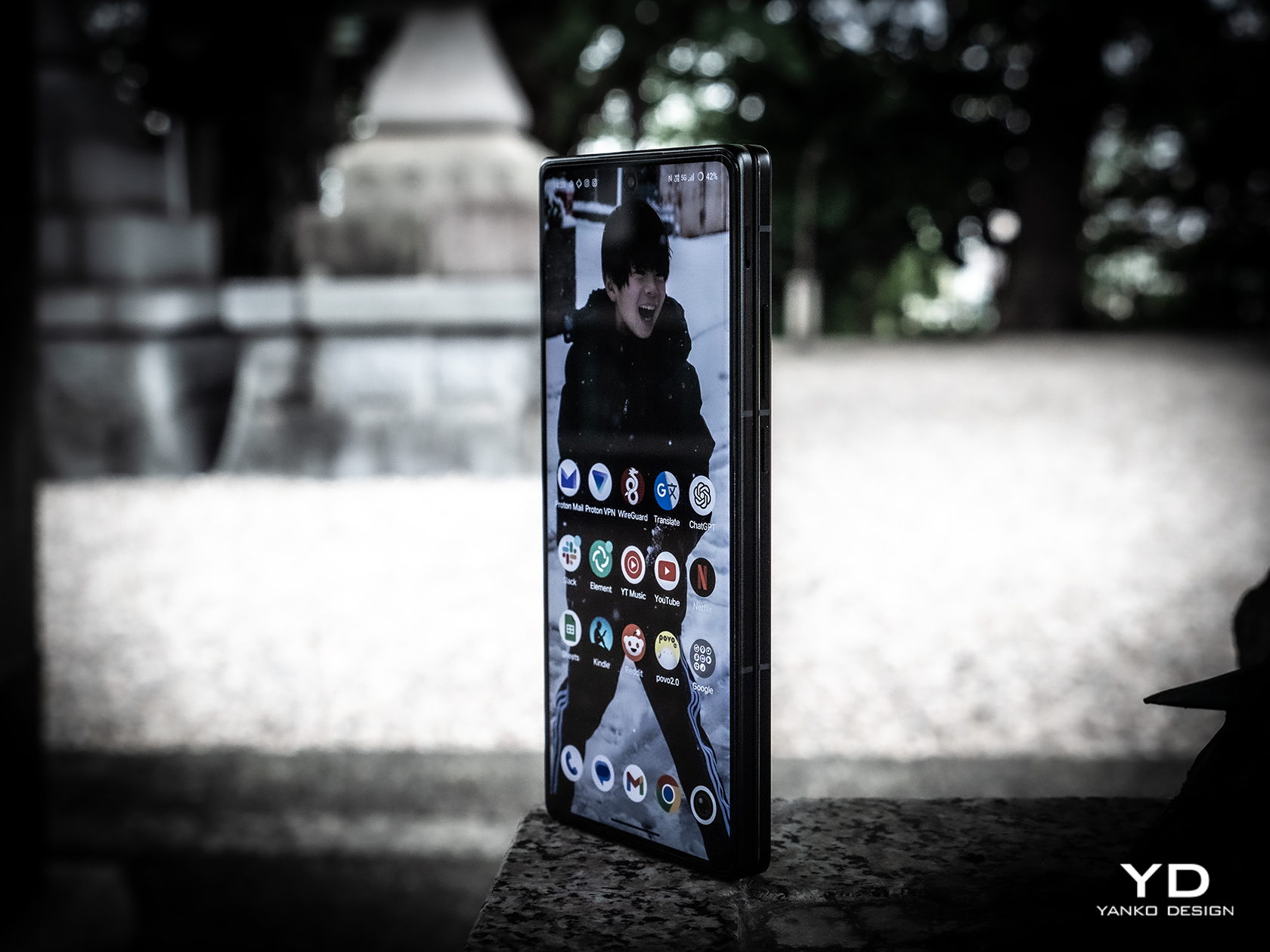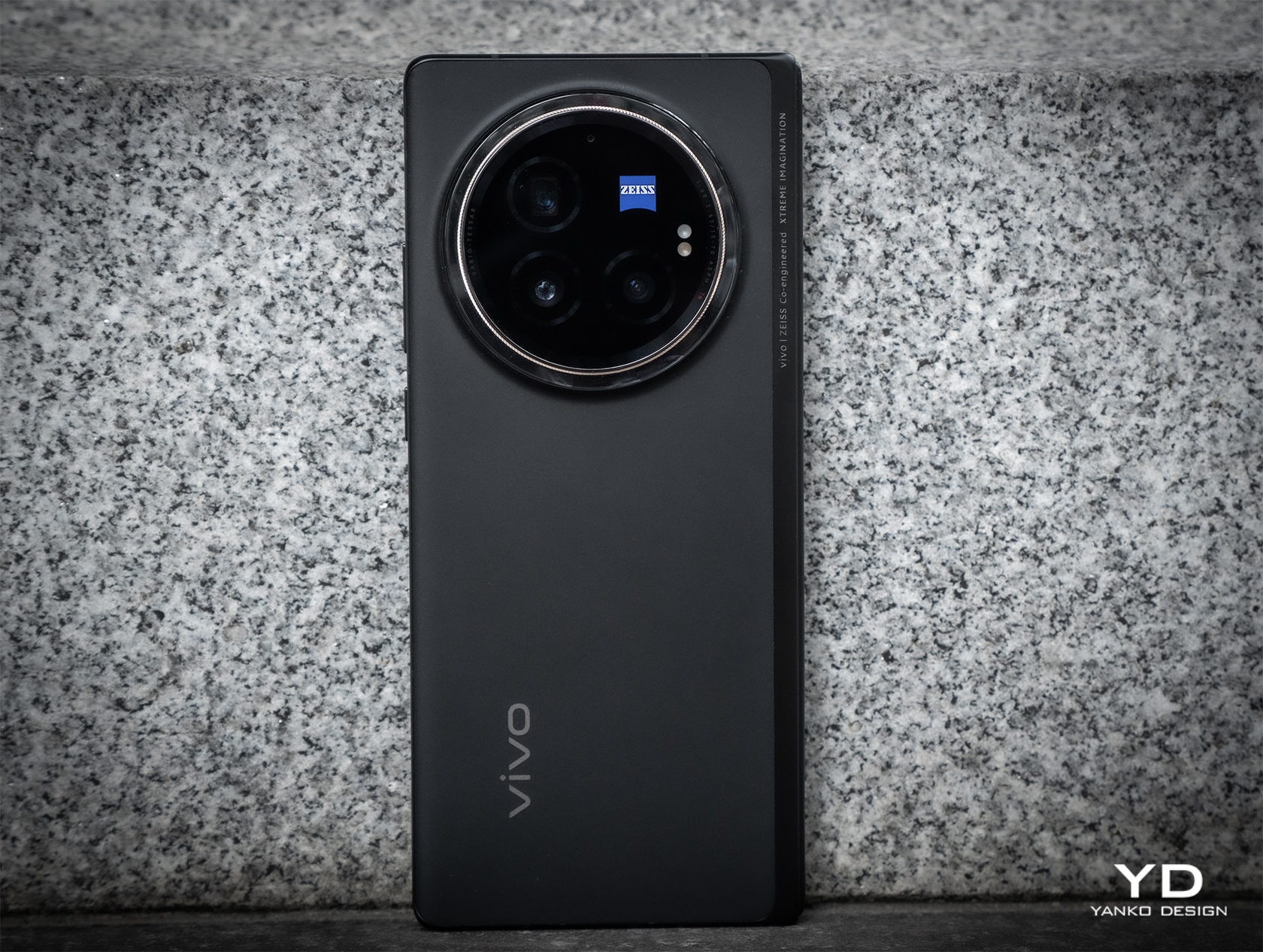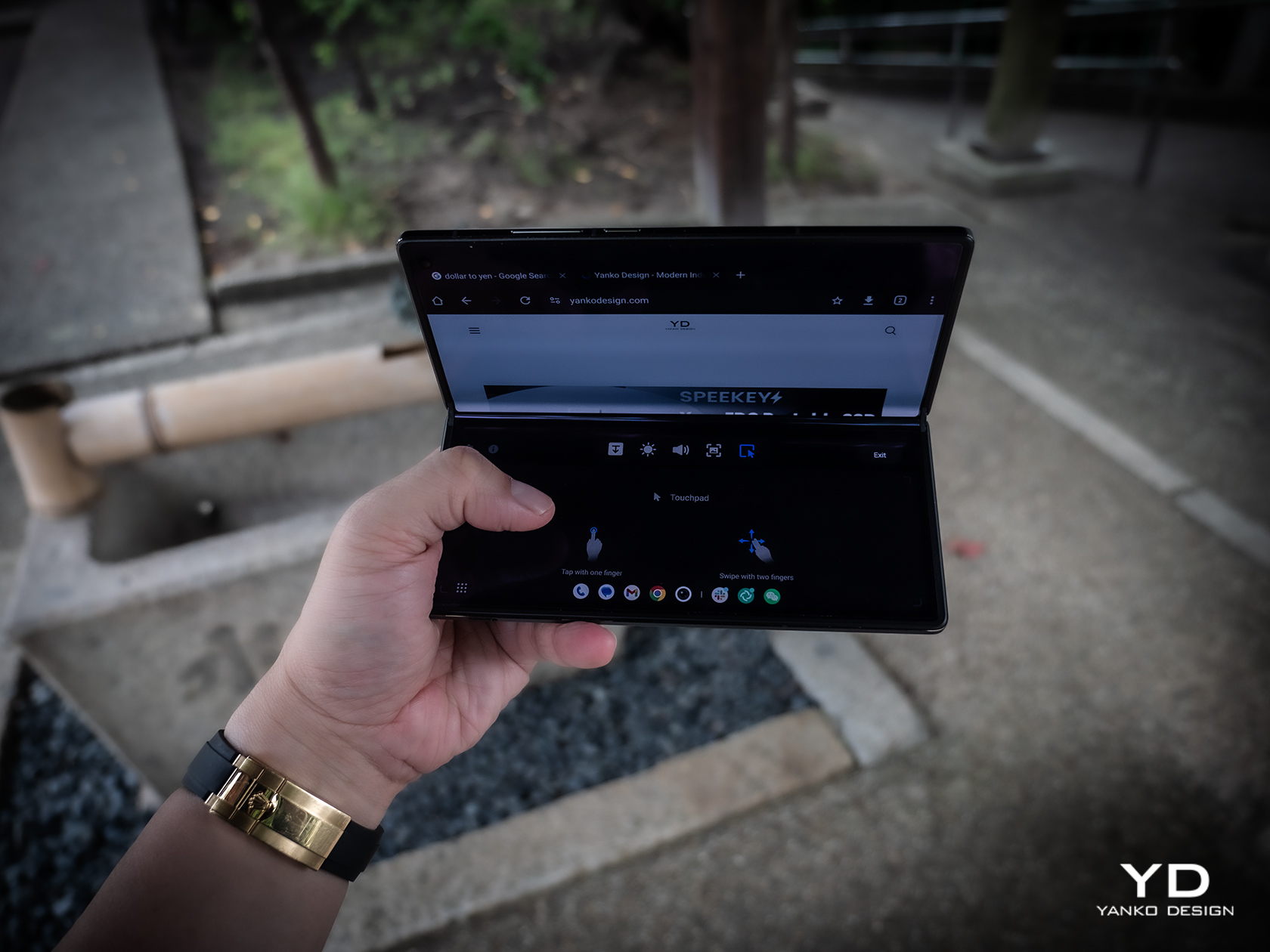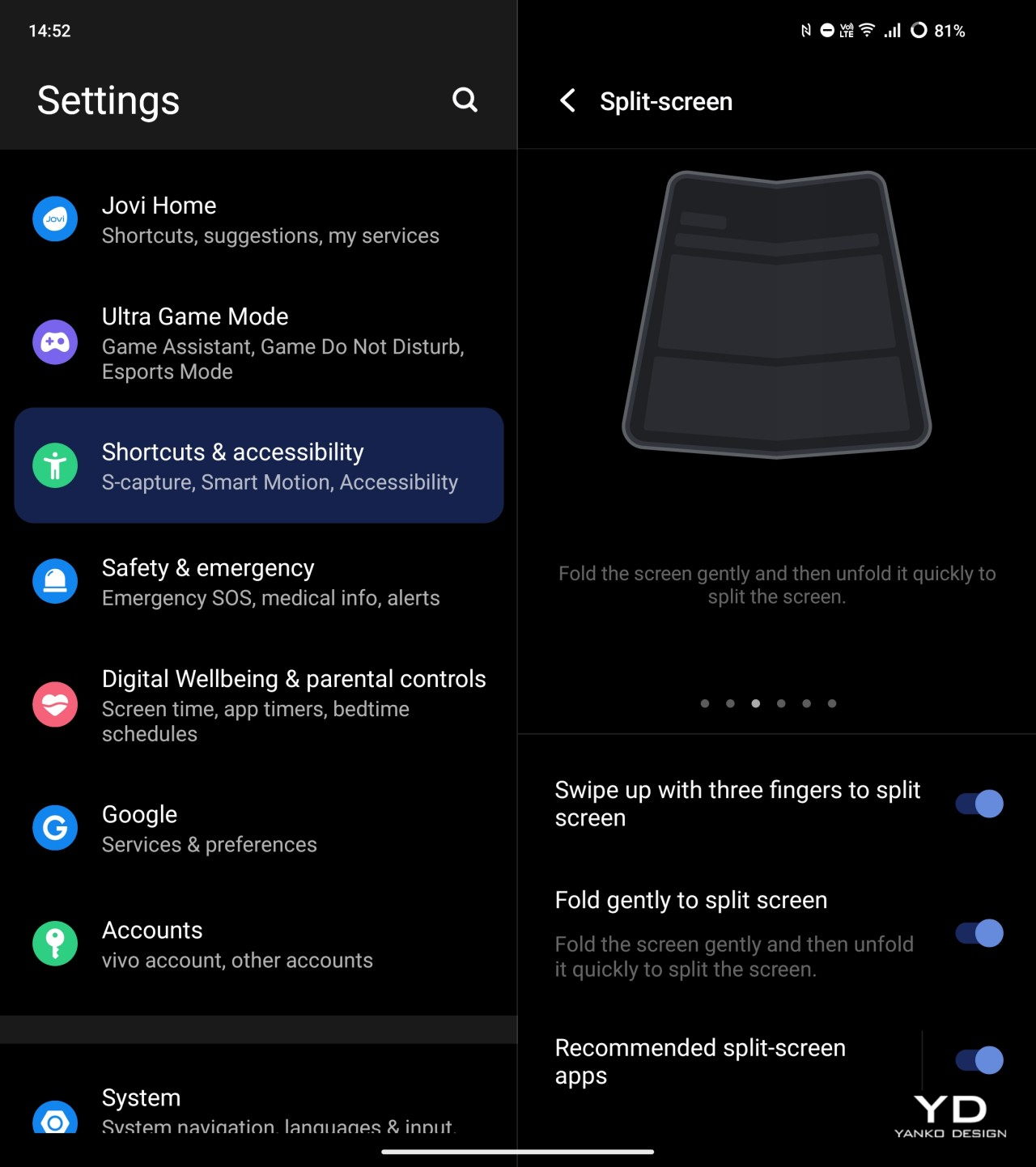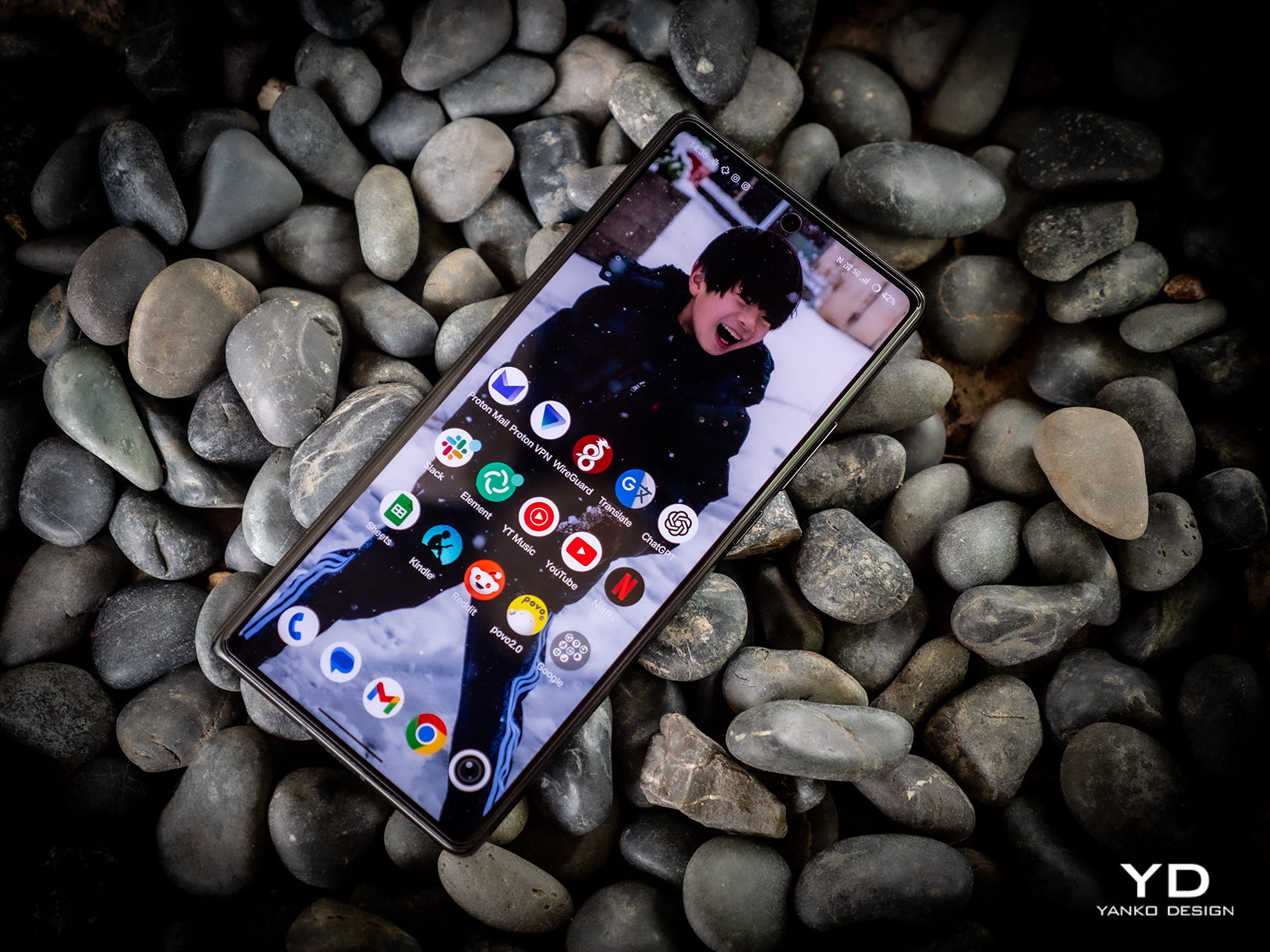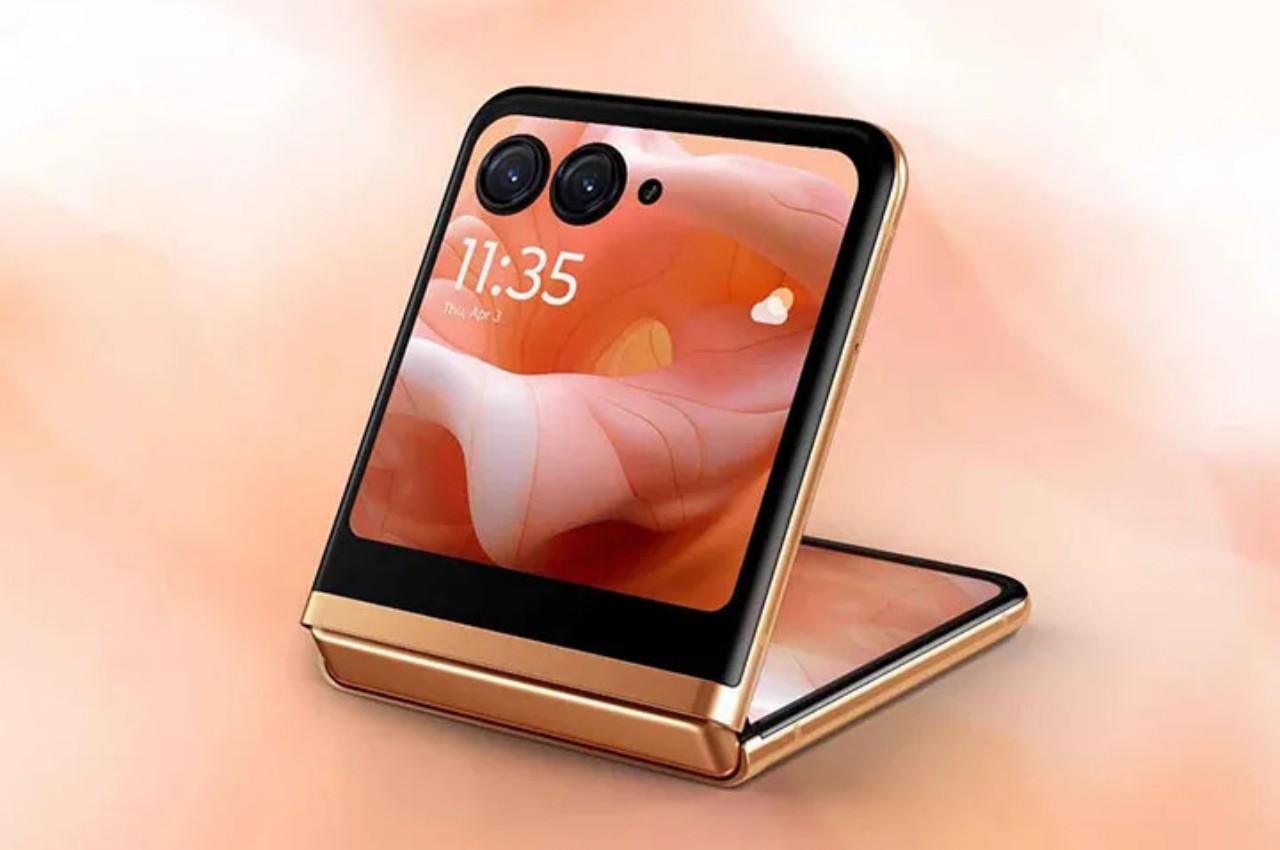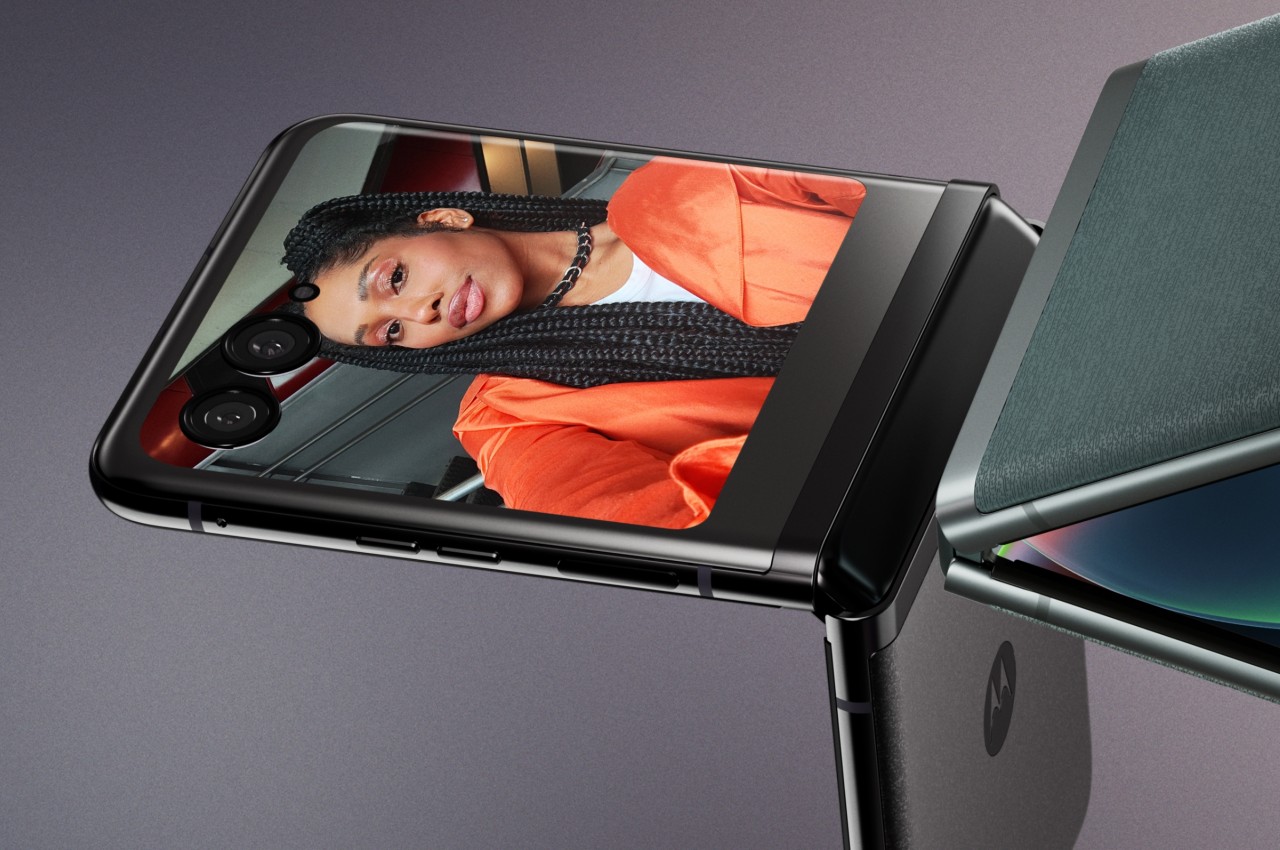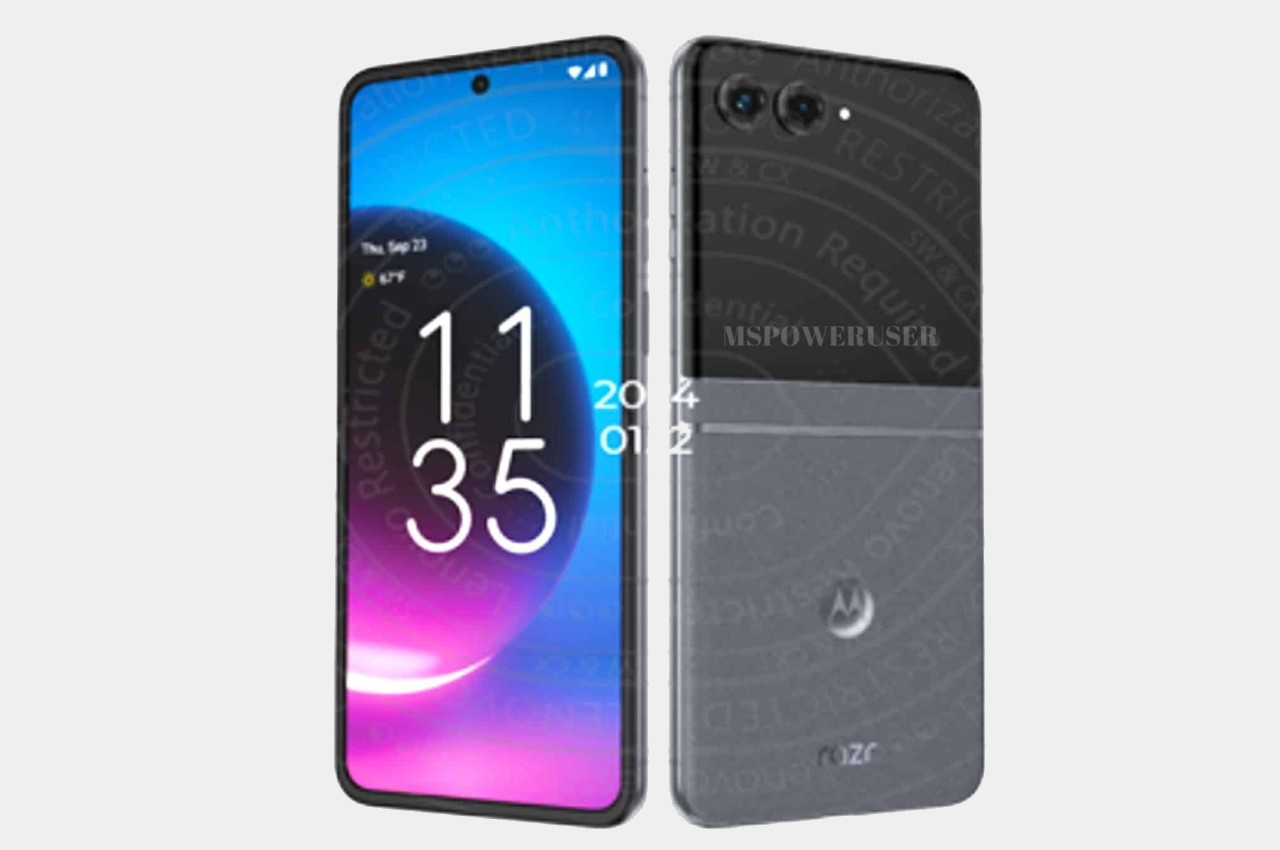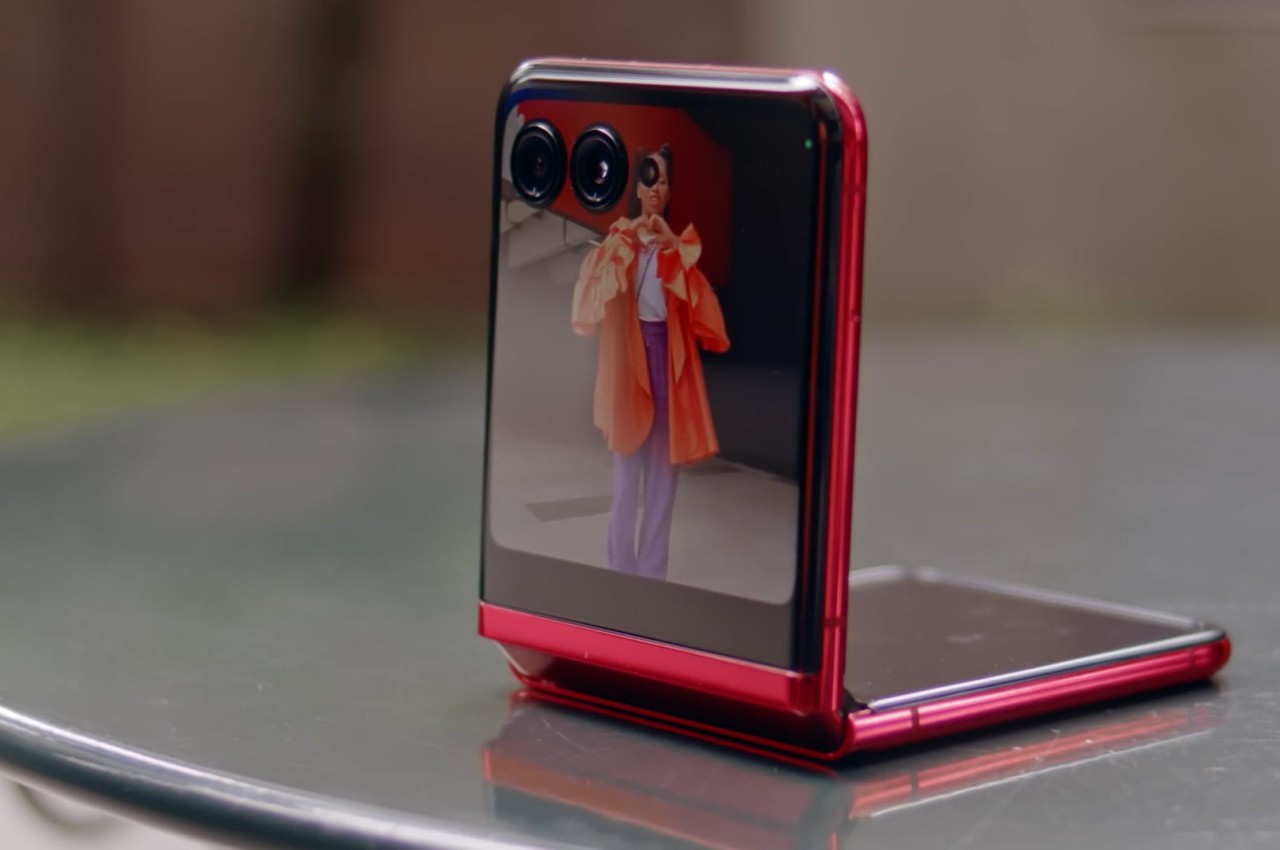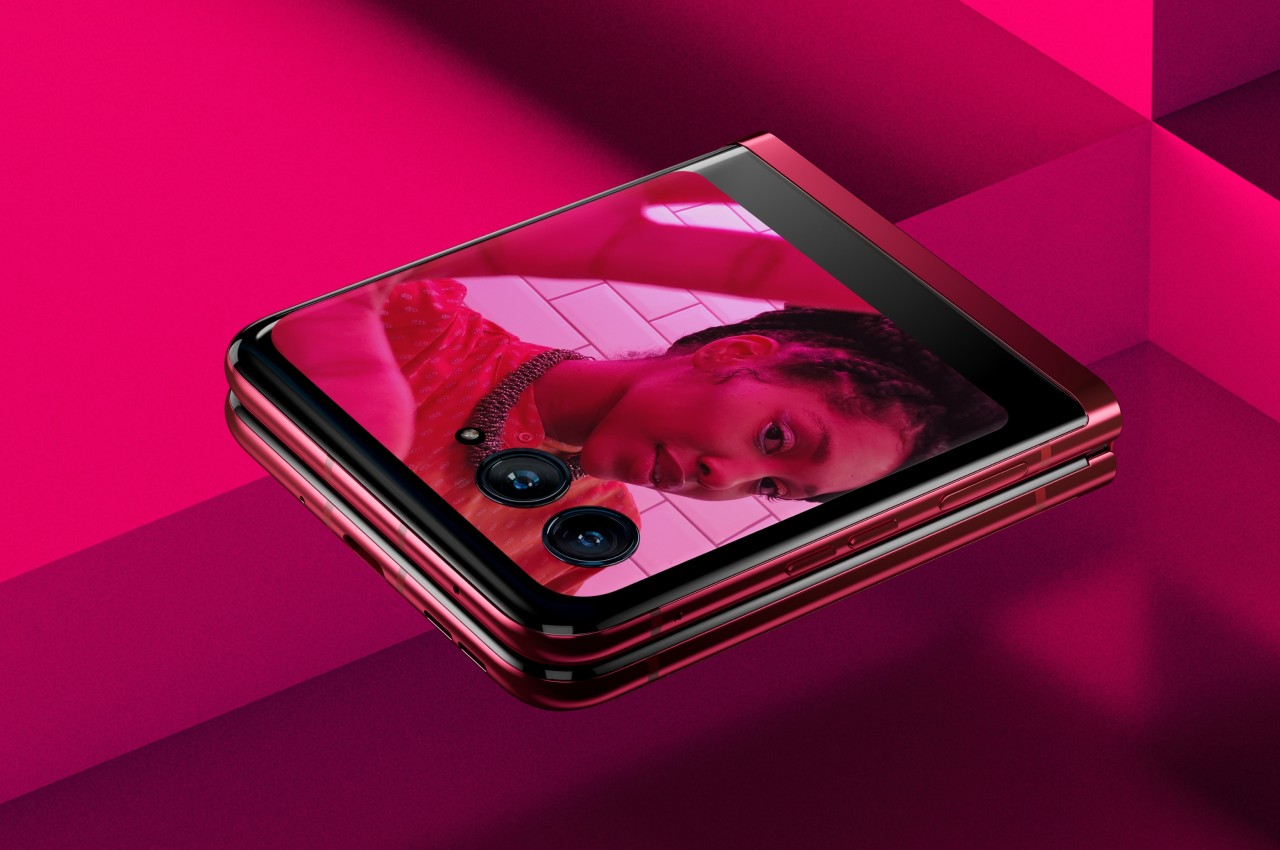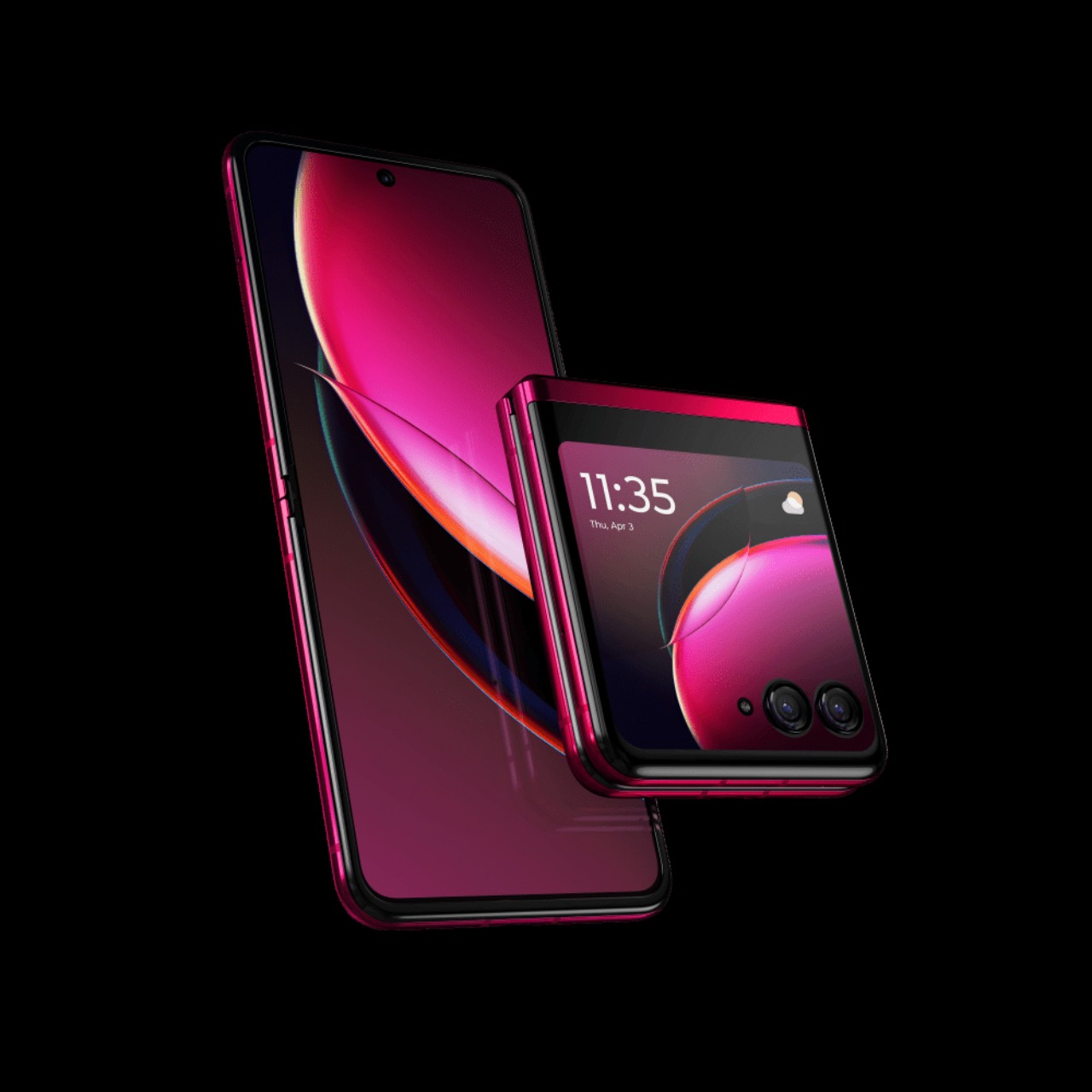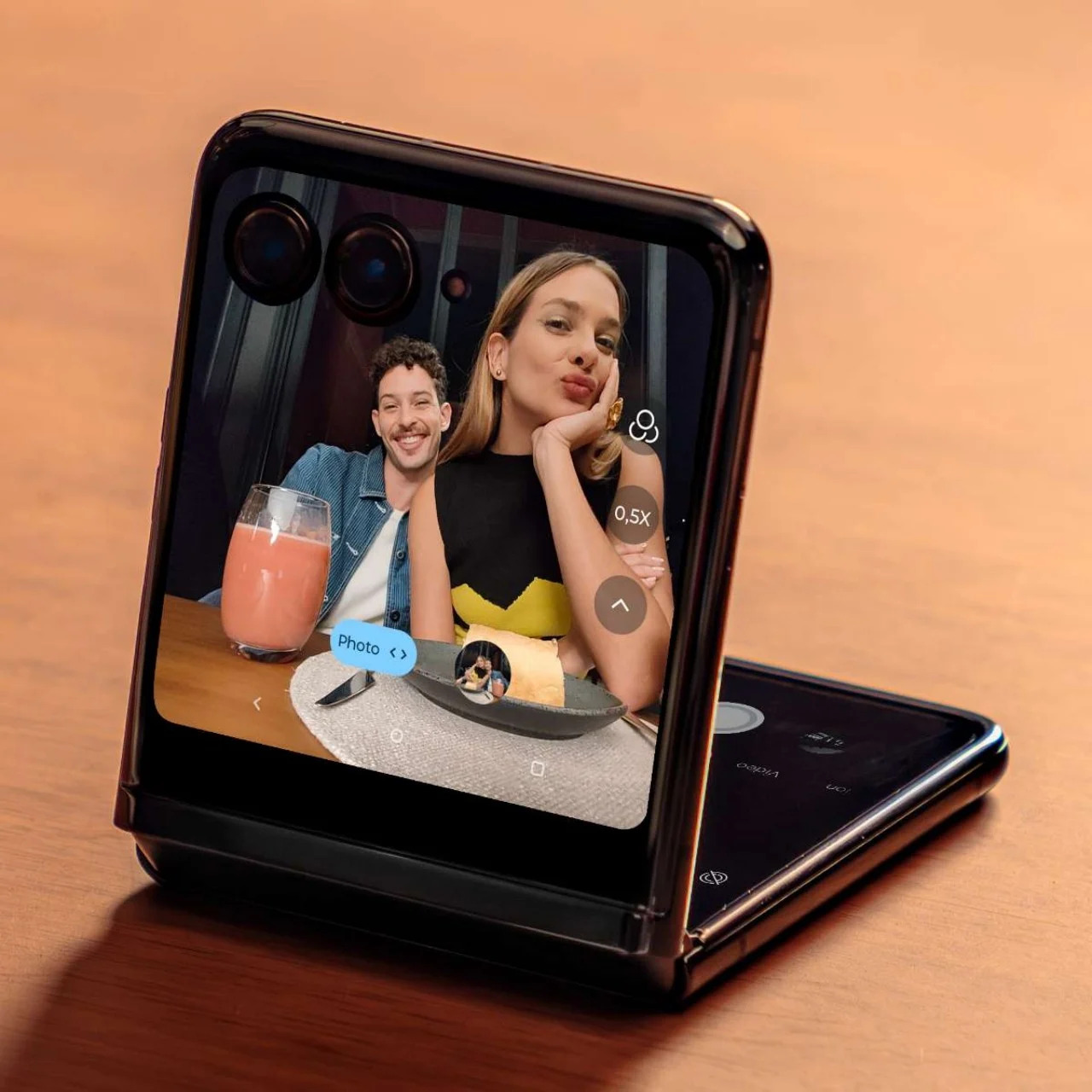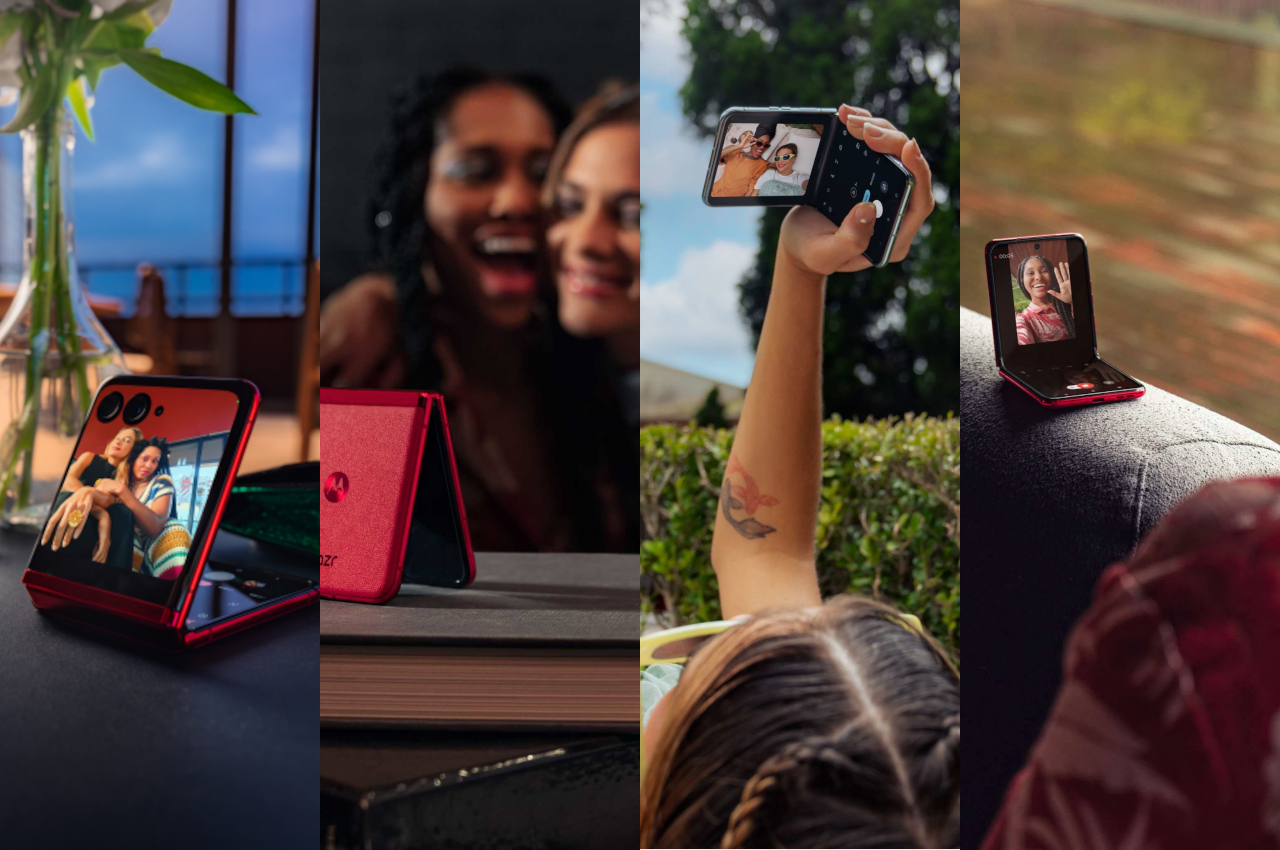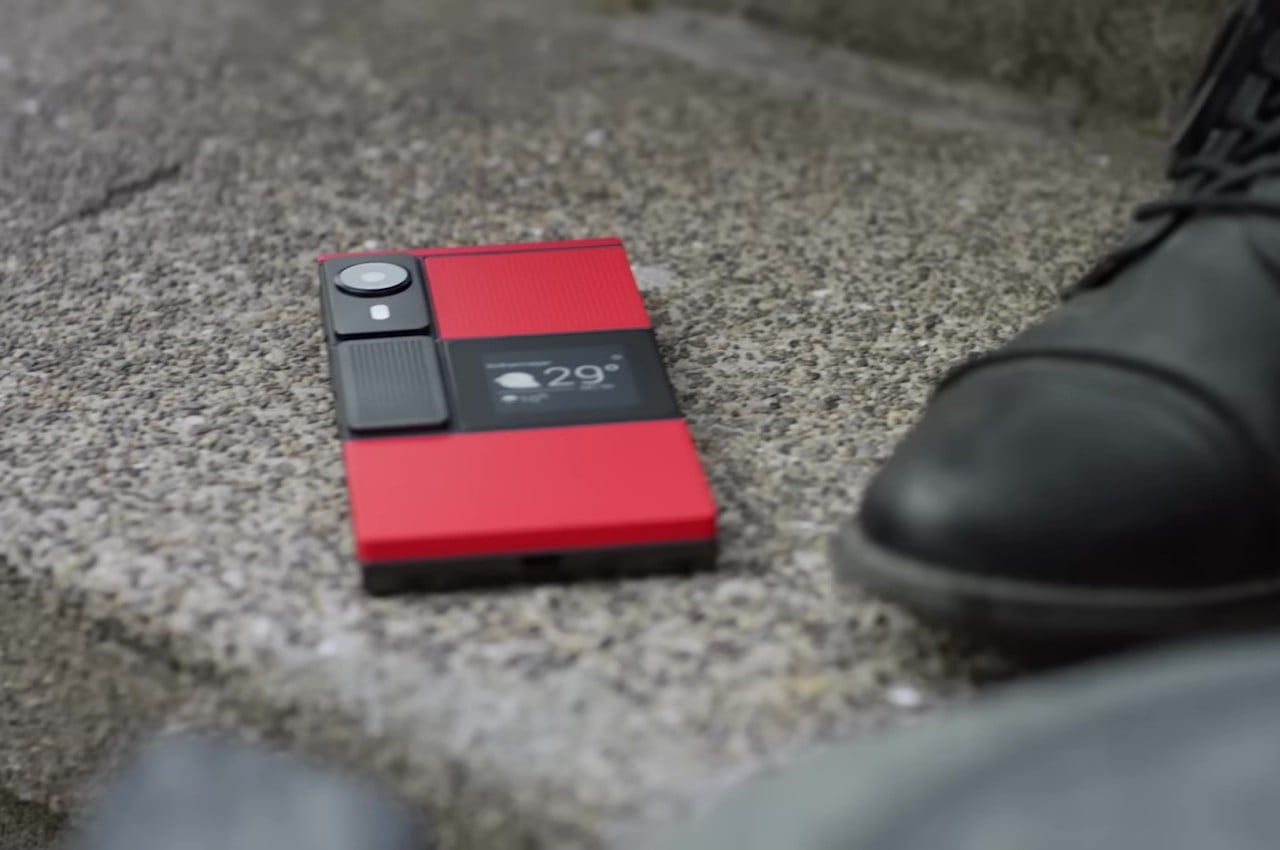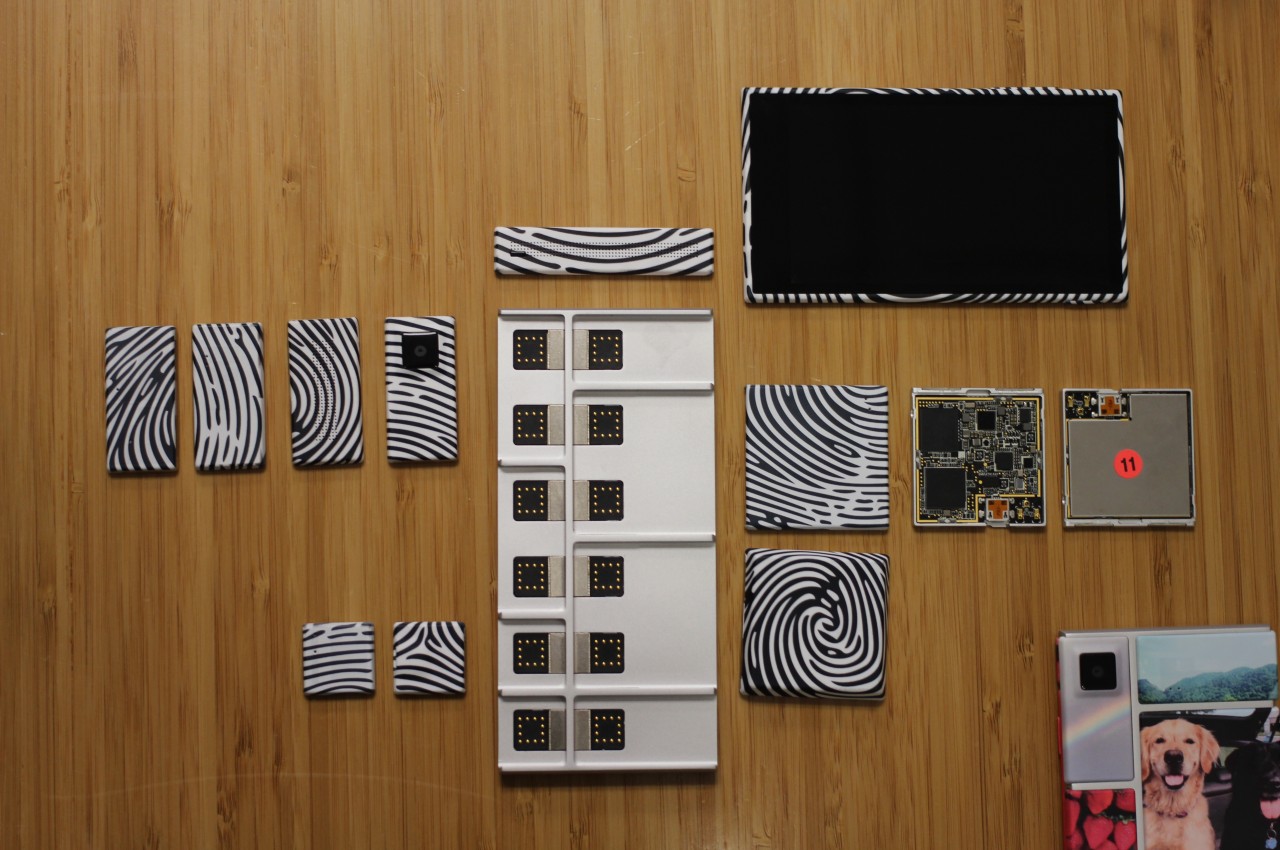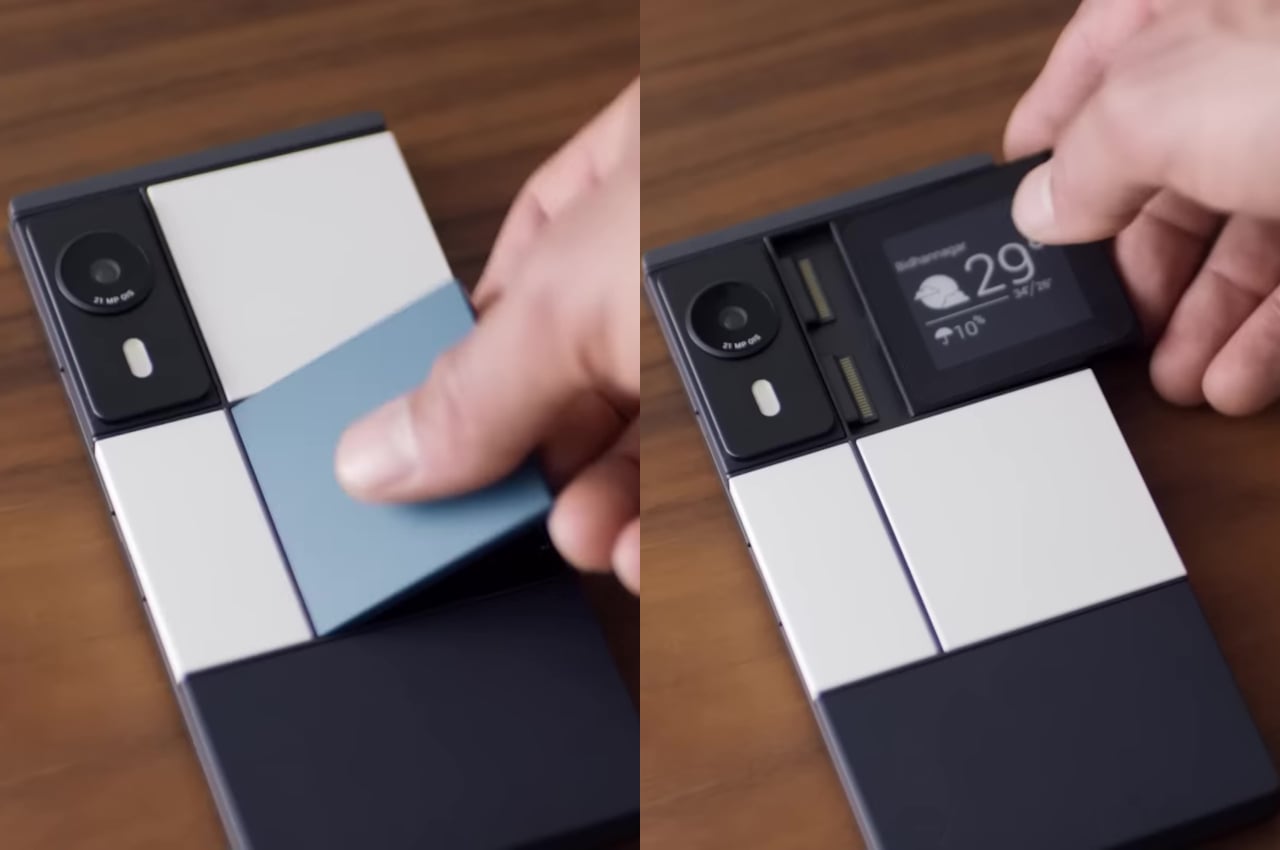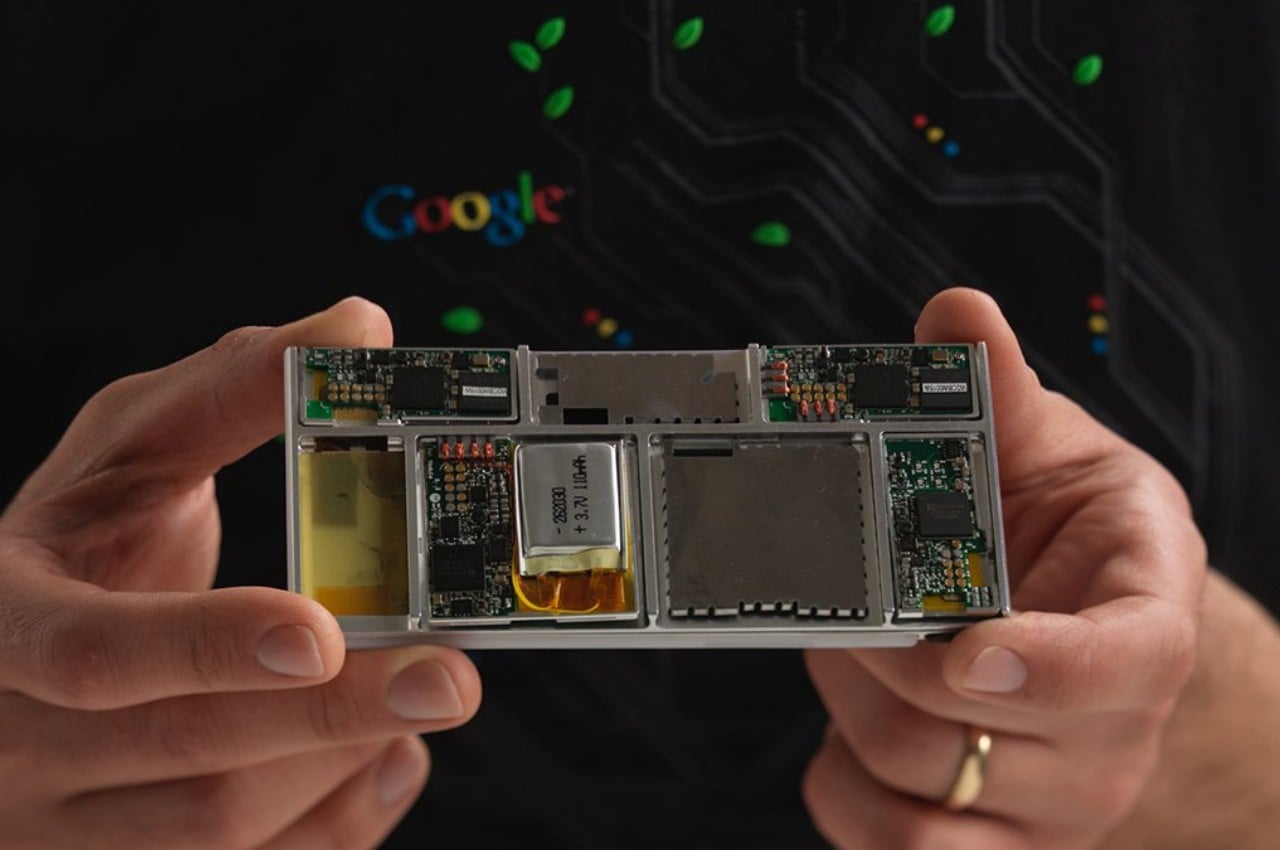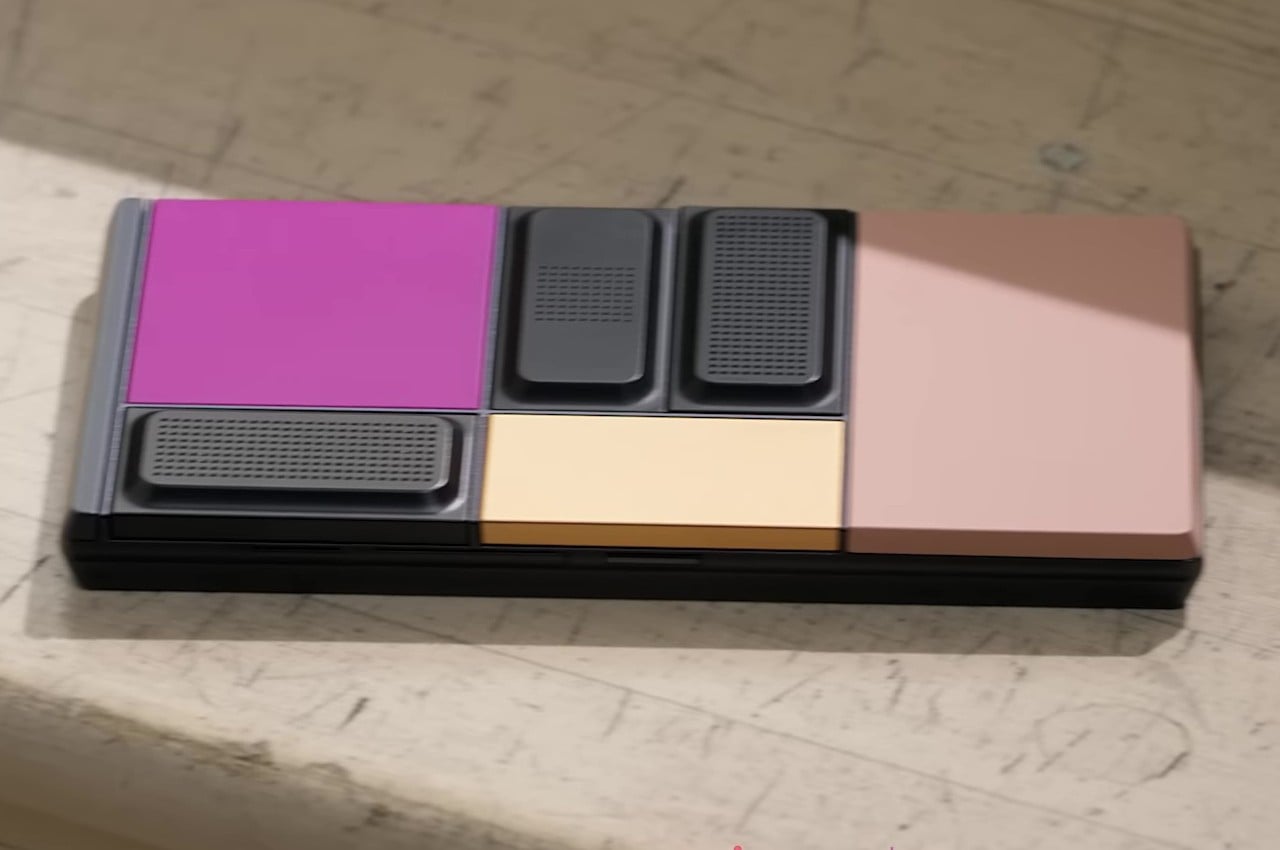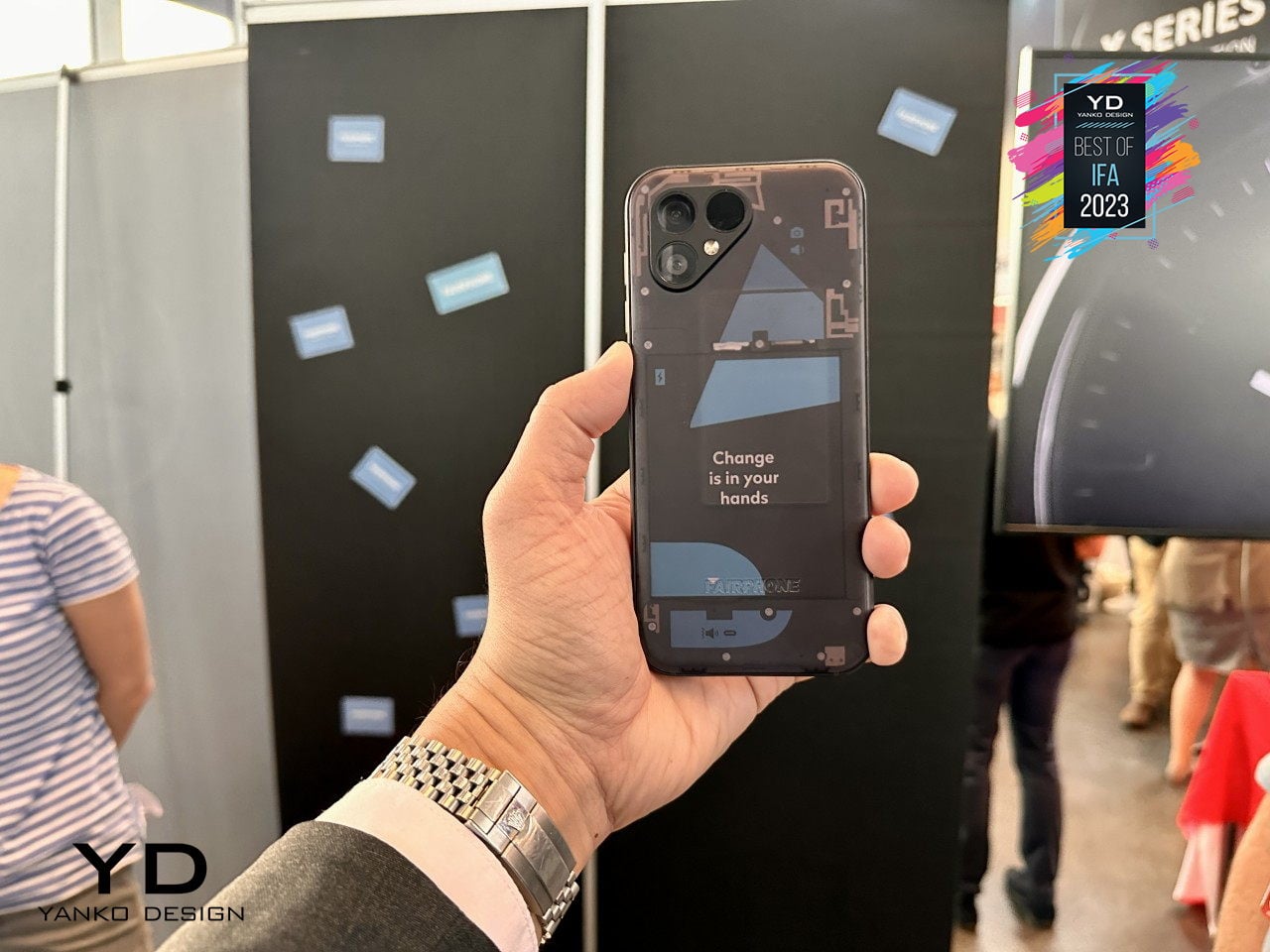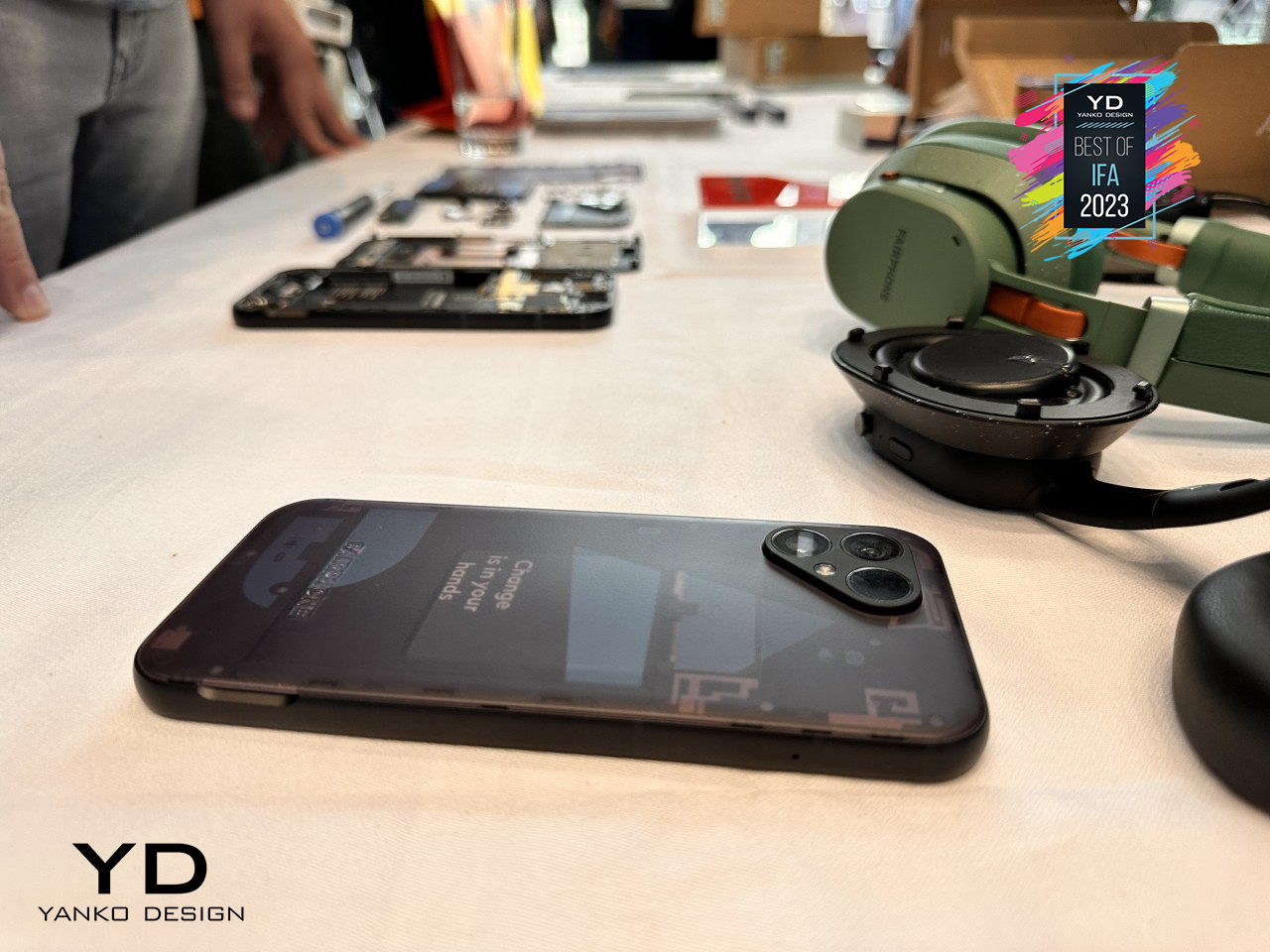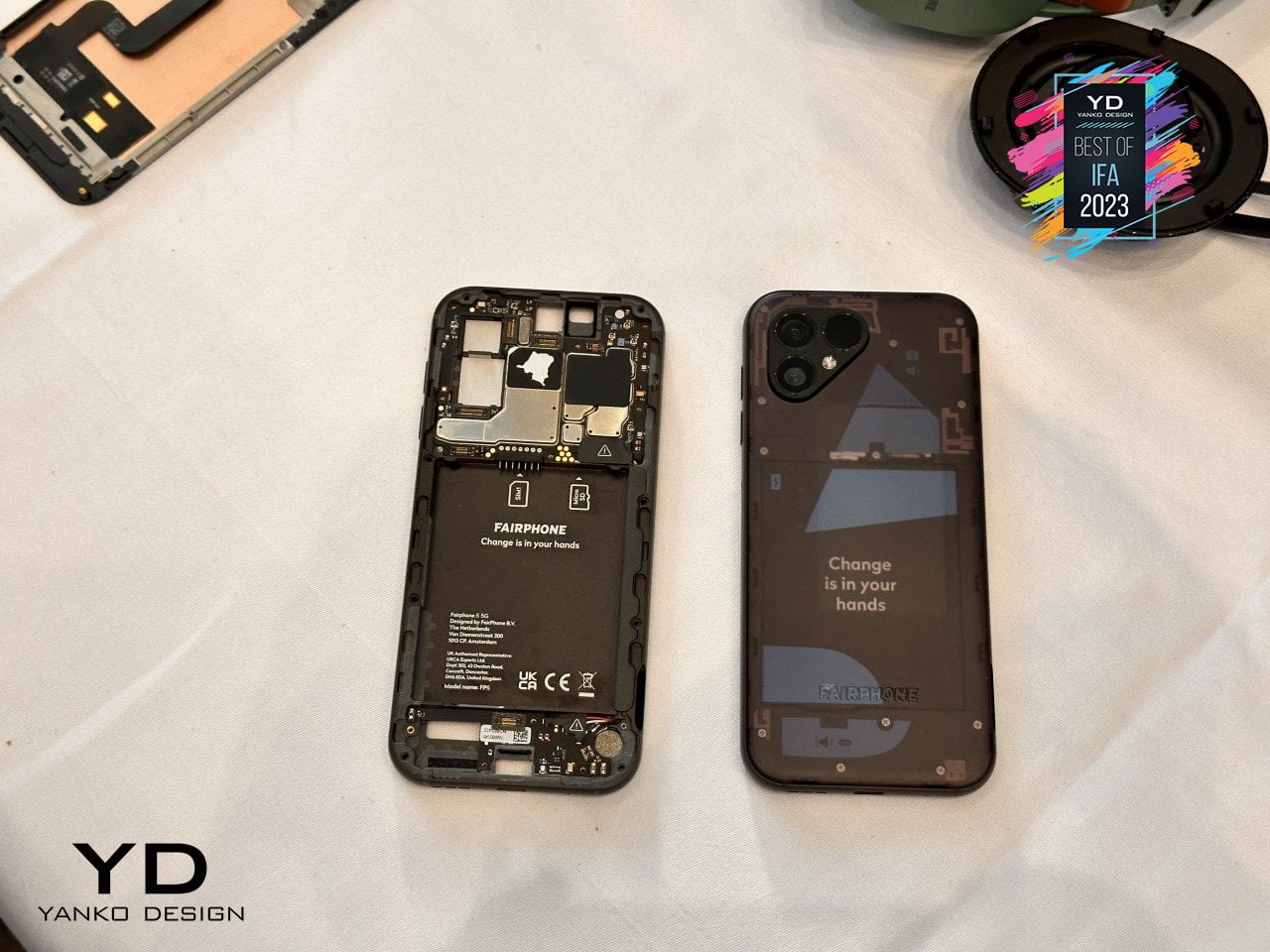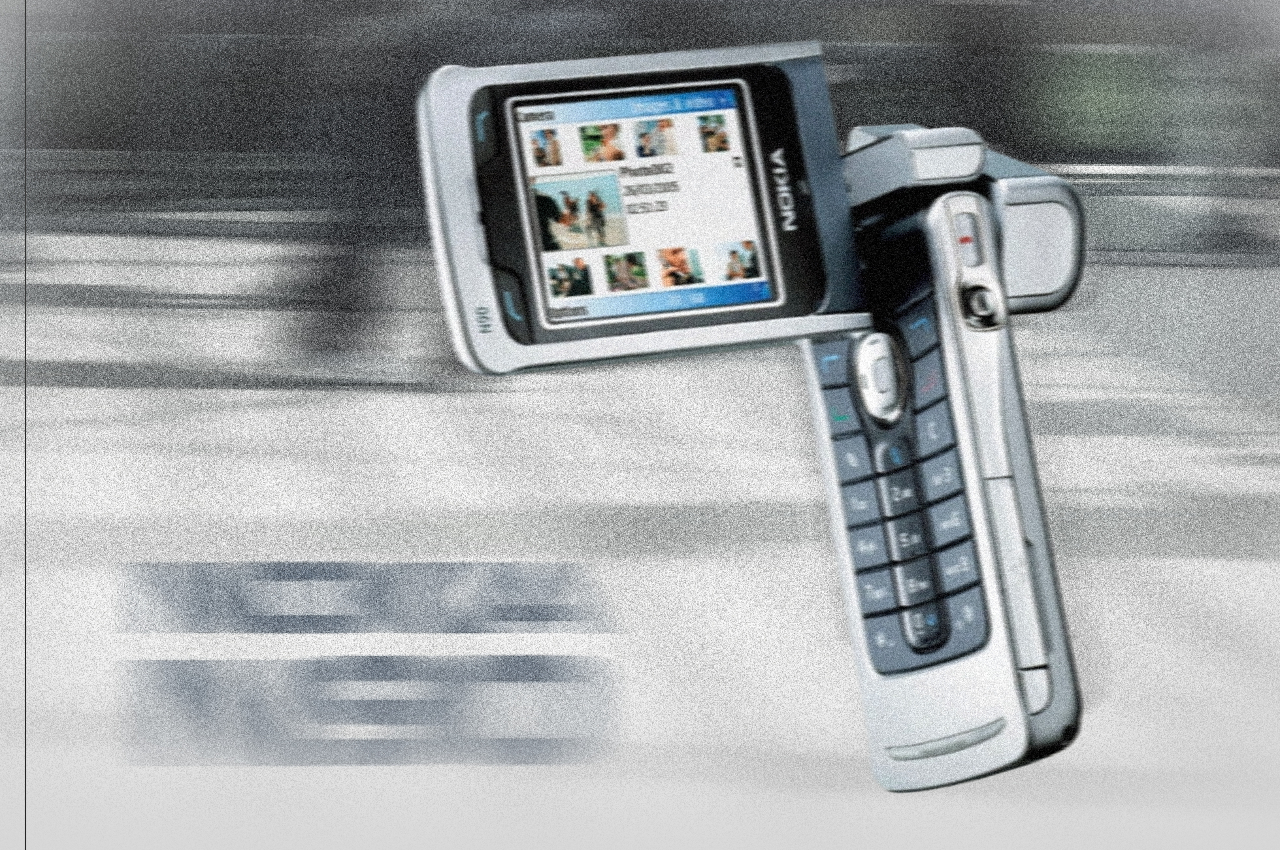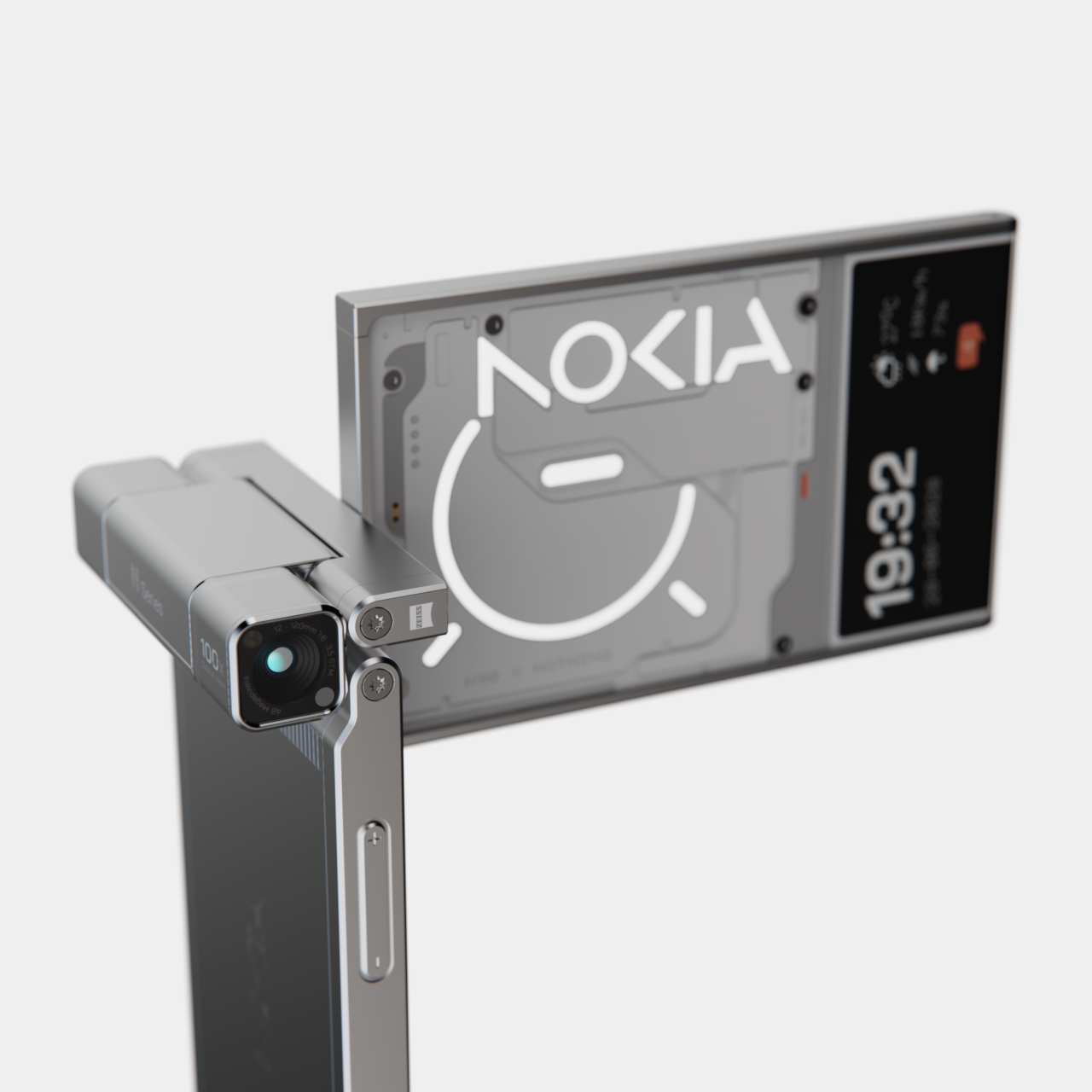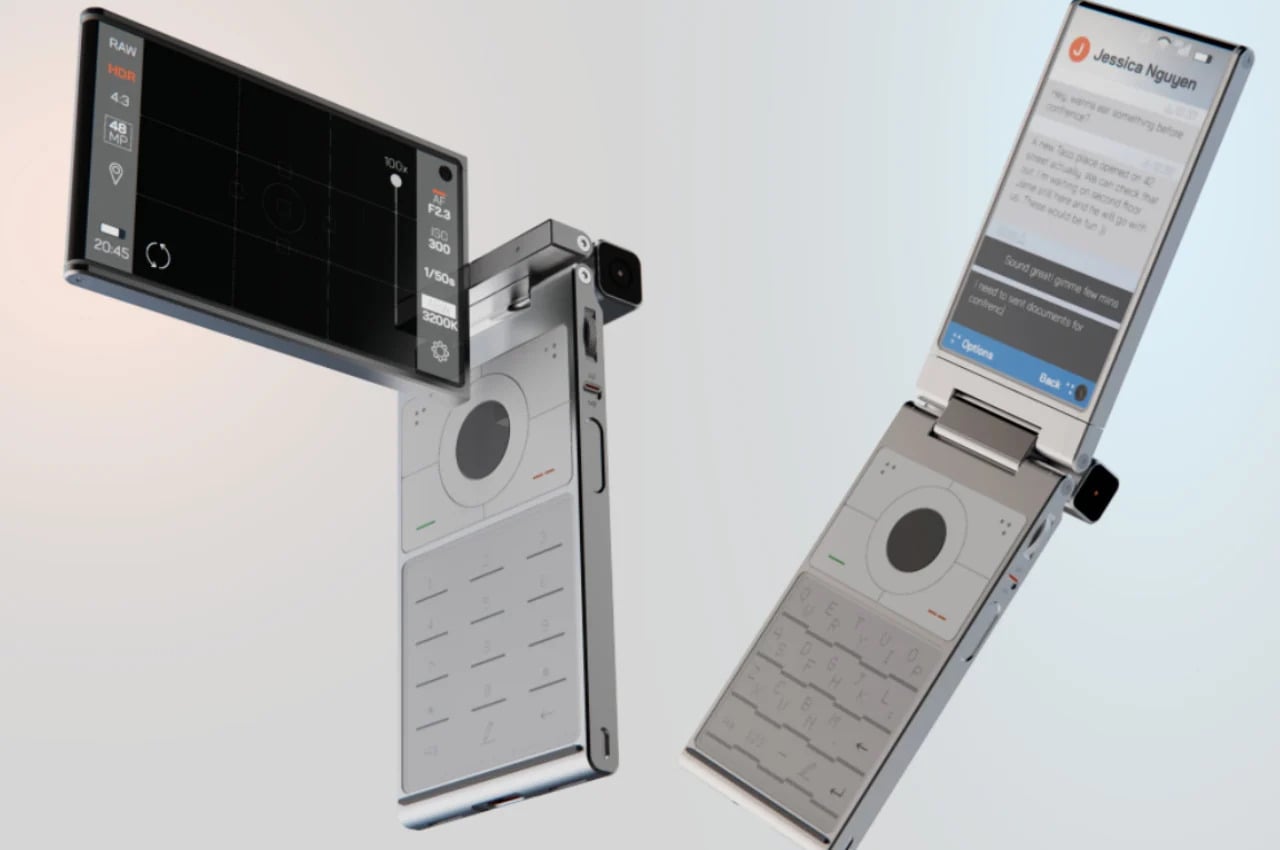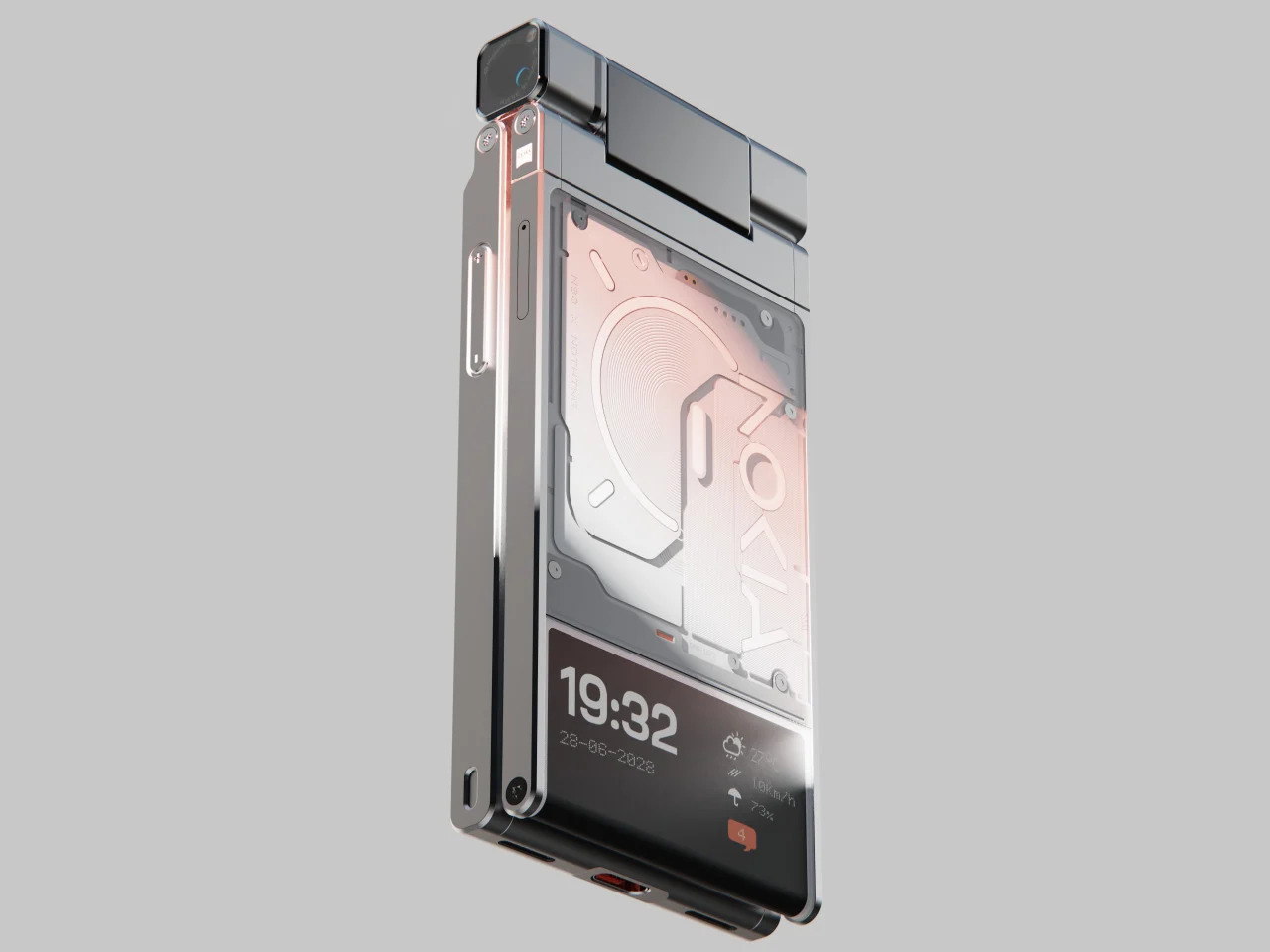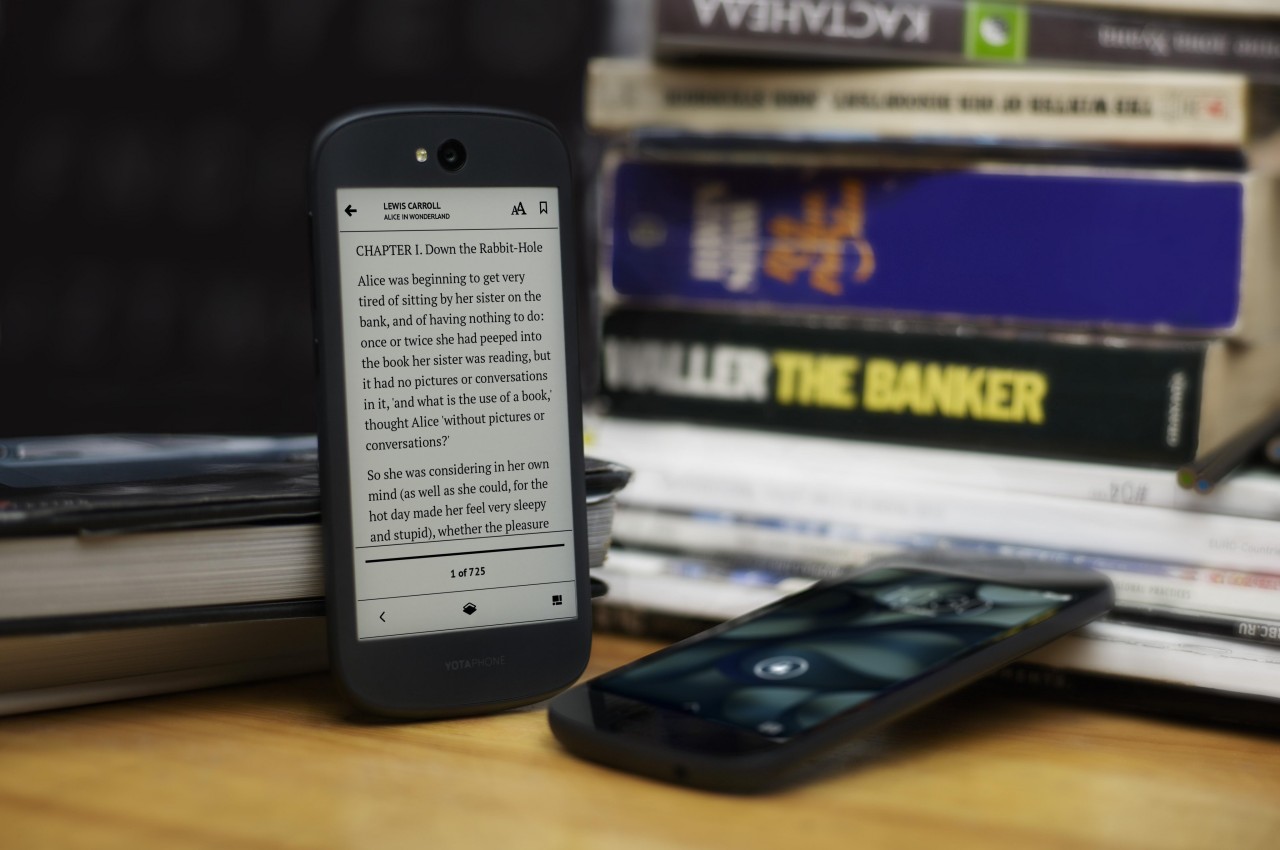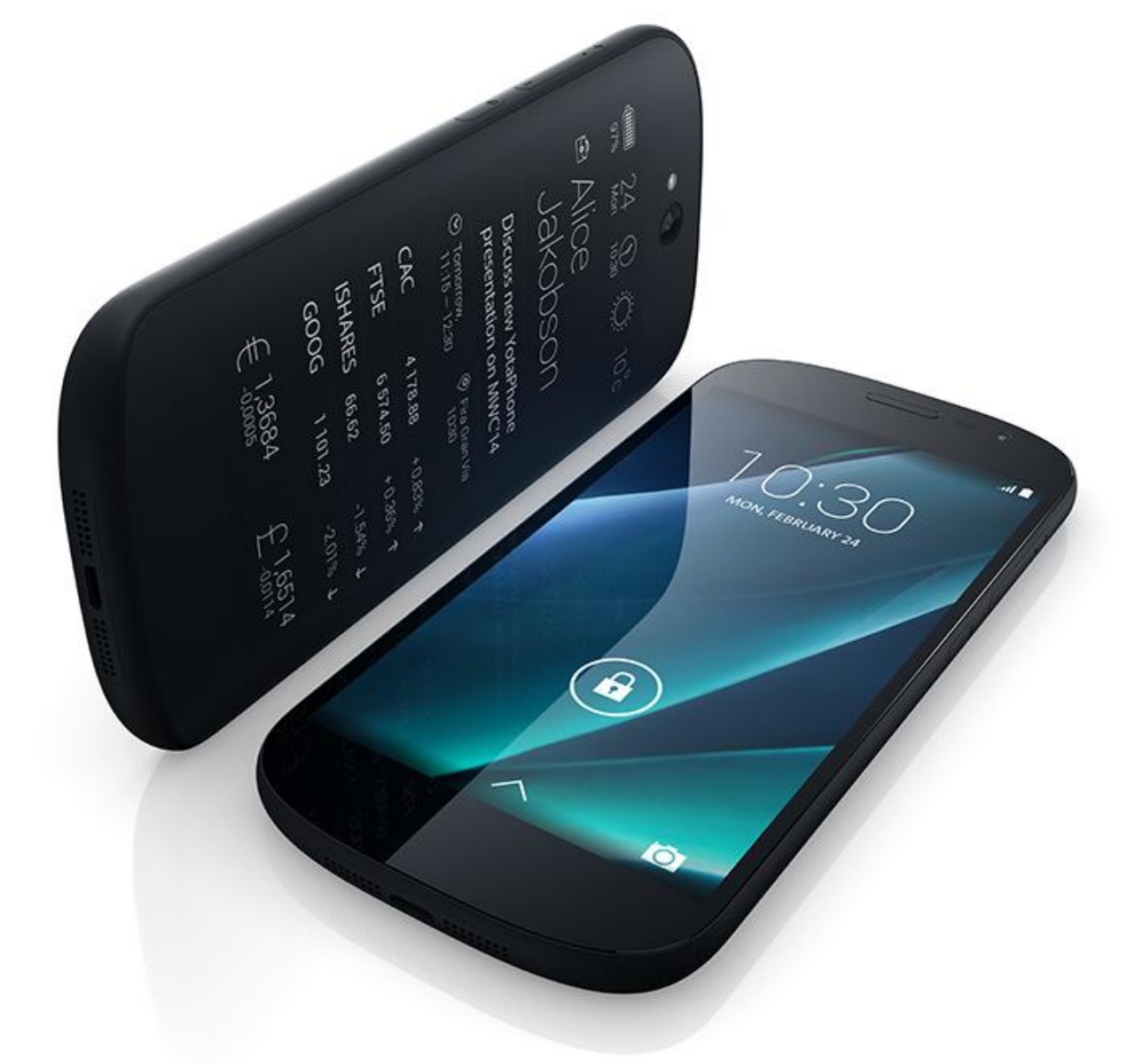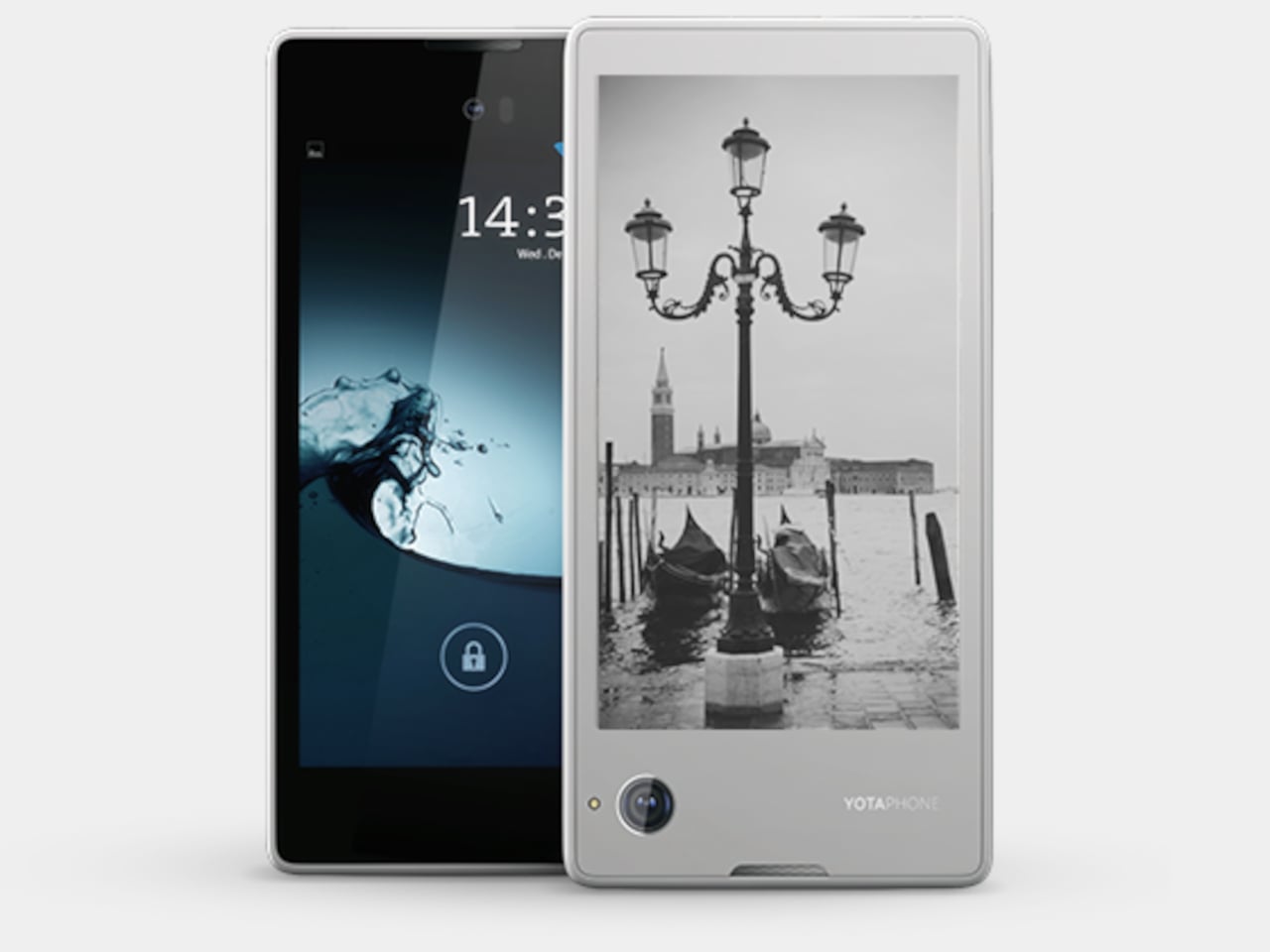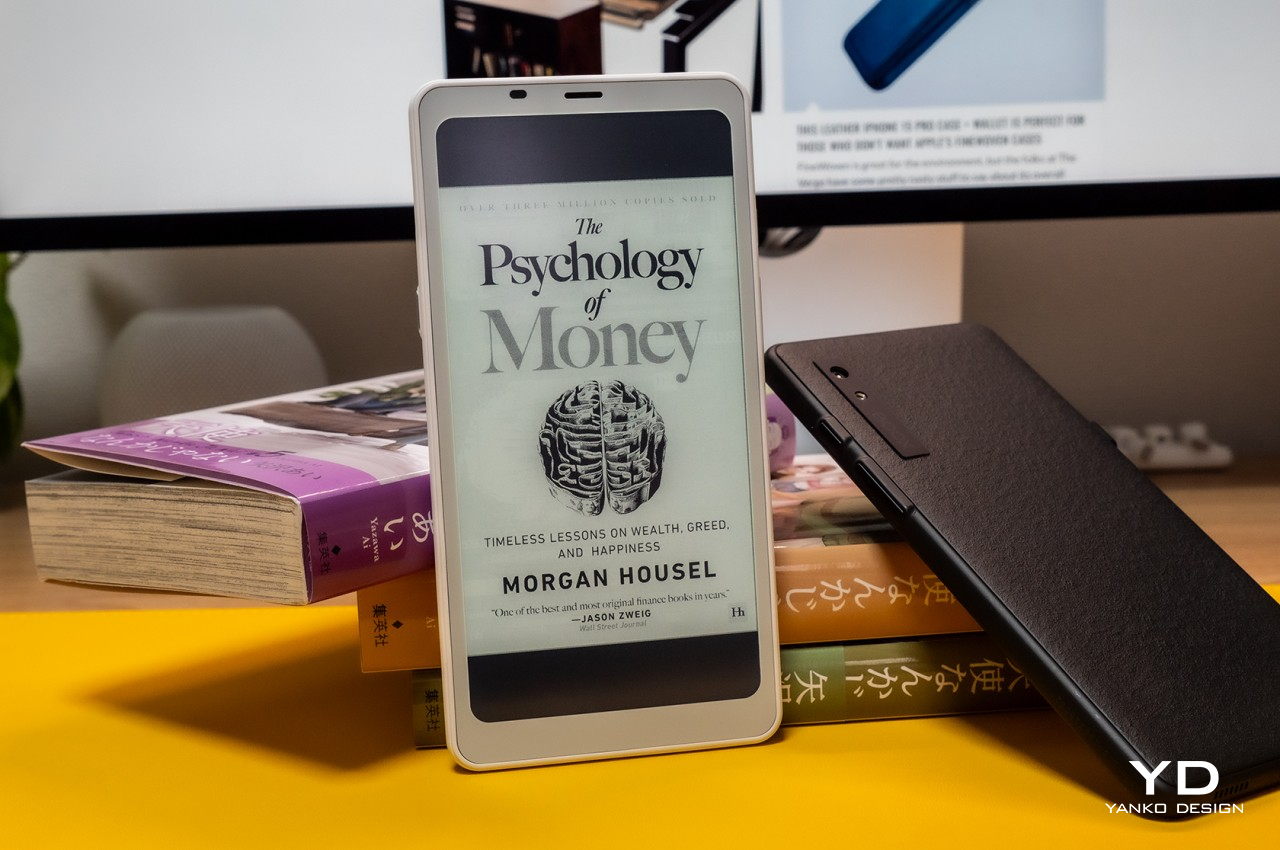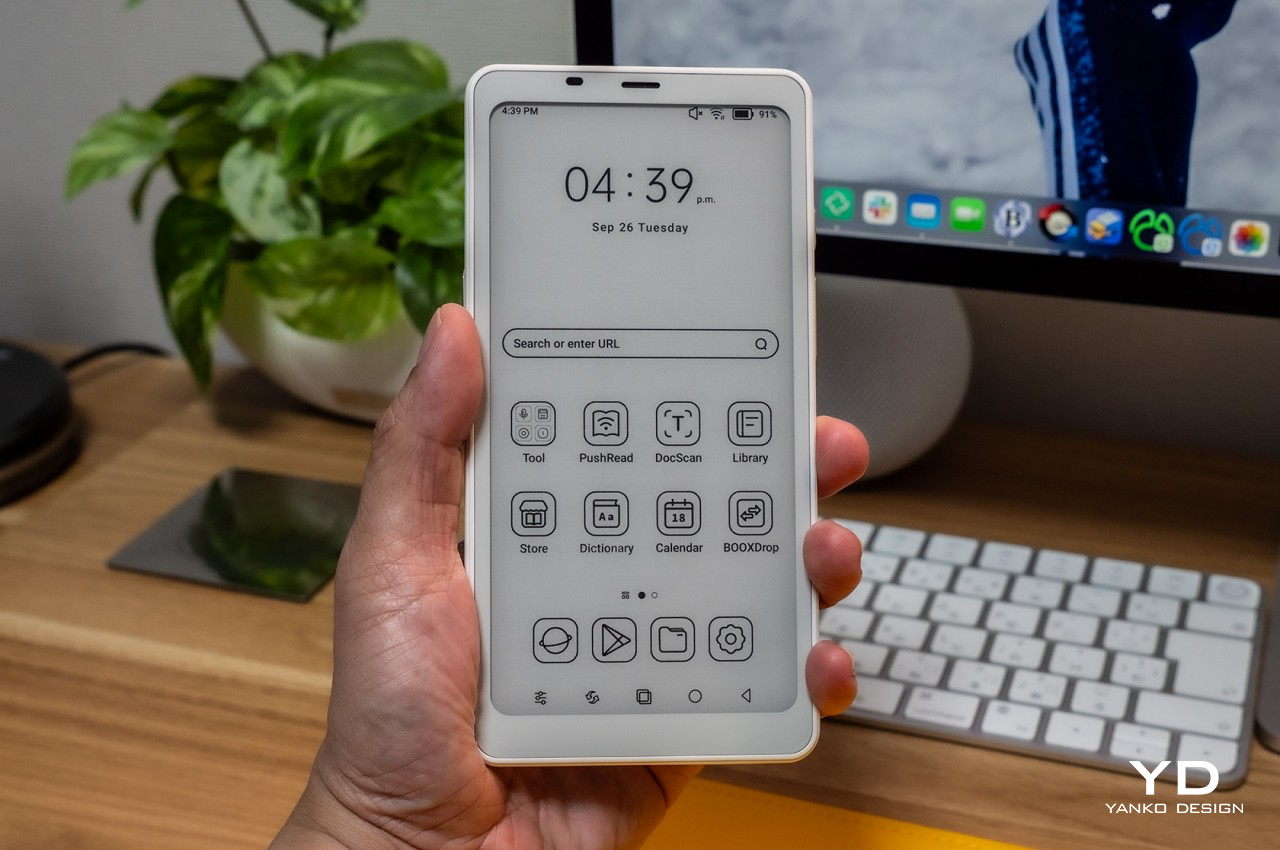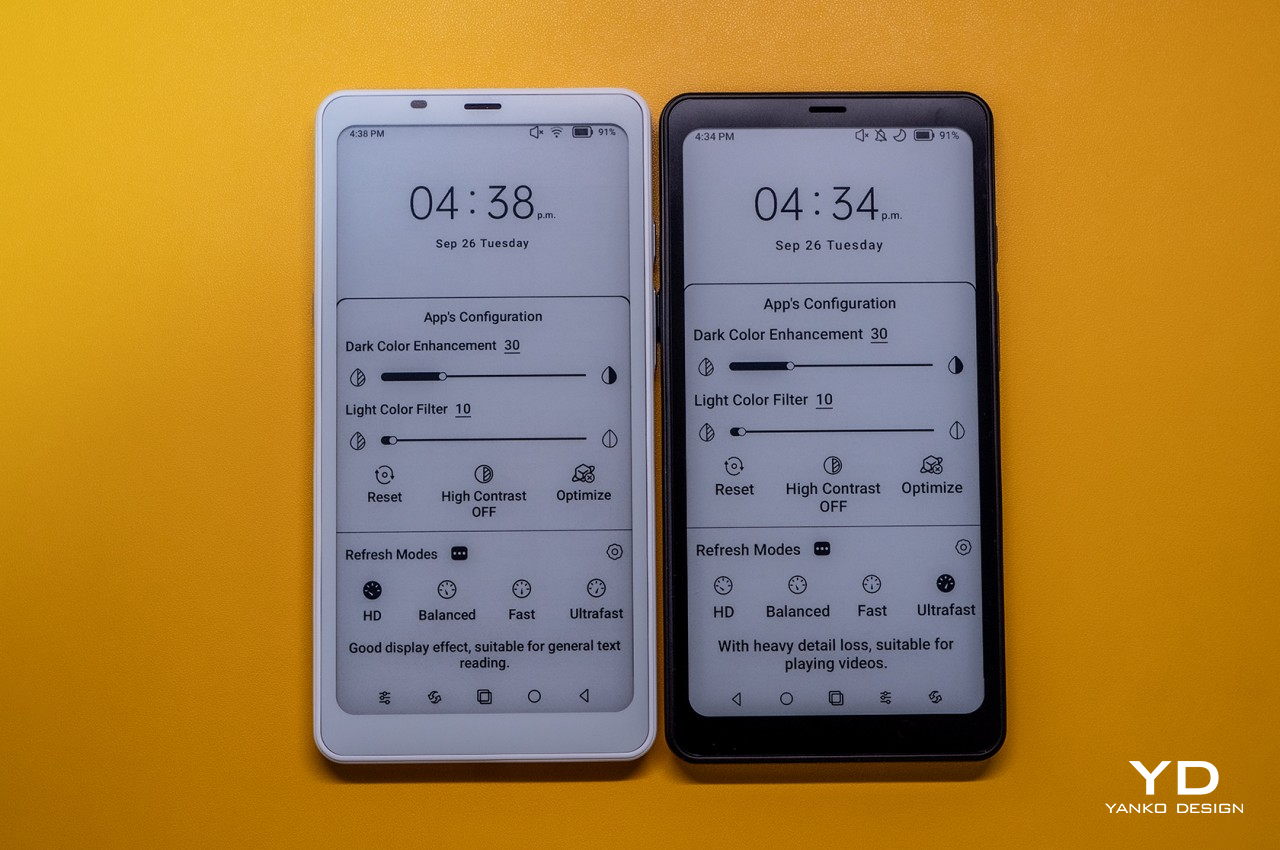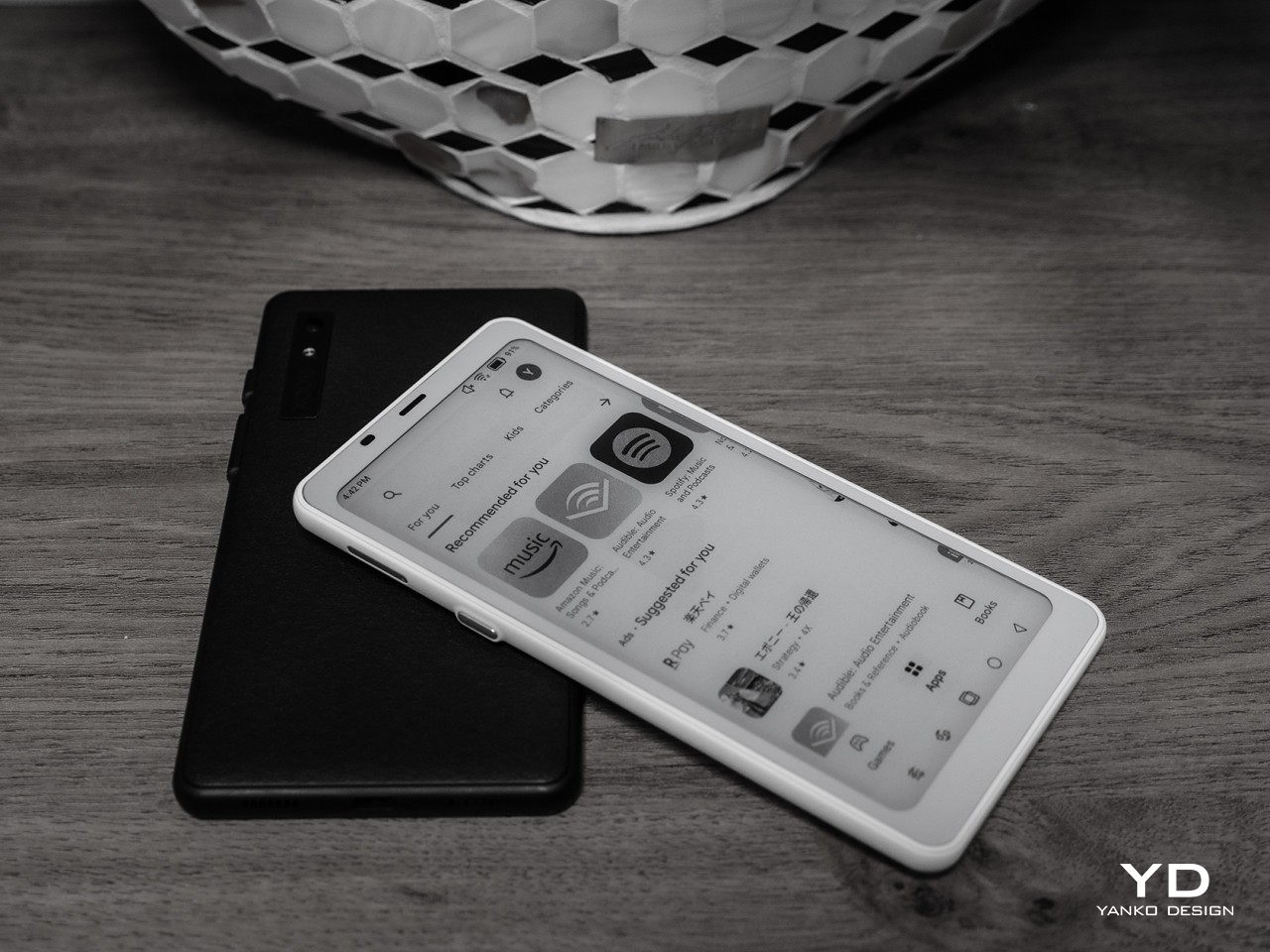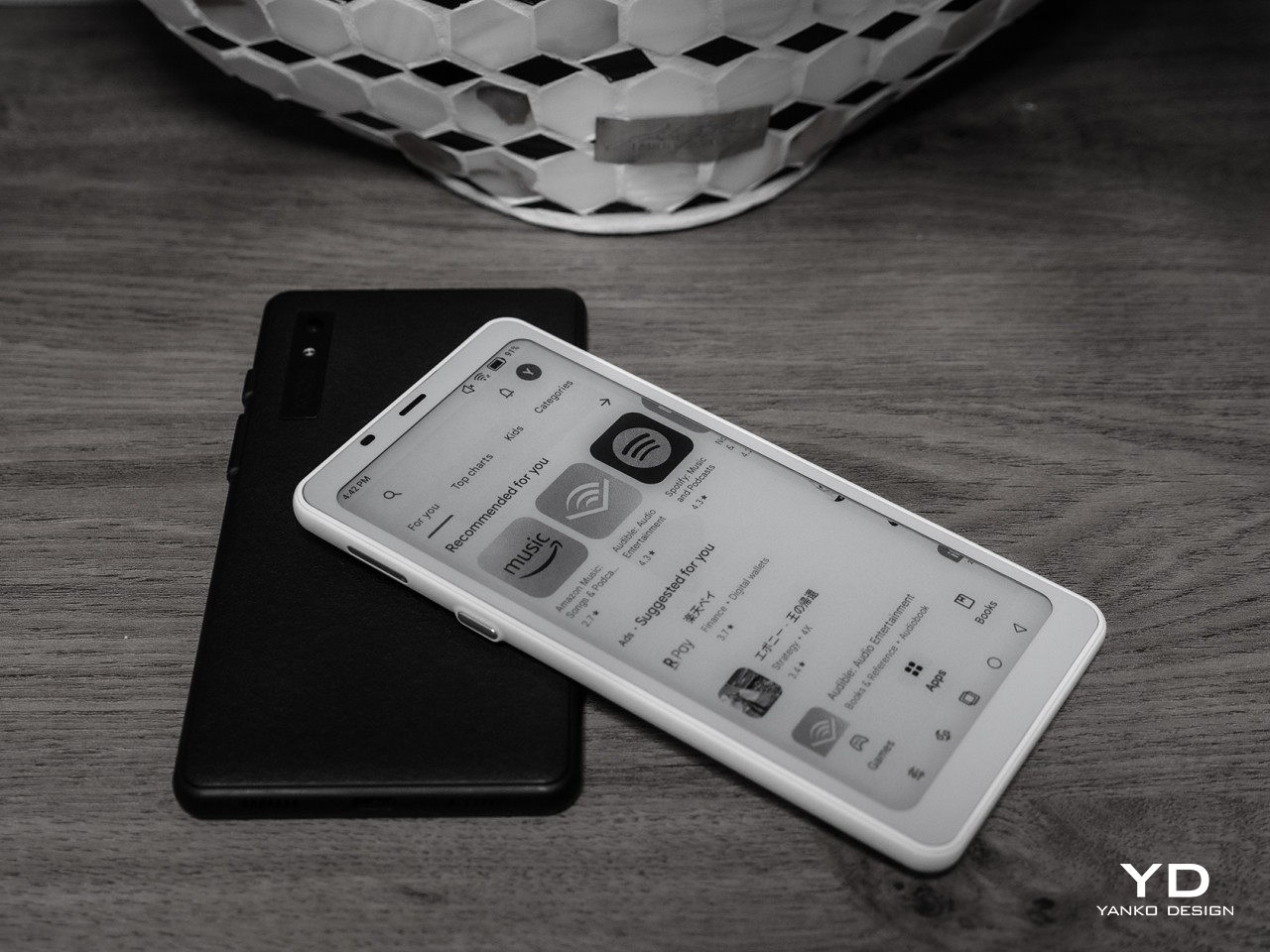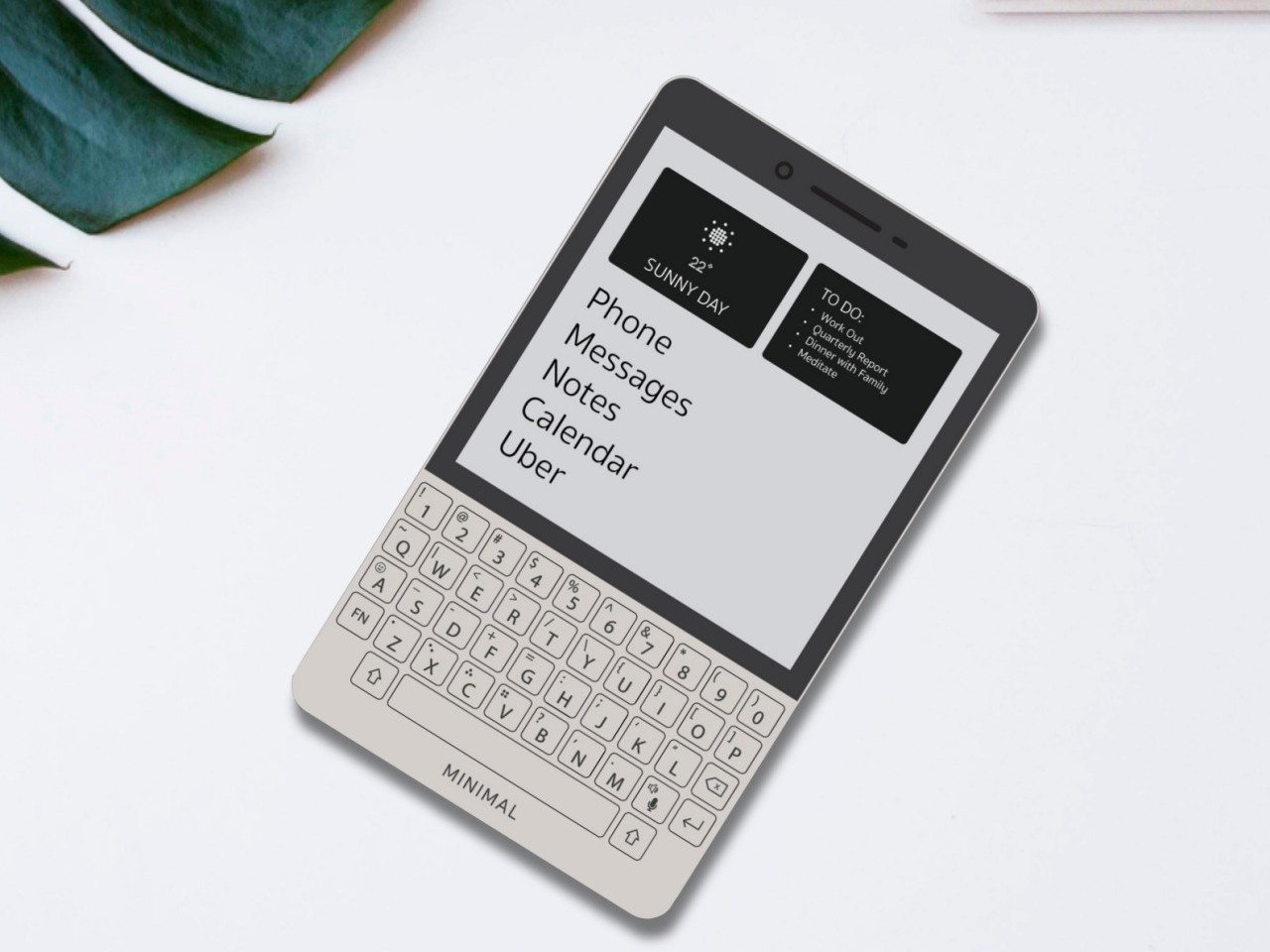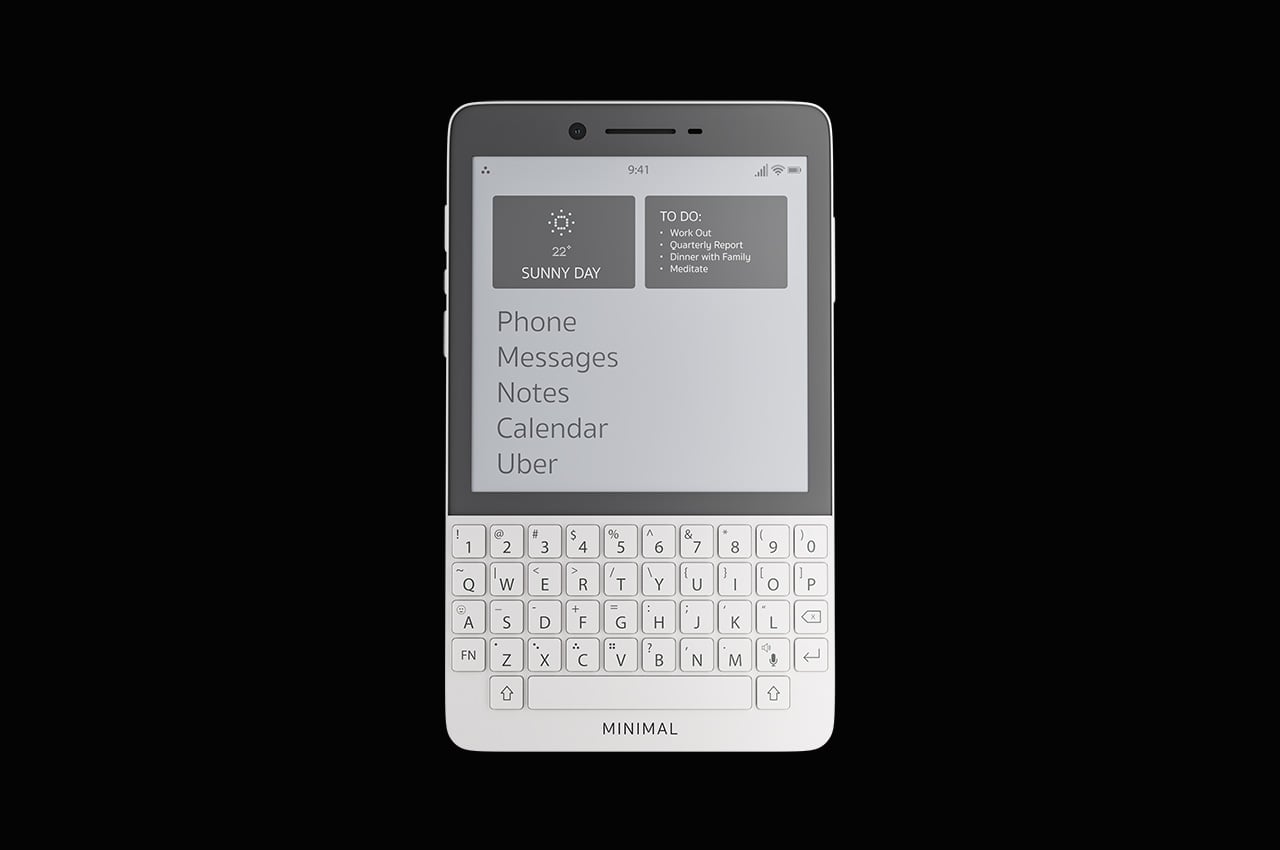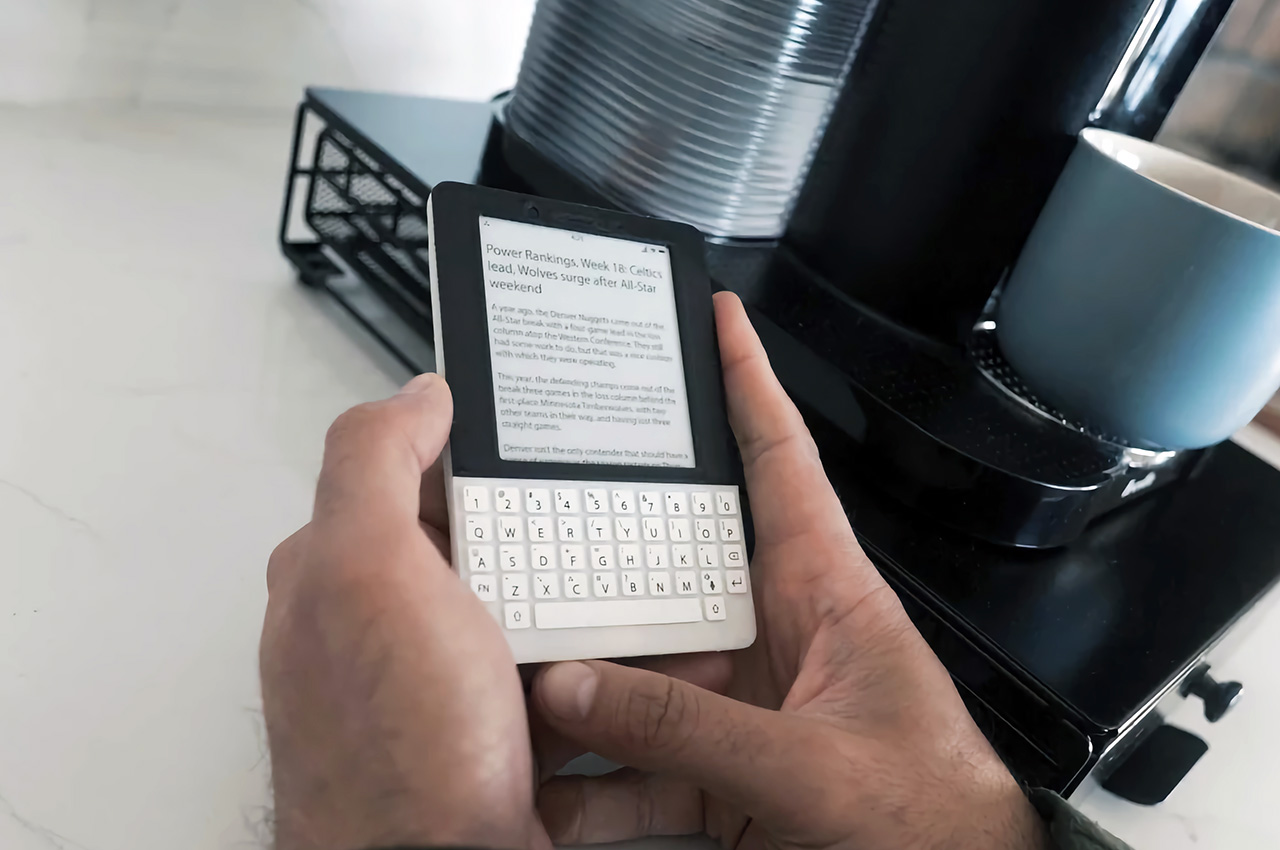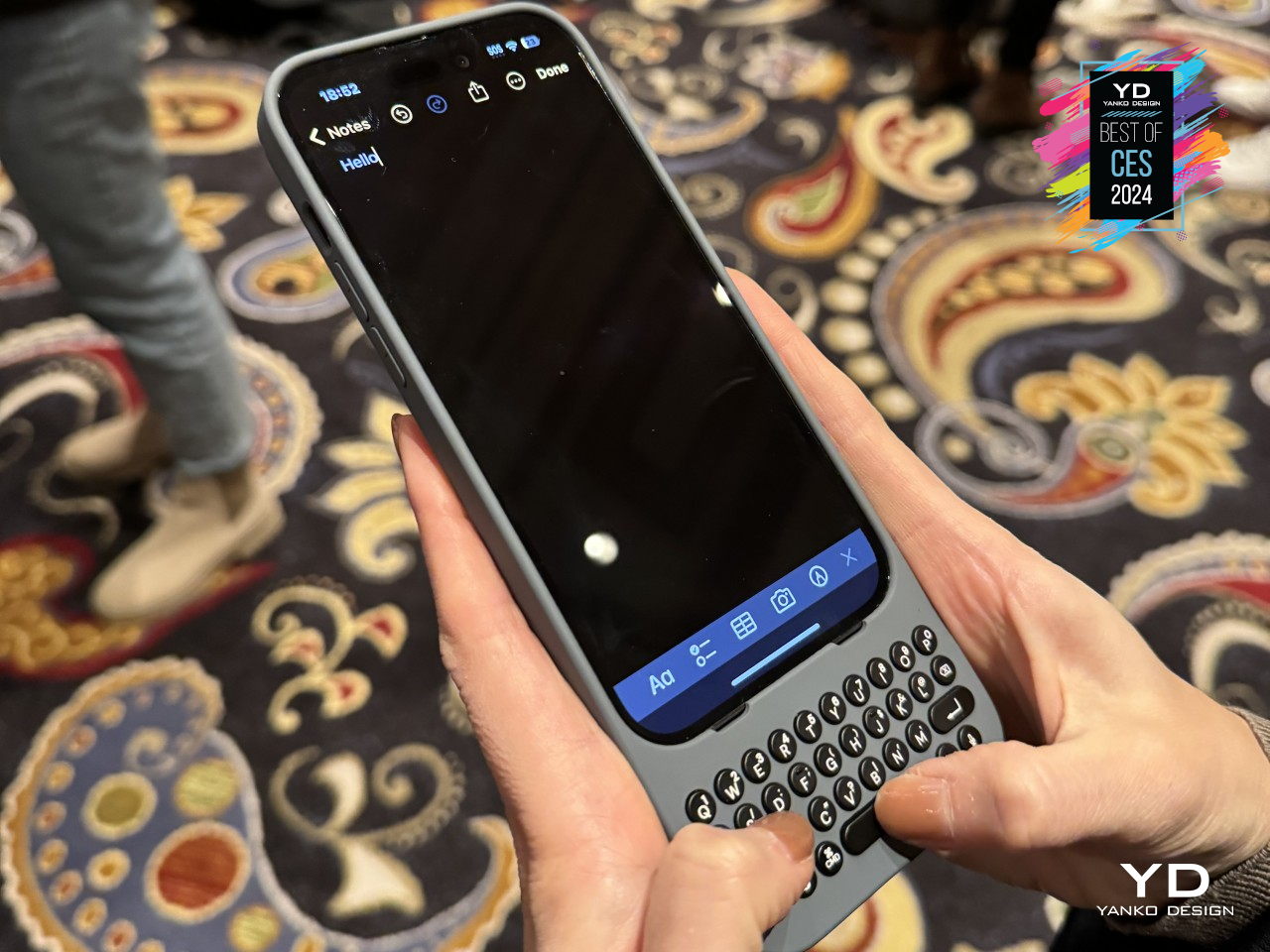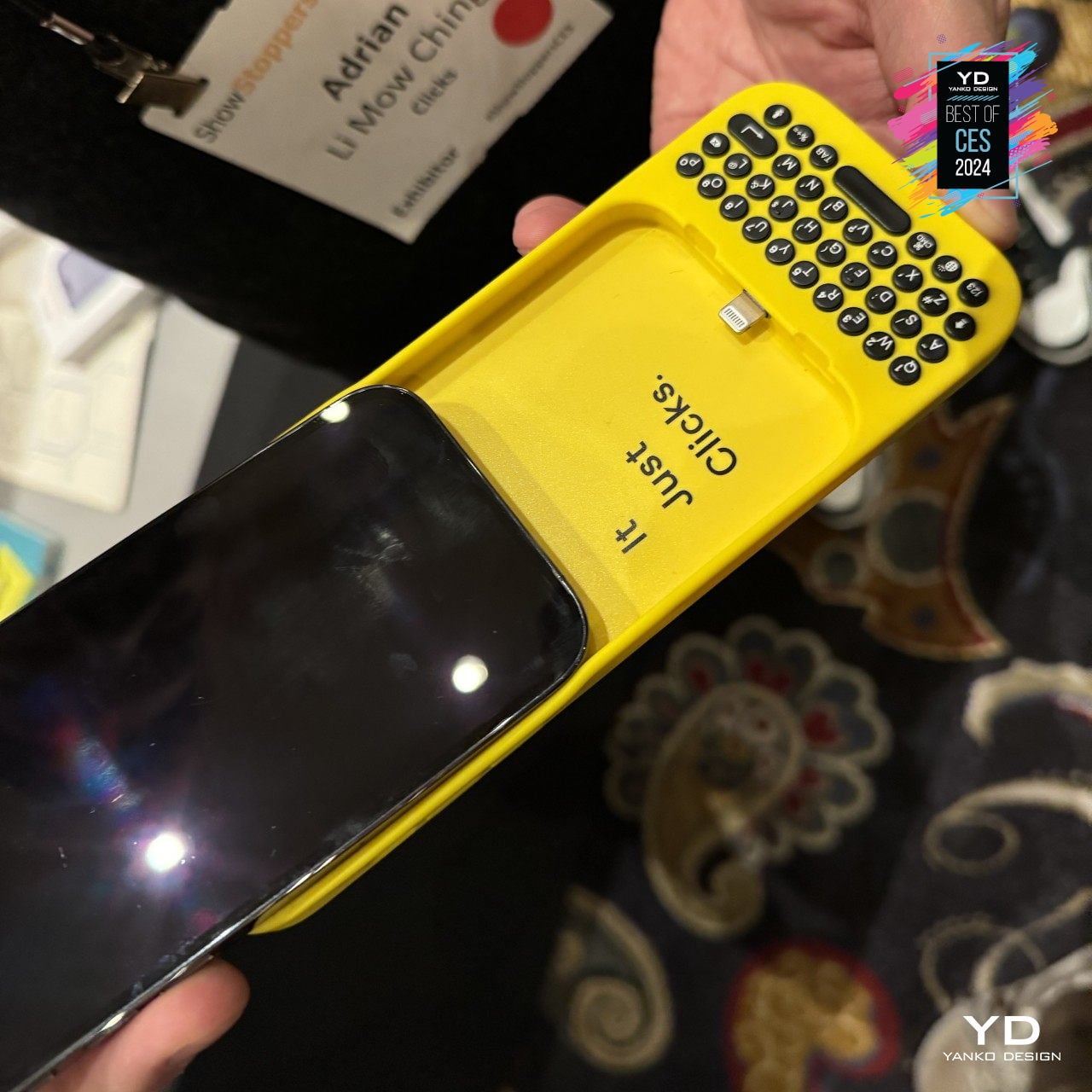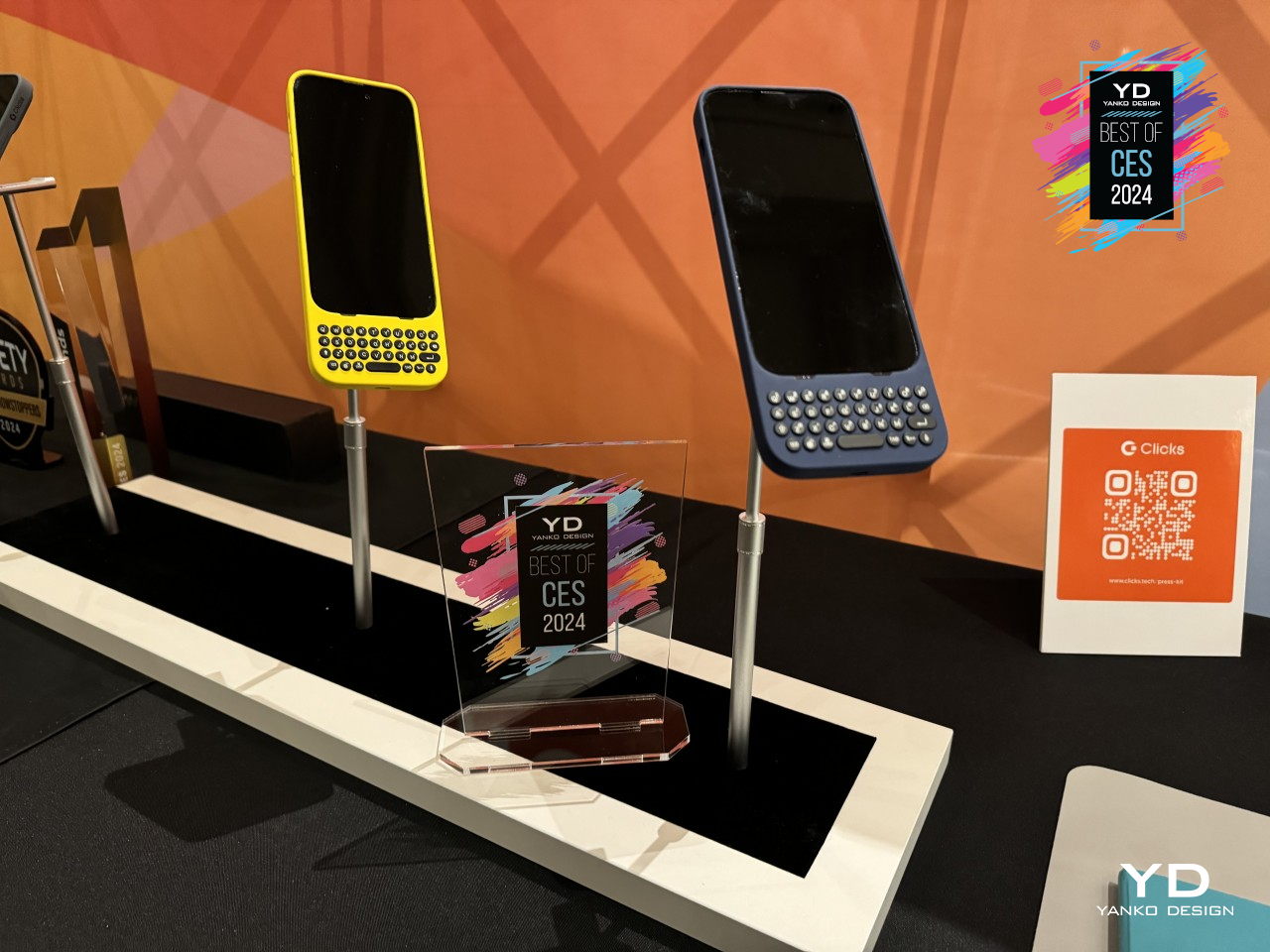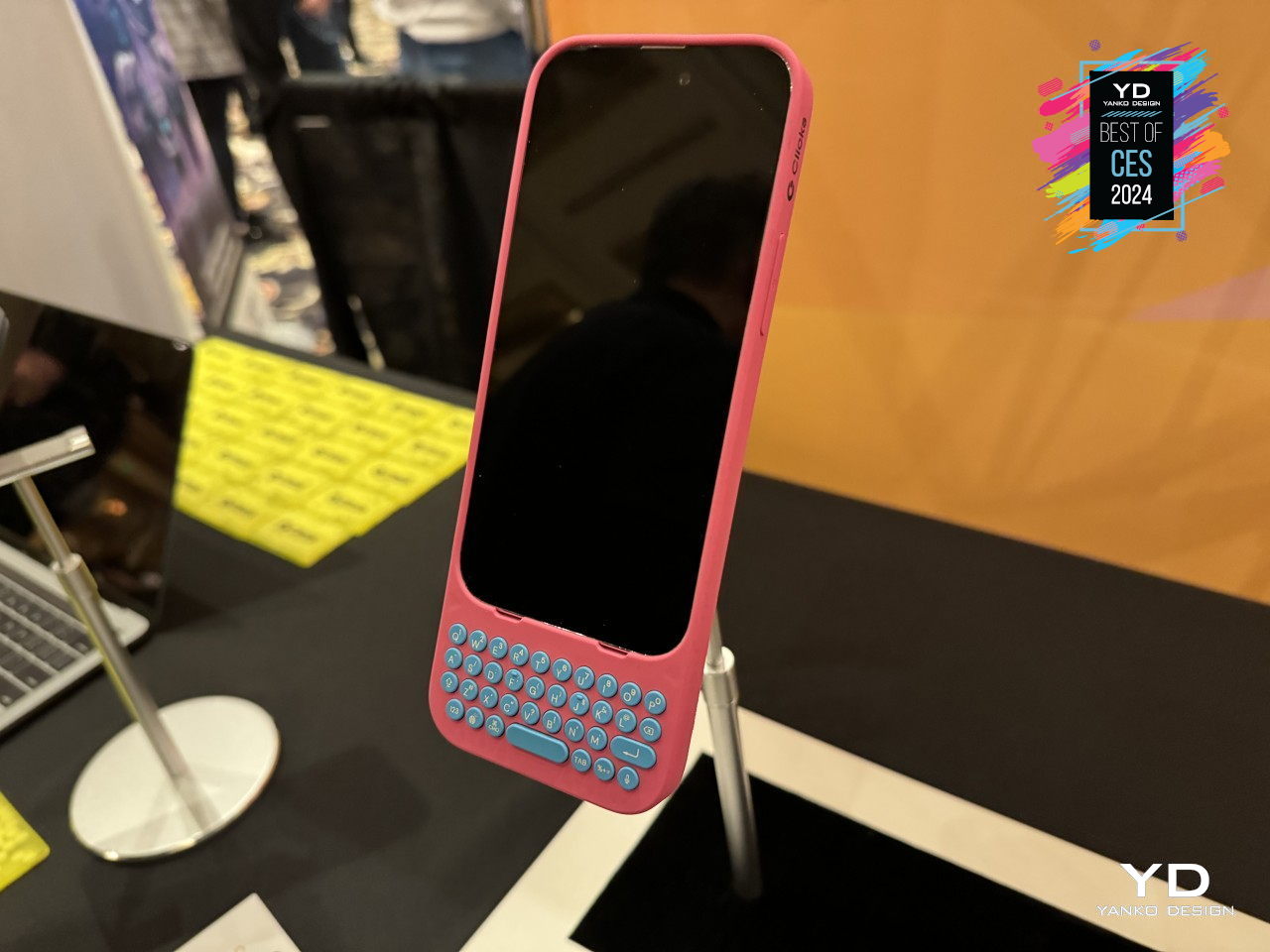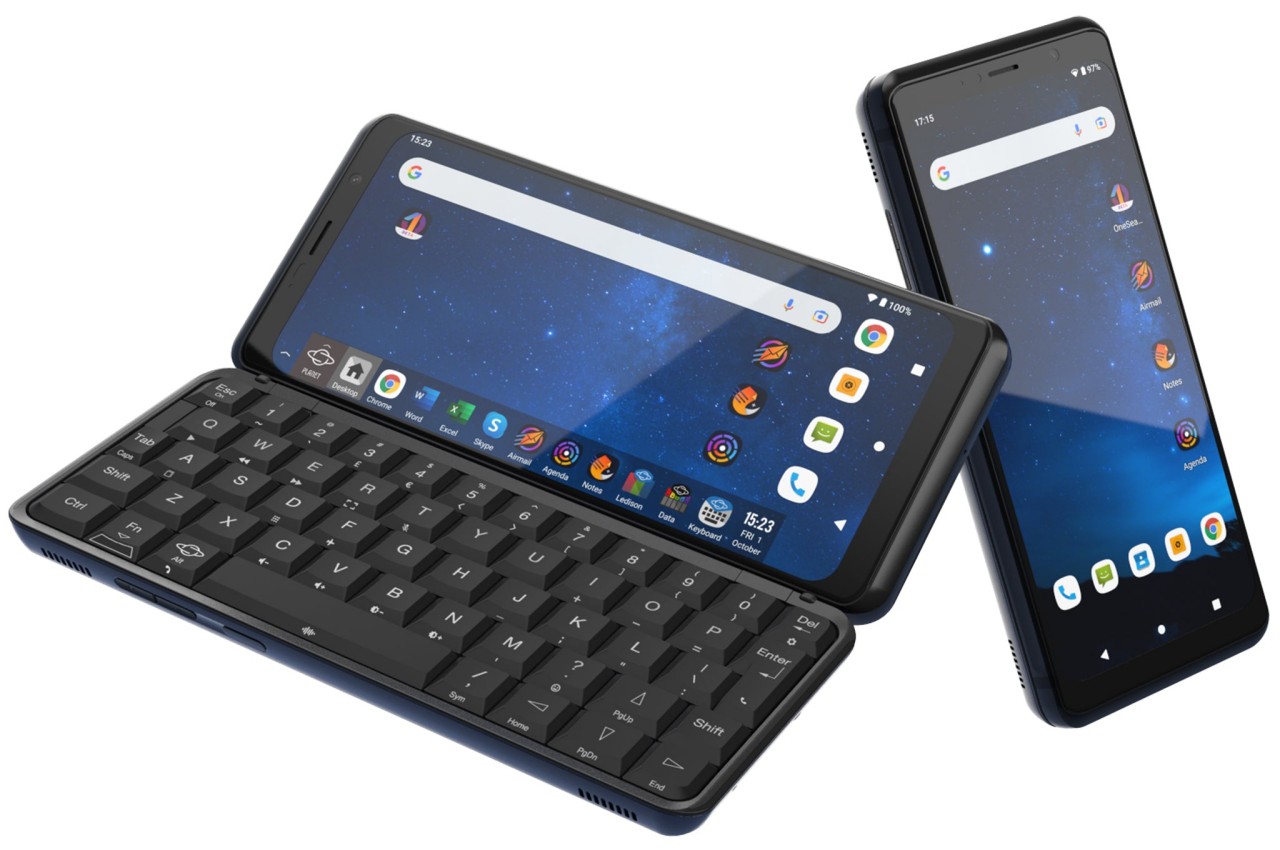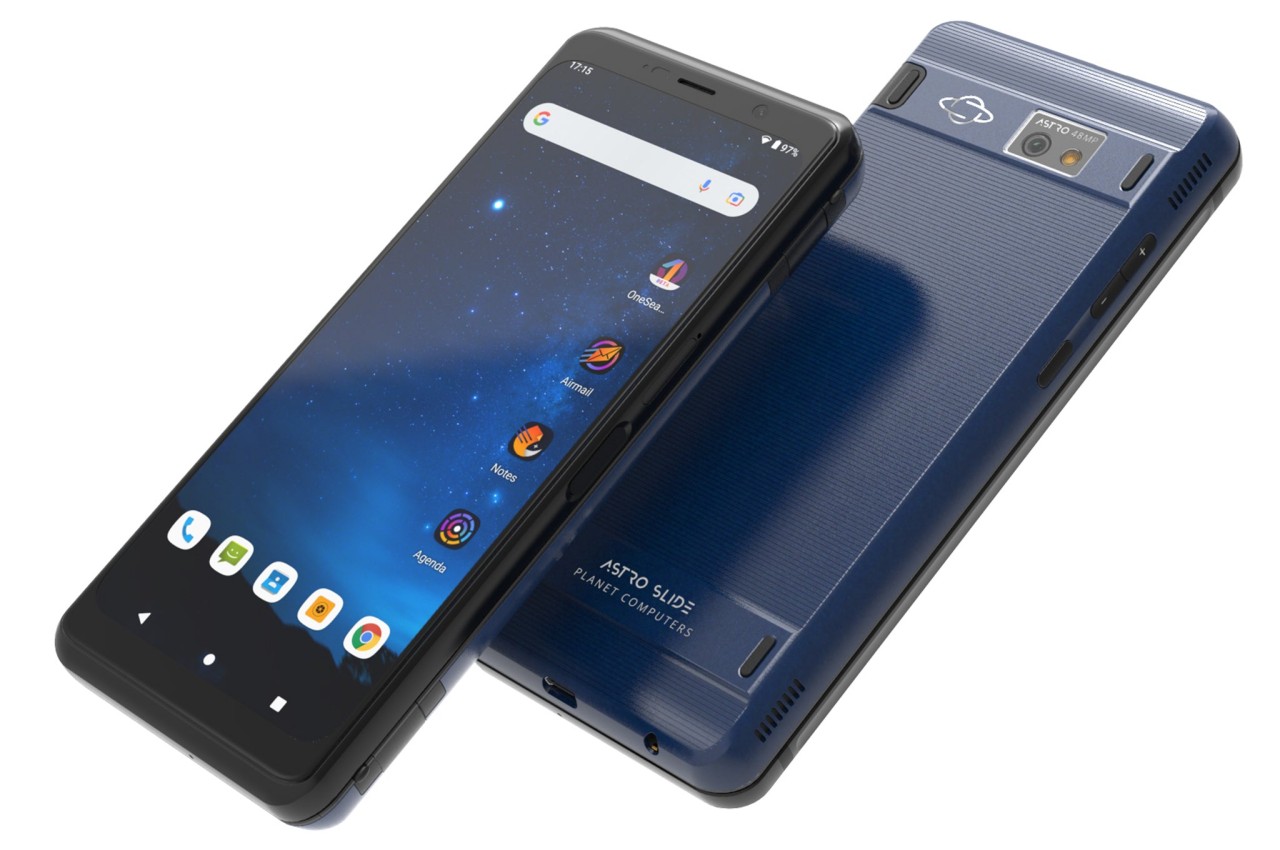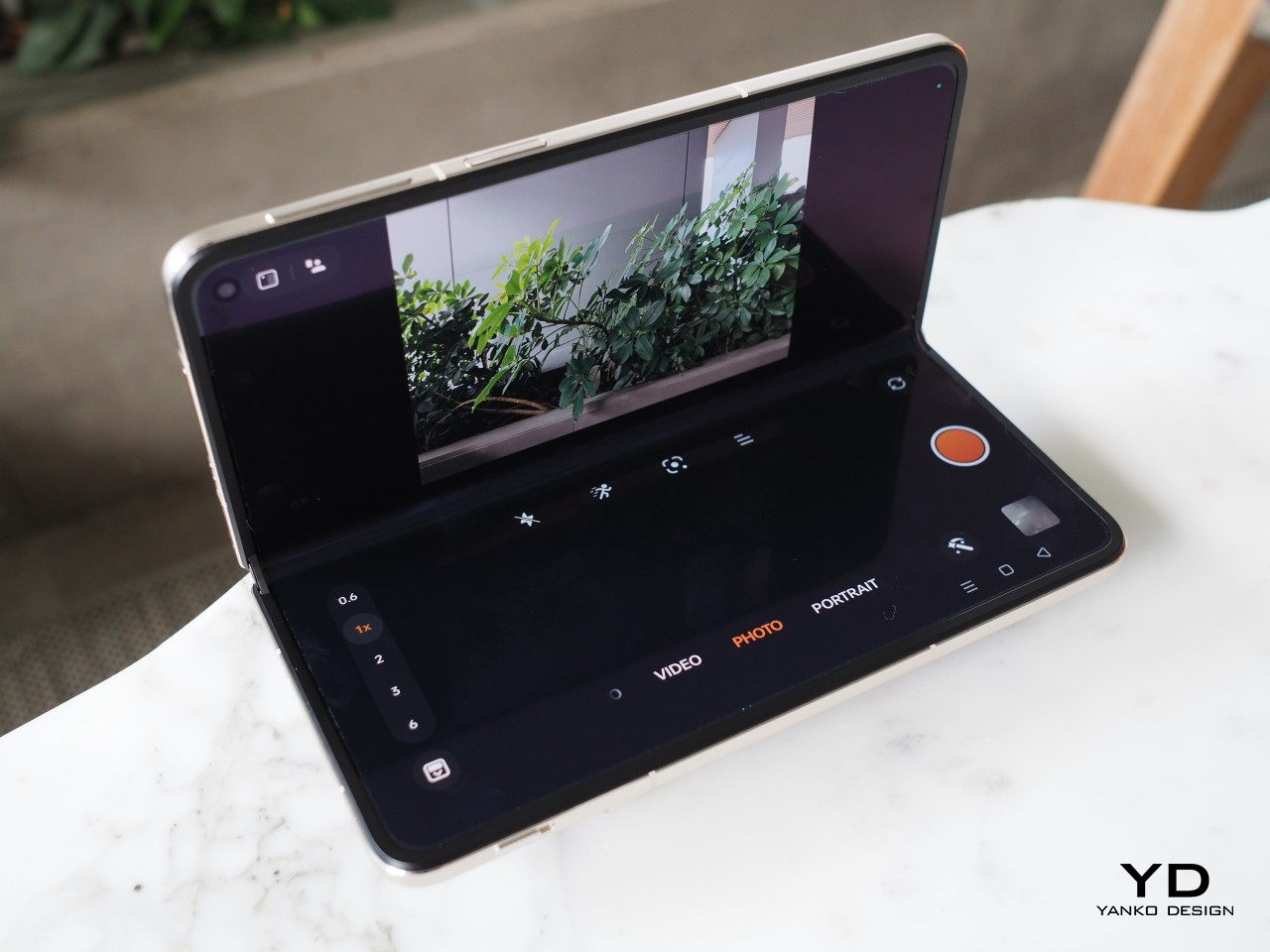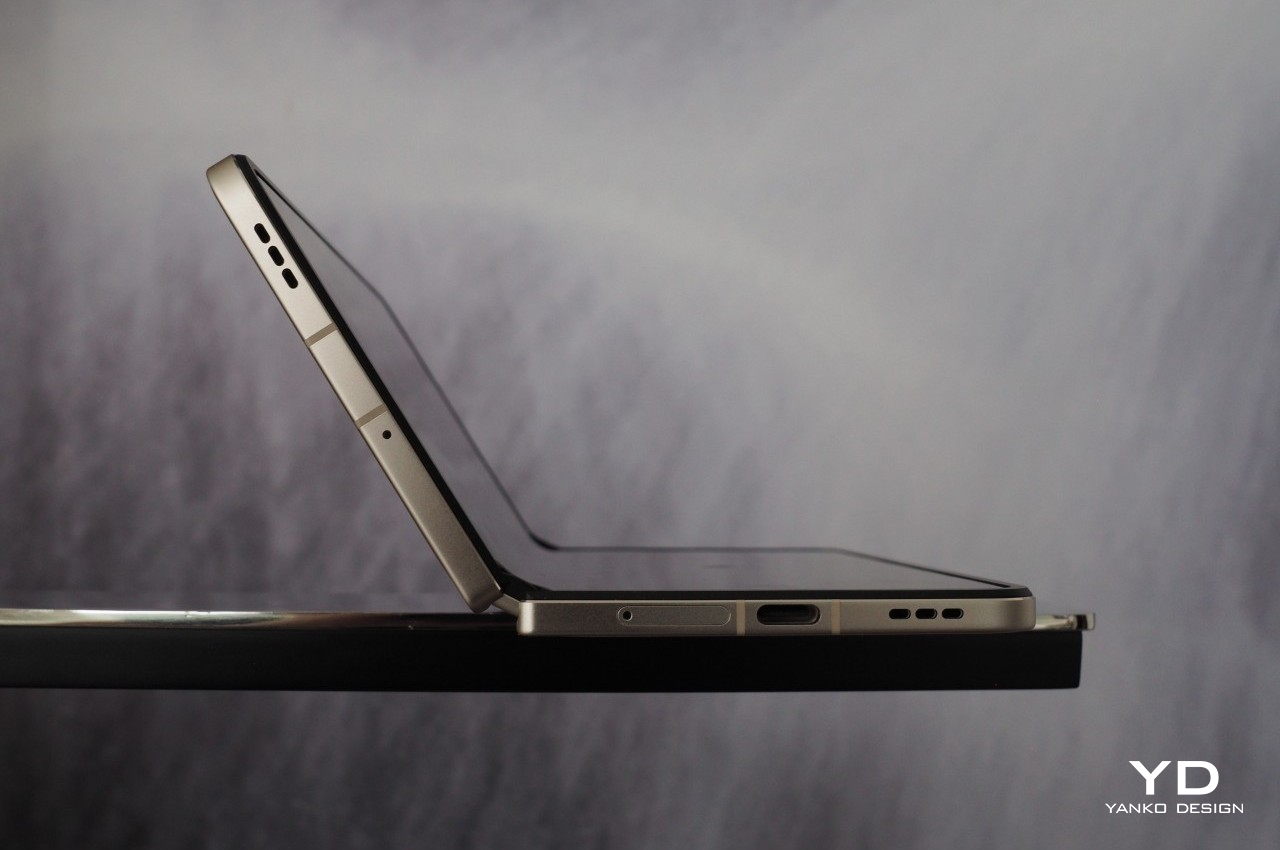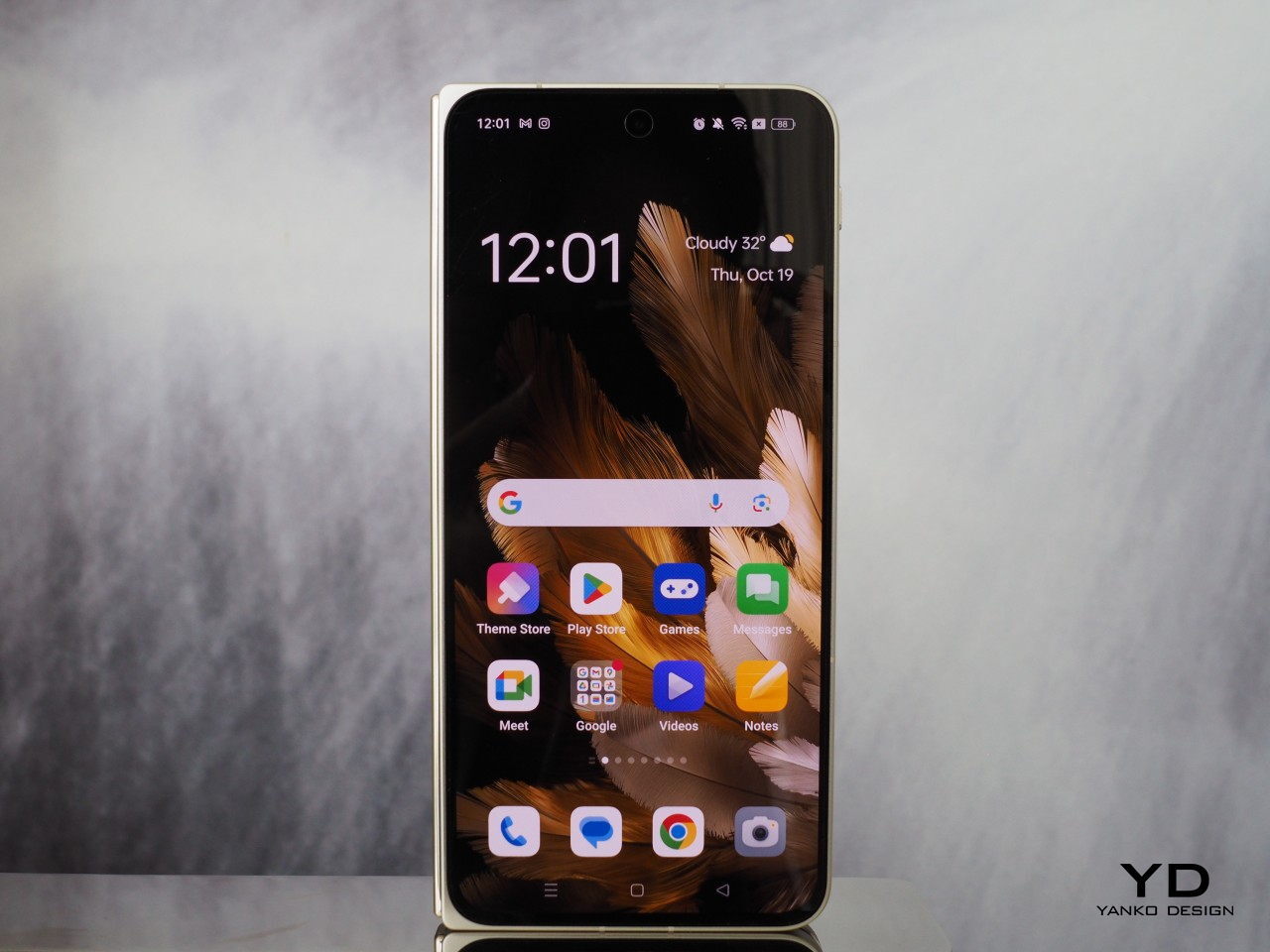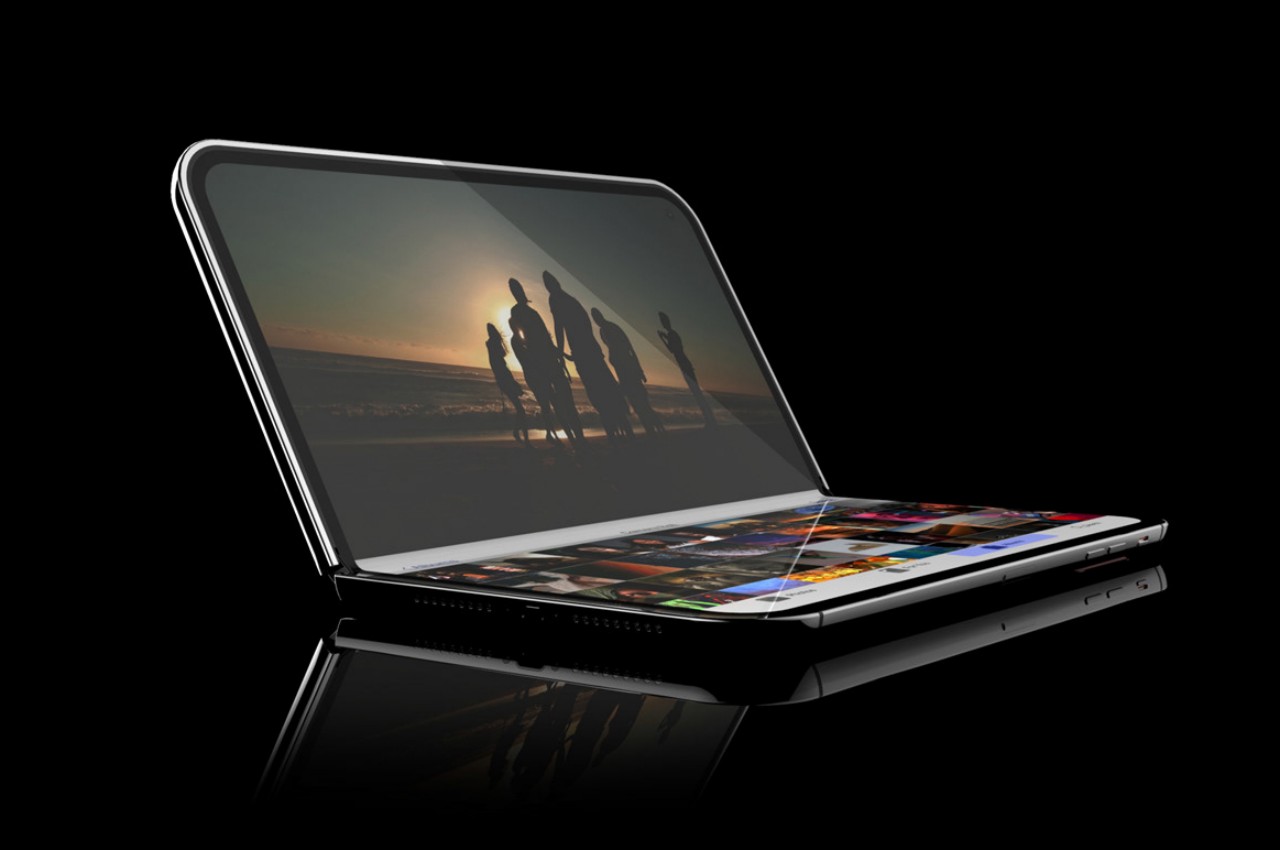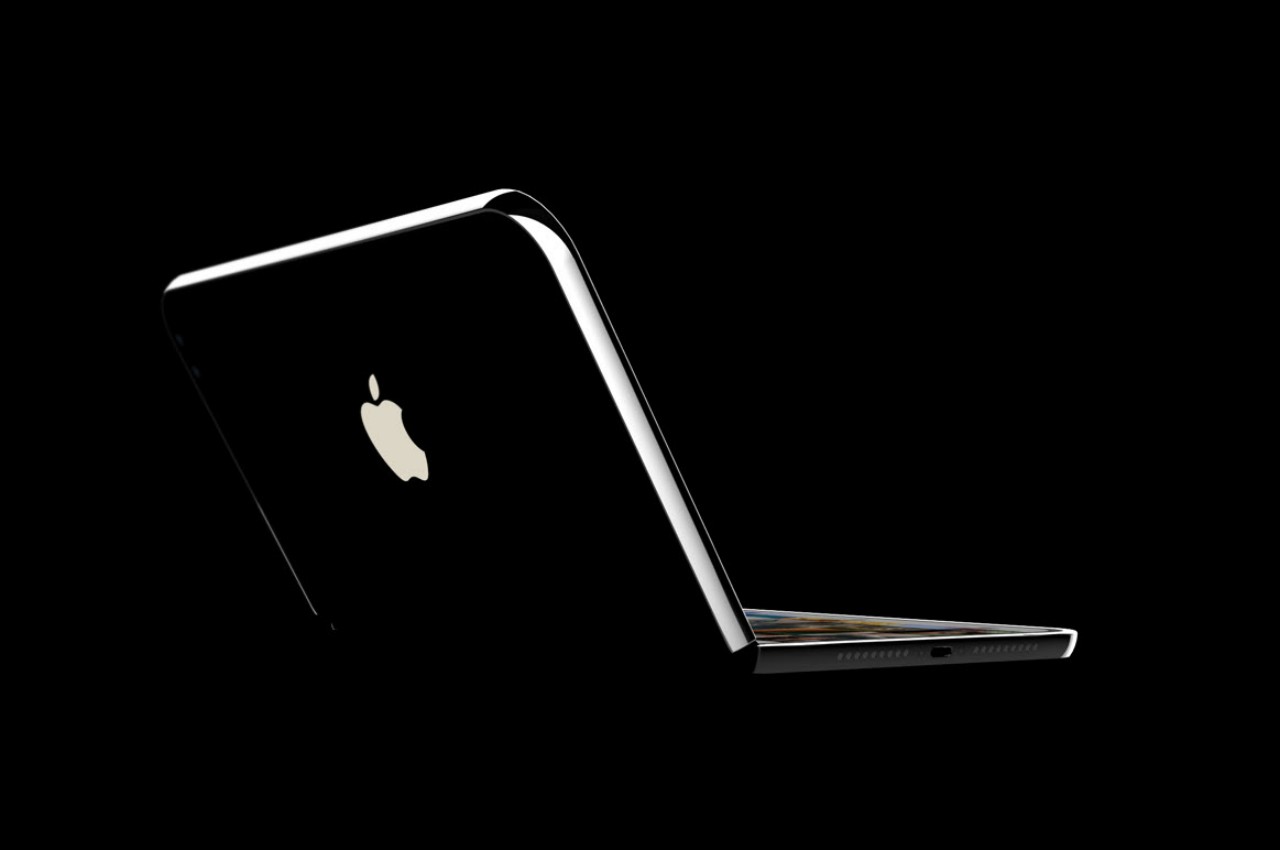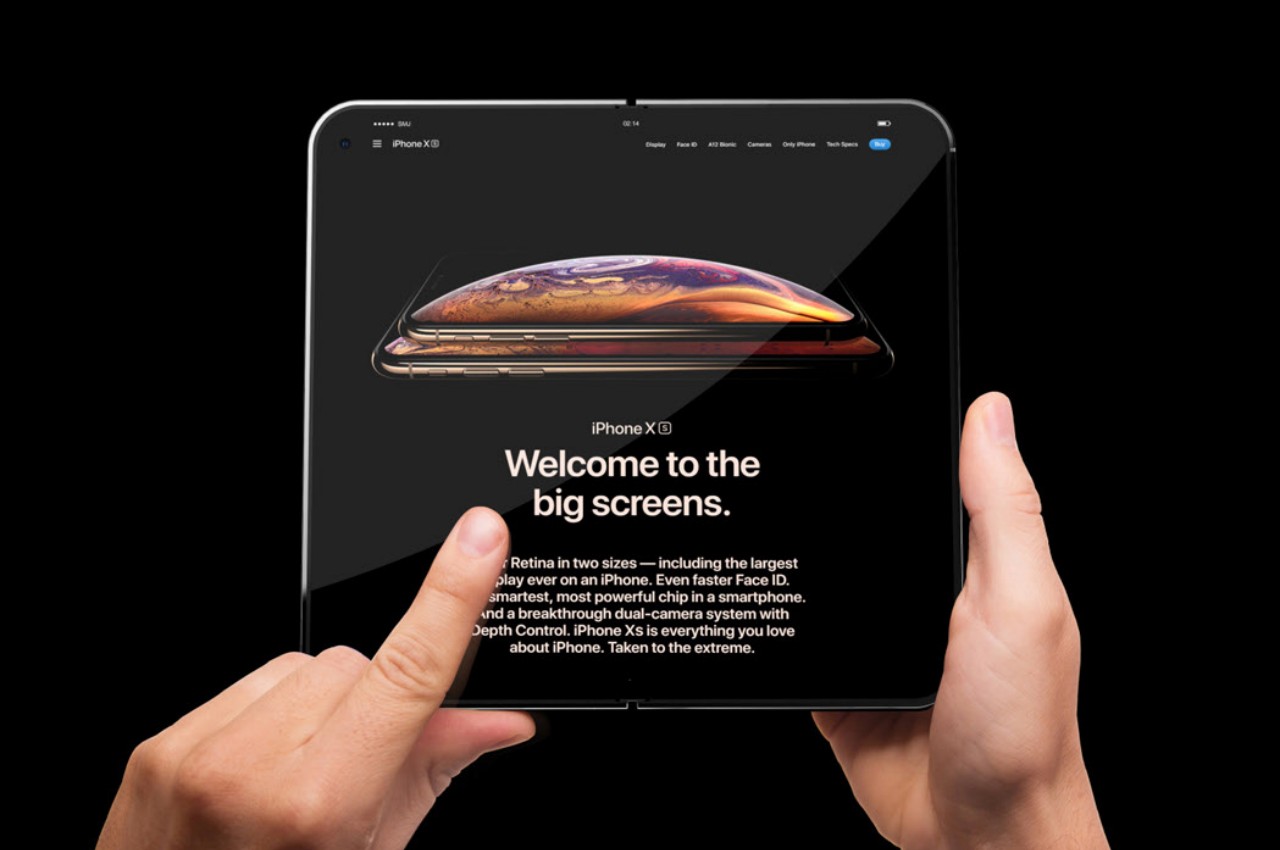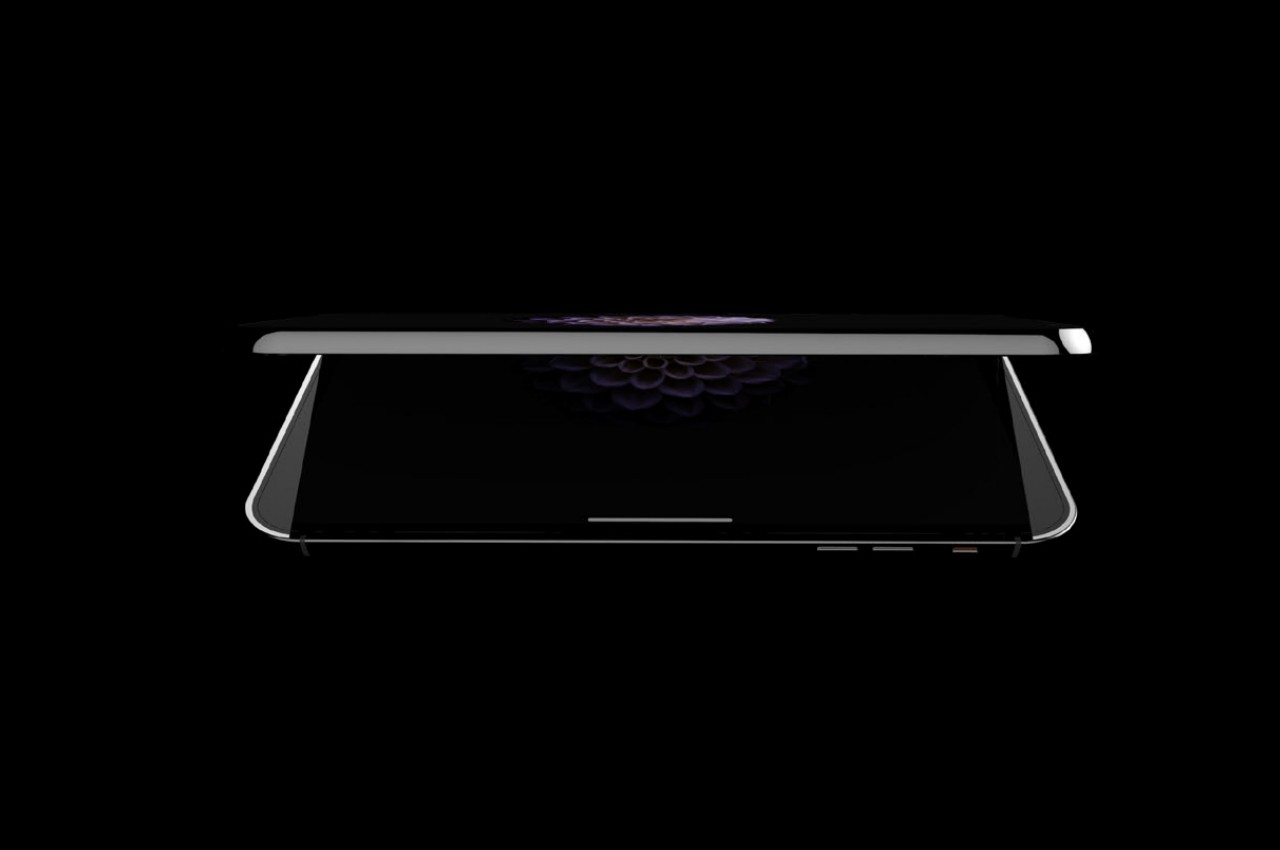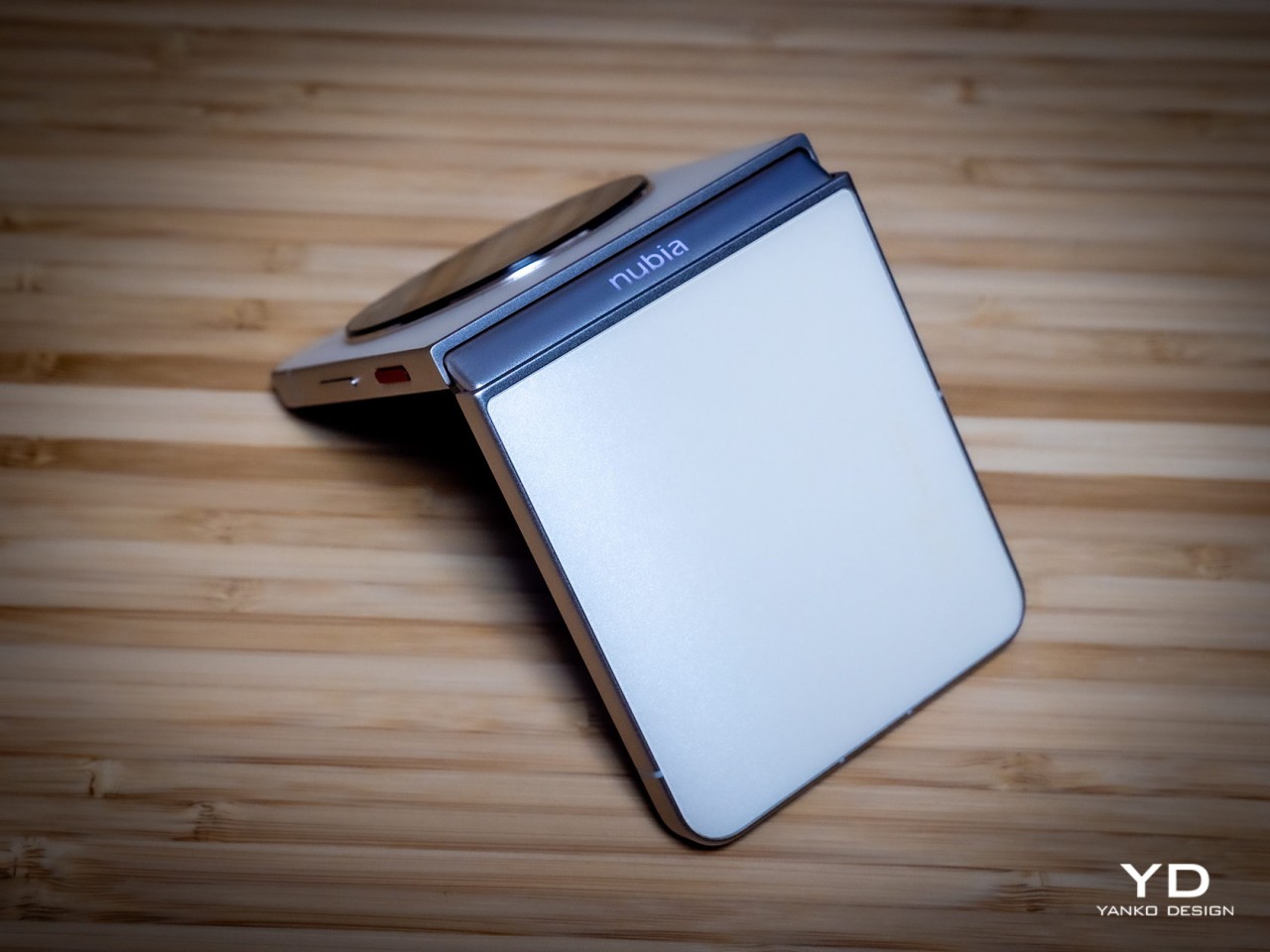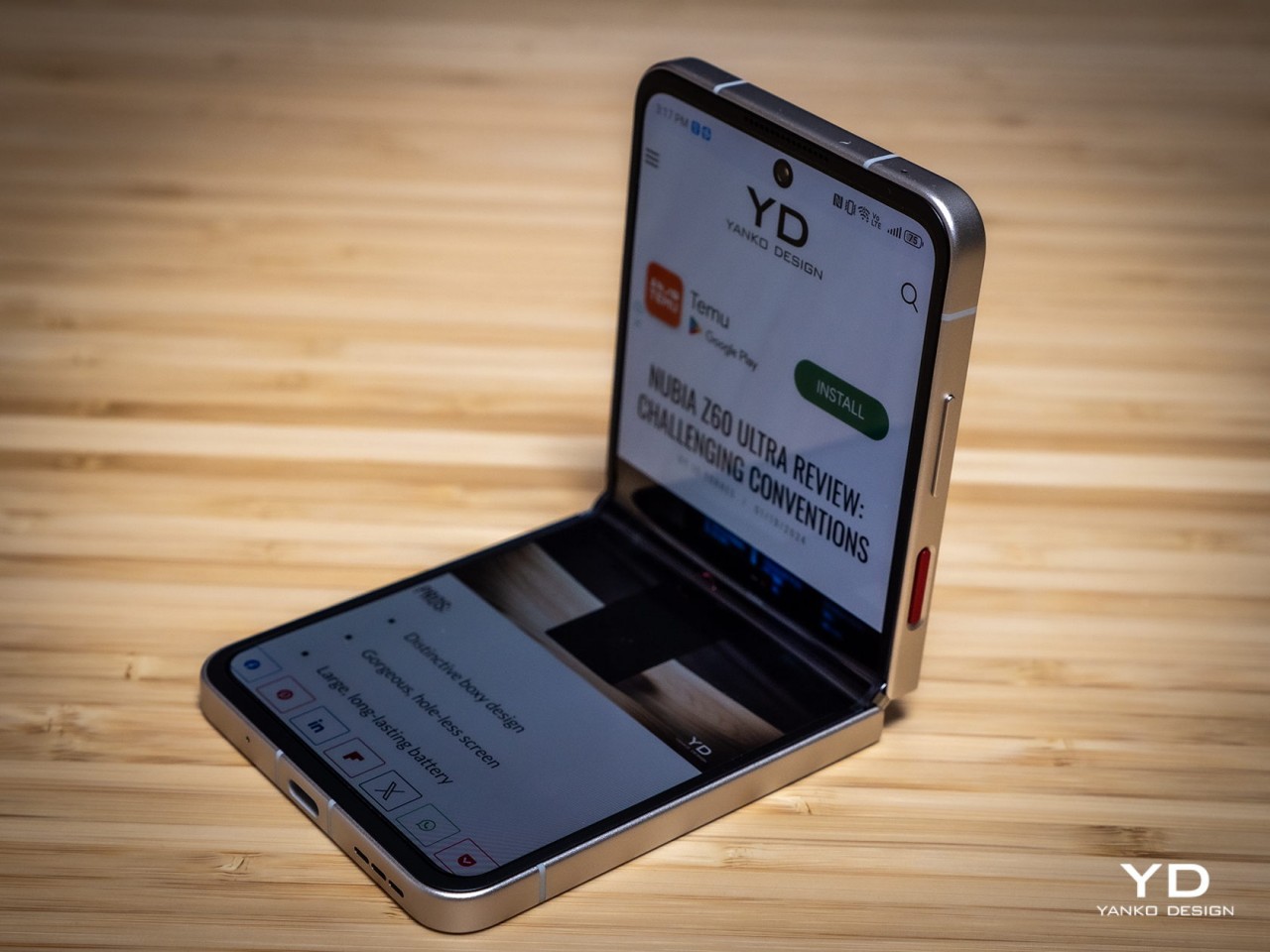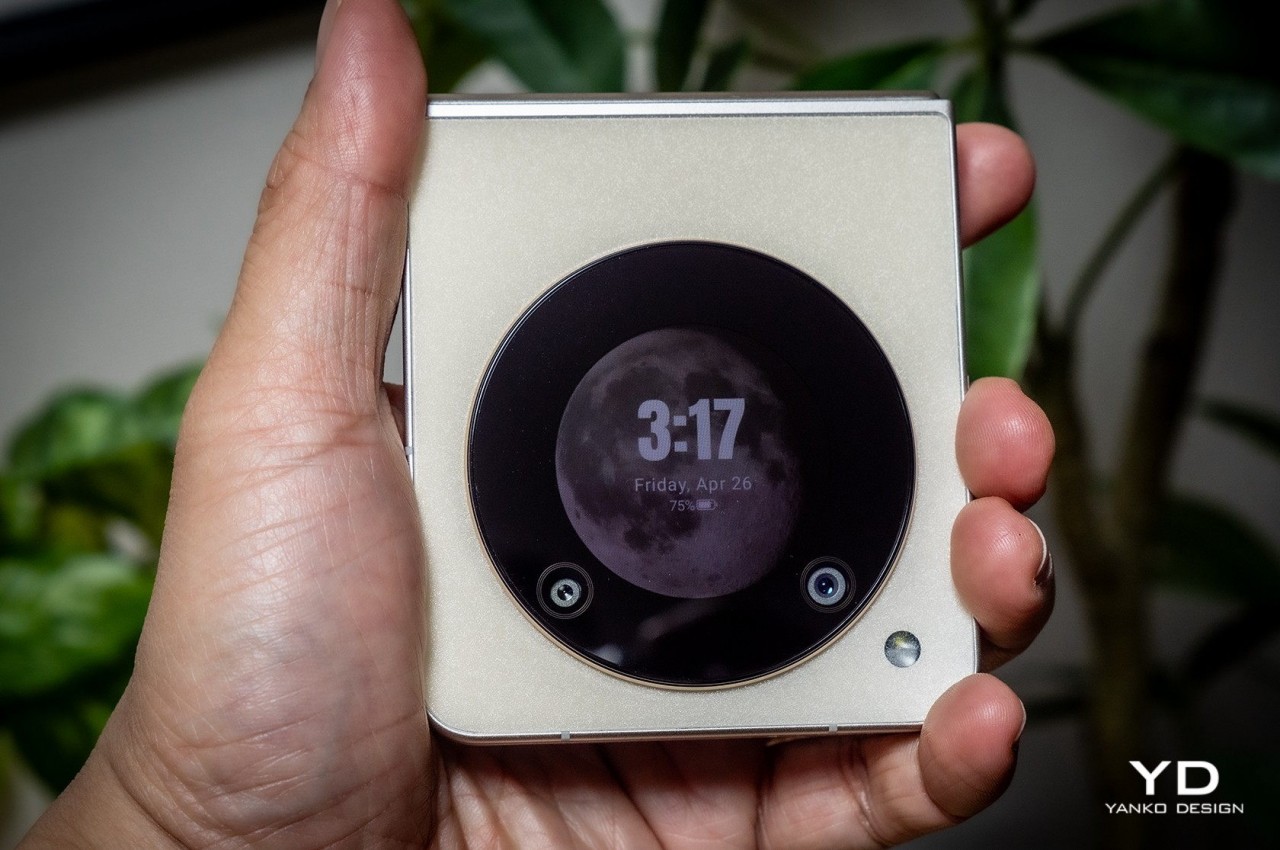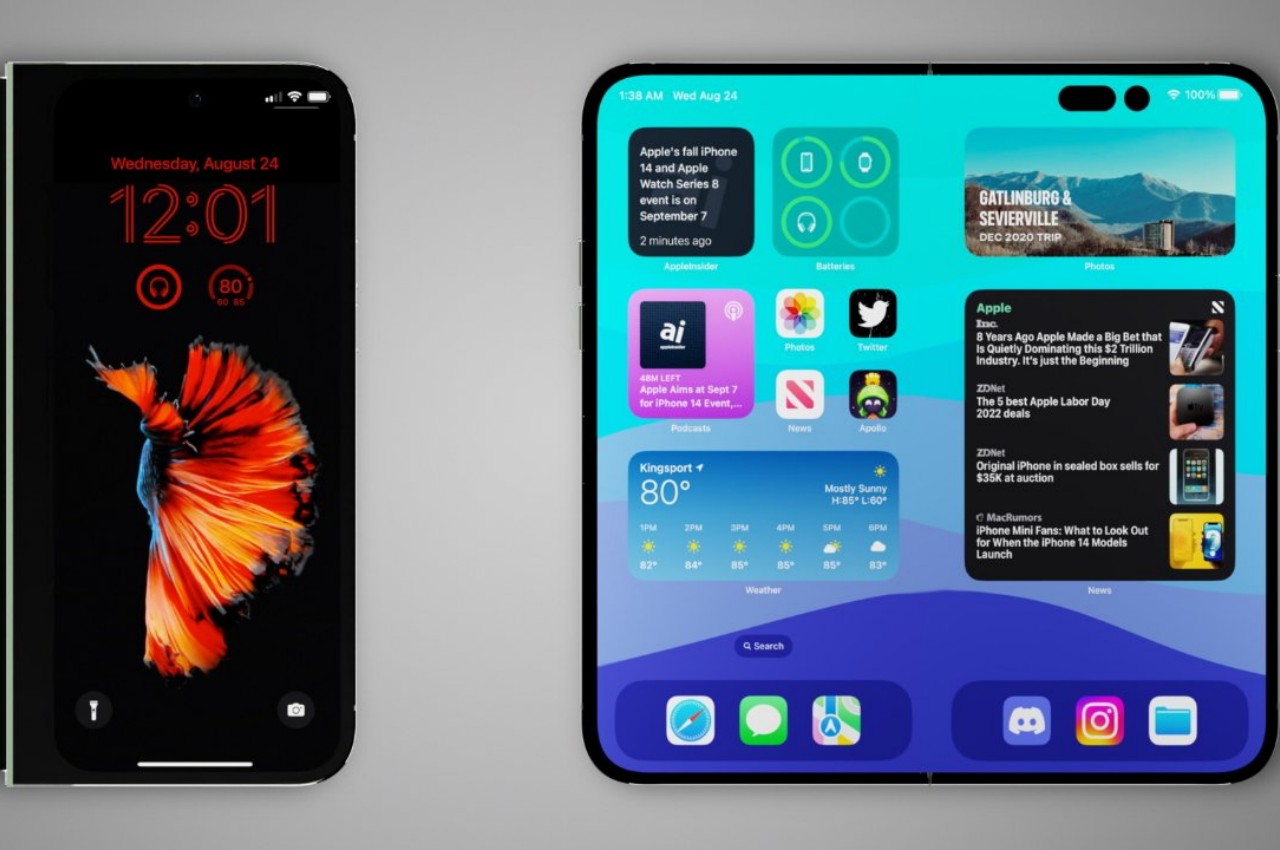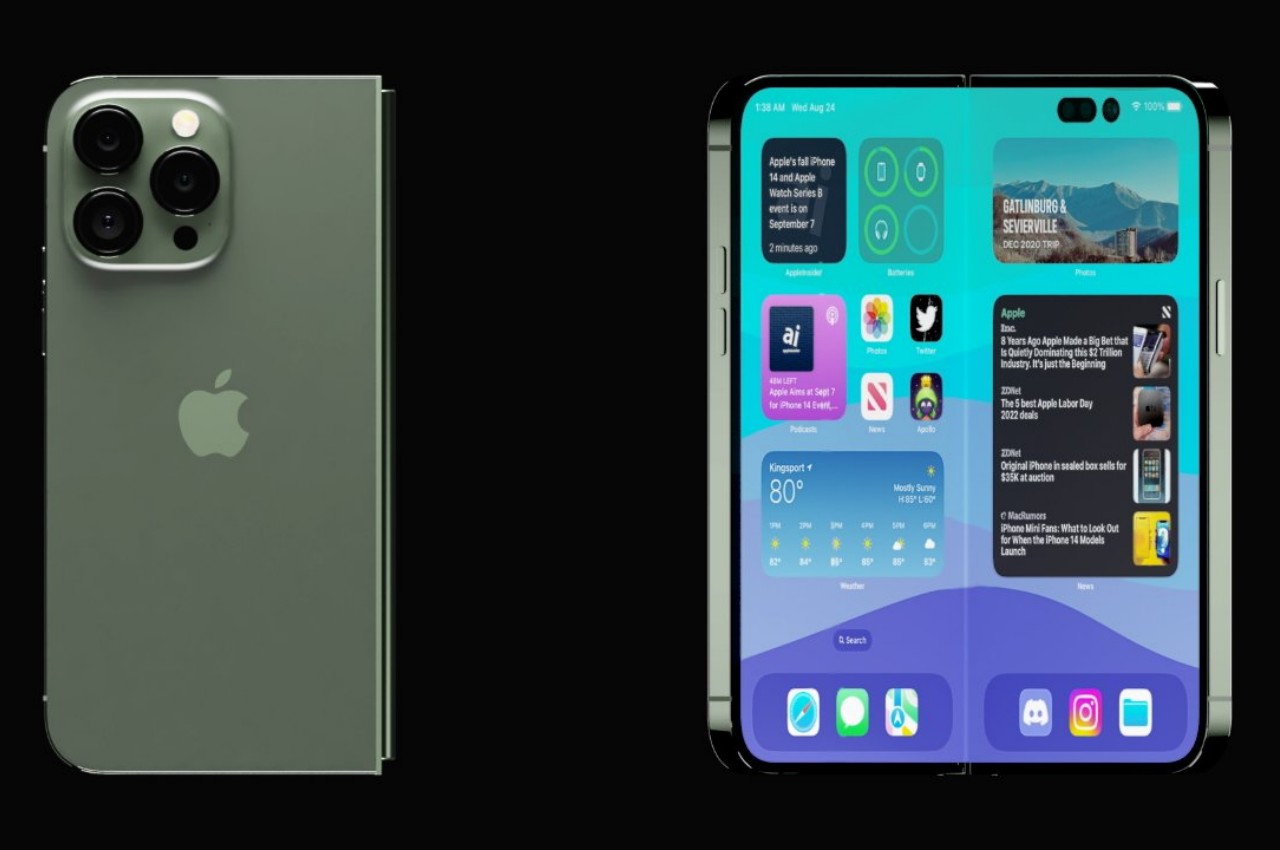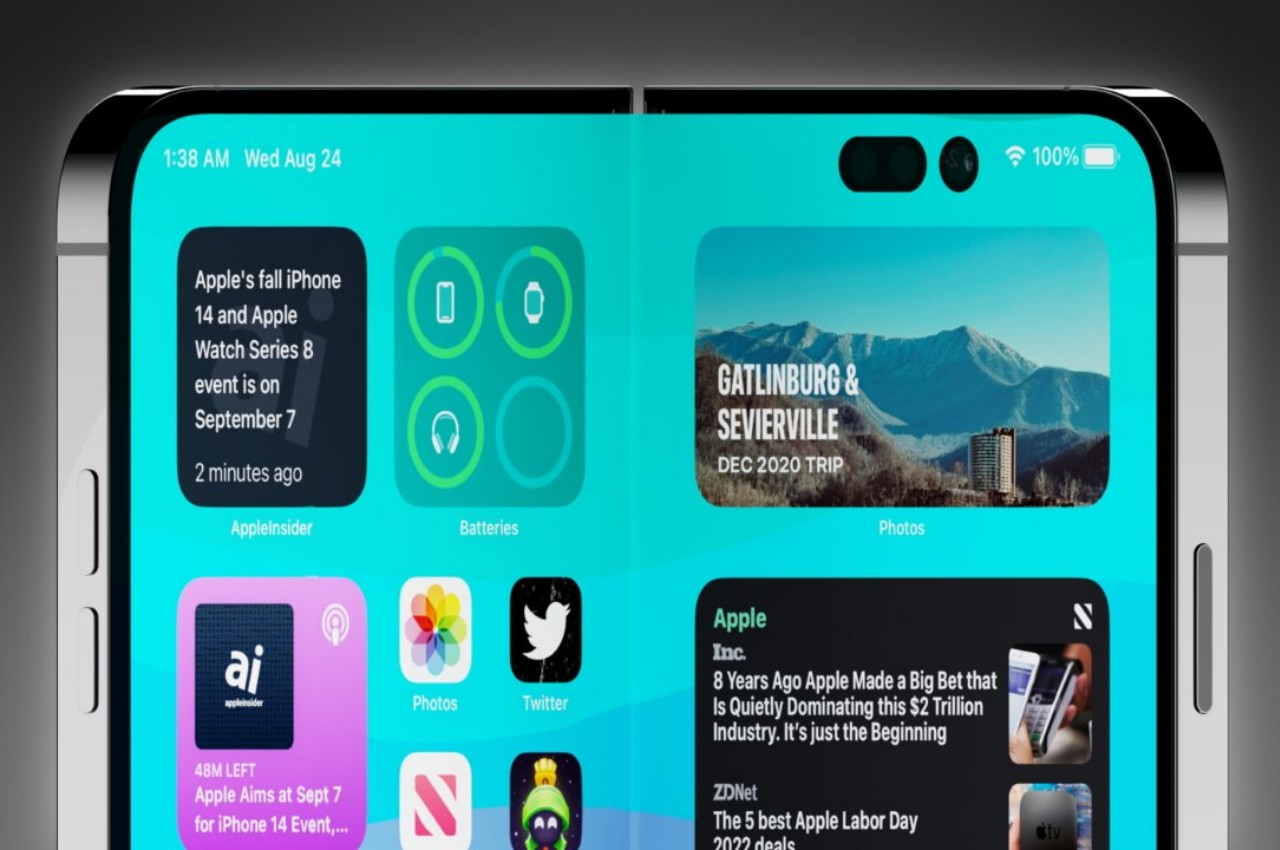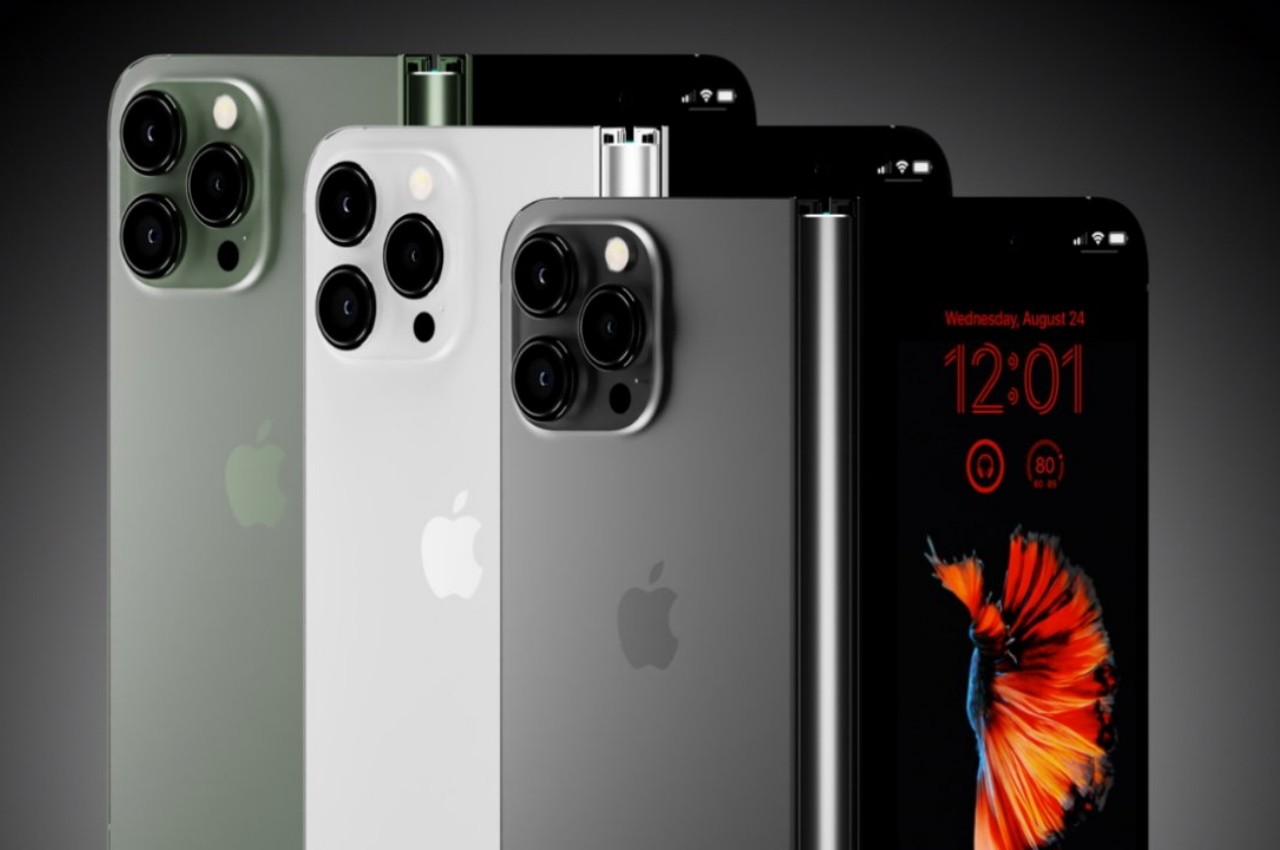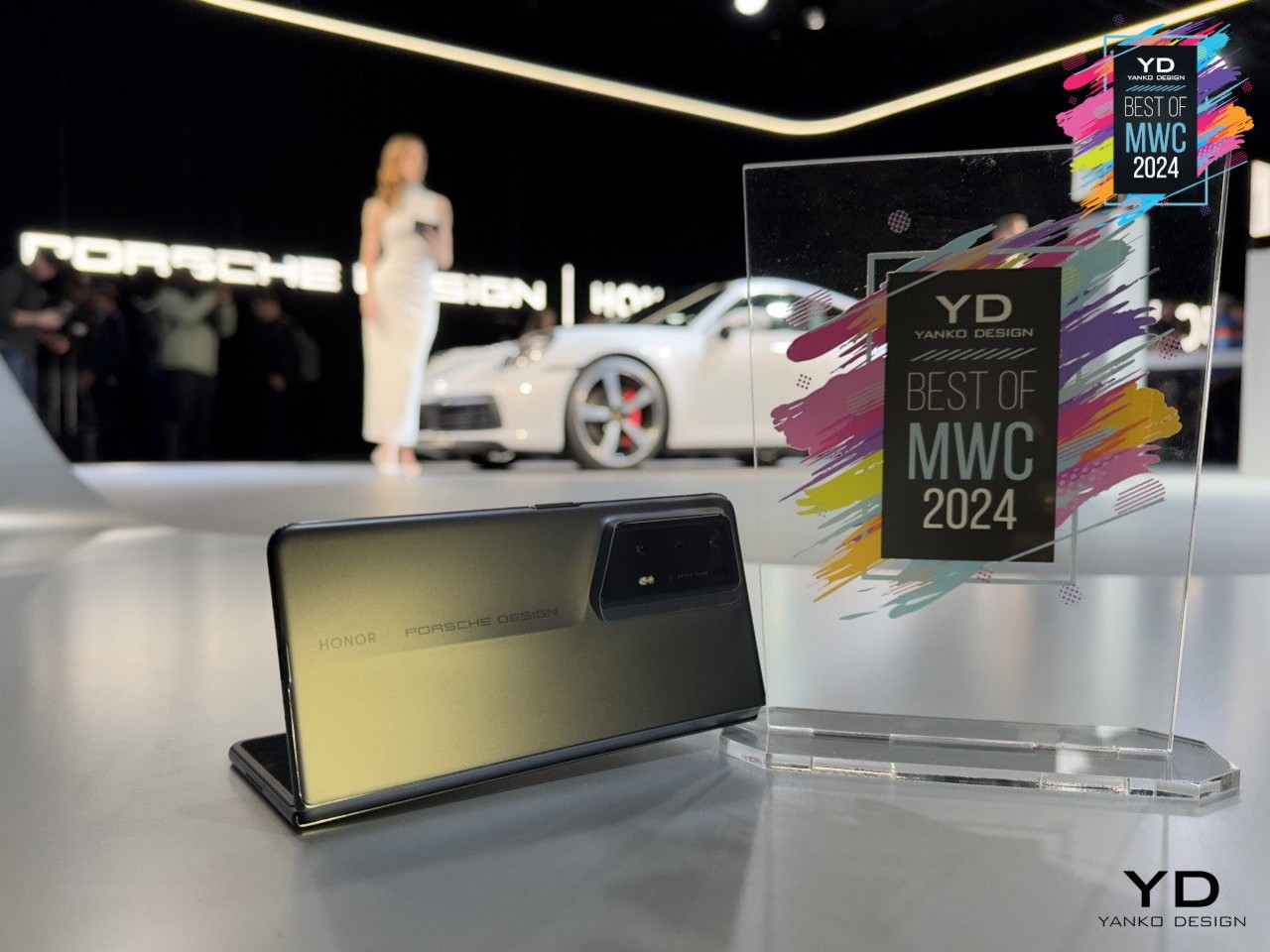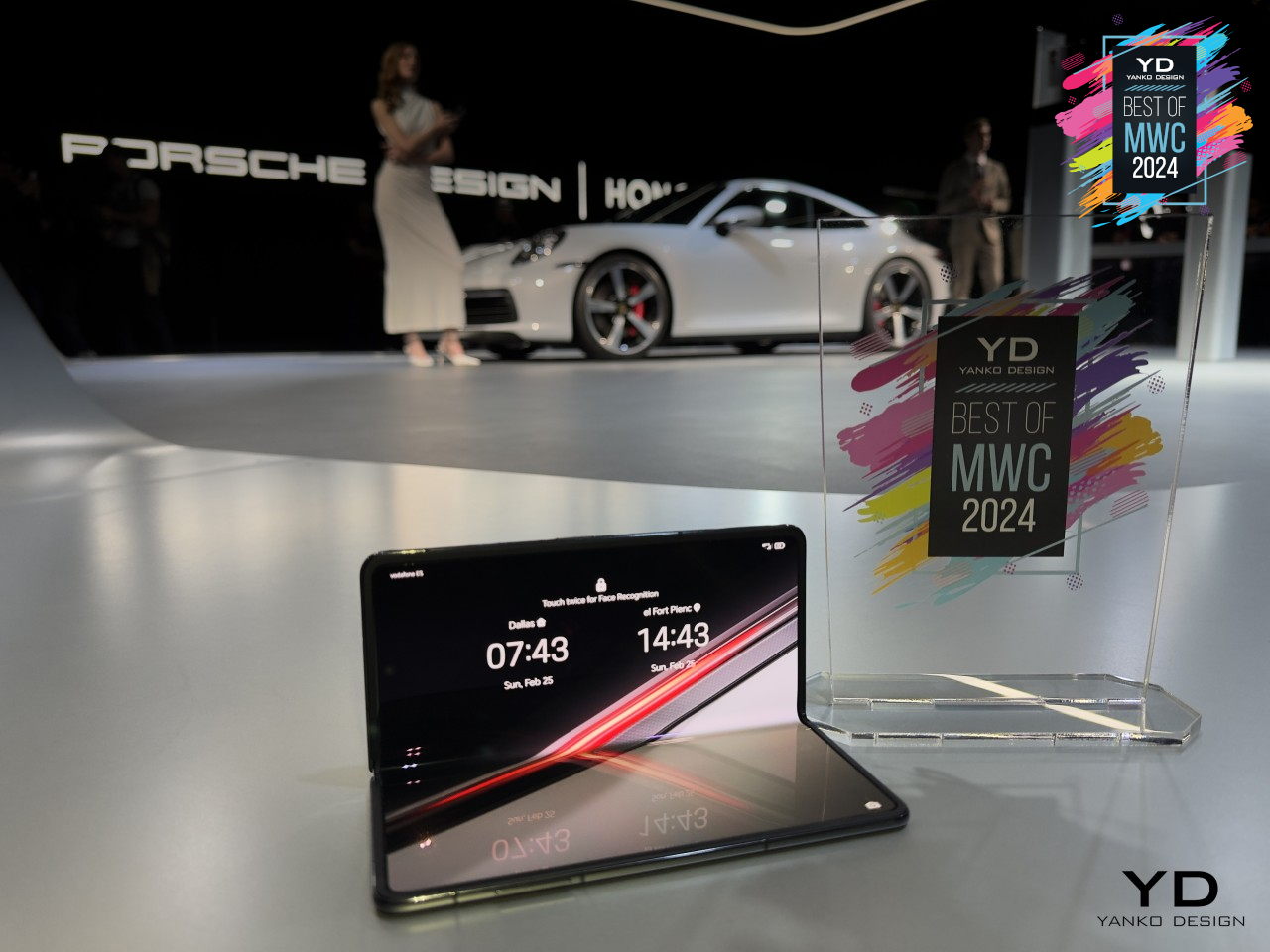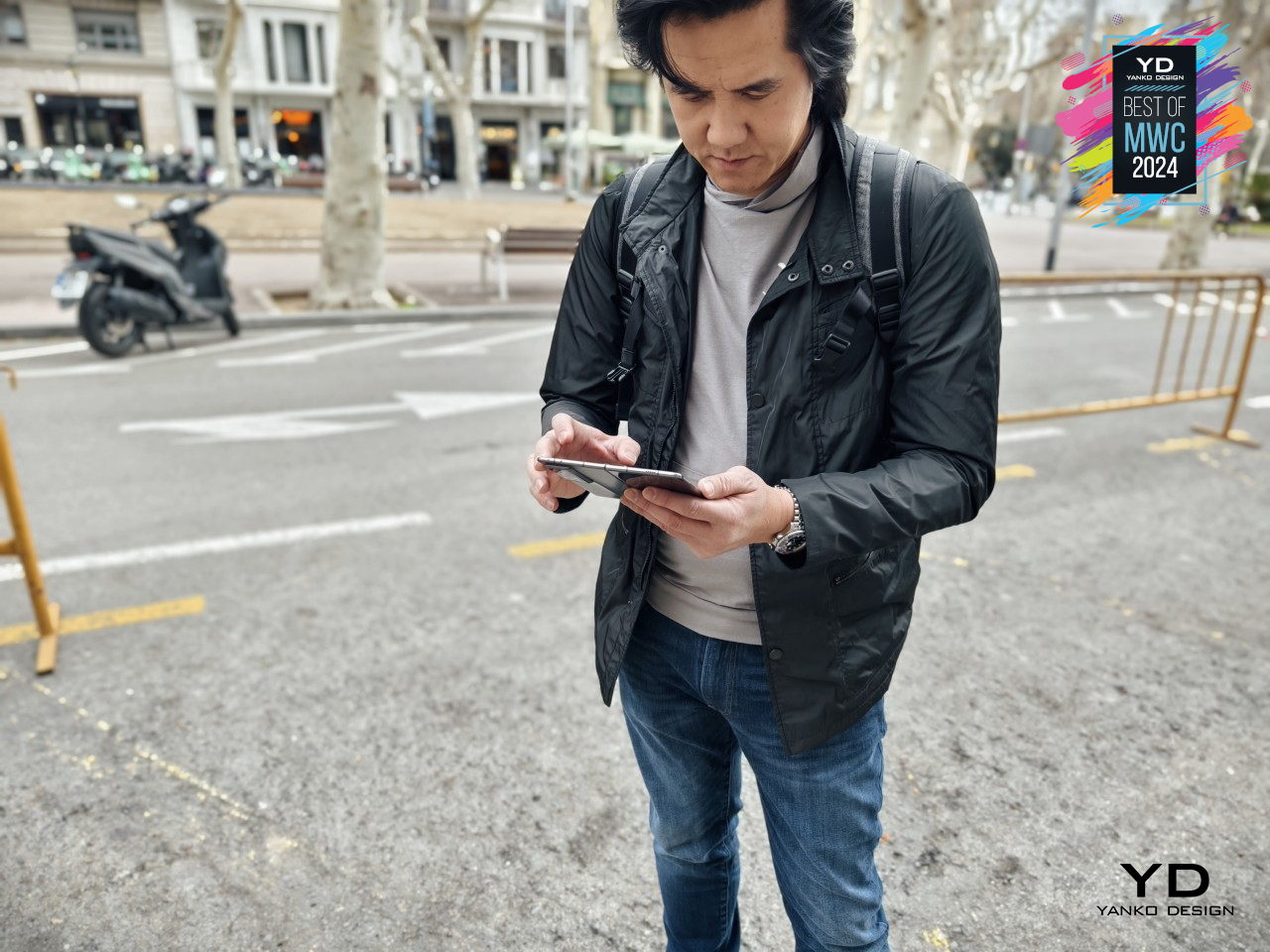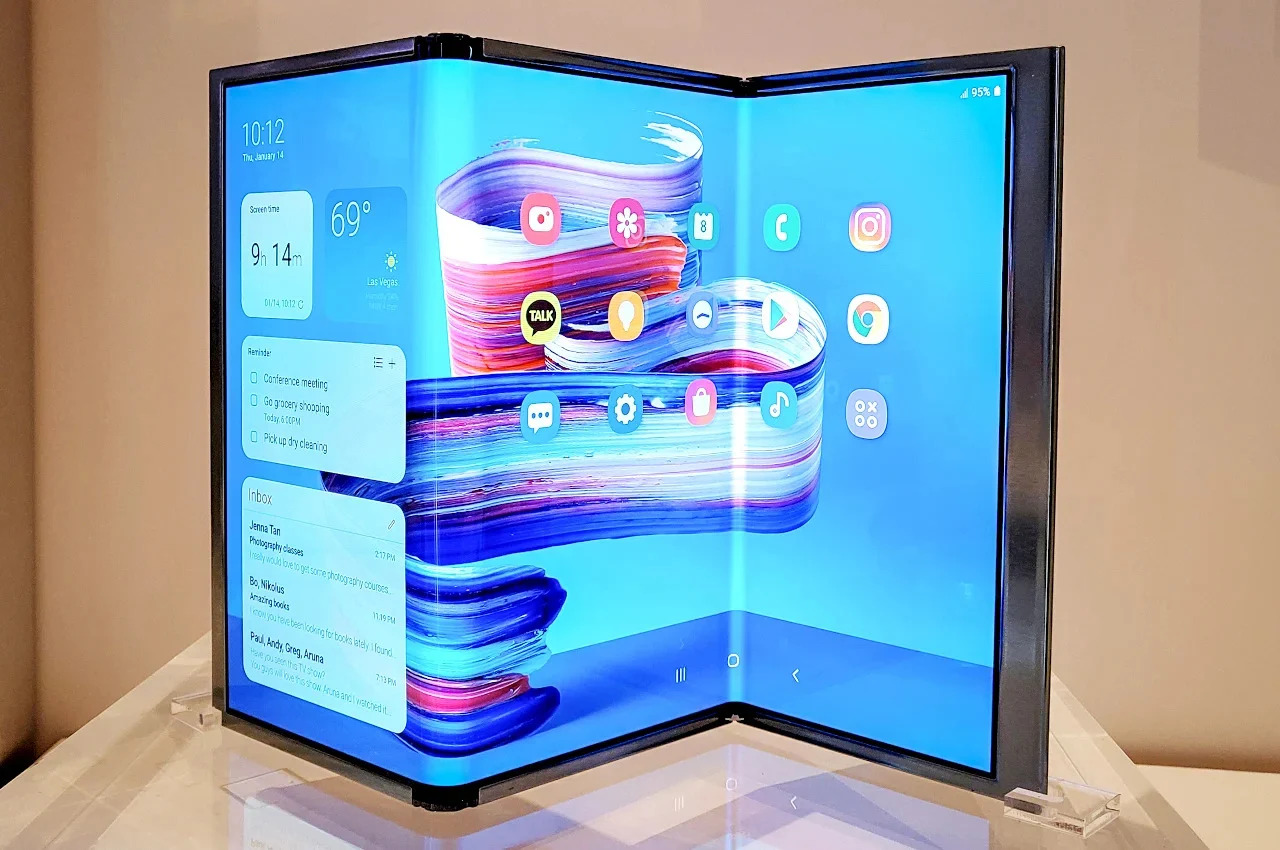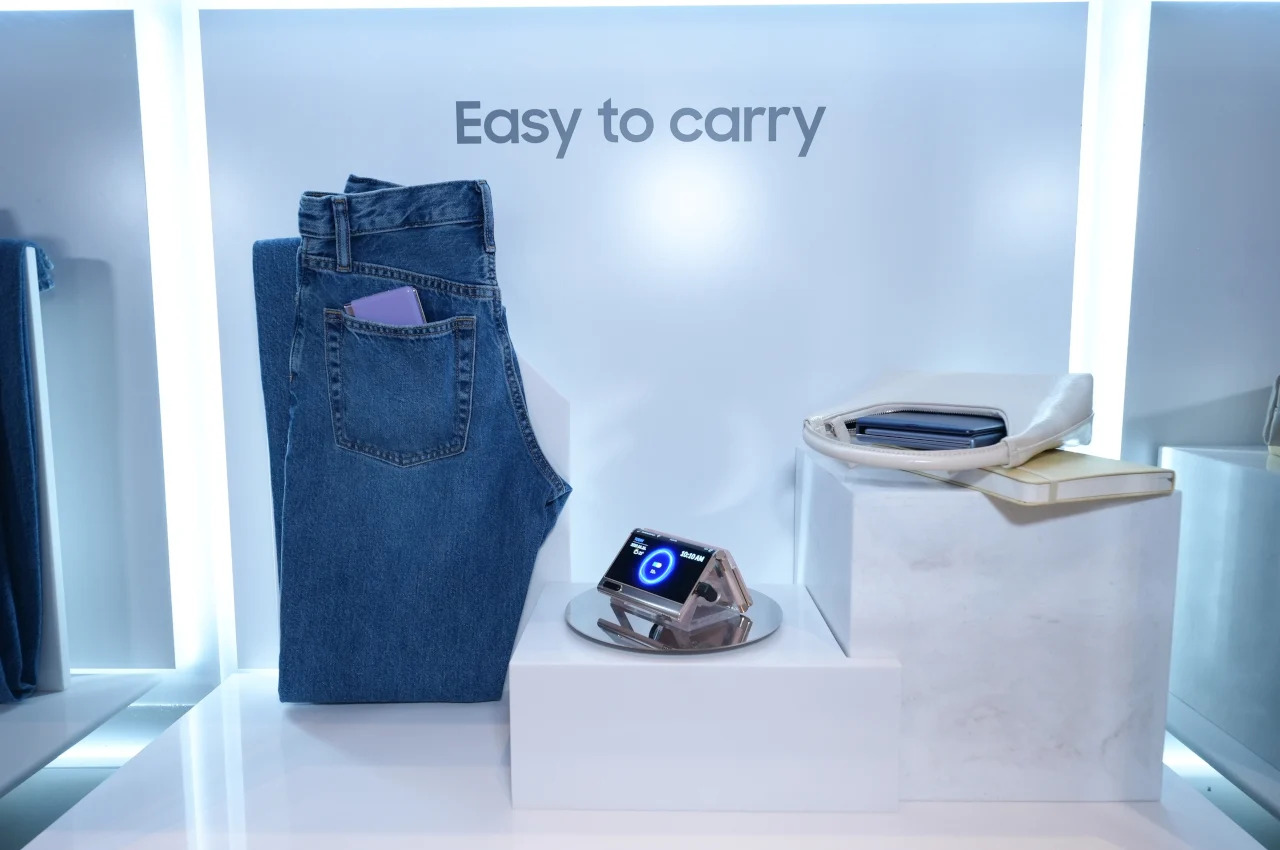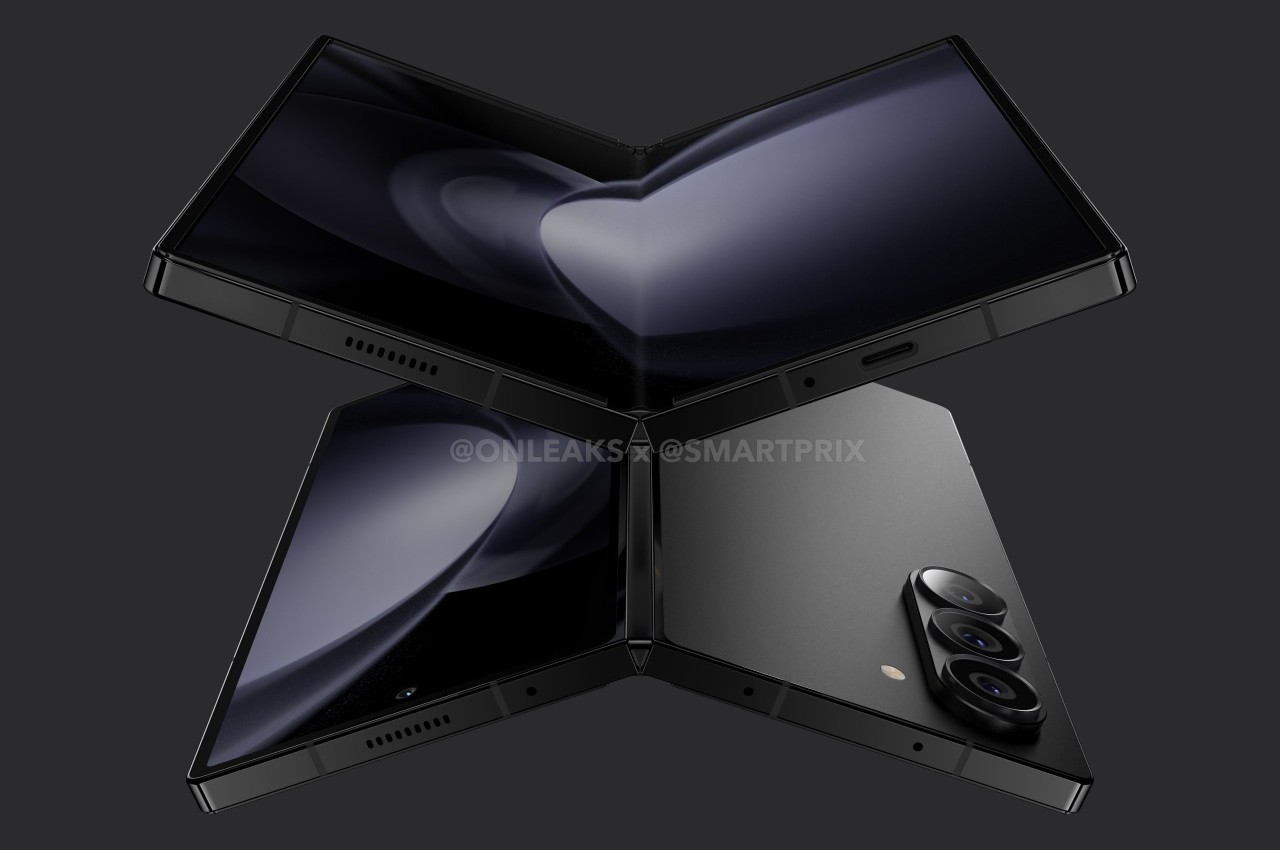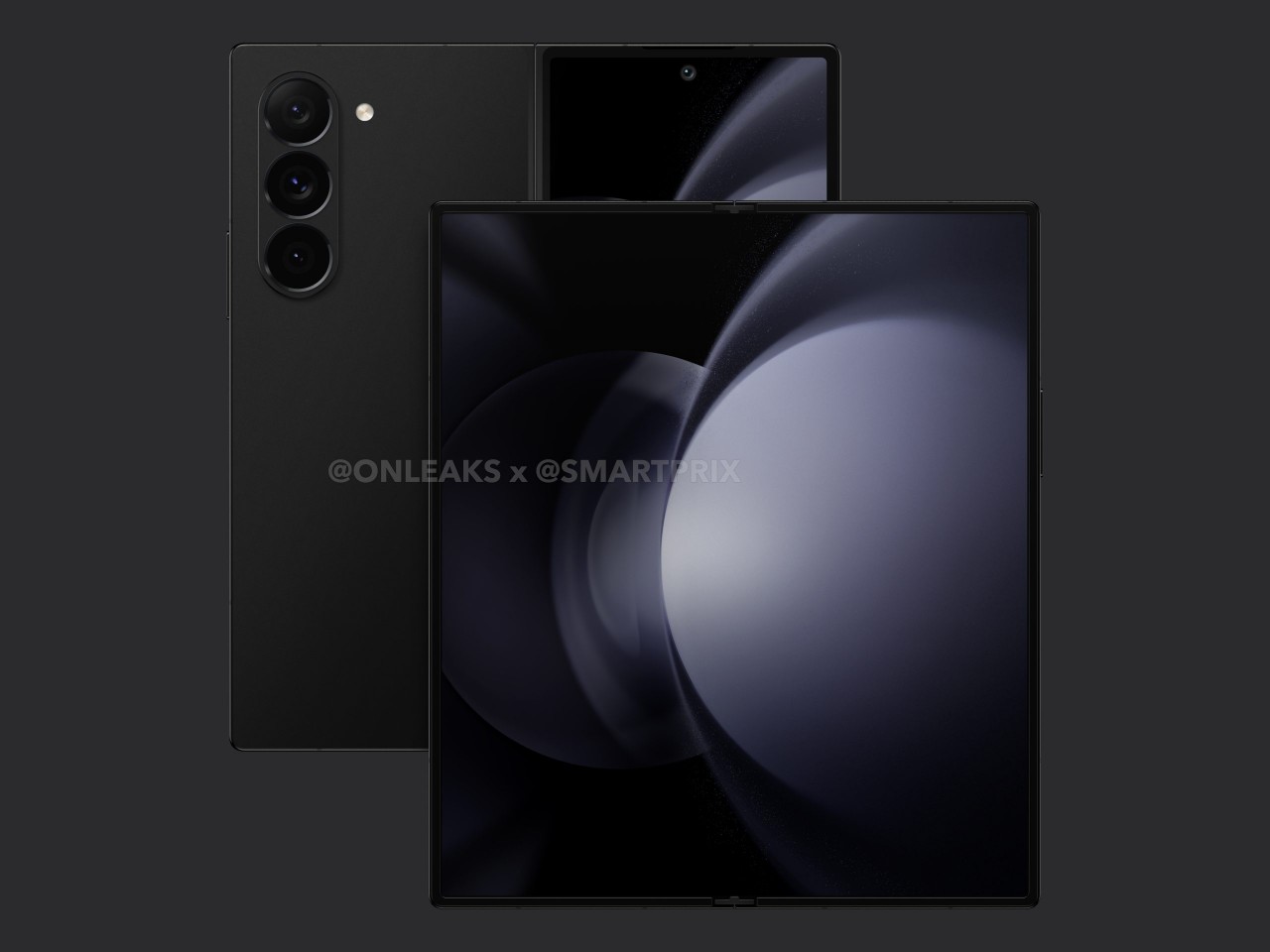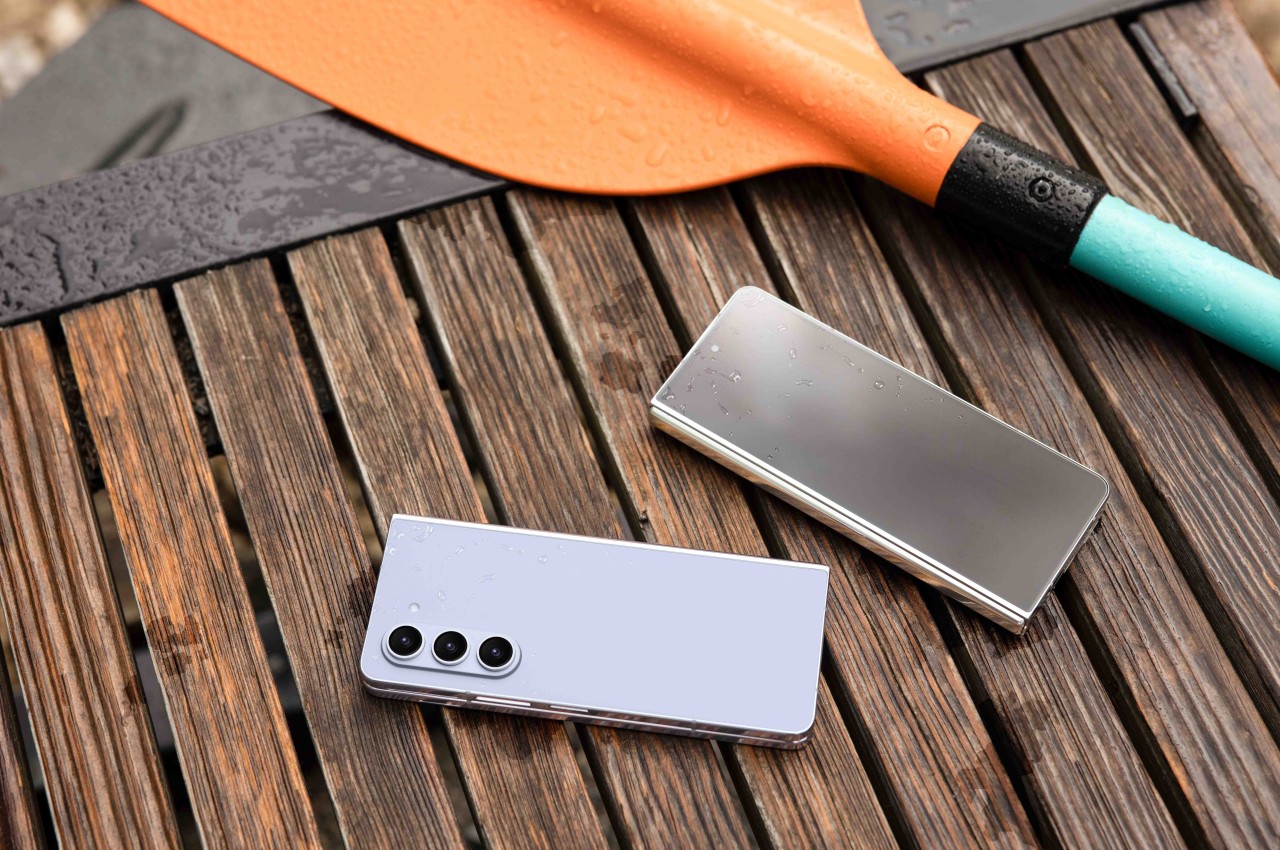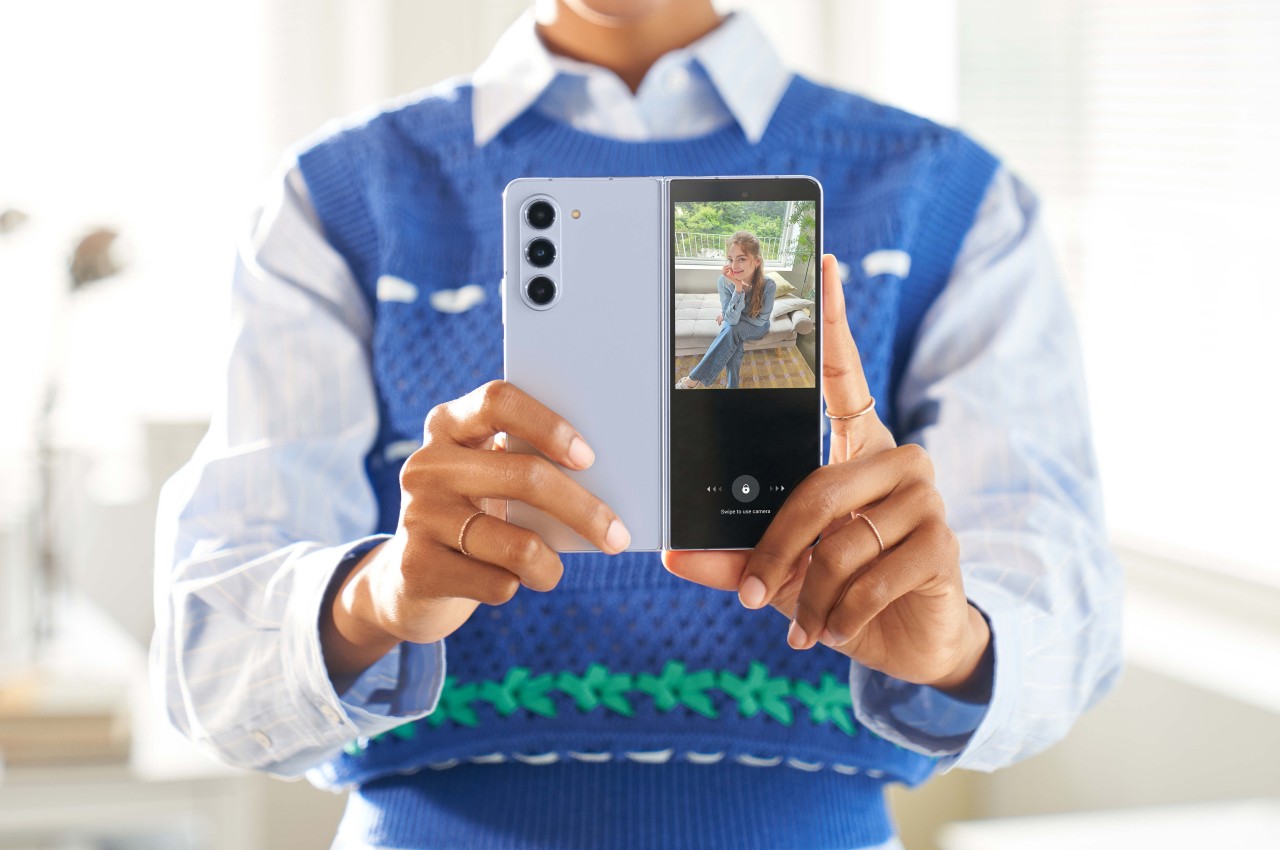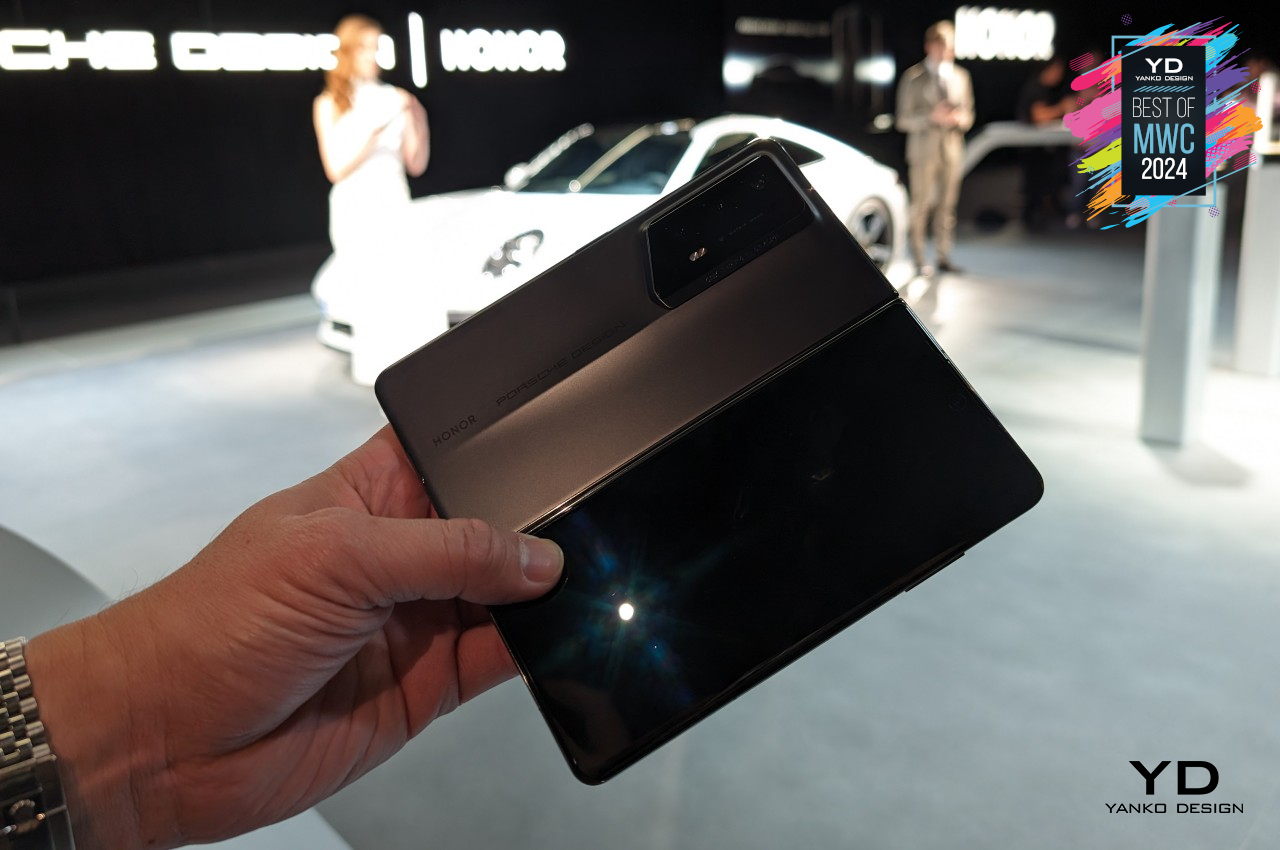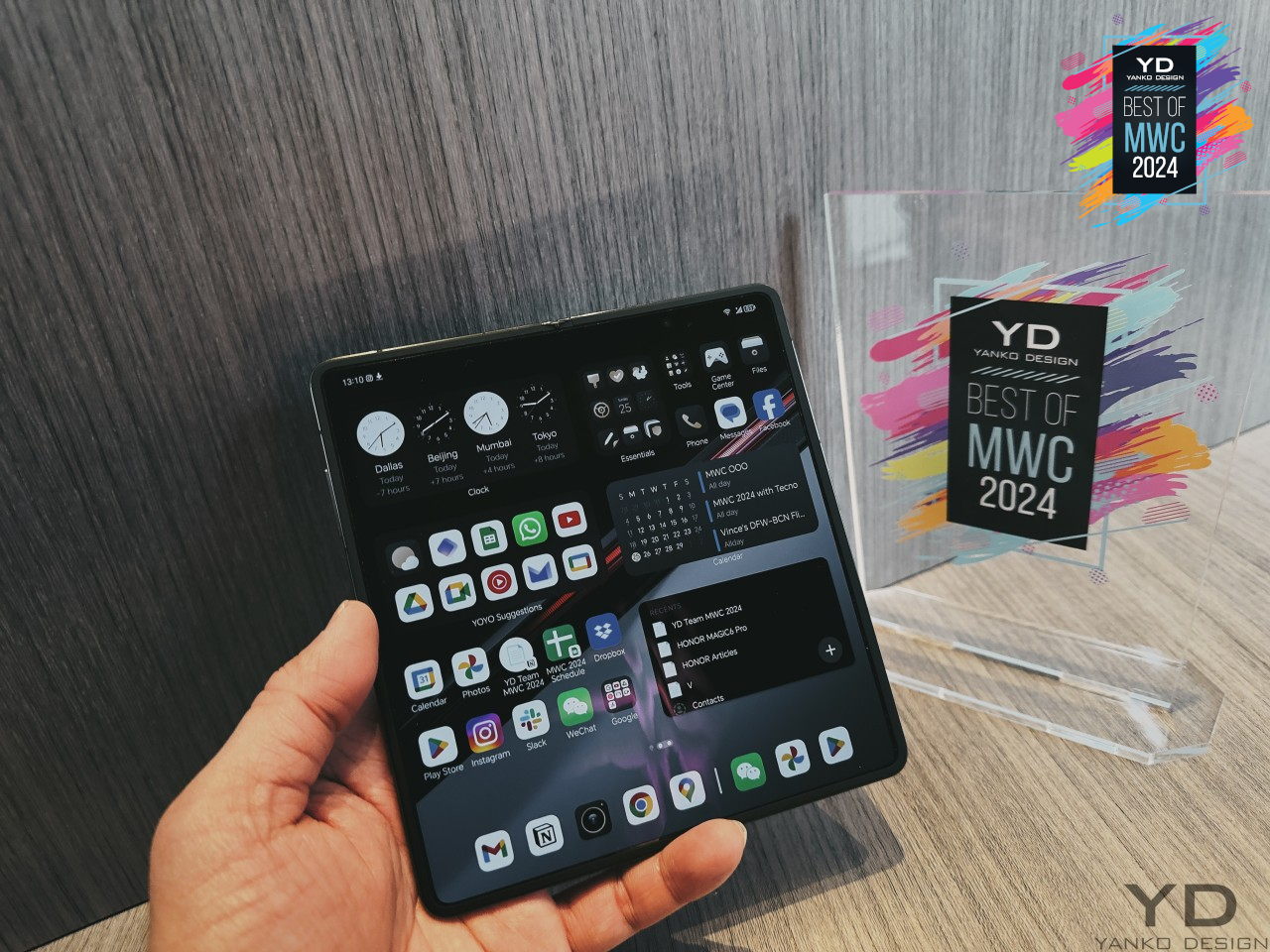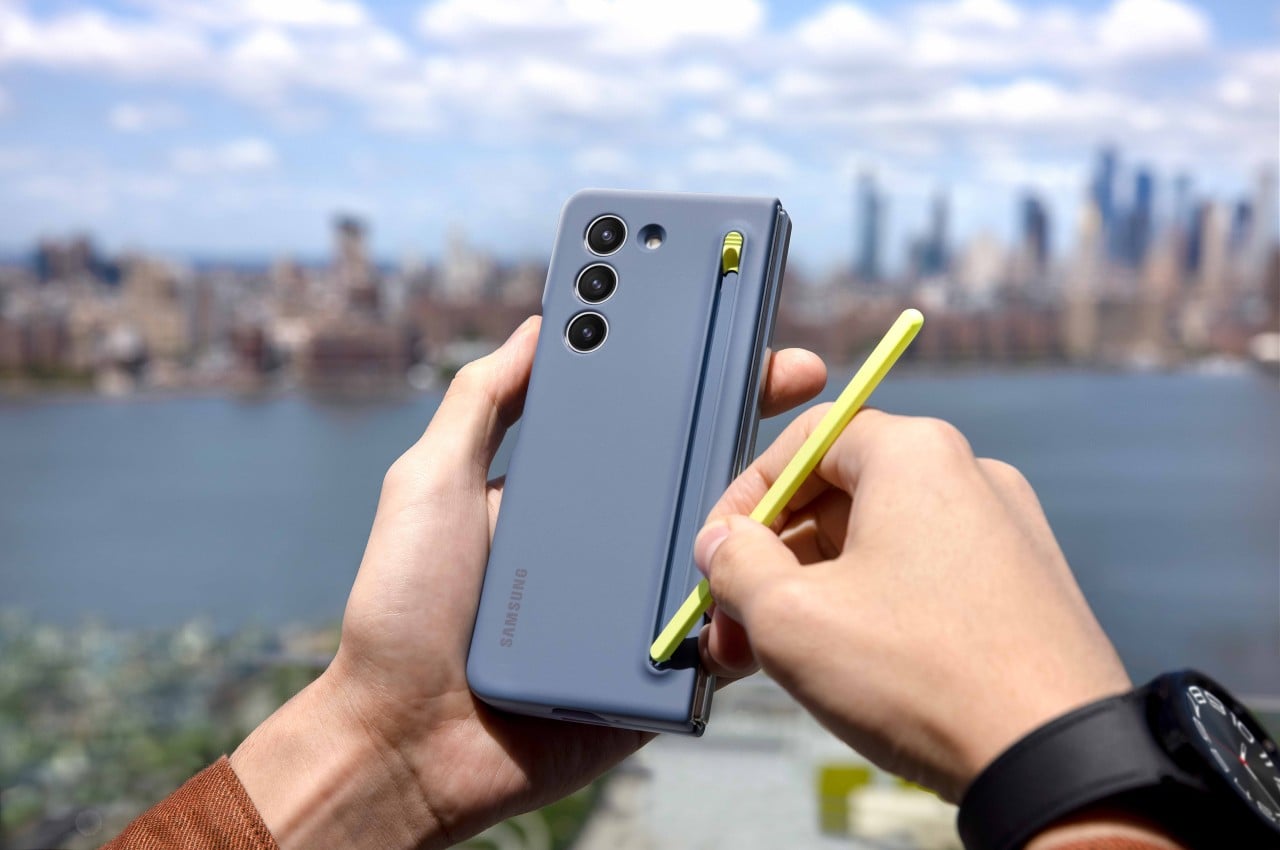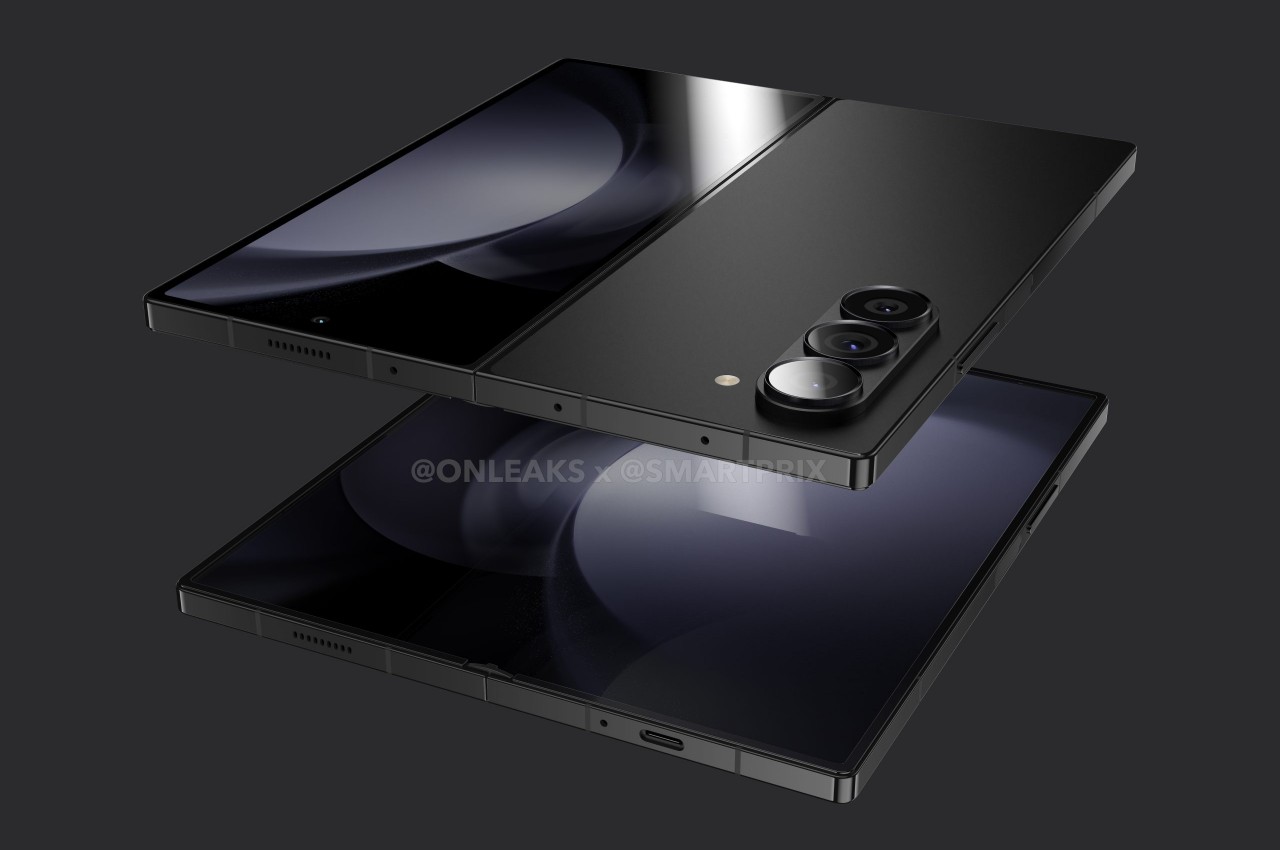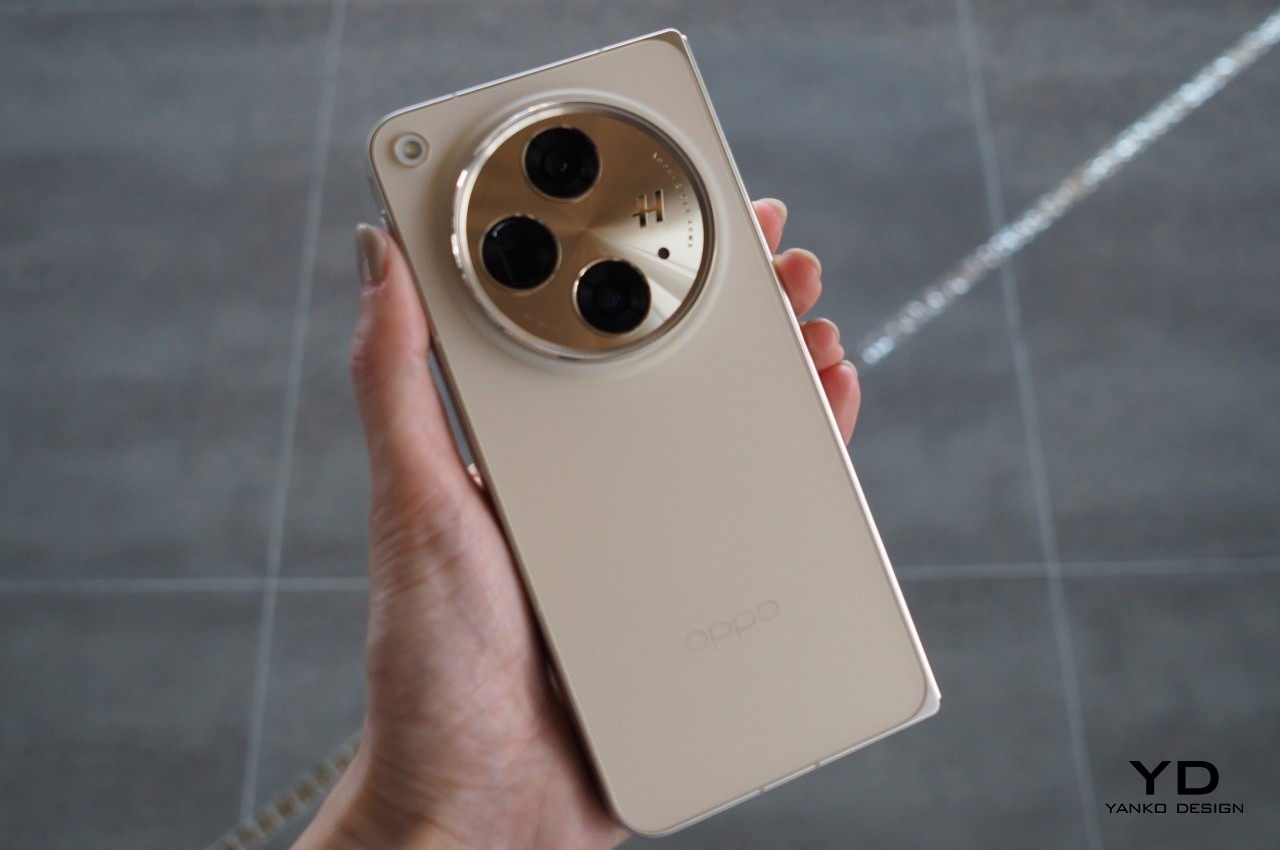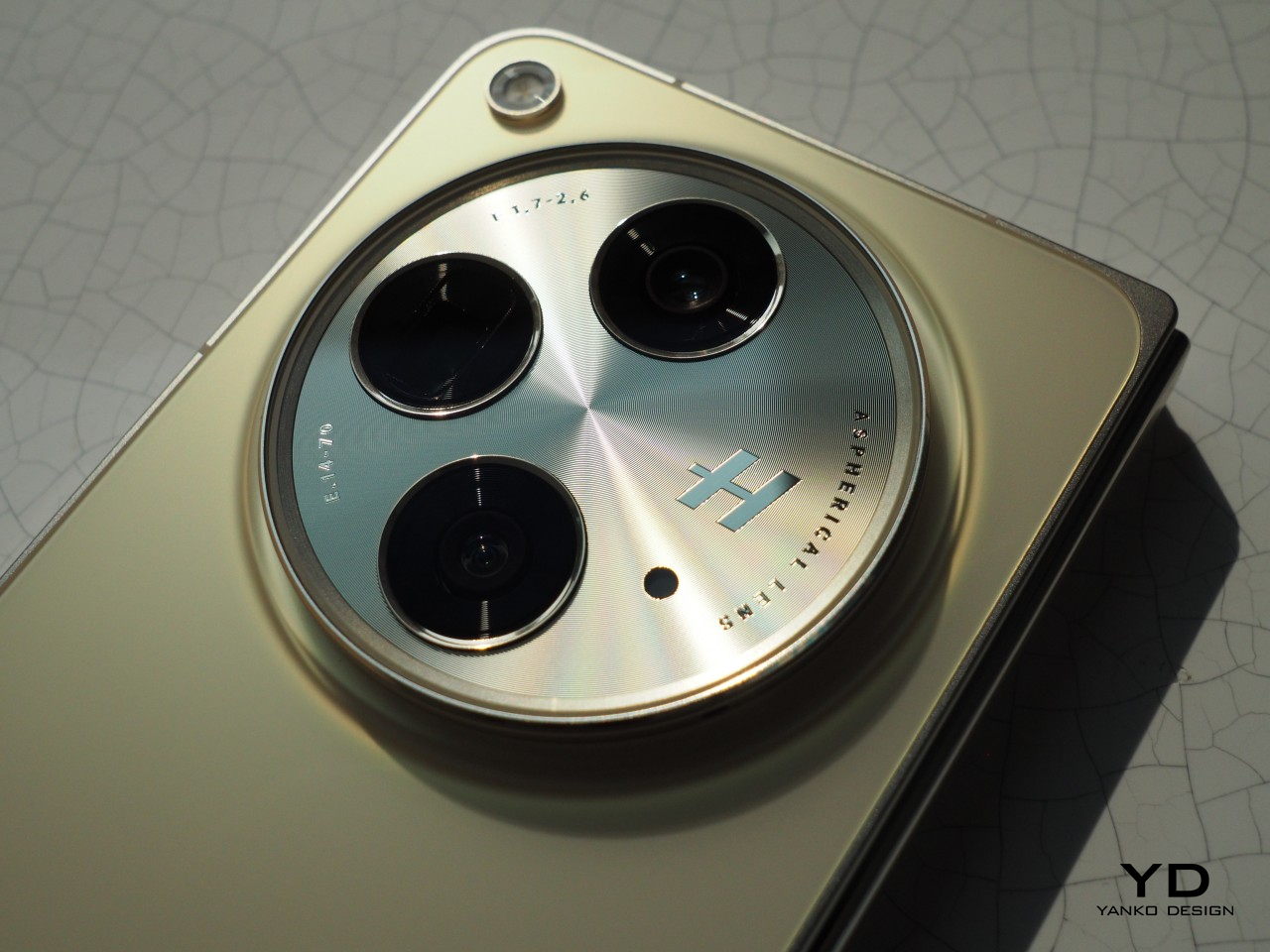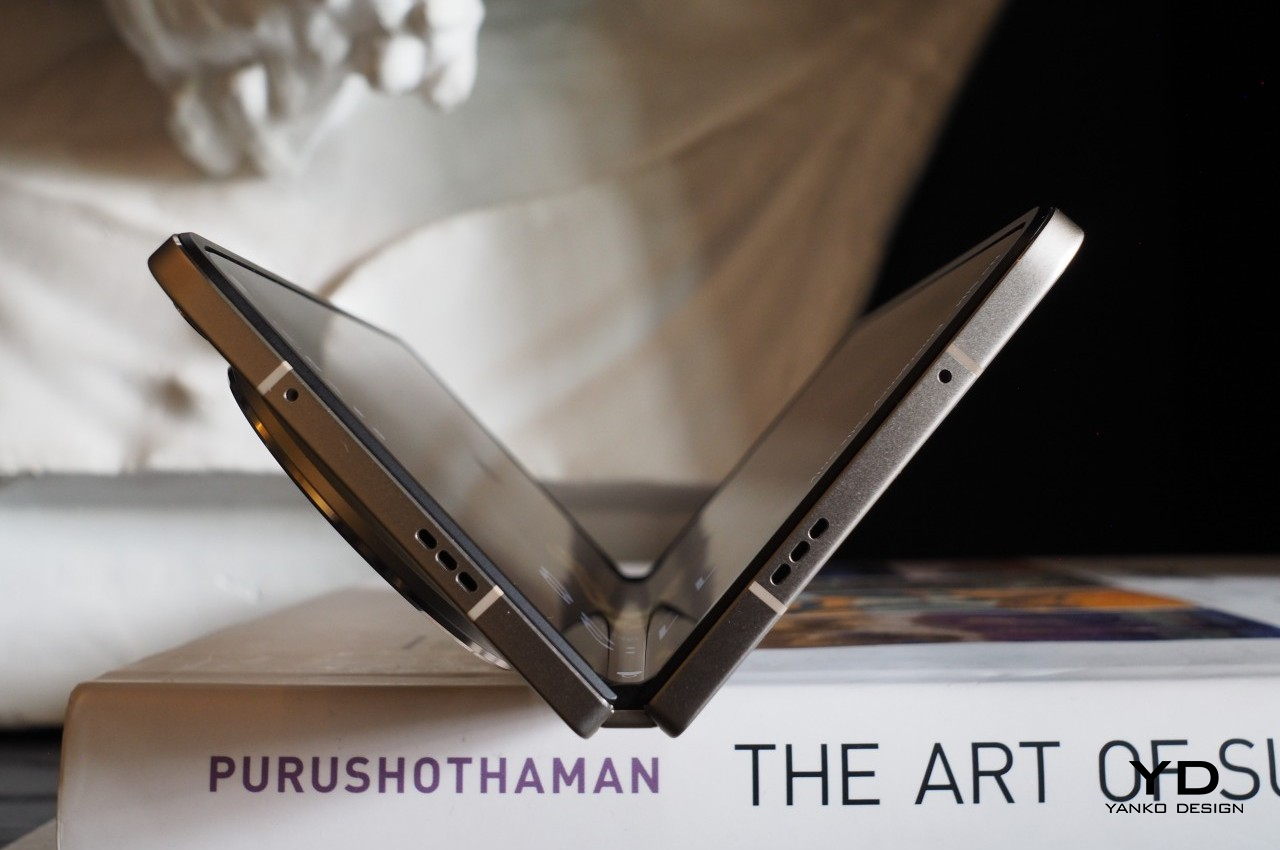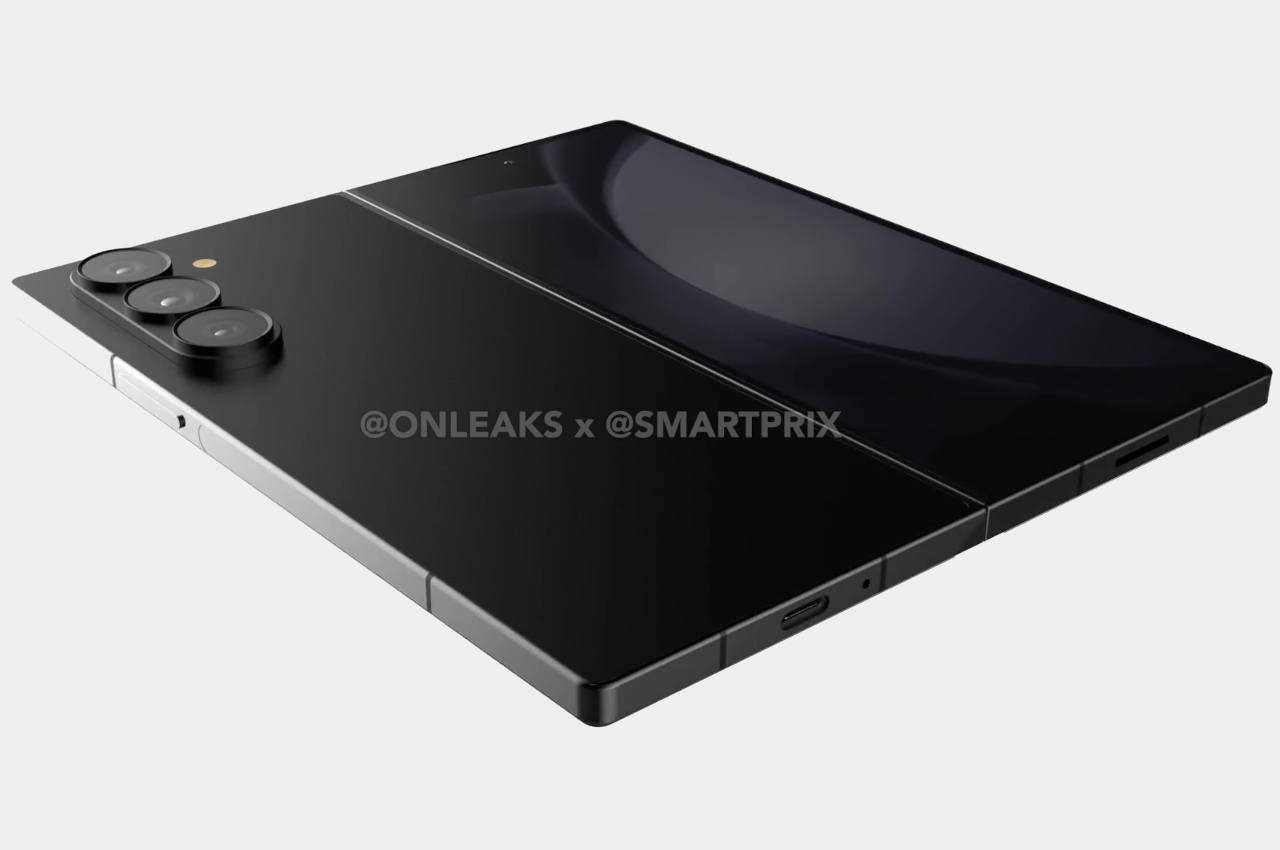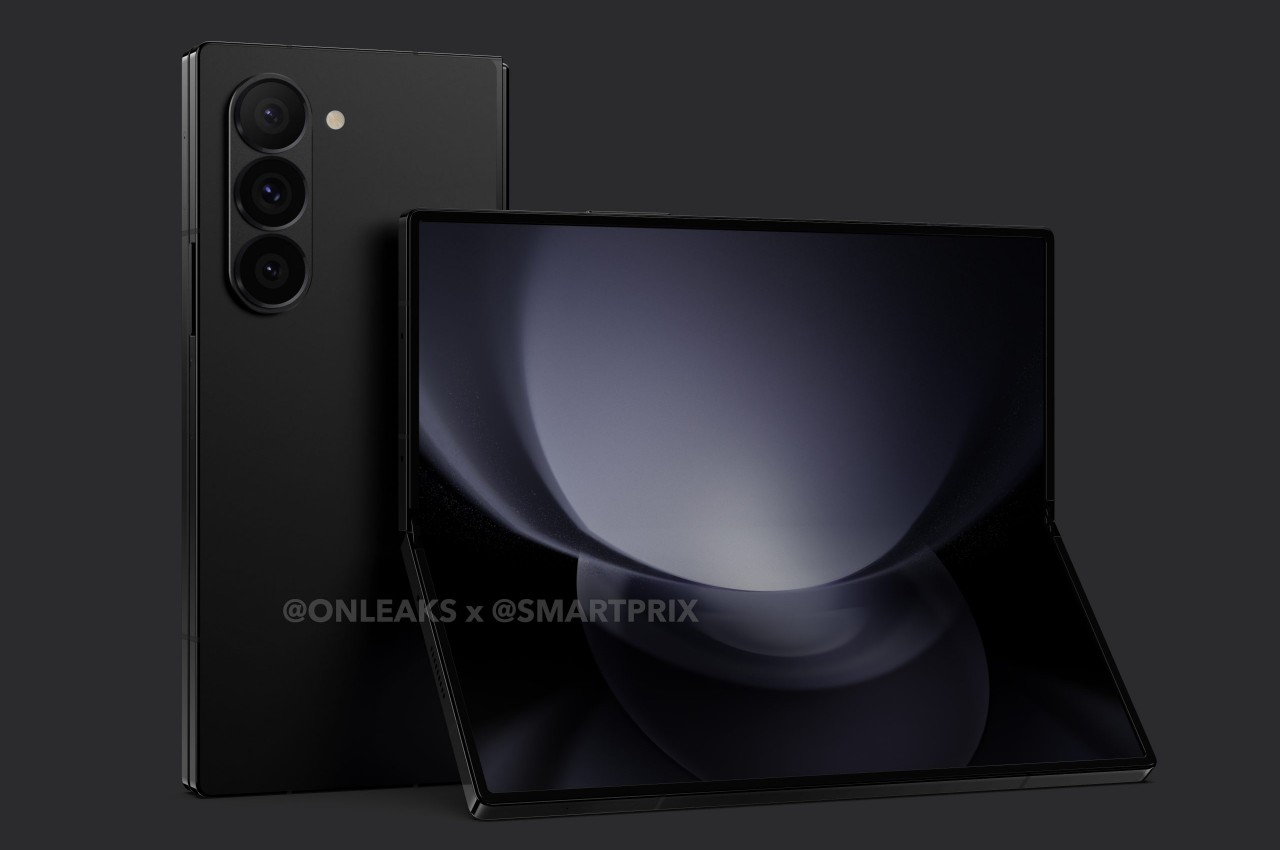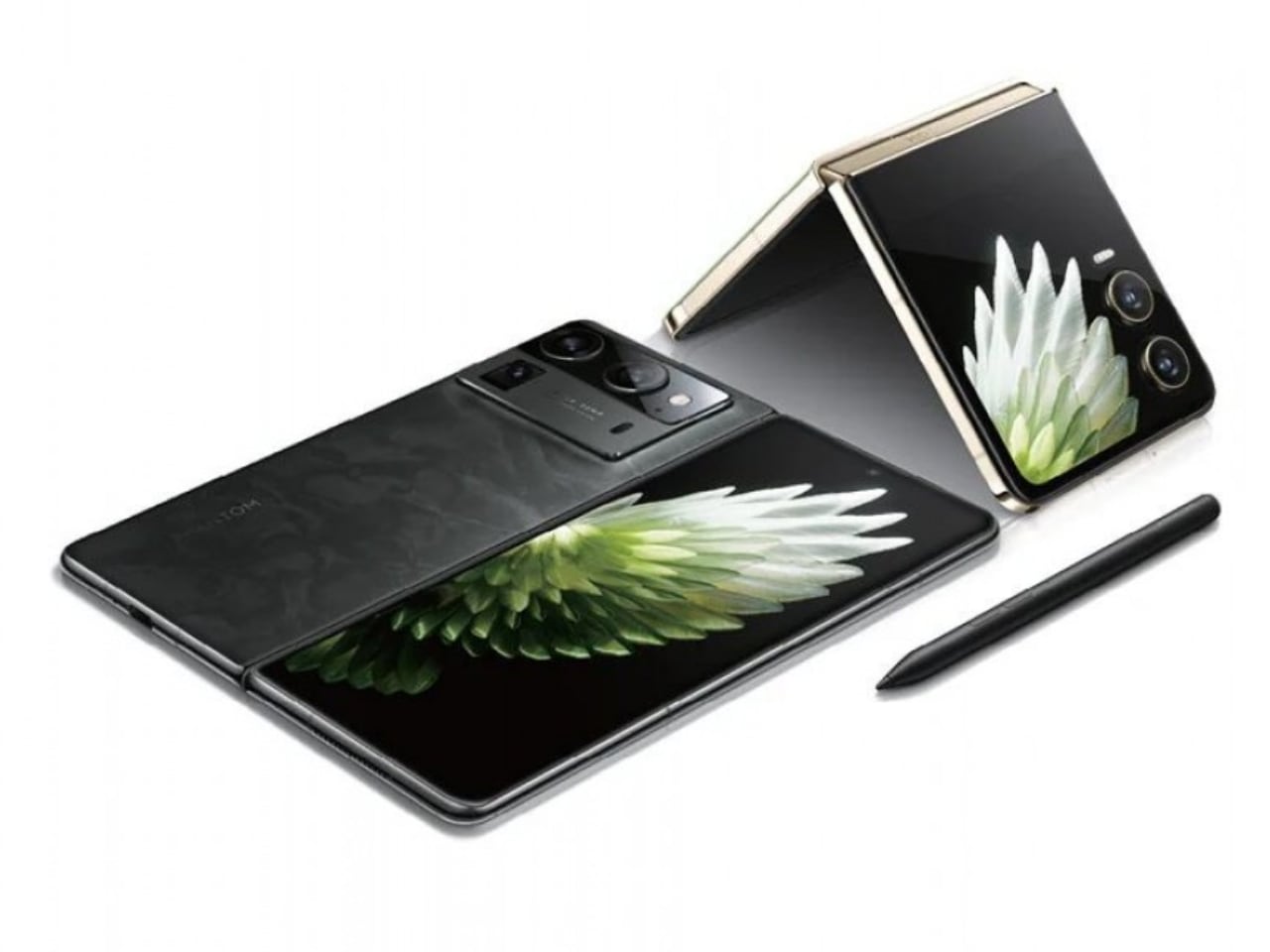
Tecno’s entry into the foldable smartphone market began with the Phantom V Fold 5G and the V Flip 5G. These devices introduced a fresh take on smartphone design, offering the flexibility of foldable screens and compact form factors. With the launch of the Phantom V Fold 2 and V Flip 2, Tecno has made notable improvements, focusing on design, functionality, and user experience. This article explores the changes between these first and second generations, showing how Tecno has refined its approach to meet modern needs.
Phantom V Fold 5G vs. V Fold 2: A Thoughtful Redesign
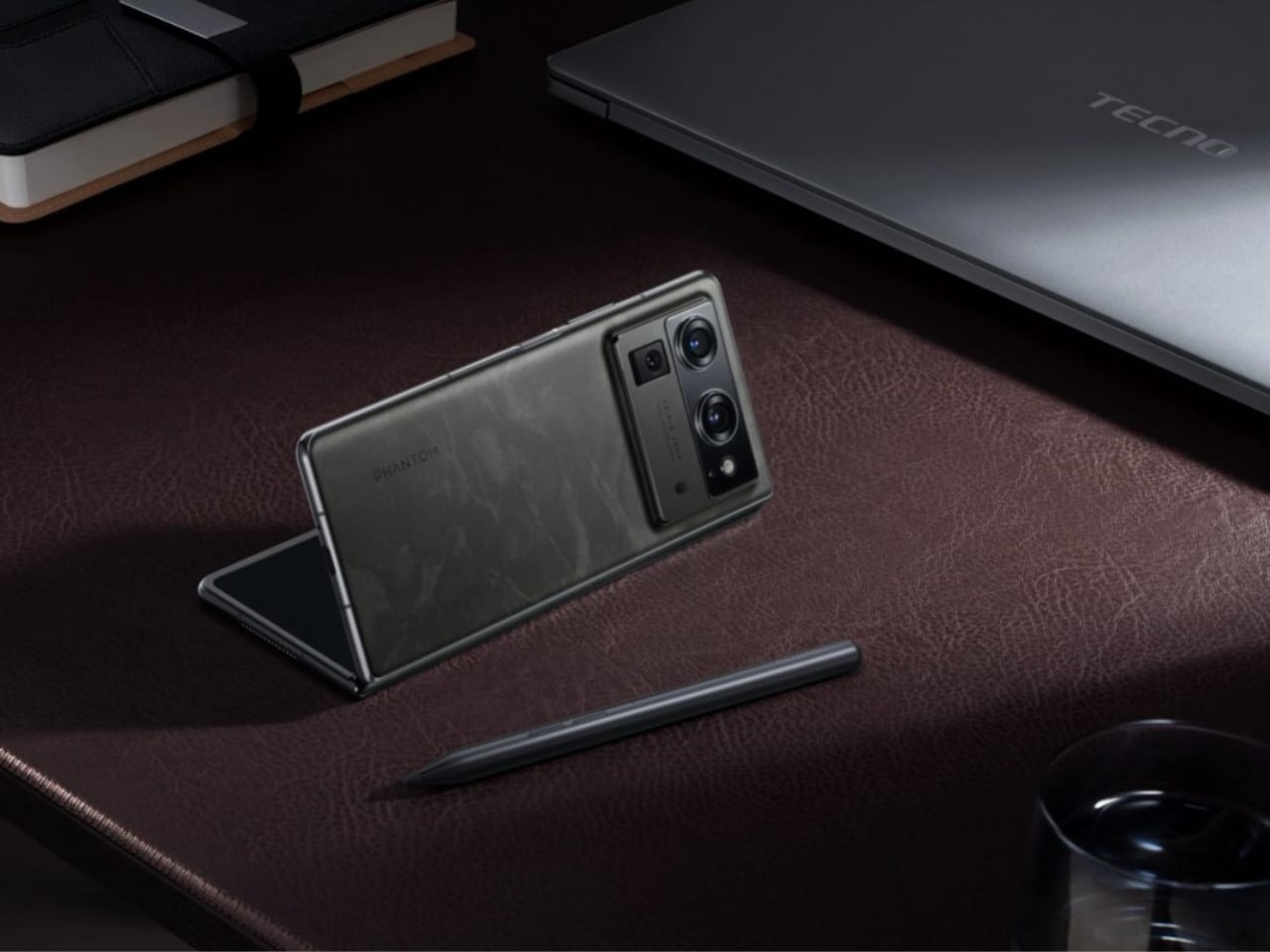
Tecno Phantom V Fold 2 with new stylus
Design and Build Quality
The Phantom V Fold 5G featured a bold design with a large, circular camera bump that stood out on the back of the phone. This prominent feature added thickness, making the phone feel bulkier. While it made a statement, the design wasn’t for everyone. Some found it too pronounced, disrupting the phone’s overall balance.
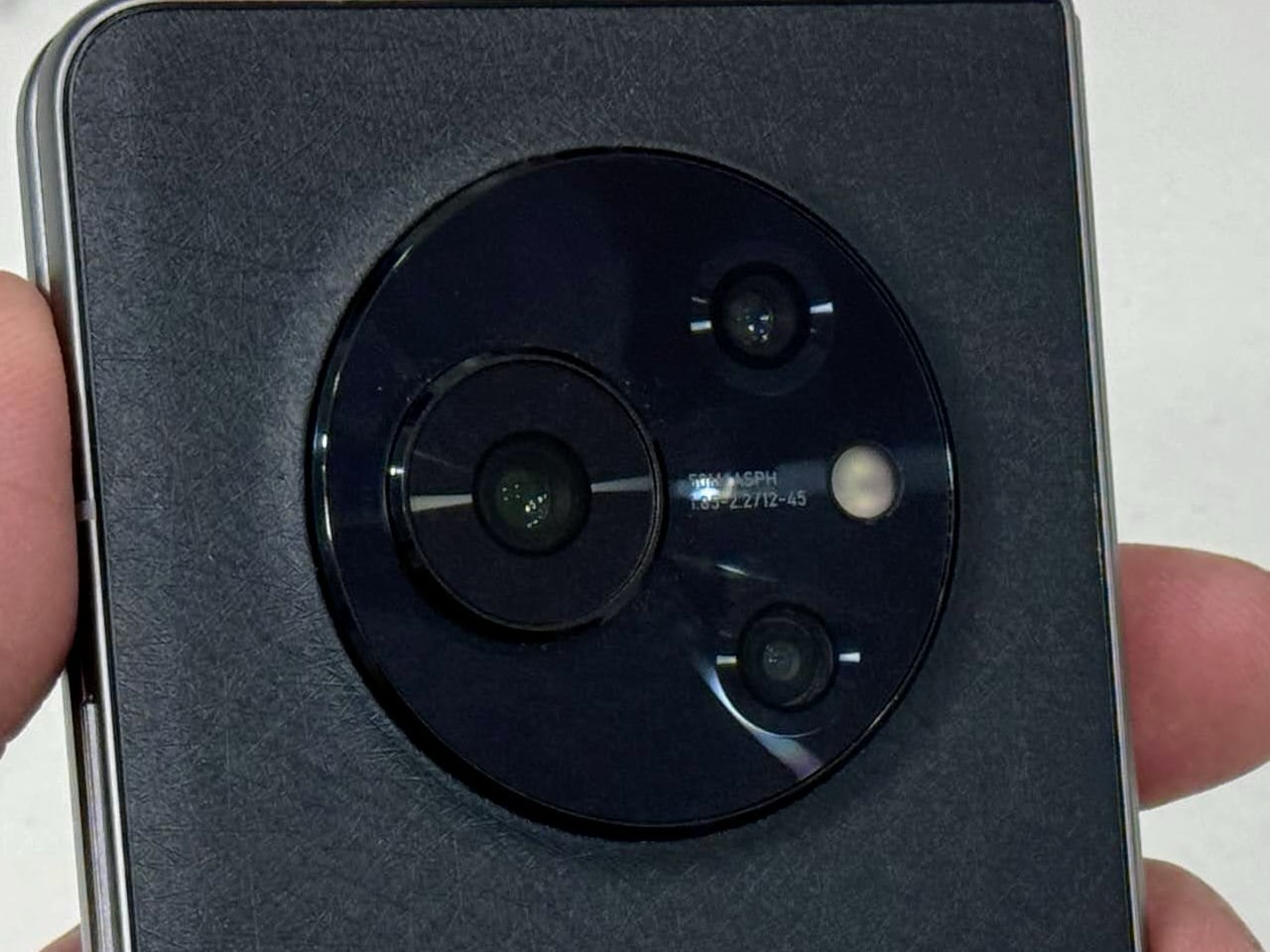
Tecno Phantom V Fold 5G rear-facing camera setup
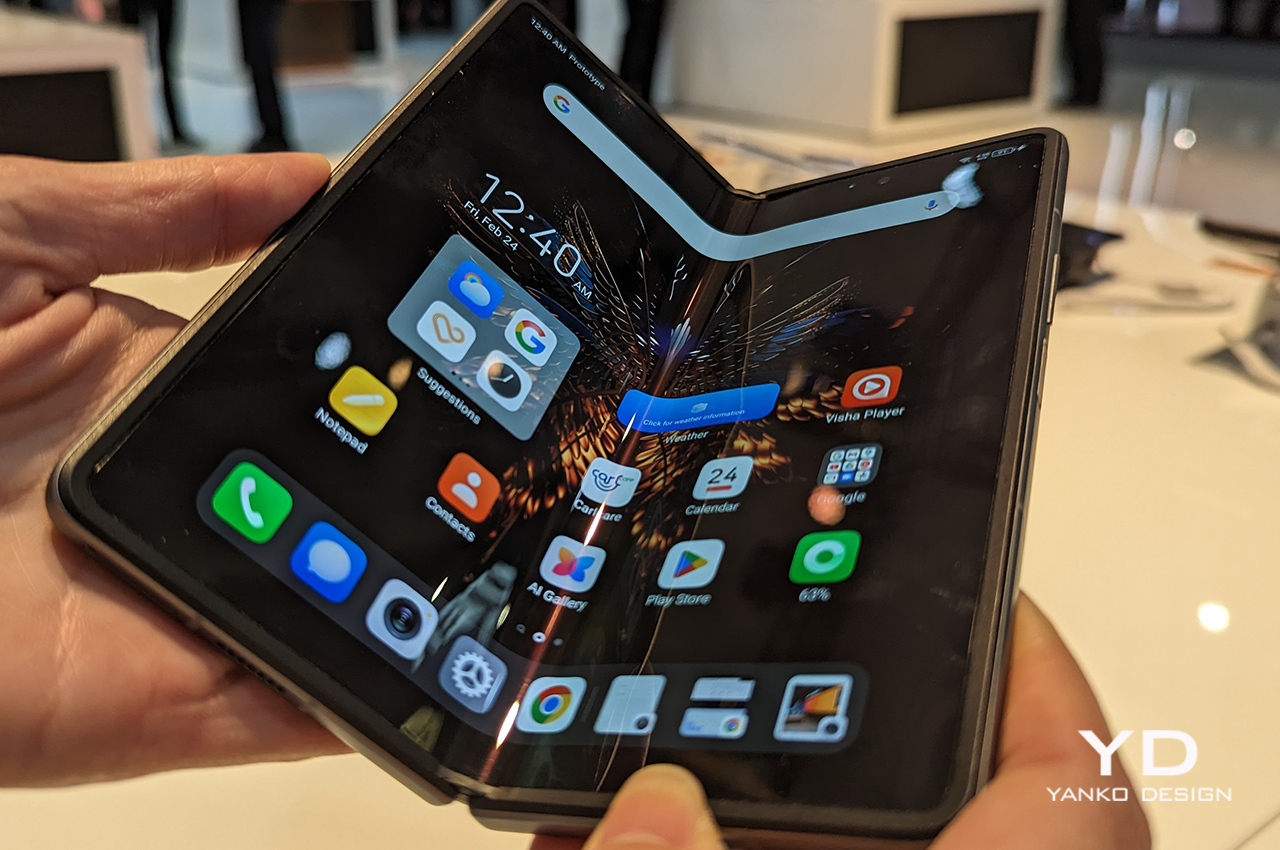
Tecno Phantom V Fold 5G
Looking at the V Fold 2, Tecno appears to have taken a different approach, opting for a more streamlined and integrated camera module. The redesigned camera bump blends into the back of the phone, offering a cleaner look. This likely results in a phone that feels less bulky in hand, improving comfort during use. Adding a stylus is smart and appealing to users who want to take notes, sketch, or work on the go. This shift makes the V Fold 2 a versatile tool for personal and professional tasks.
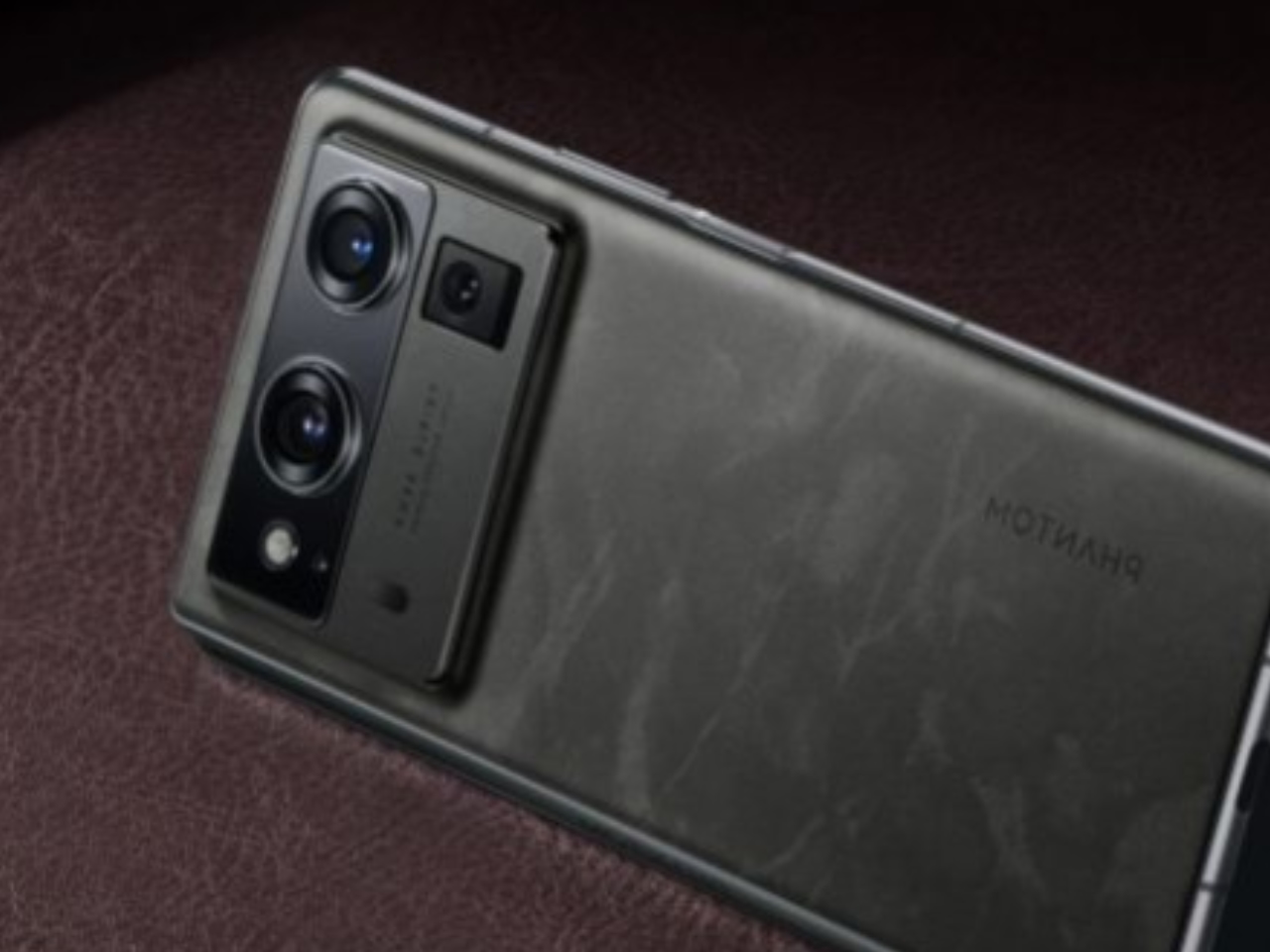
Tecno Phantom V Fold 2
Display Improvements
The display on the V Fold 2 seems to show clear advancements over the first model. The V Fold had a decent screen with a 120Hz refresh rate, which provided a smooth experience, but users often noticed the crease in the screen, which detracted from the overall experience.
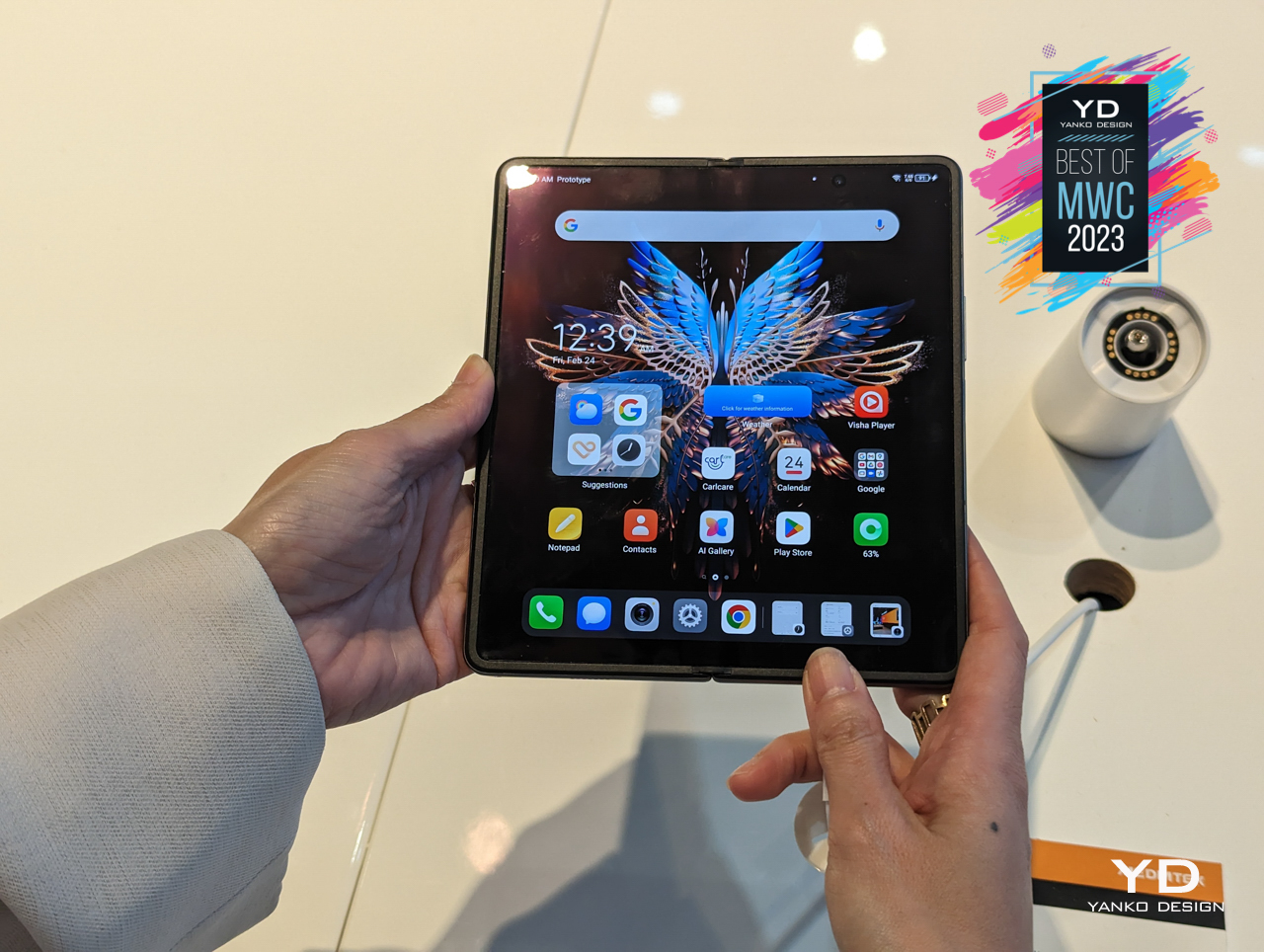
Tecno Phantom V Fold 5G
With the V Fold 2, Tecno likely addressed these issues. The new model looks like it offers better brightness, more accurate colors, and perhaps improved crease management, making the internal screen more durable and enjoyable to use. The cover display also appears to have seen improvements in size and usability, allowing users to interact with the phone more easily when it’s closed.
V Flip vs. V Flip 2: Embracing Trends with Functional Upgrades
Design and Usability
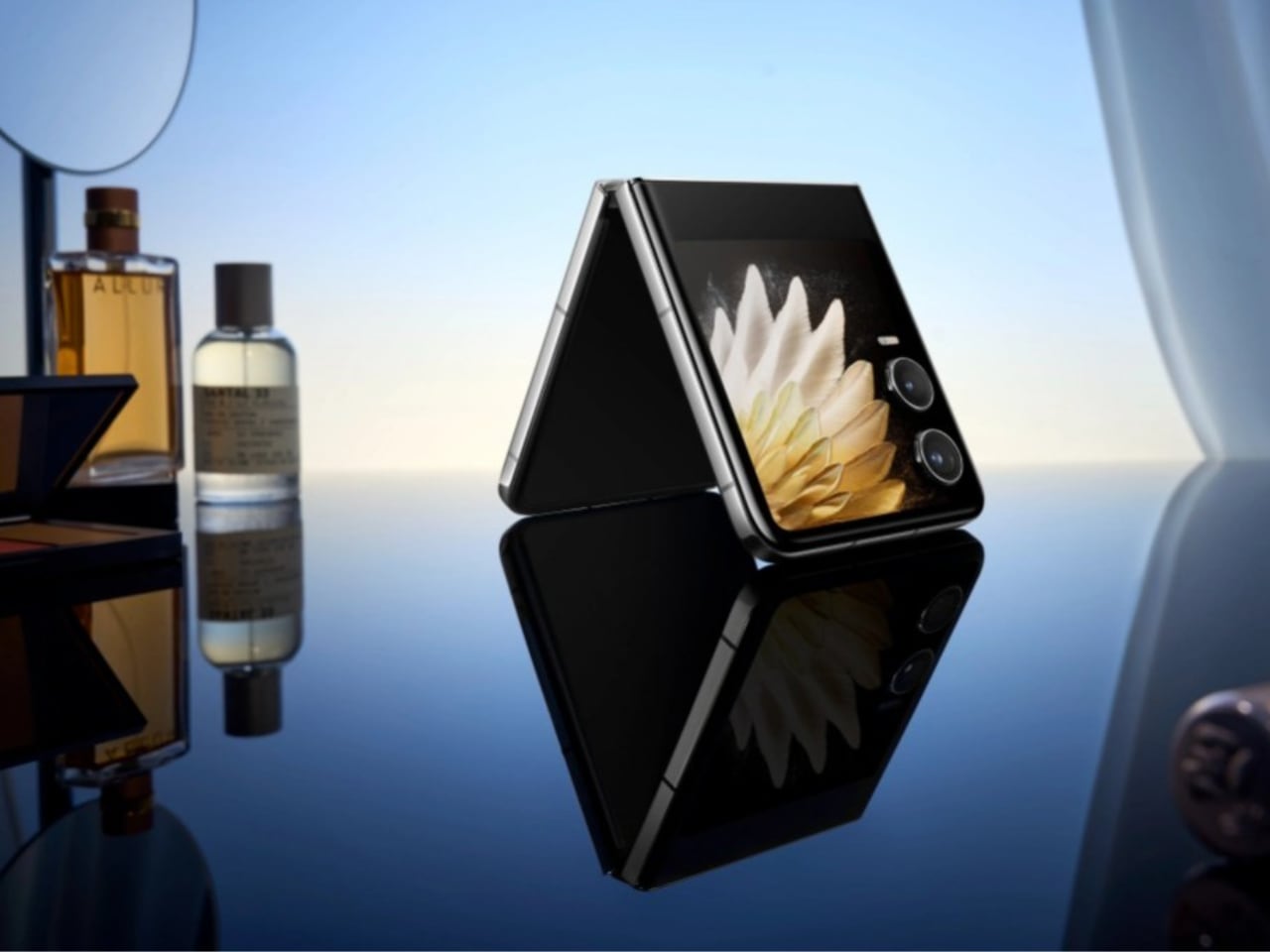
Tecno Phantom V Flip 2
The Tecno V Flip introduced users to a new form factor with its flip-style design, but it was clear that there was room for refinement. The V Flip’s design was characterized by a large, circular camera bump that dominated the front of the device when closed, along with a smaller cover display embedded within this bump. While this design choice was unique, it limited the functionality of the cover display, making it less practical for everyday use.

Tecno Phantom V Flip 5G Camera Setup
The V Flip 2, on the other hand, embraces the industry trend toward larger cover displays, significantly enhancing its usability. The cover display on the V Flip 2 looks larger and more functional, offering more screen real estate for interactions, notifications, and even quick replies without the need to open the device. This is a clear improvement over the V Flip, where the smaller cover display was often seen as a compromise.
Camera Bump Evolution
The camera bump on the V Flip 2 also appears to have undergone a redesign, moving away from the bold, circular module of the V Flip to a more integrated dual-camera setup. This change reflects a broader trend in smartphone design toward more streamlined, less intrusive camera modules. The V Flip 2’s camera bump will likely be smaller and more seamlessly integrated into the back panel, contributing to a more cohesive and modern design.
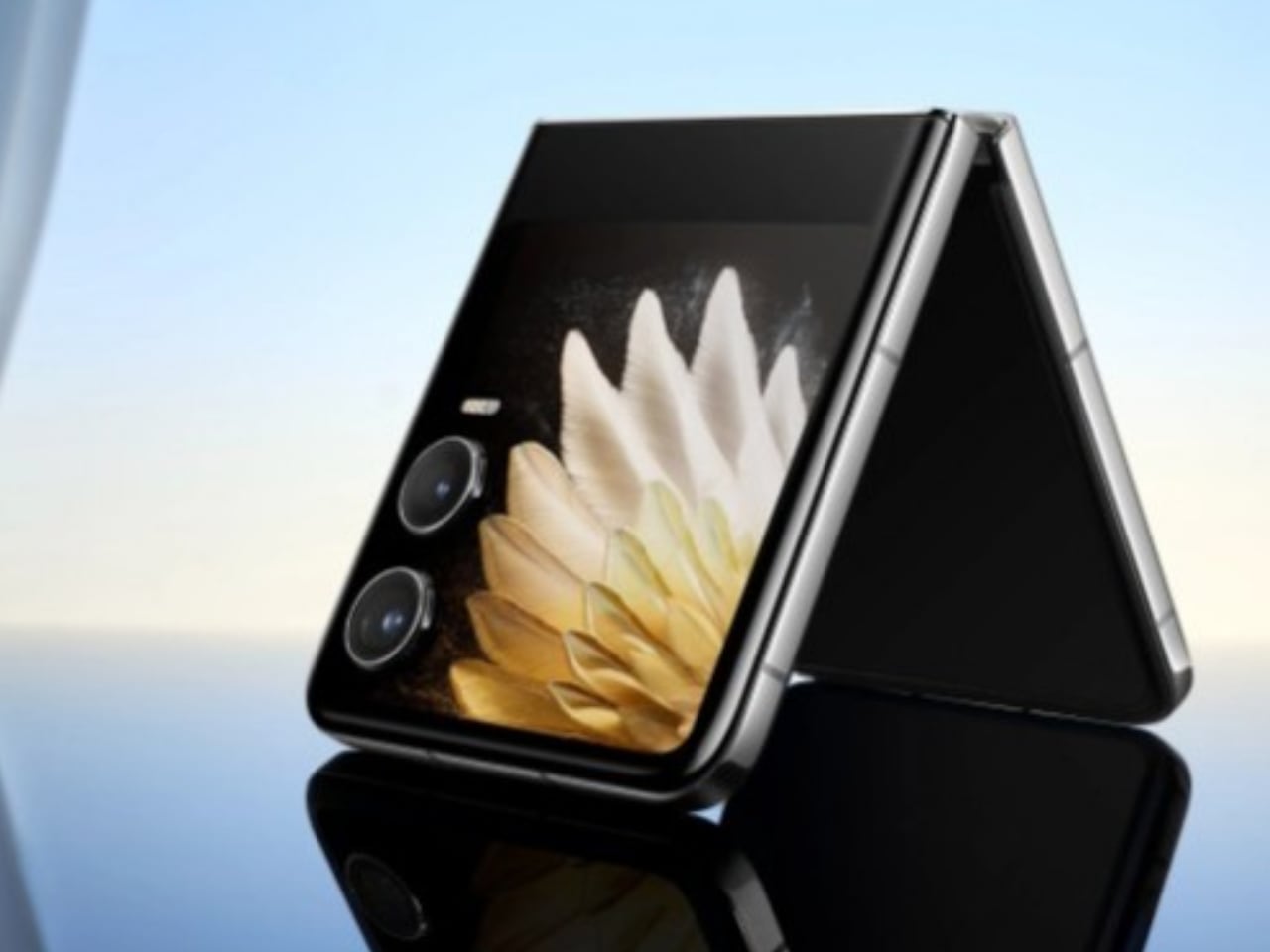
Tecno Phantom V Flip 2 cover display and camera setup
This evolution in design enhances the V Flip 2’s aesthetic appeal while making it more practical. The reduction in bulk around the camera area suggests that the device is easier to handle and fits more comfortably in pockets or bags.
Performance and Features
The V Flip 2 is expected to feature performance upgrades similar to those in the V Fold 2, including a newer chipset that supports faster processing speeds and better multitasking capabilities. The original V Flip was functional but not groundbreaking in terms of performance, so these improvements should be well-received by users looking for a more responsive device.
Battery life and charging are also areas where the V Flip 2 could see significant enhancements. A larger battery and faster charging technology would make the V Flip 2 more convenient for users constantly on the go, reducing the need for frequent recharging.
A Promising Step Forward
The transition from the Phantom V Fold to the V Fold 2 and from the V Flip to the V Flip 2 represents a promising step forward for Tecno. The brand seems to have addressed many of the shortcomings of its first-generation foldable devices, embracing design trends and enhancing functionality to appeal to a broader audience. Whether it’s the sleeker, more integrated camera designs, the improved displays, or the inclusion of a stylus for productivity, Tecno’s latest offerings appear ready to compete more aggressively in the foldable smartphone market. However, it remains to be seen how these changes will resonate with users once the devices are widely used.
For those who value a balance between cutting-edge technology, practical everyday usability, and thoughtful design, the V Fold 2 and V Flip 2 offer compelling choices. Additionally, price and value will play crucial roles in determining the success of these models as Tecno positions itself in the competitive foldable market.
The post Tecno’s Foldable Journey: The Evolution in Design from Phantom V Fold 5G to V Fold 2, and V Flip 5G to V Flip 2 first appeared on Yanko Design.
